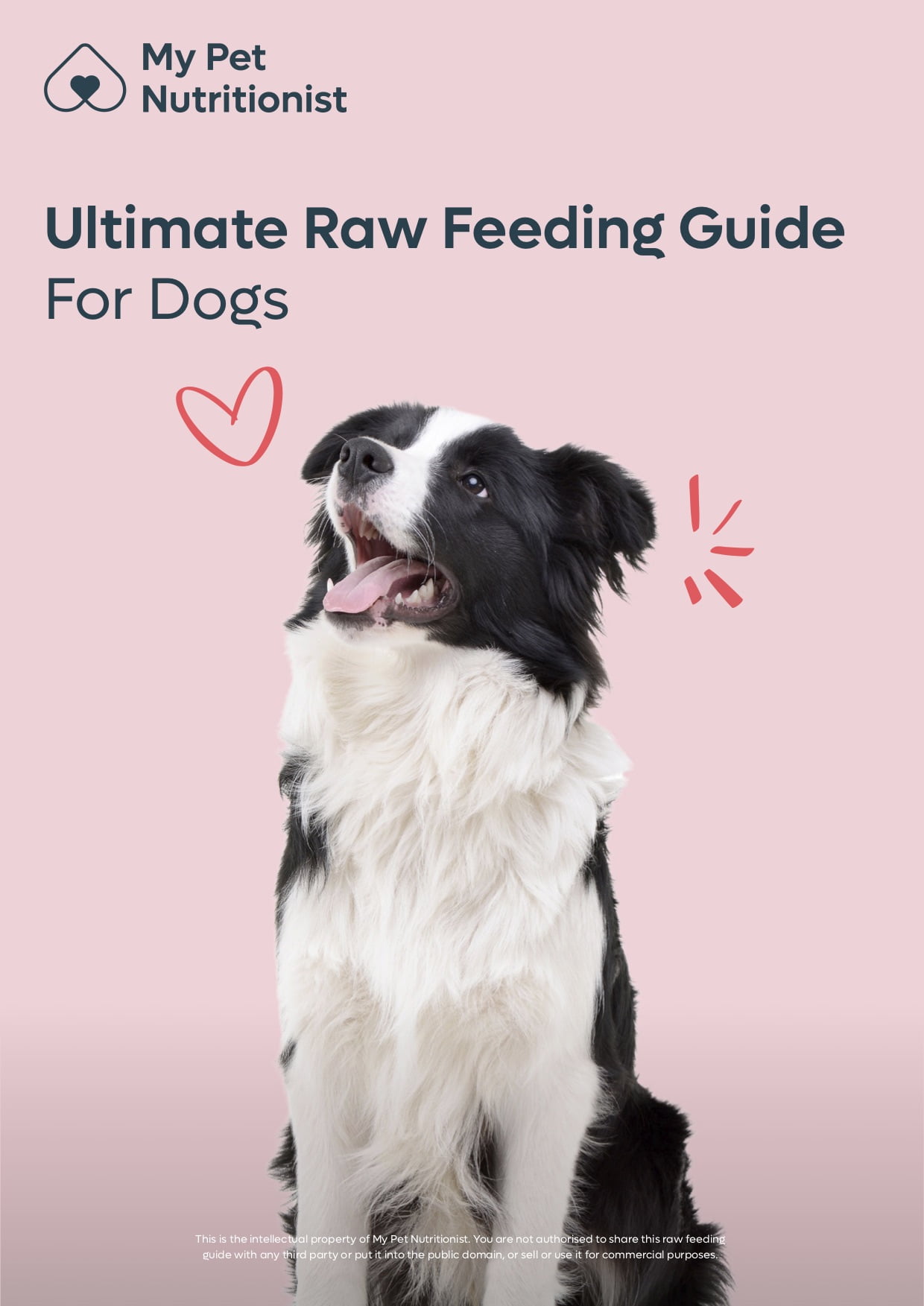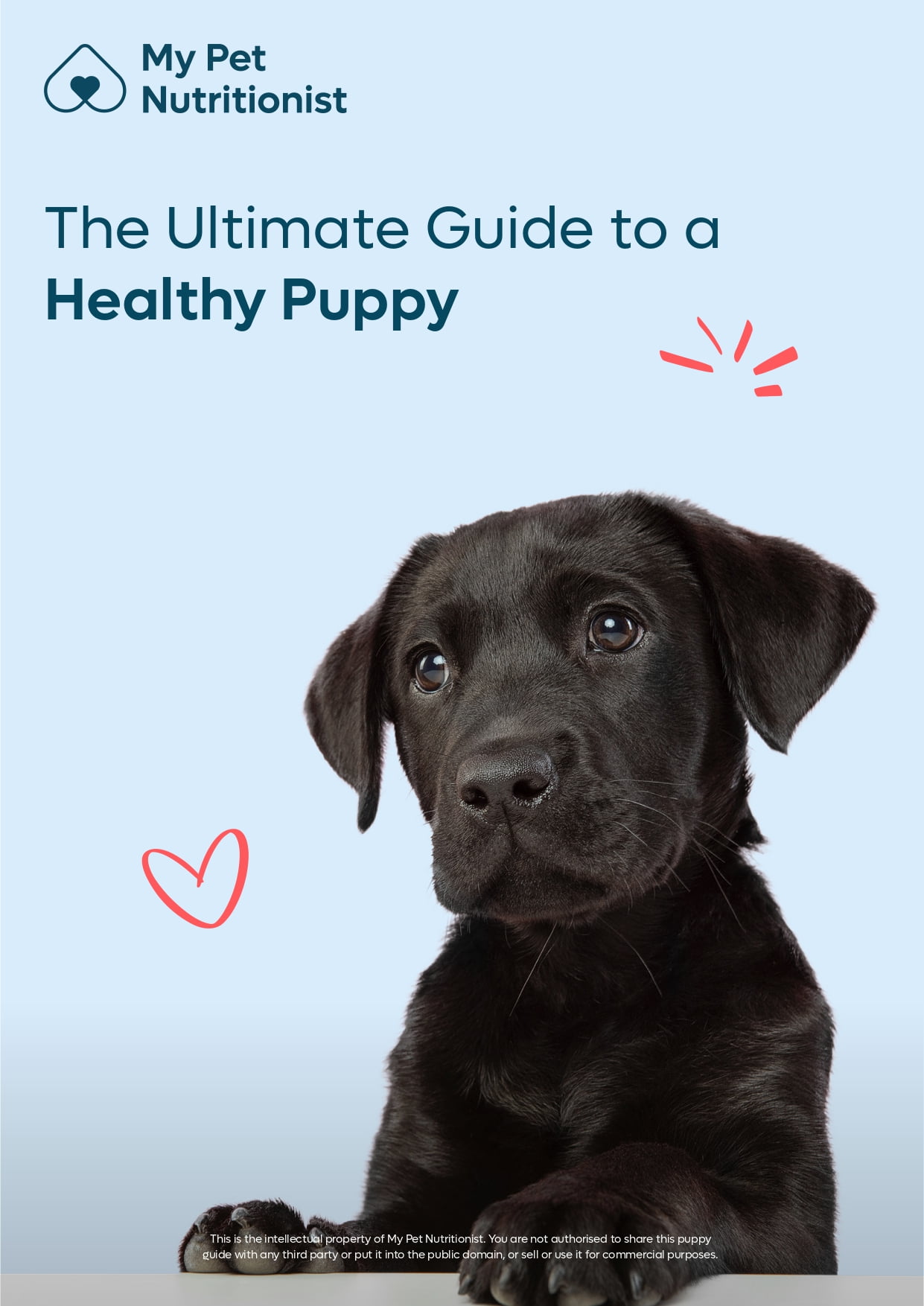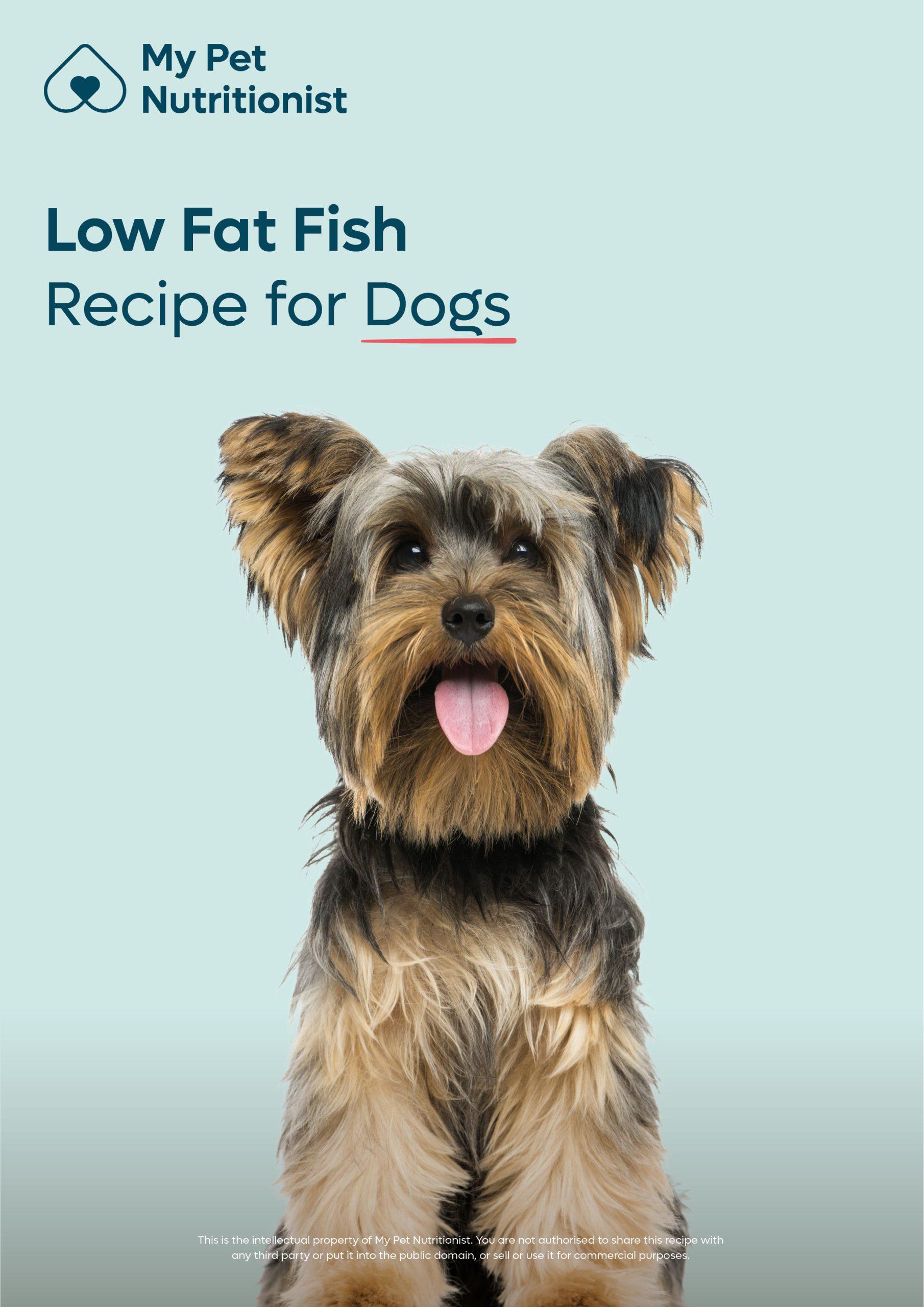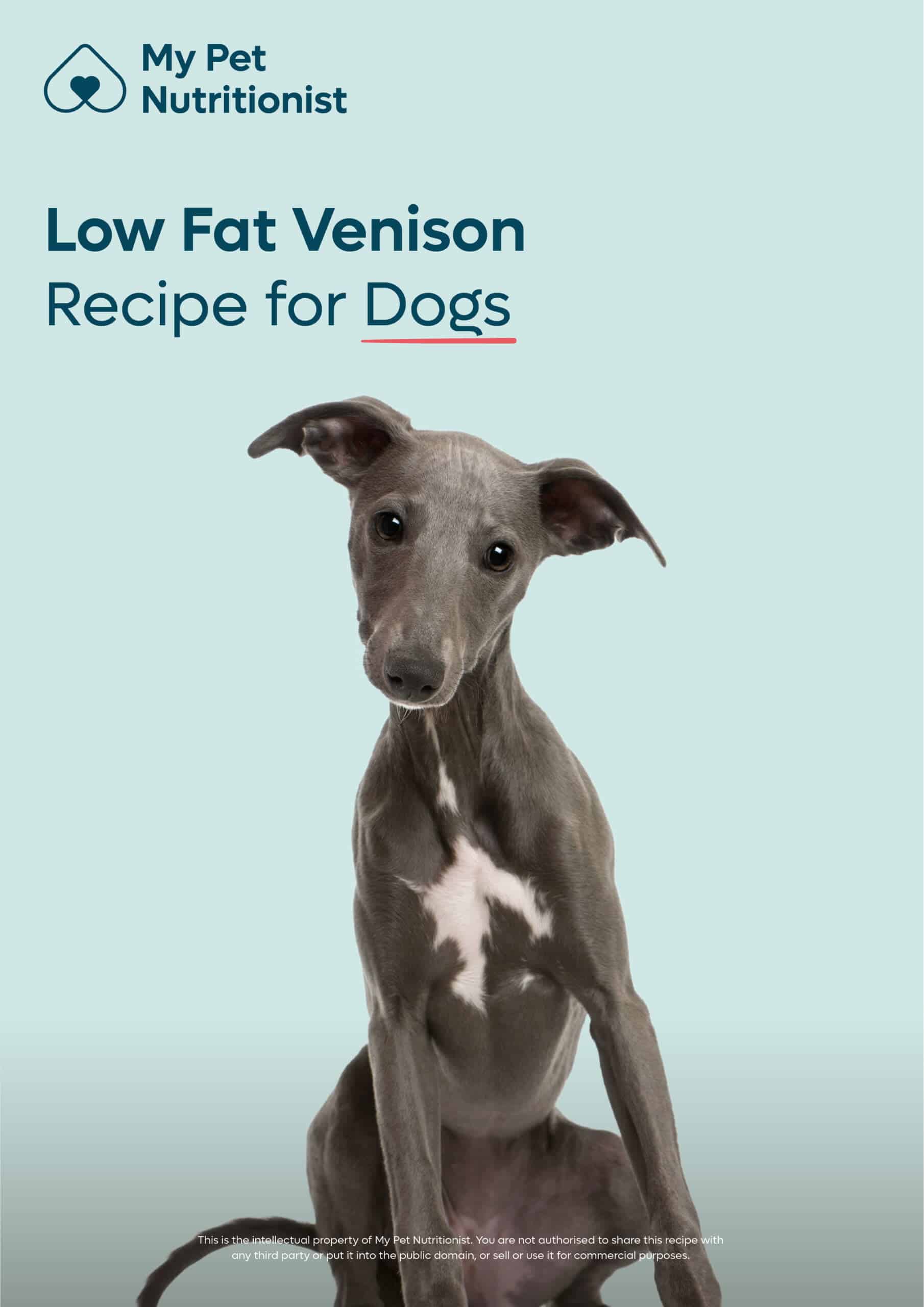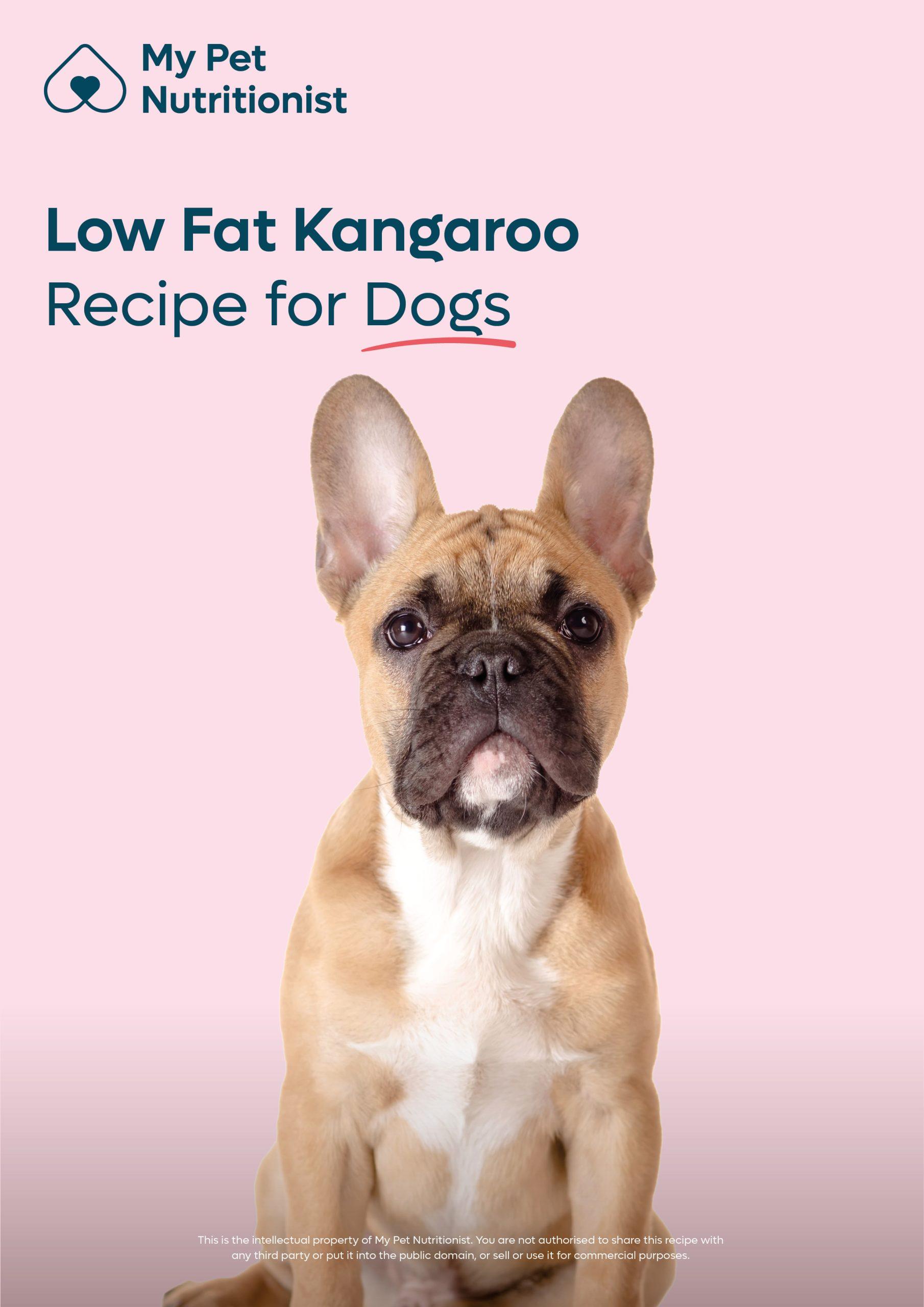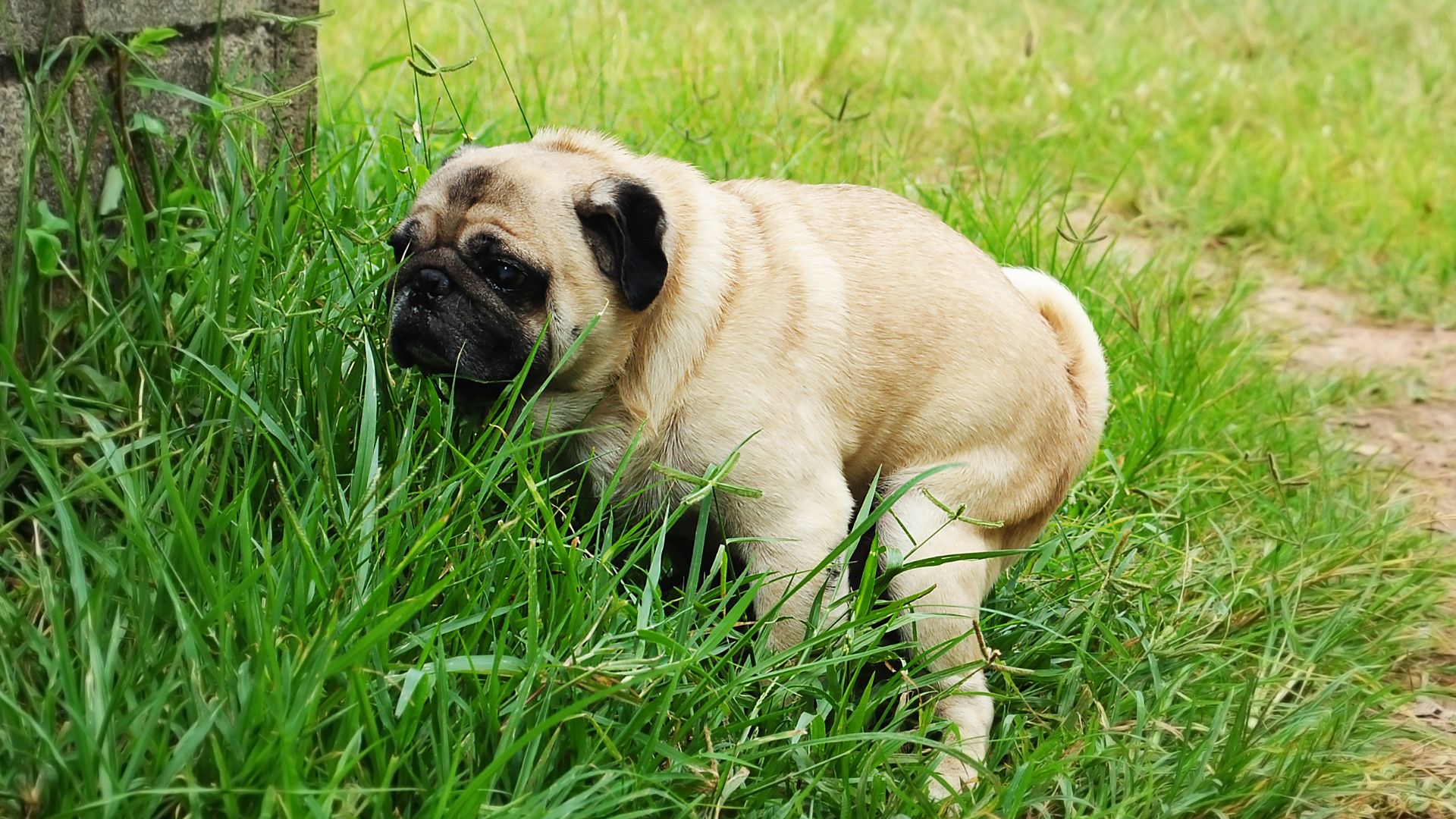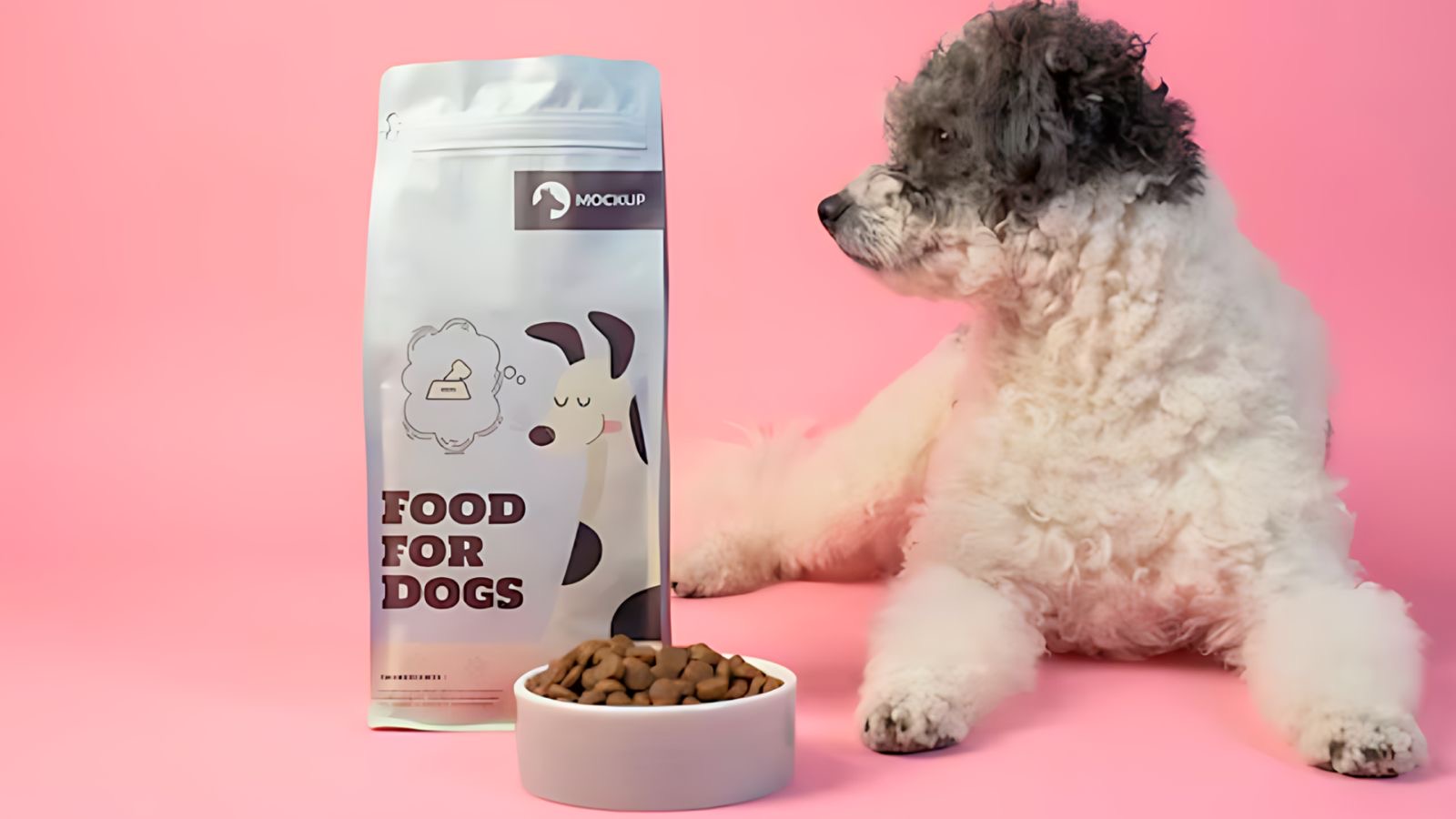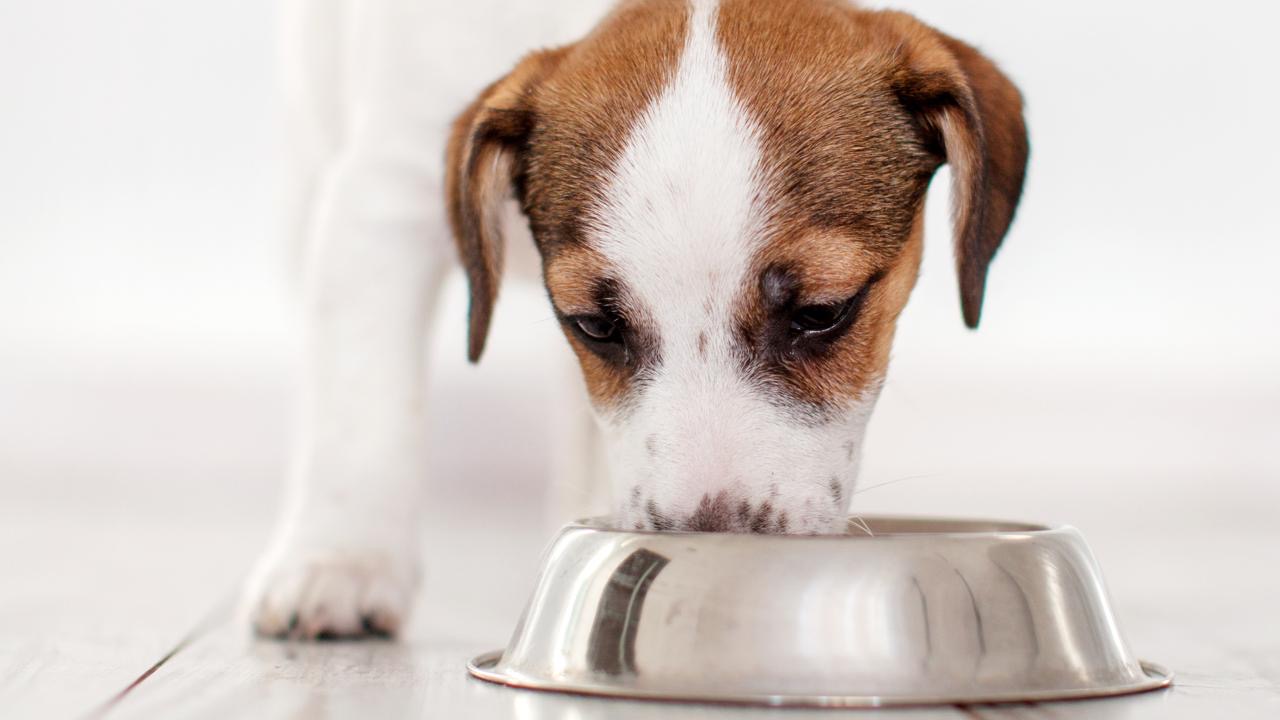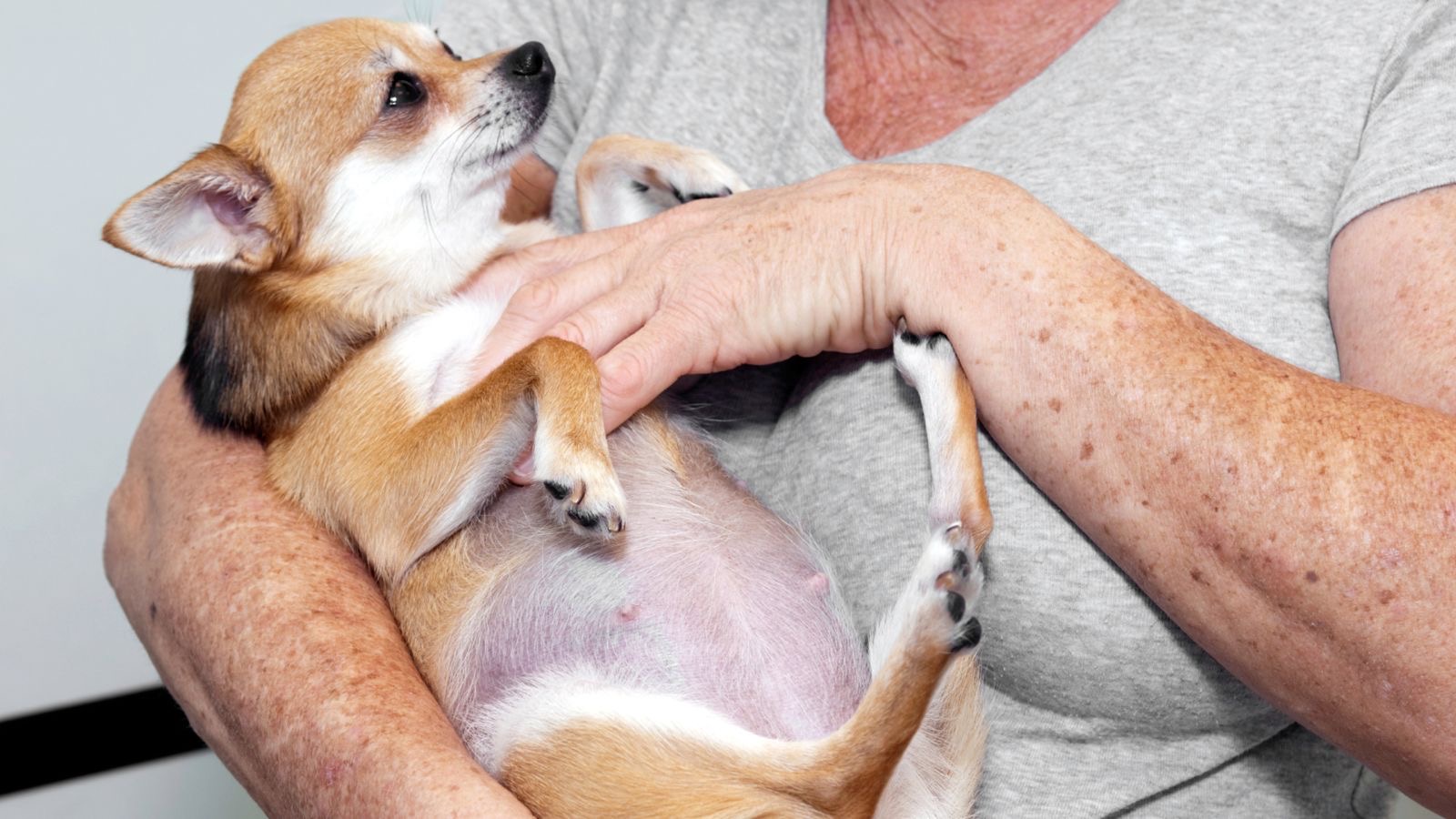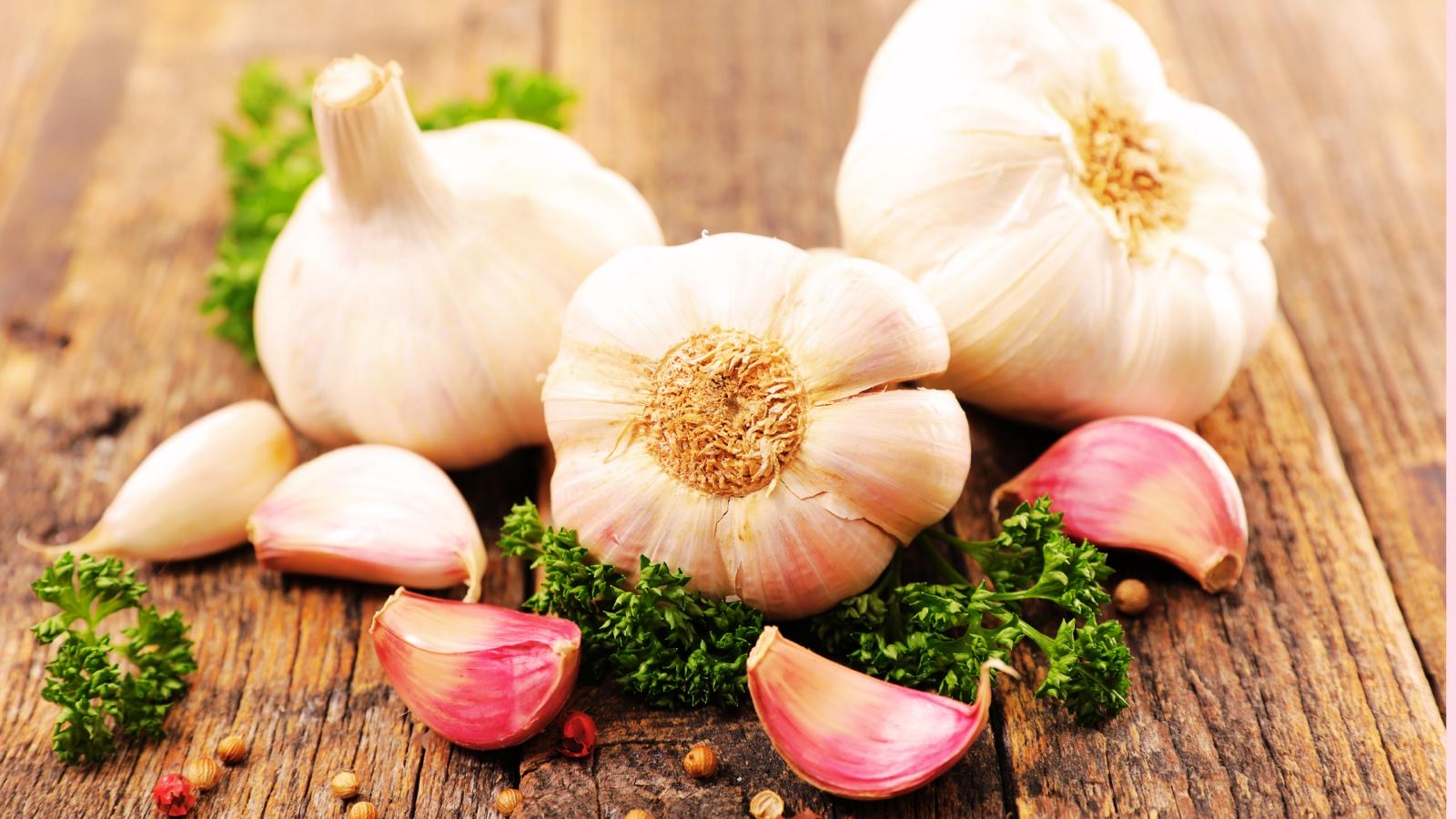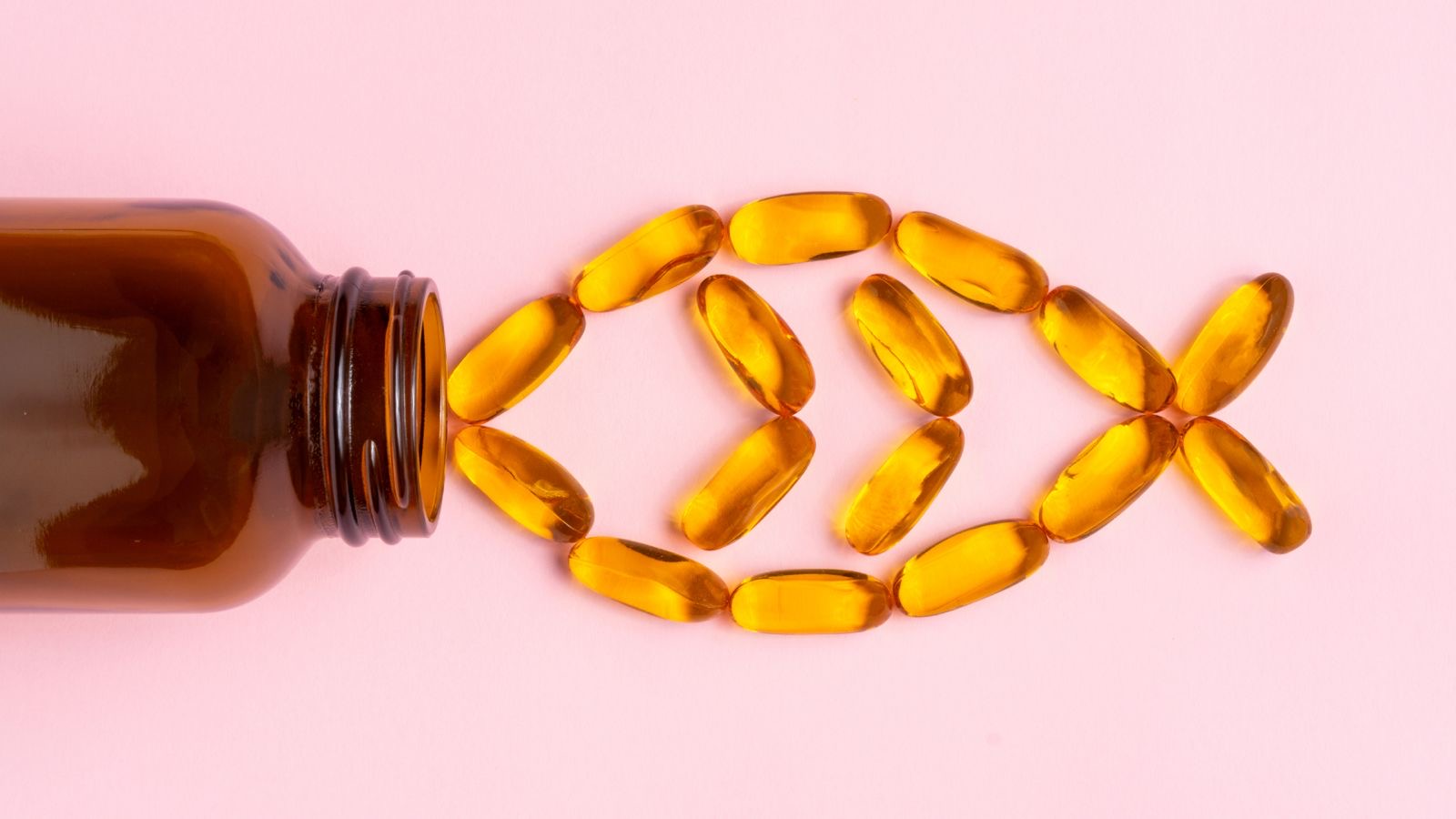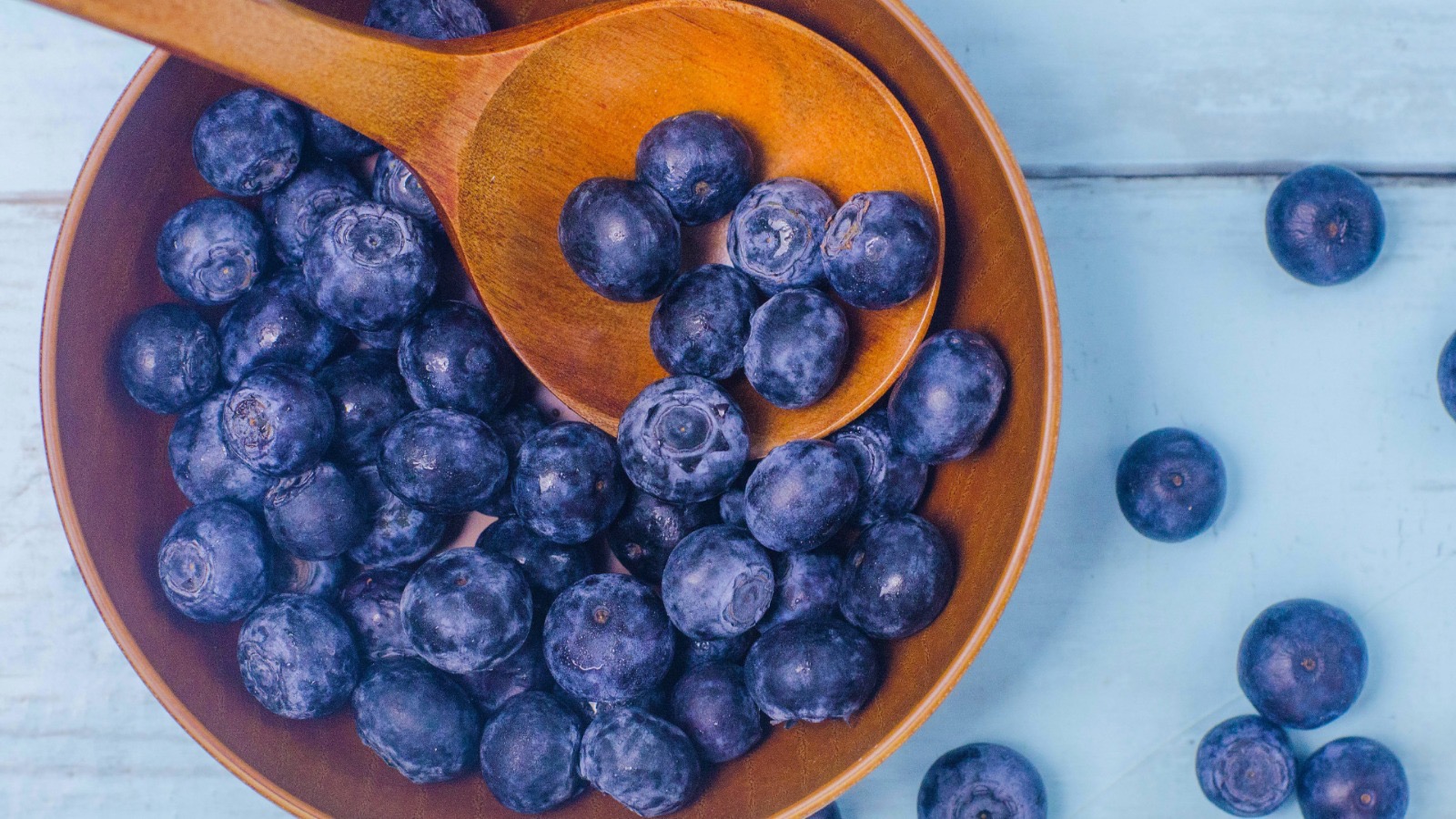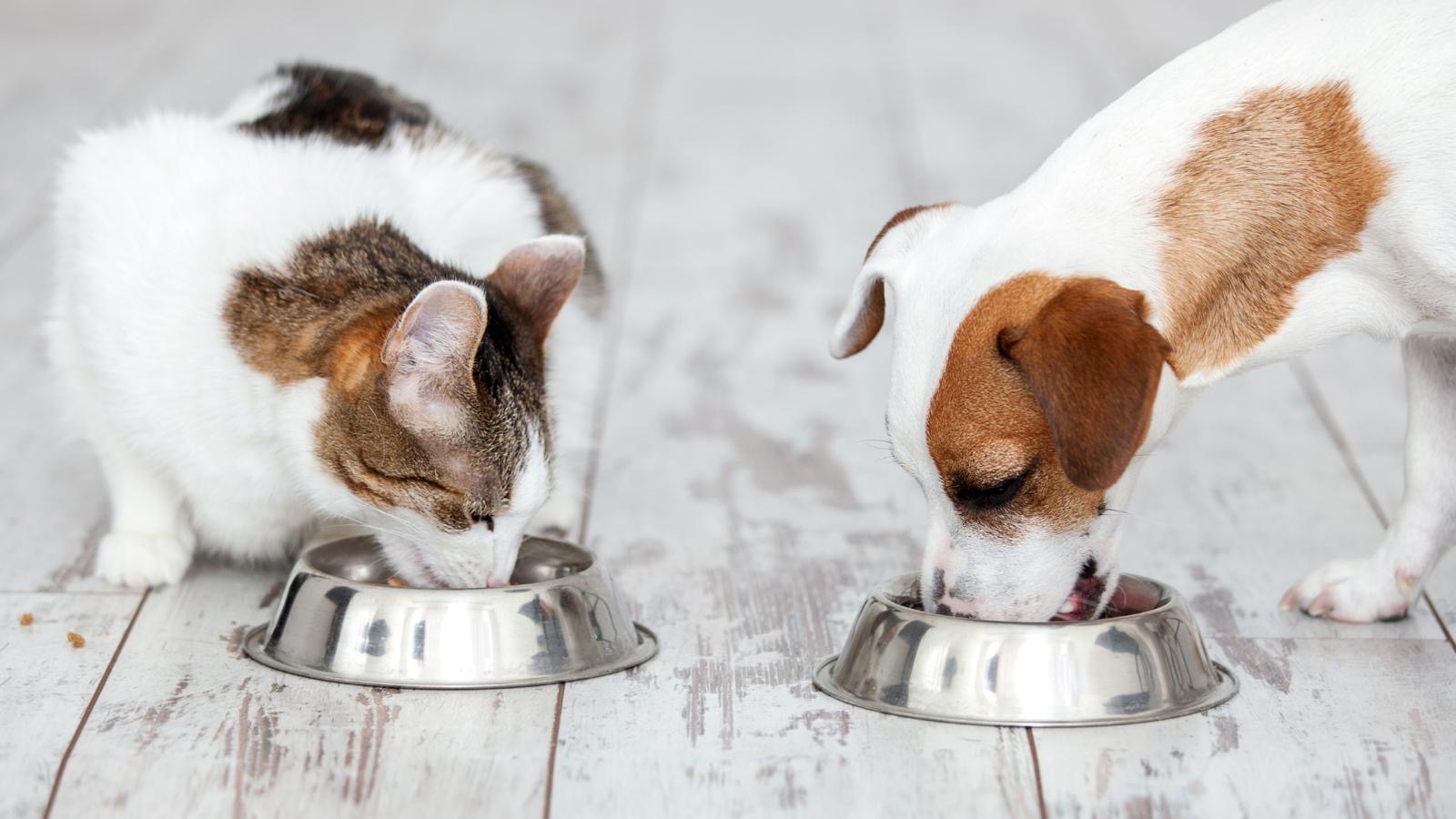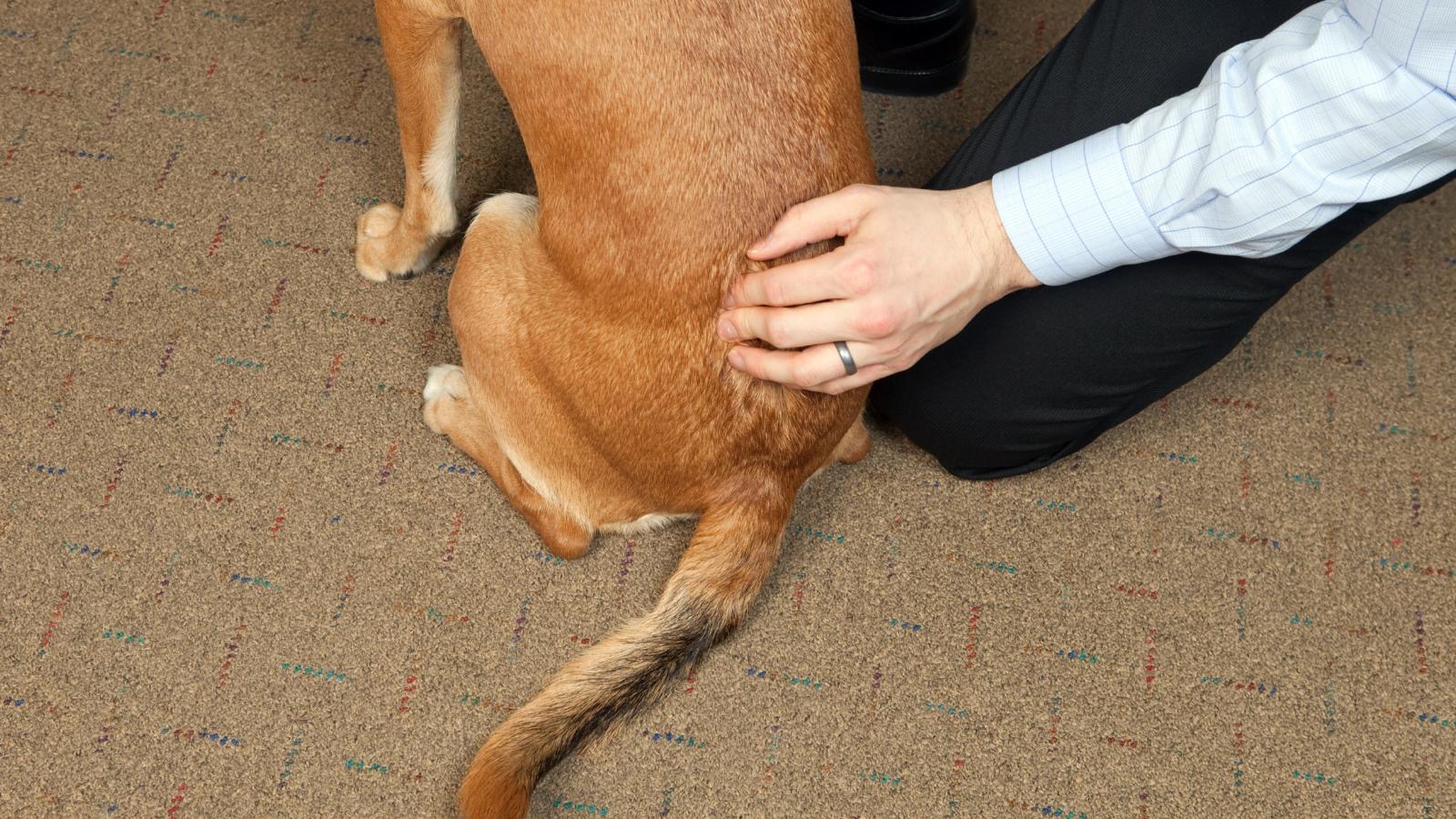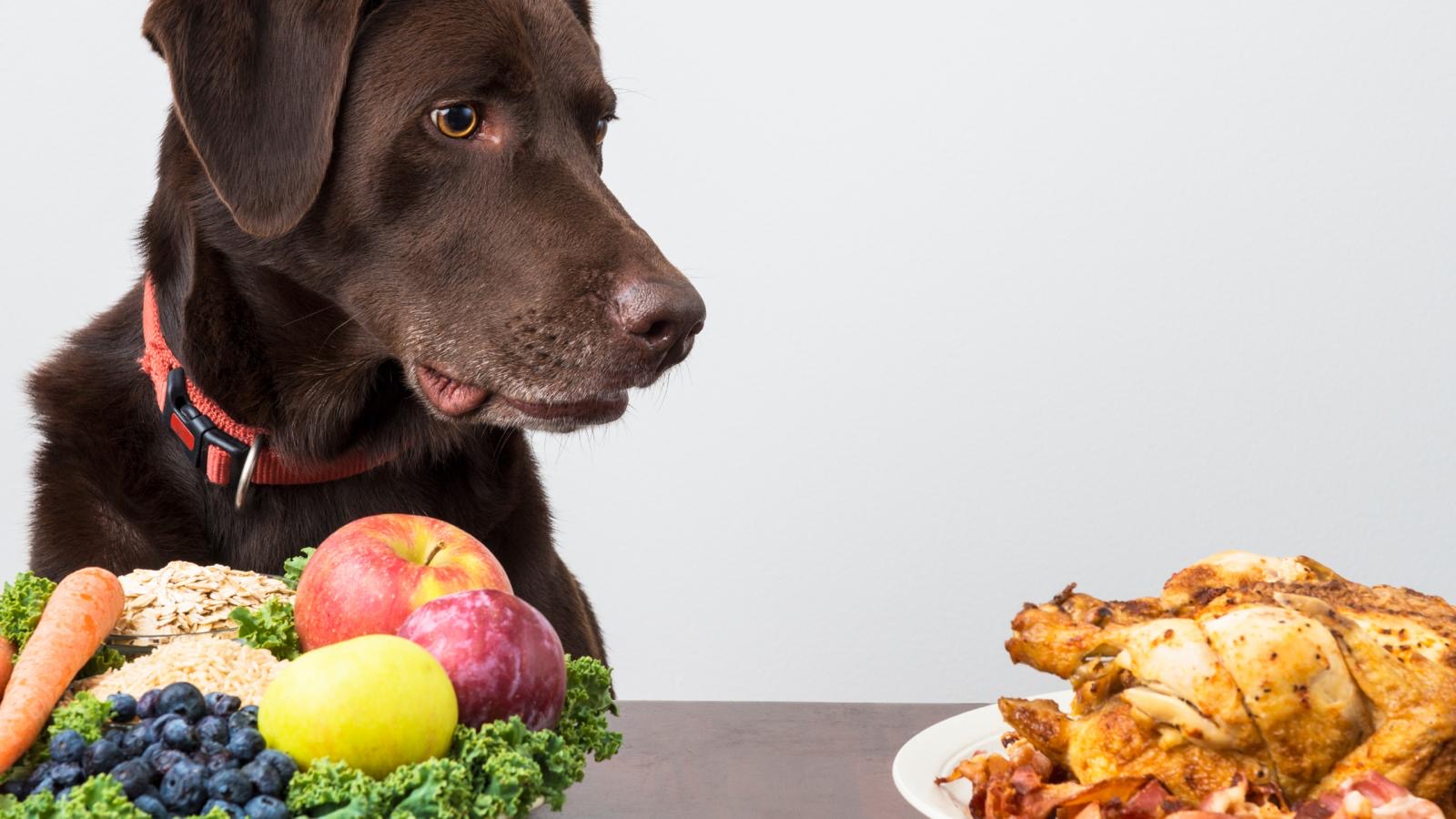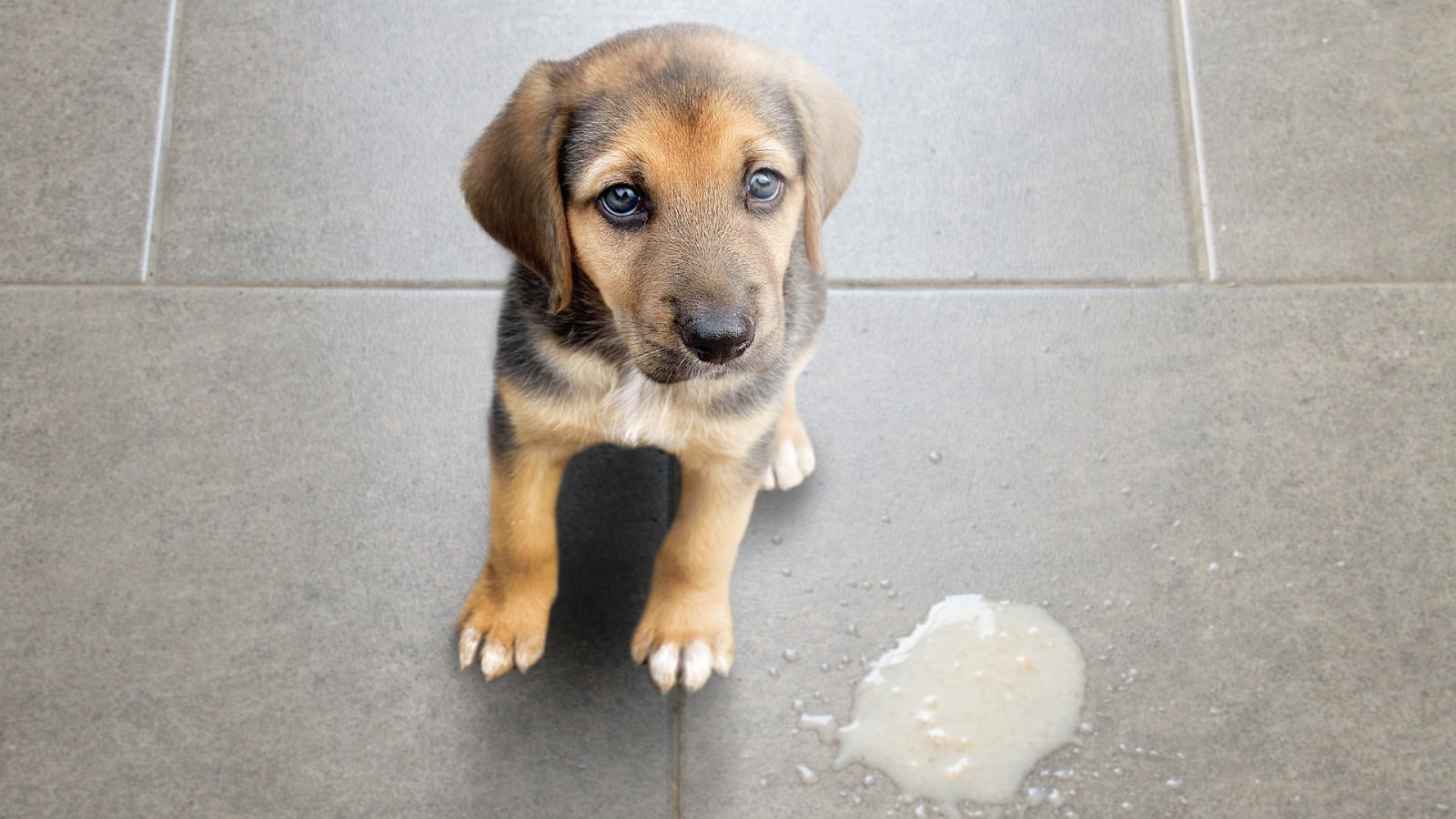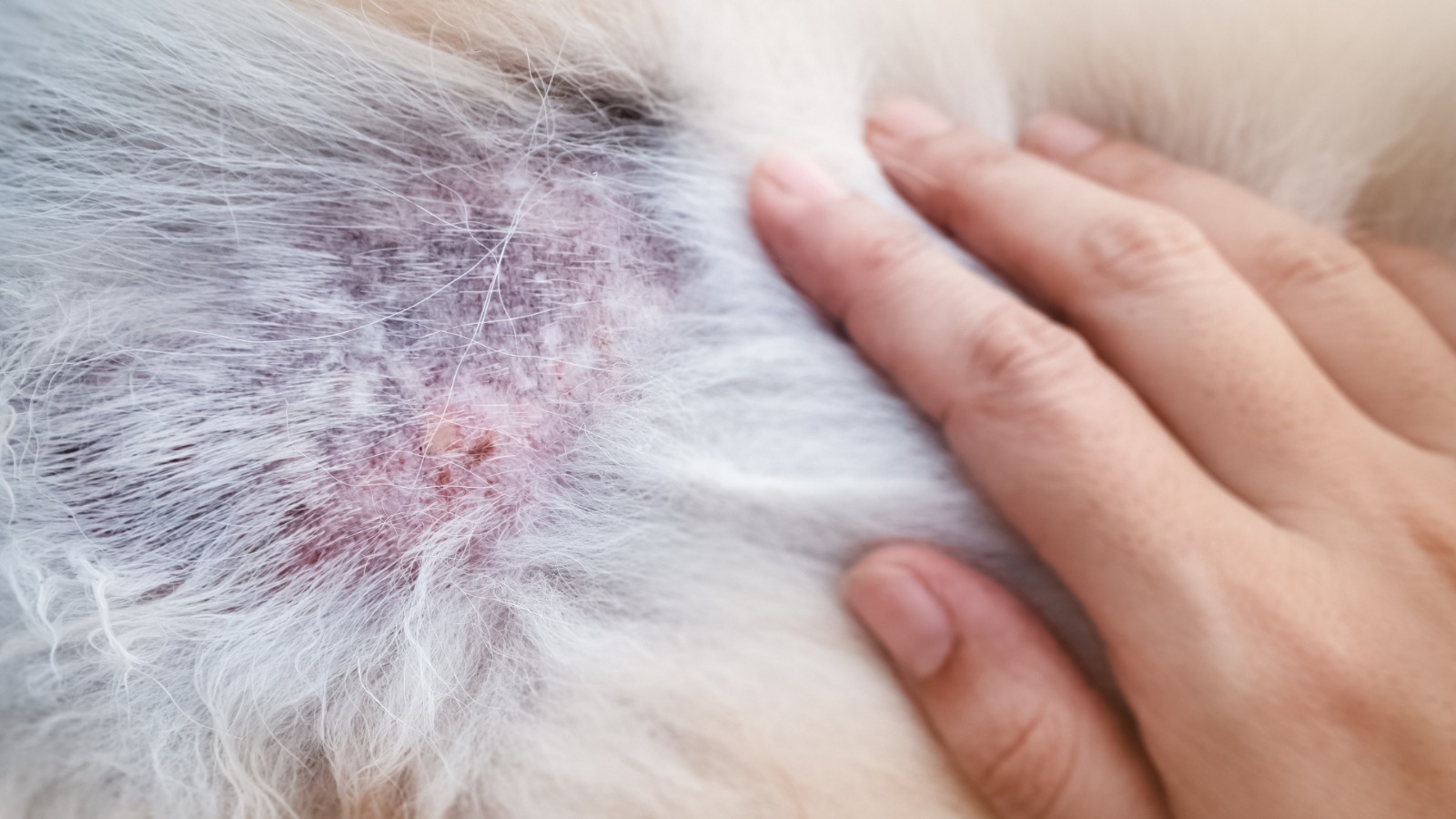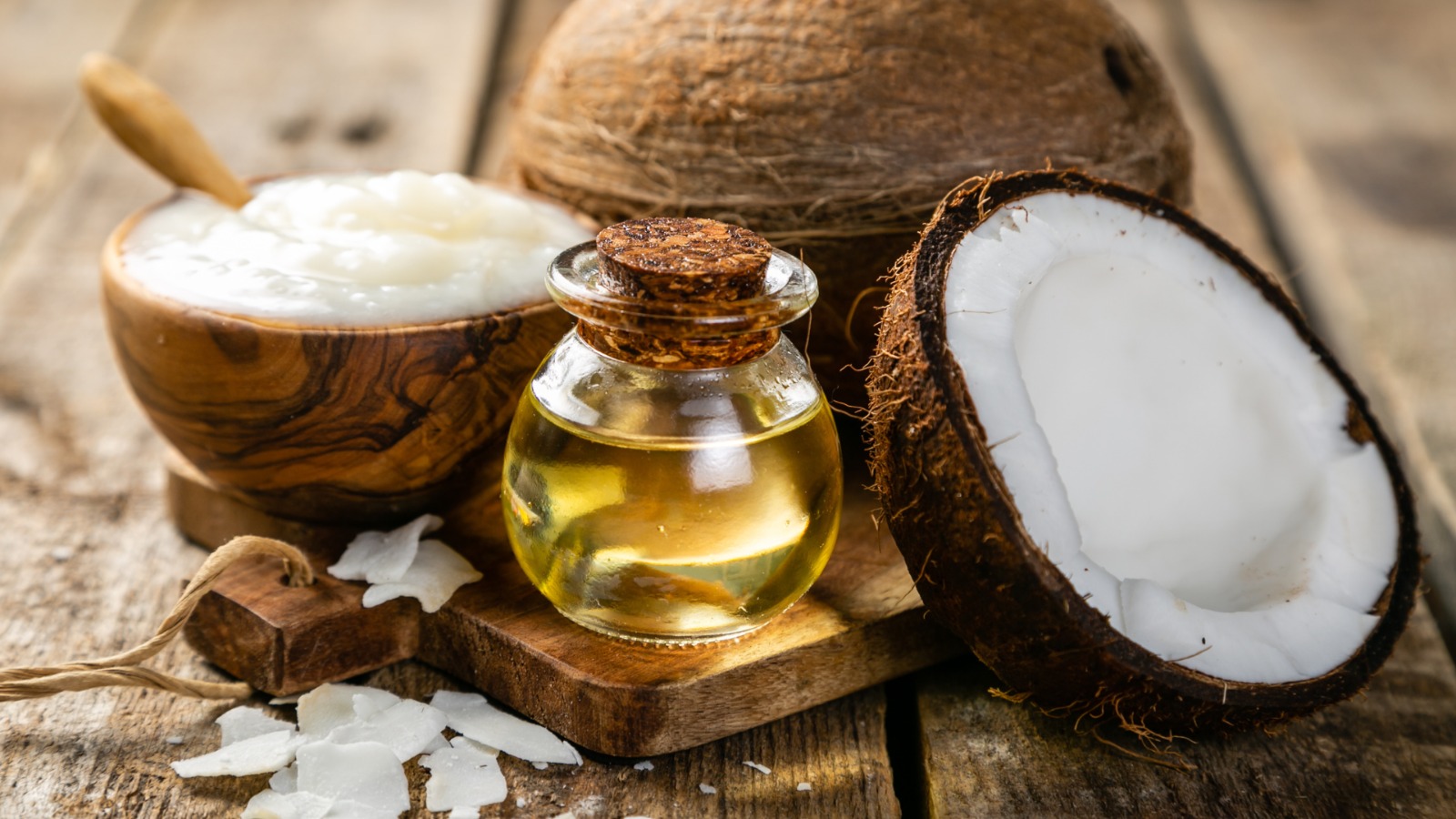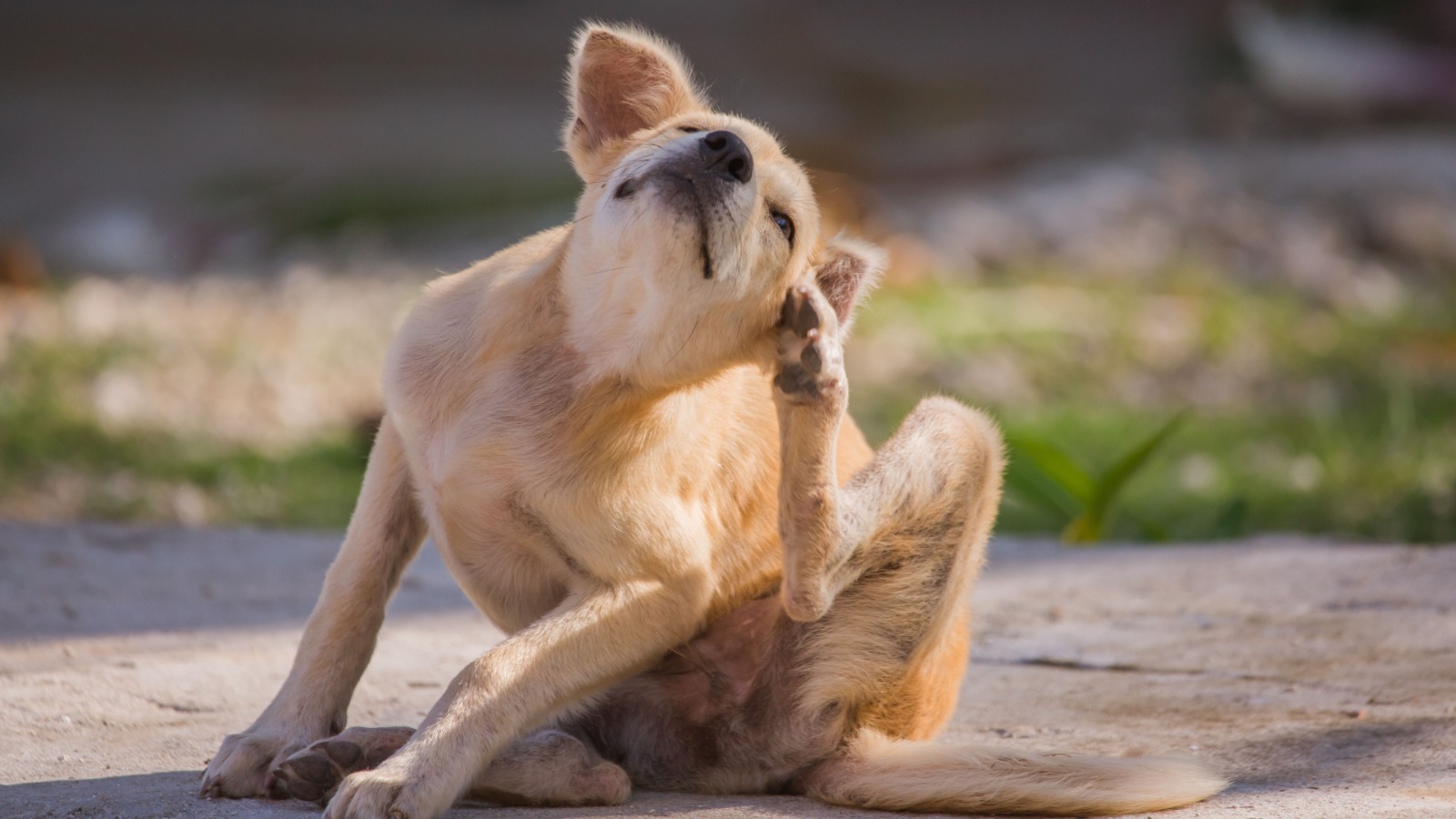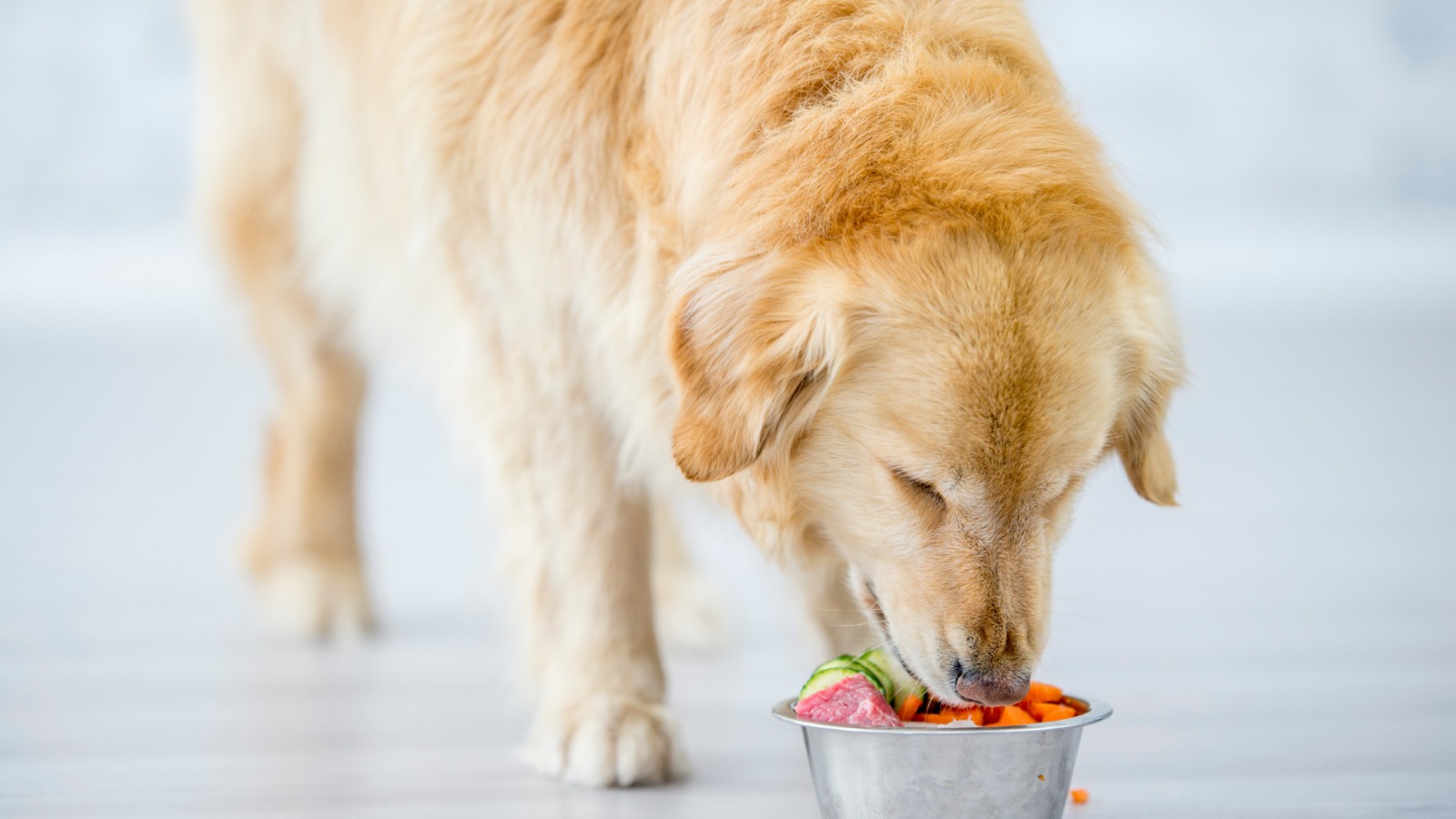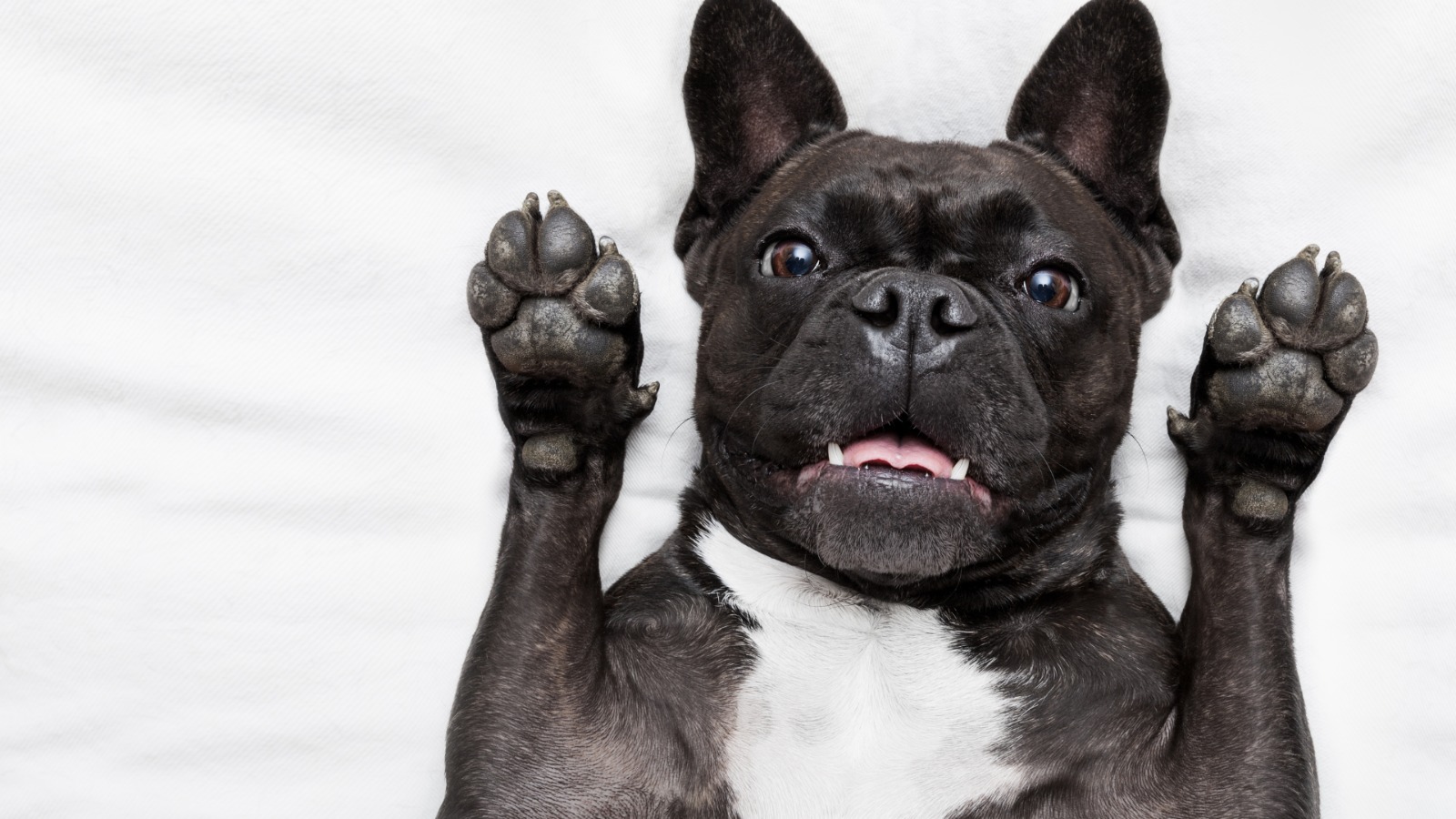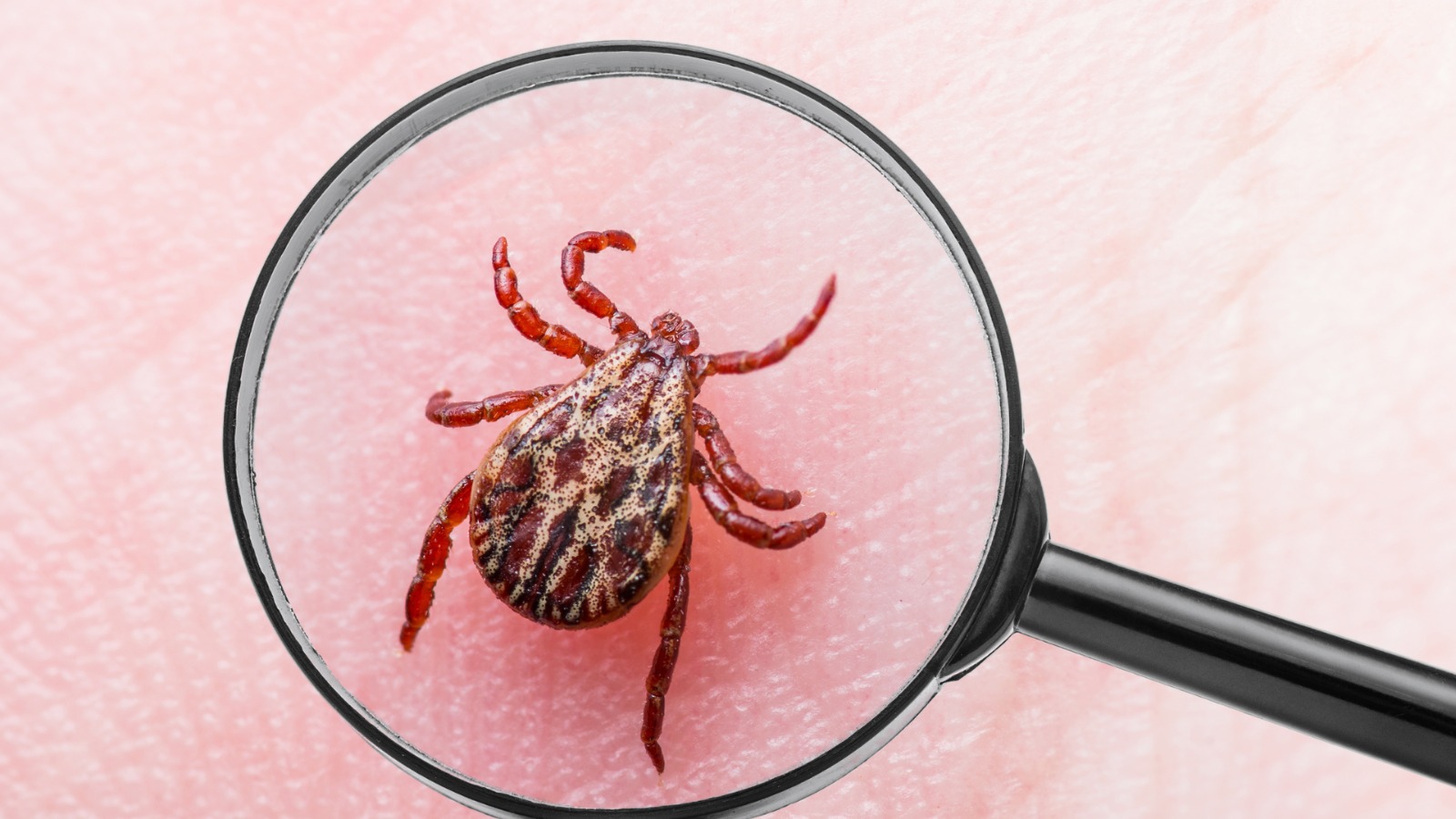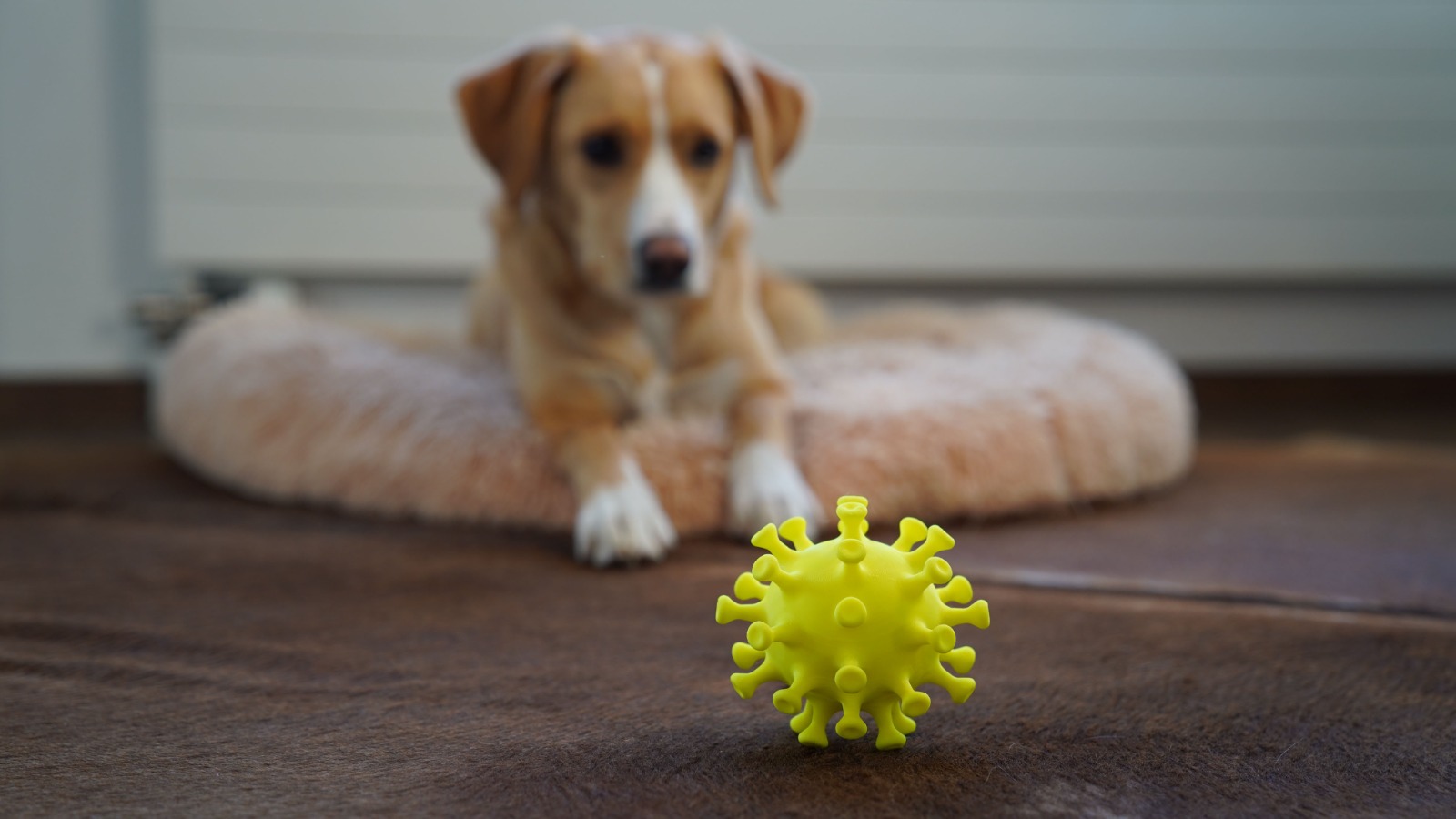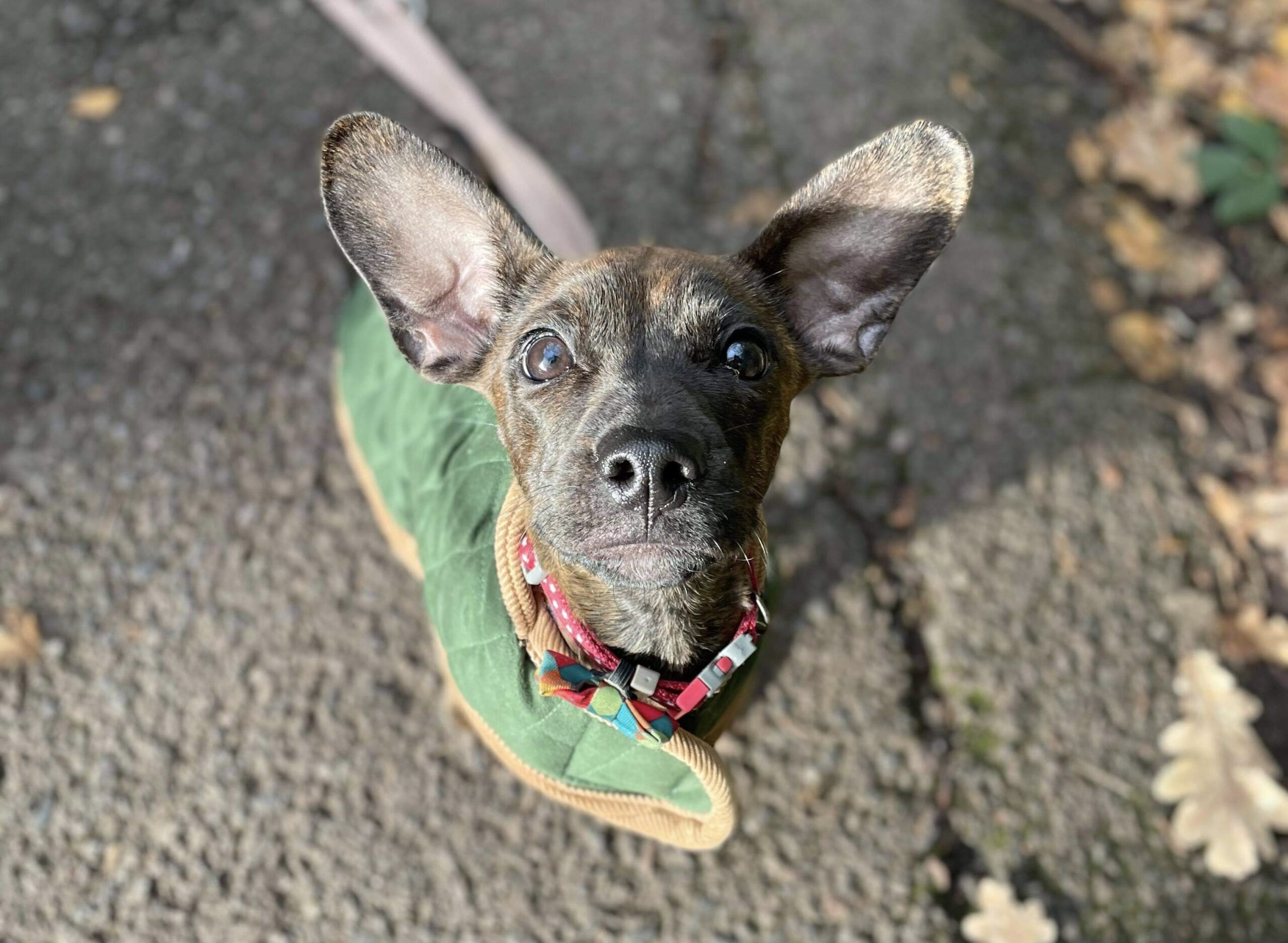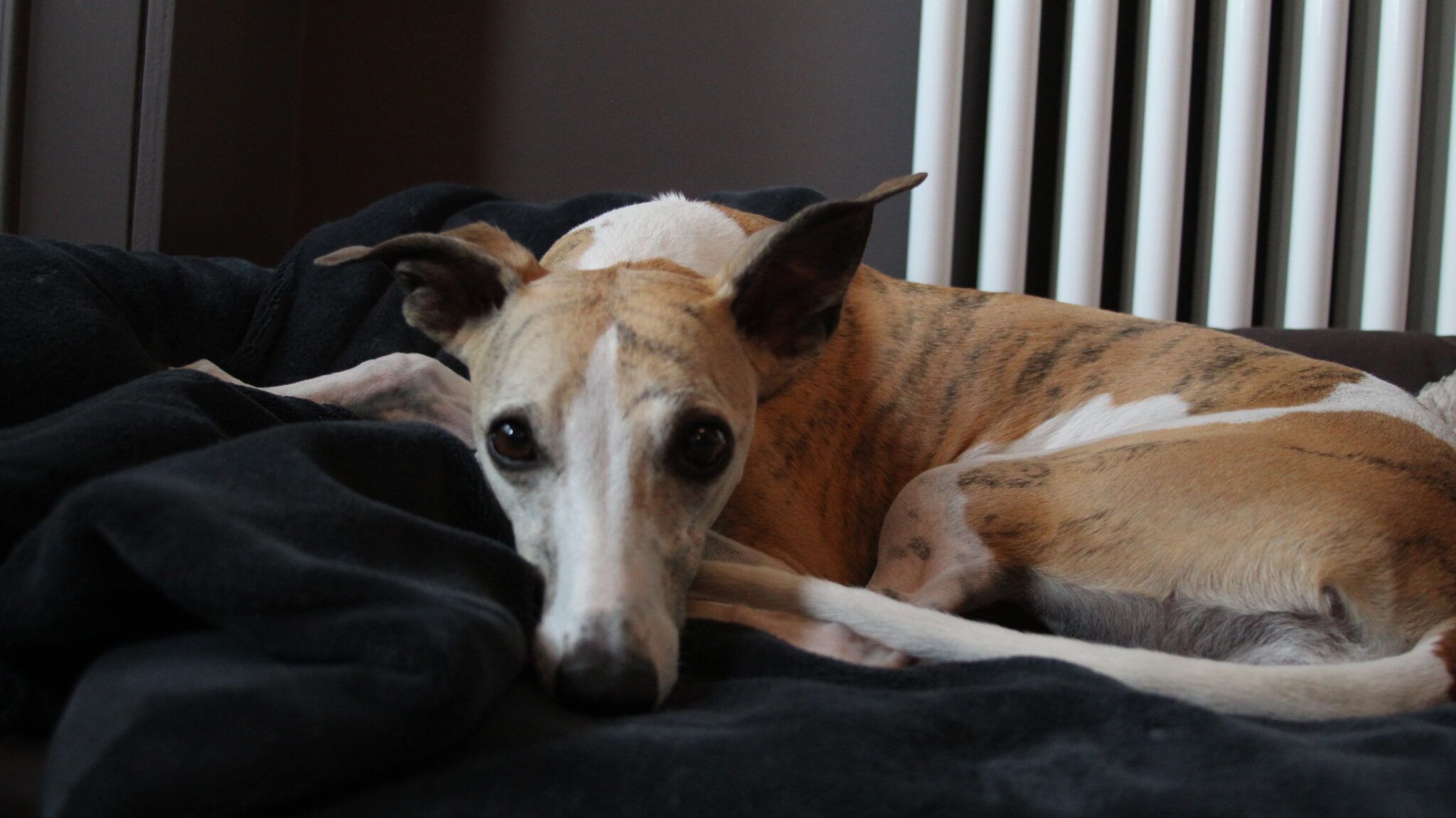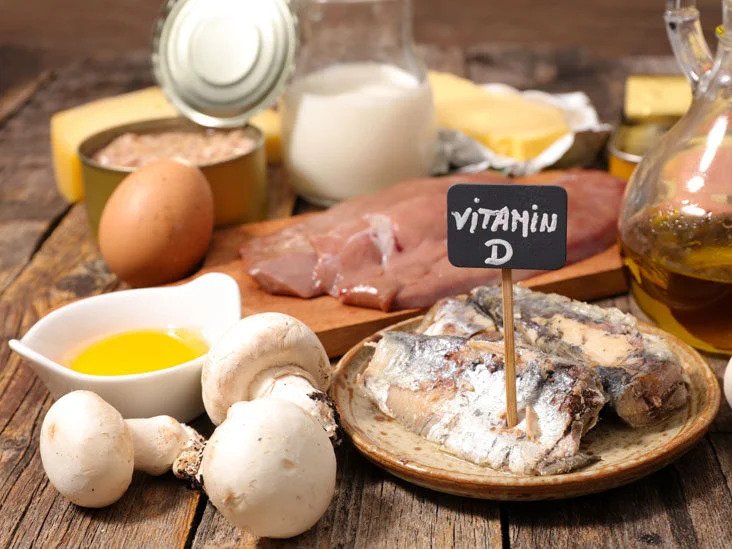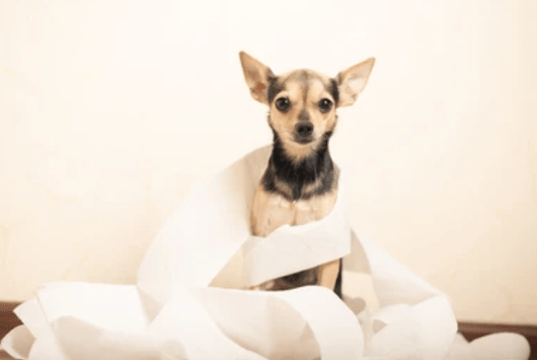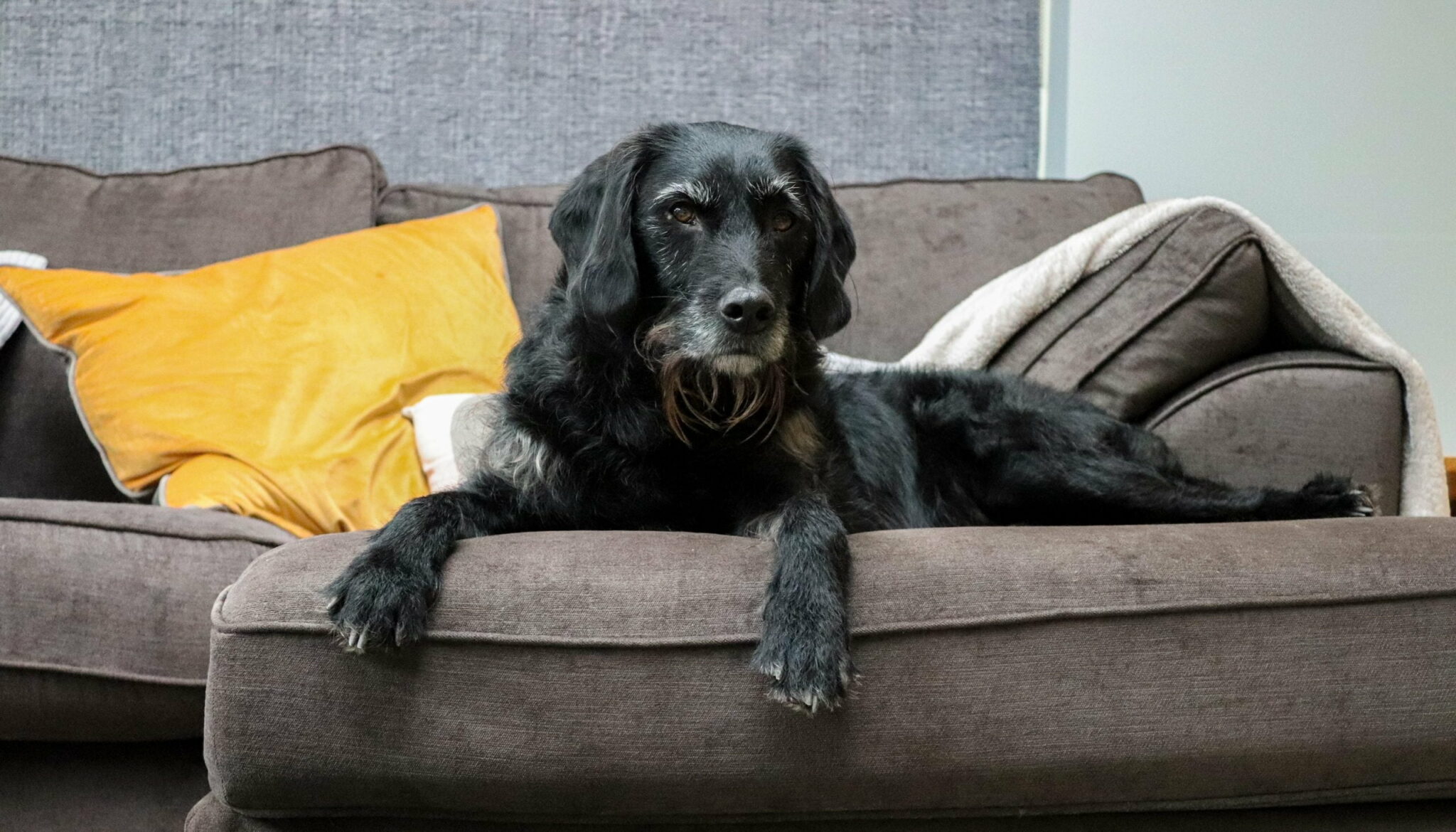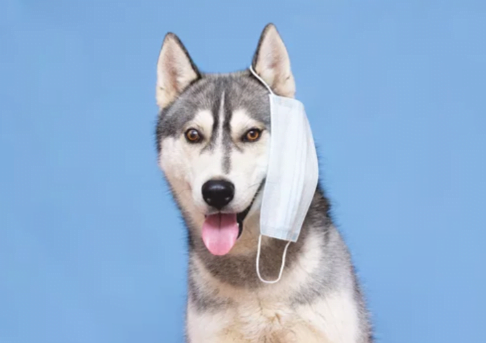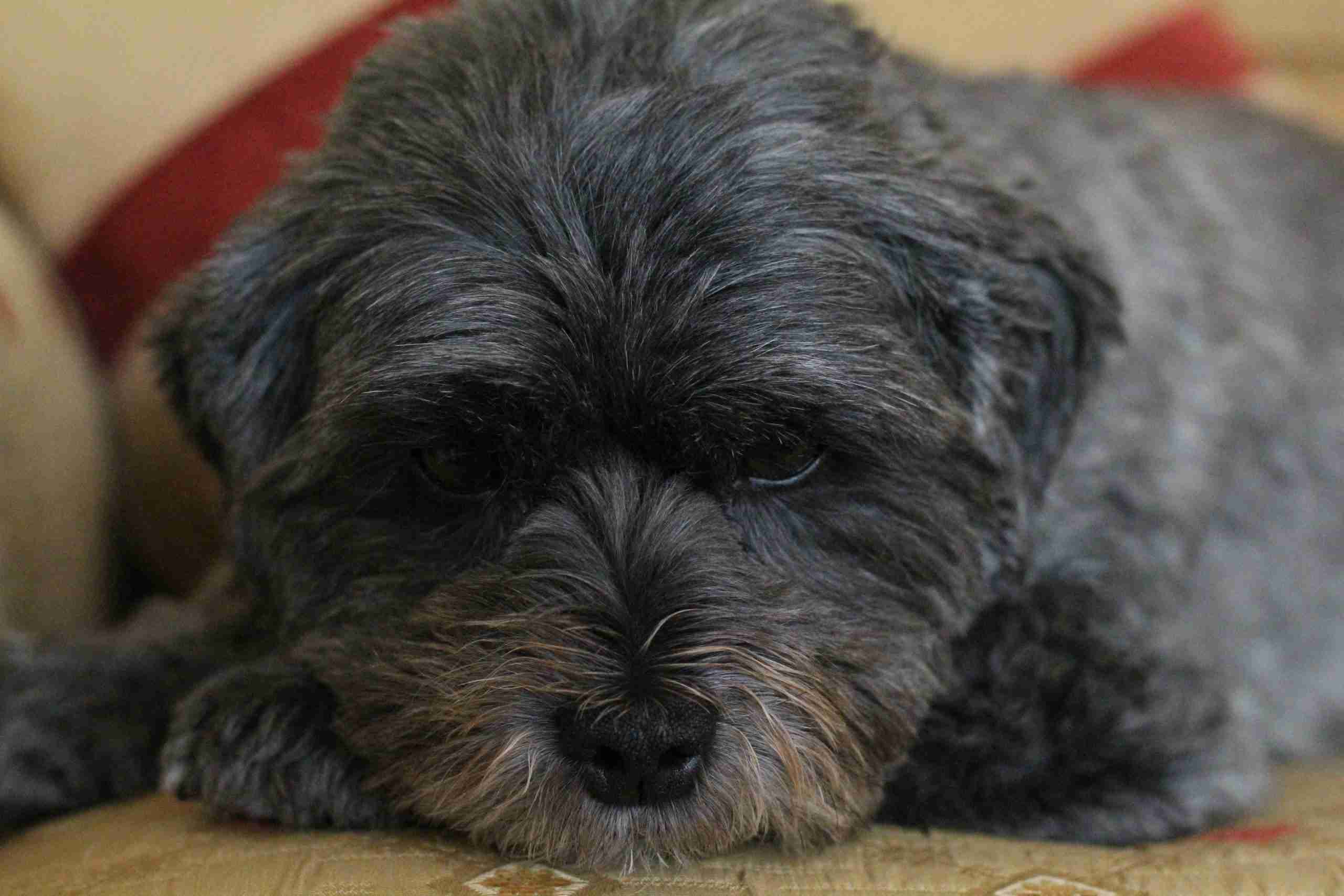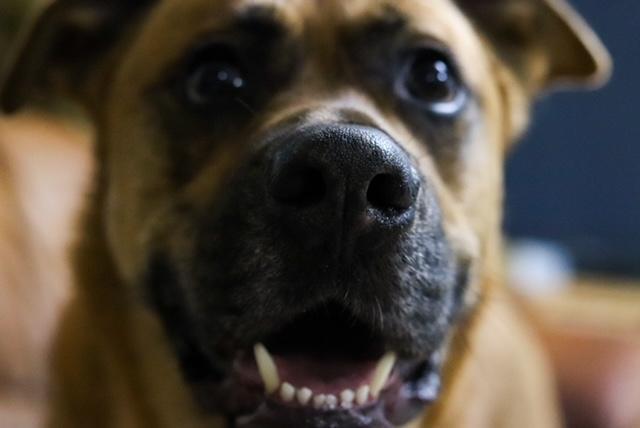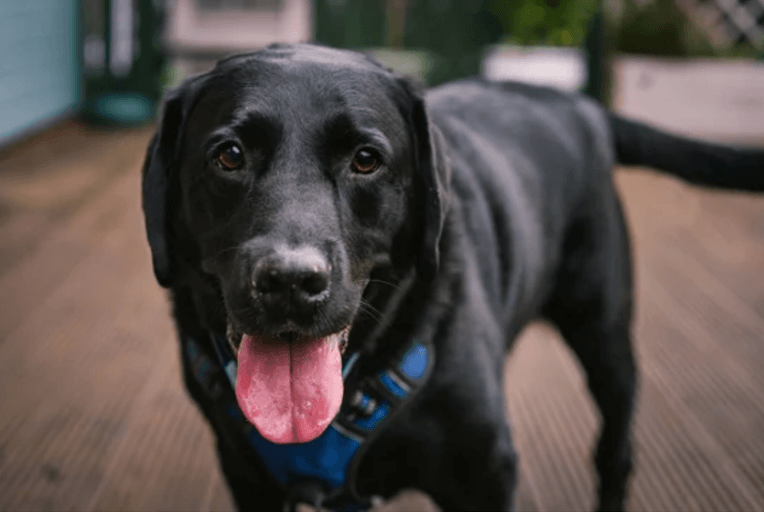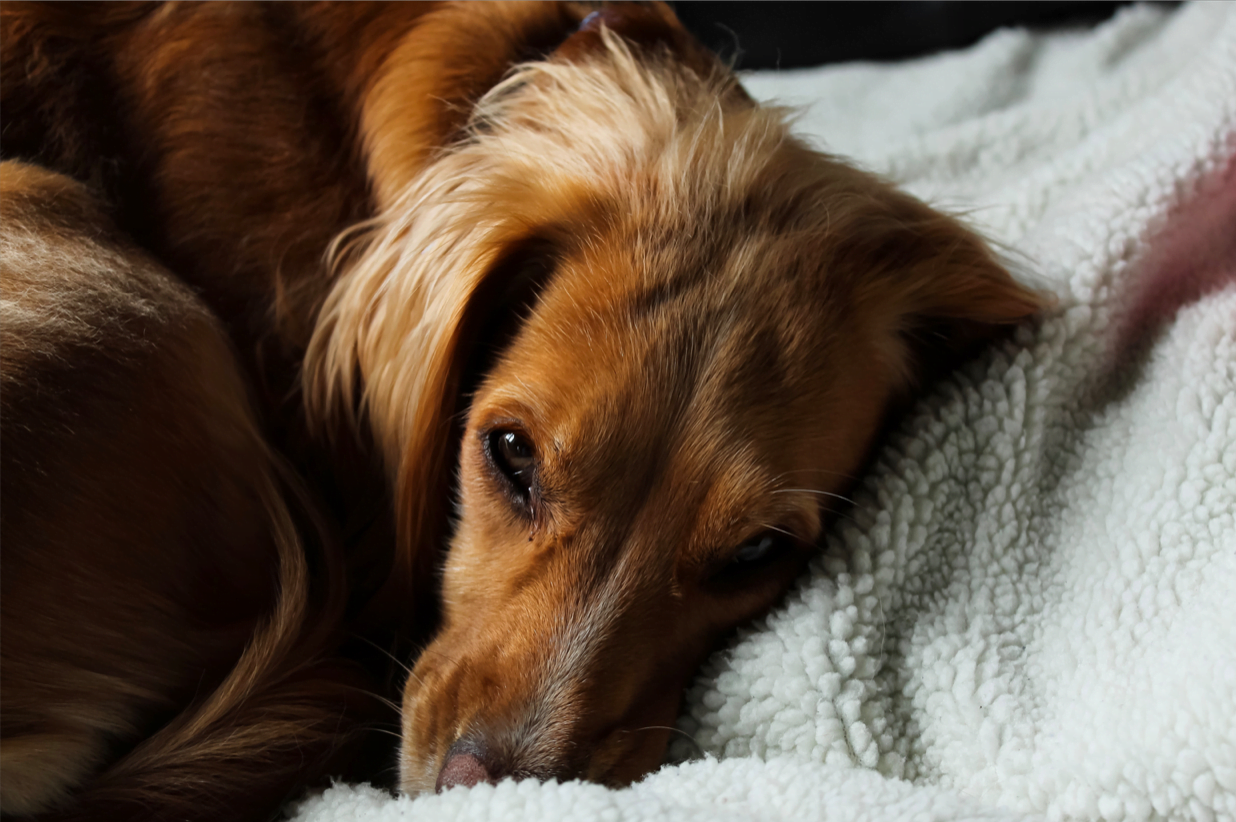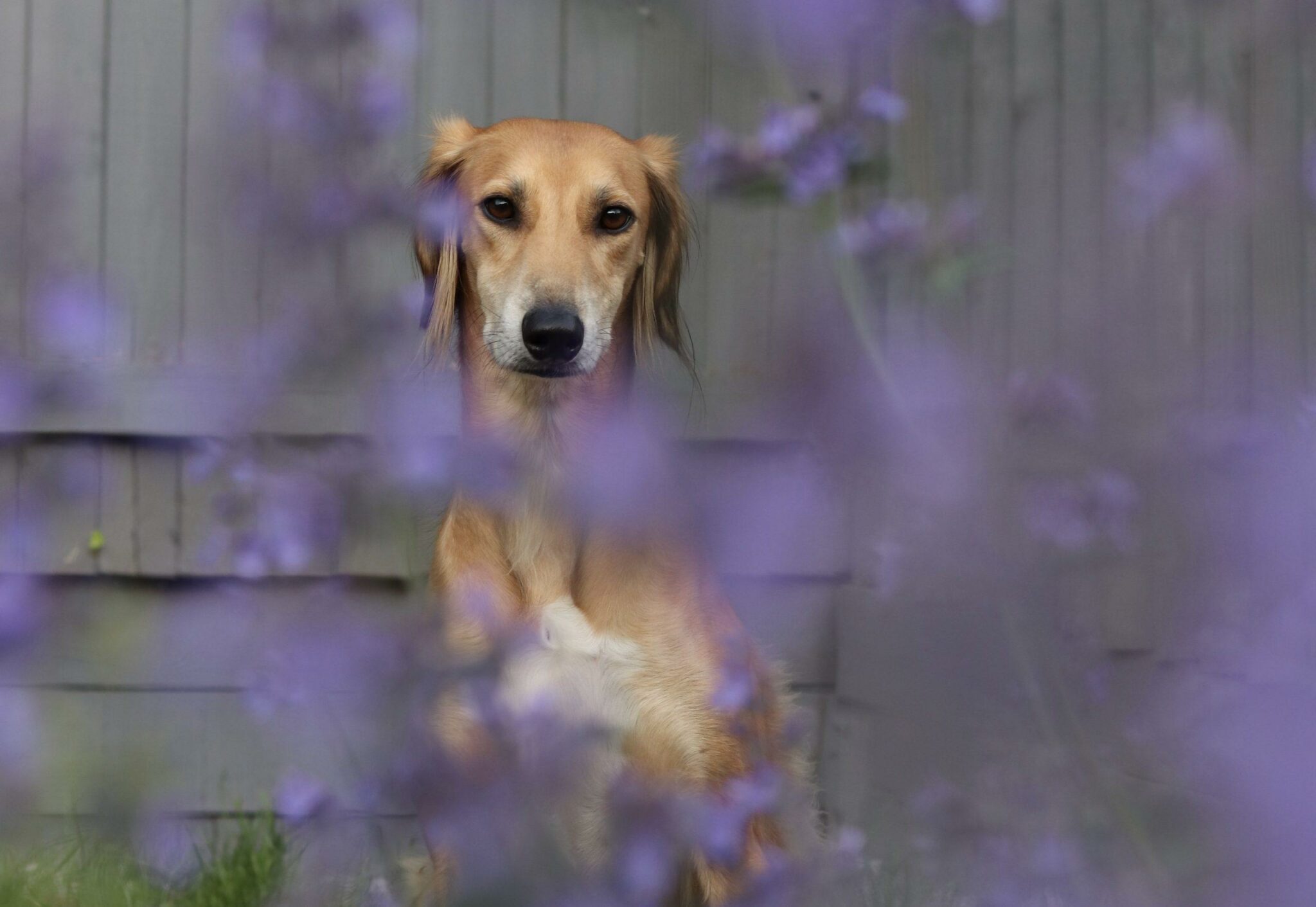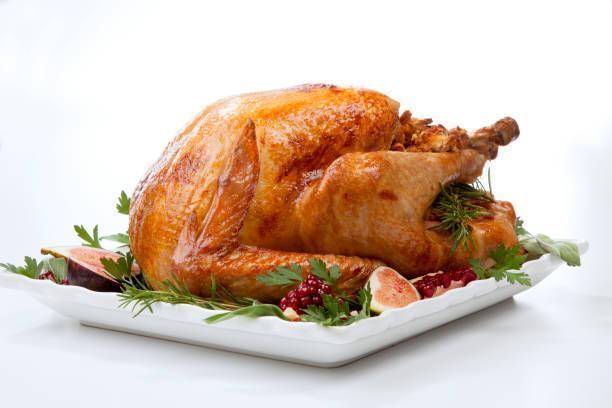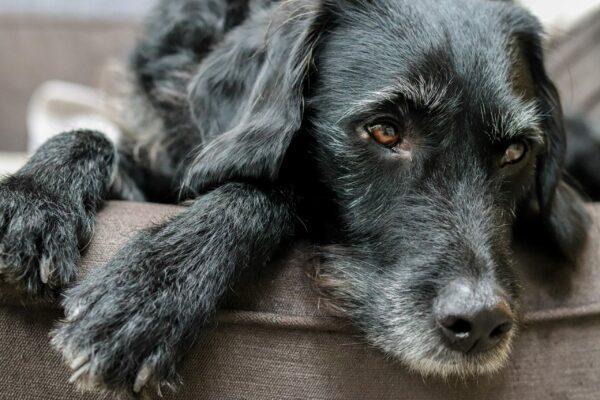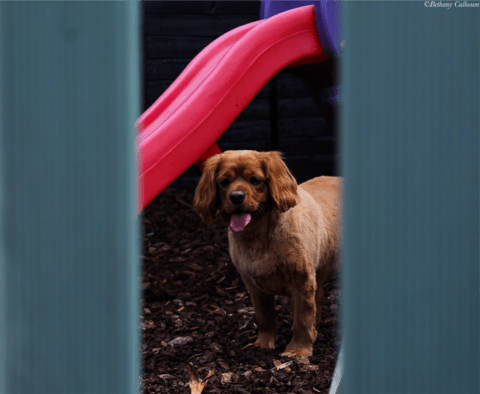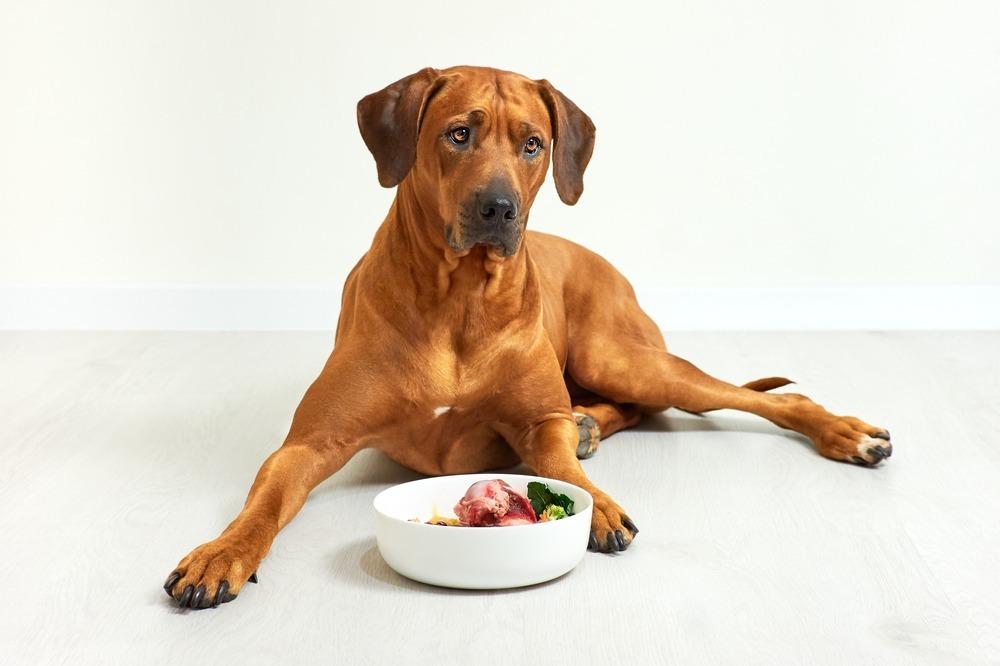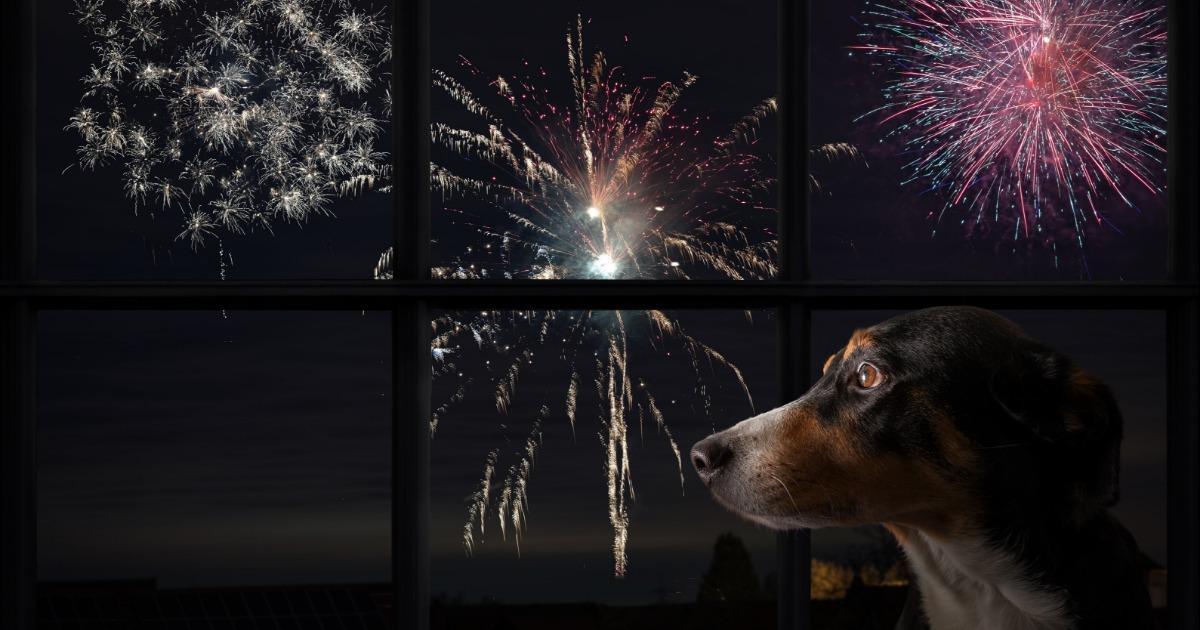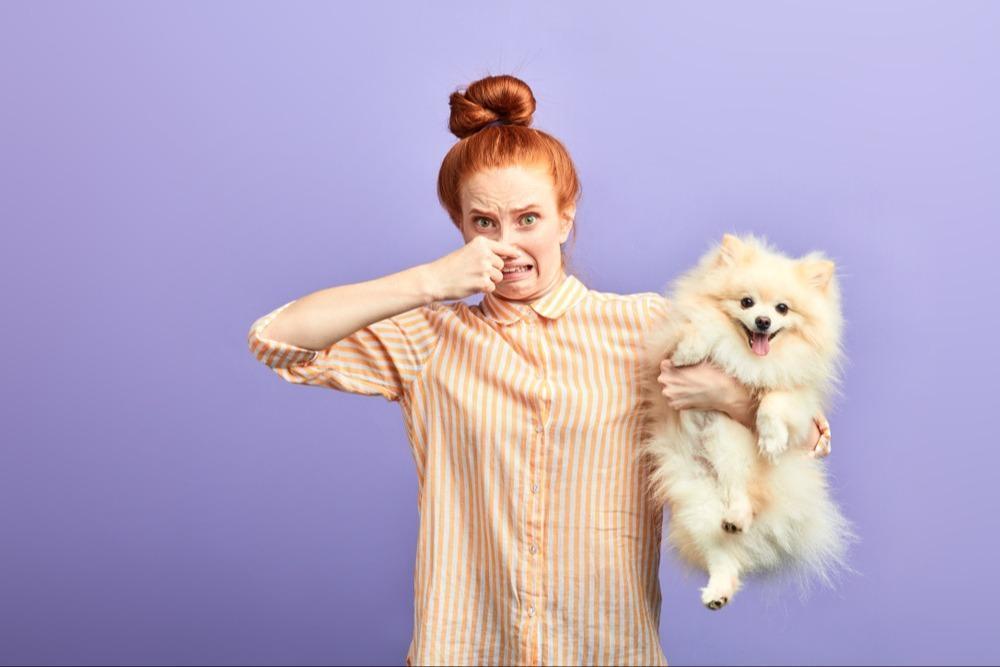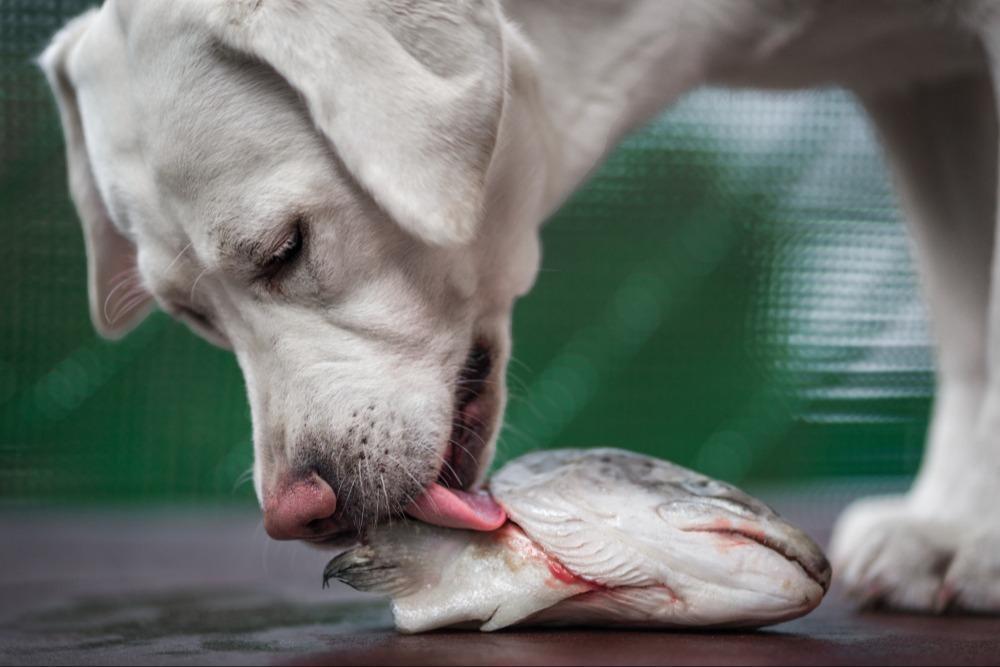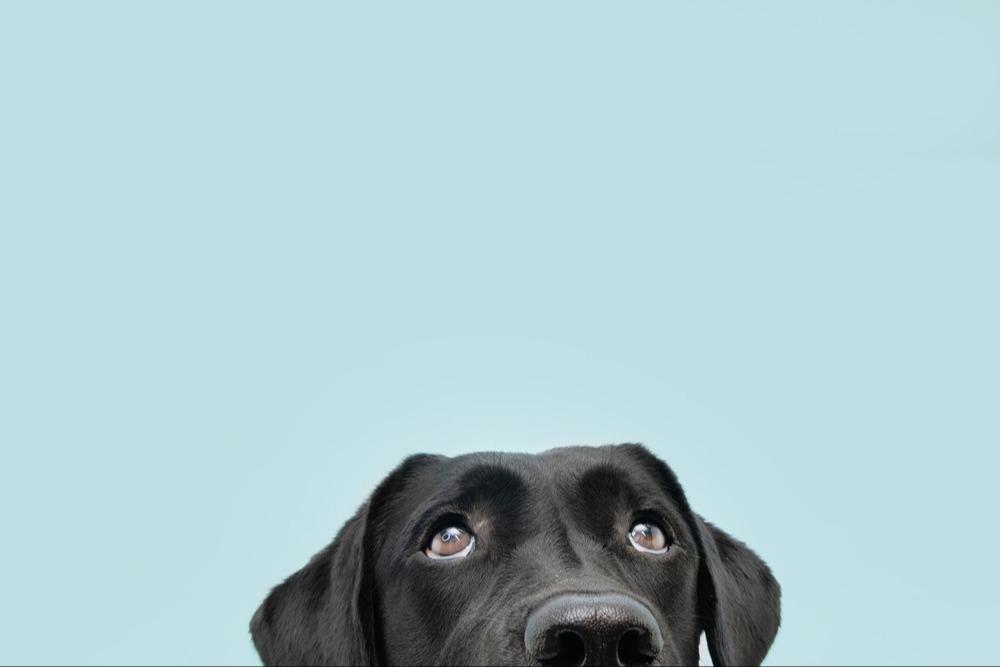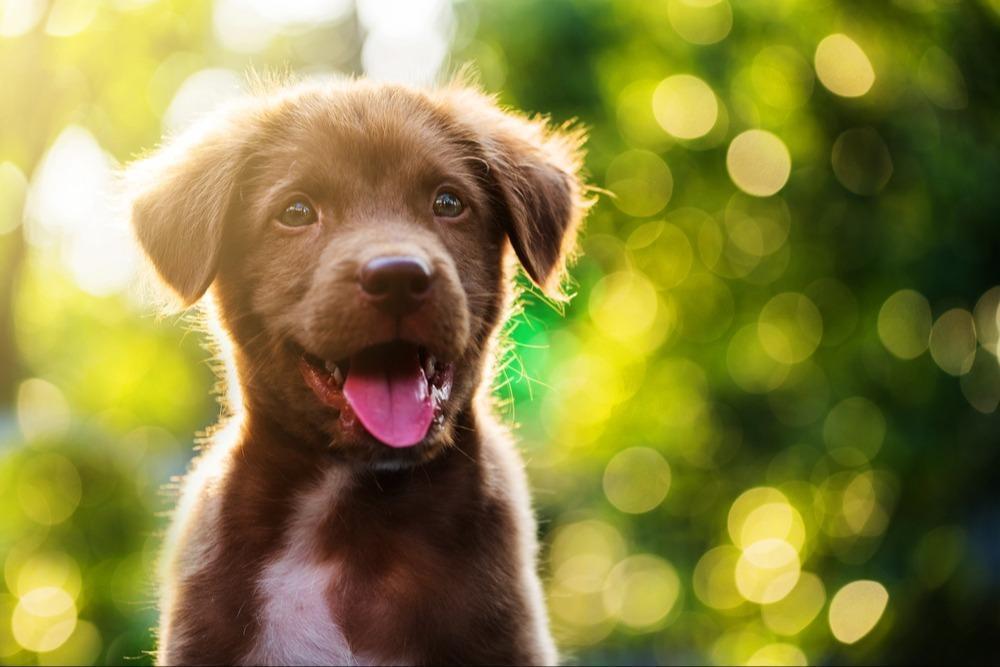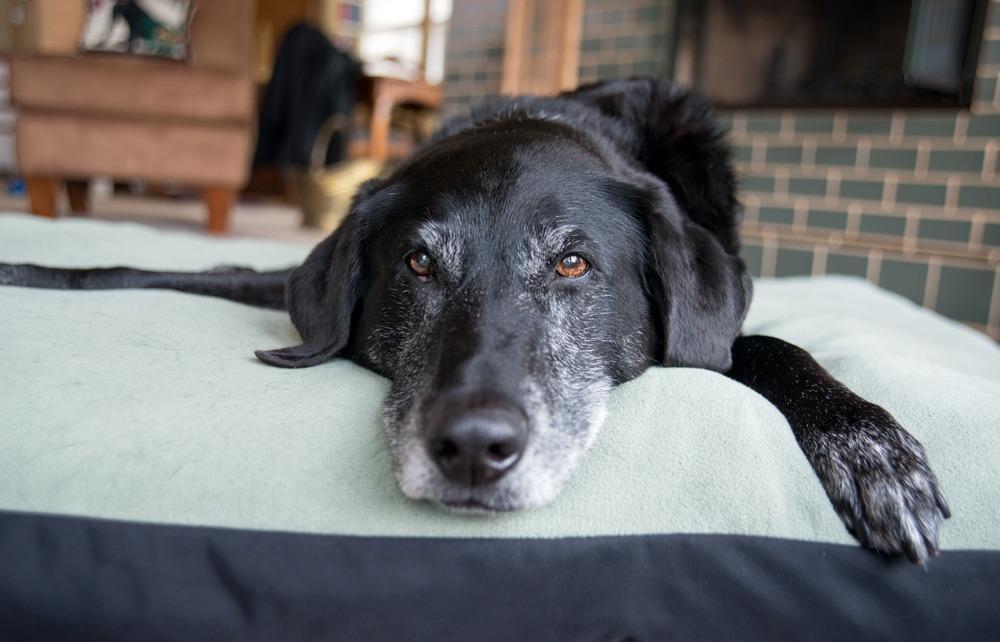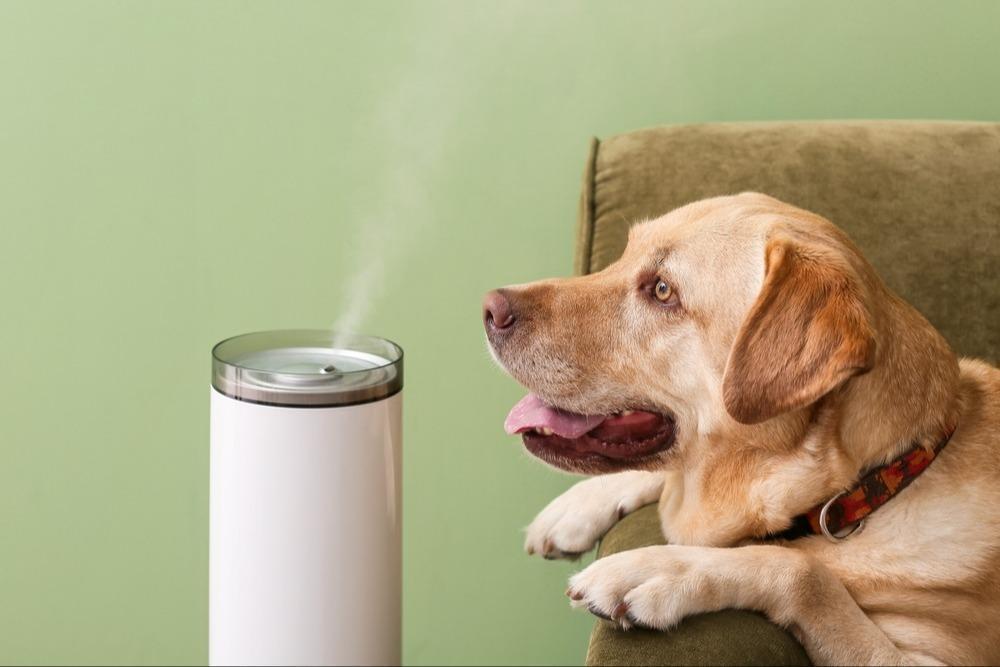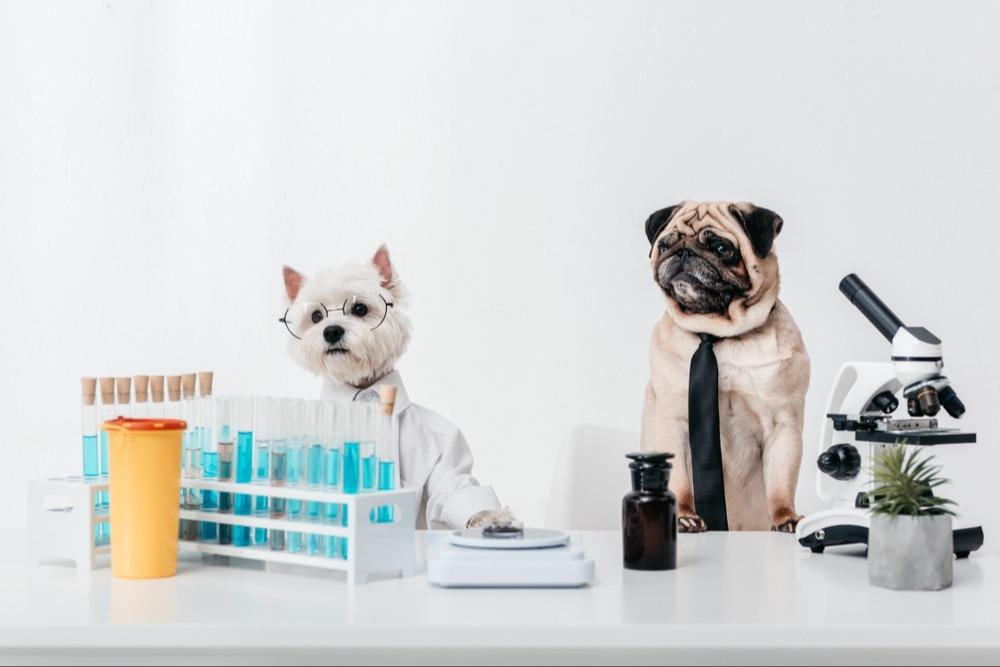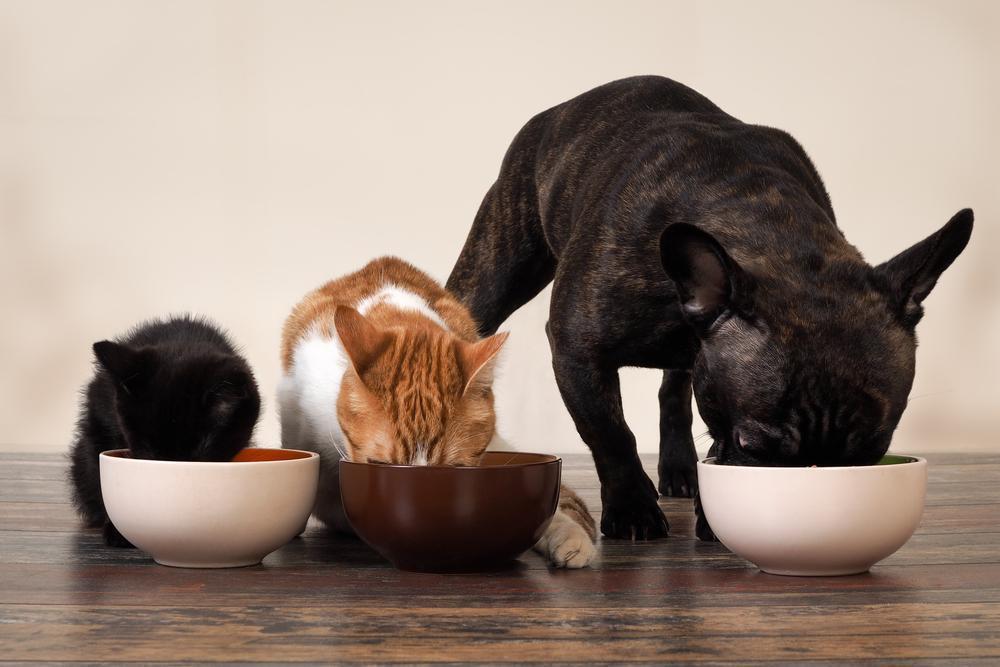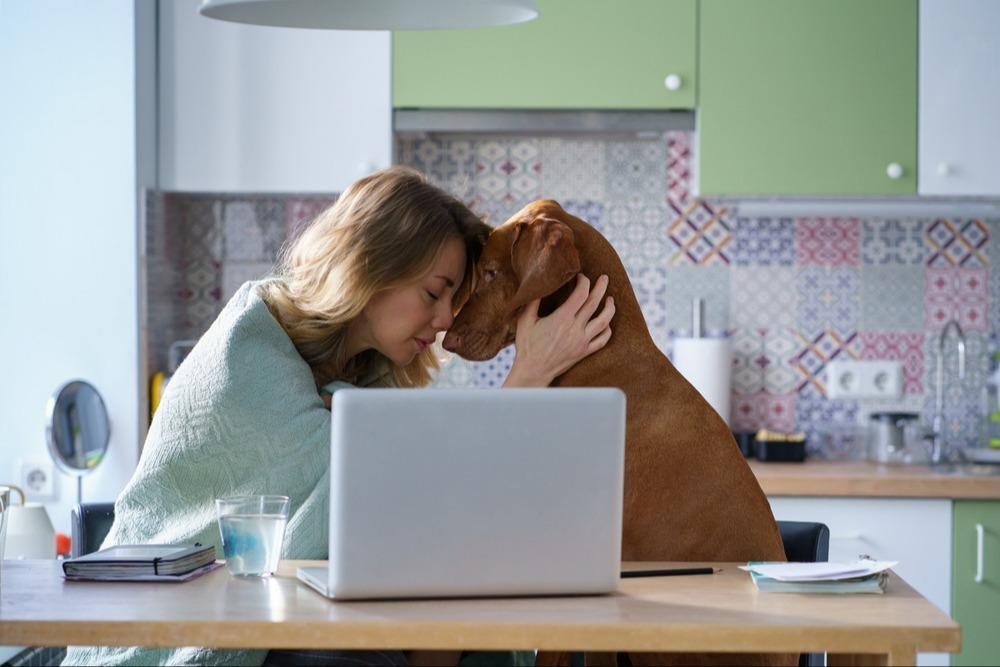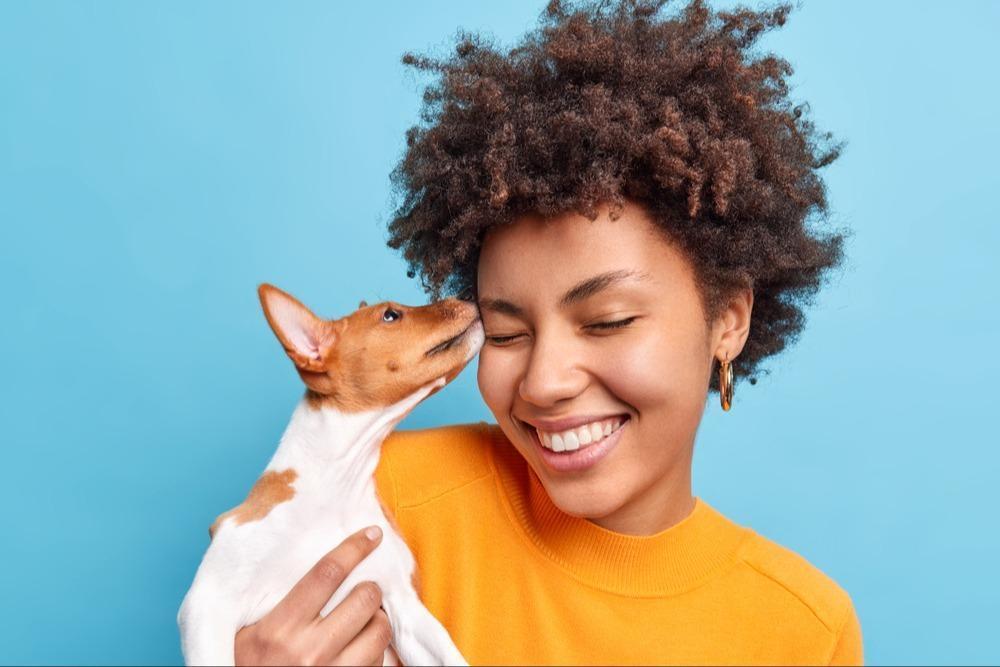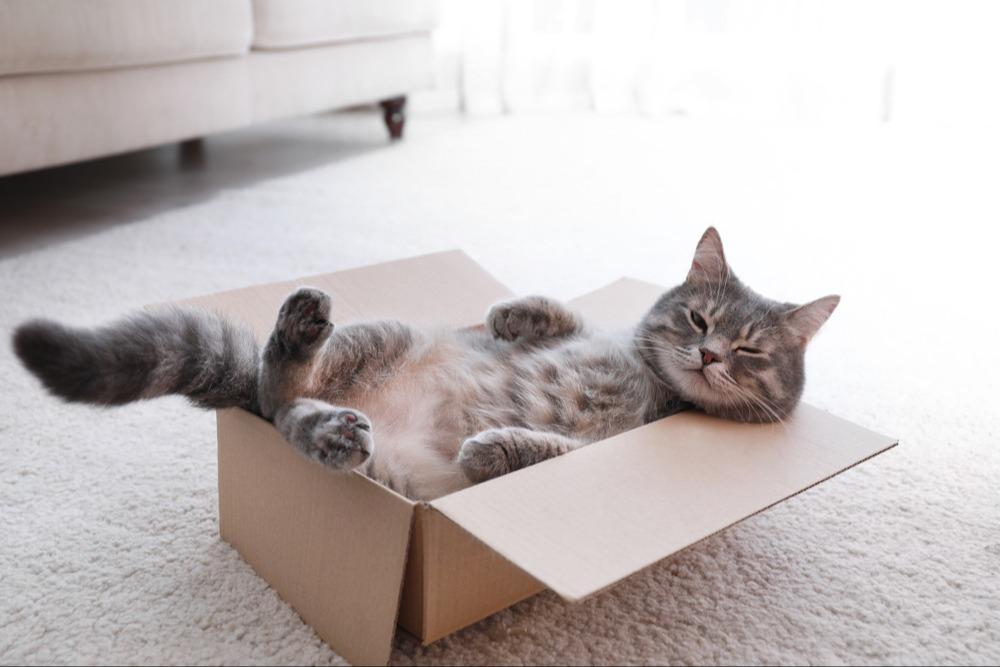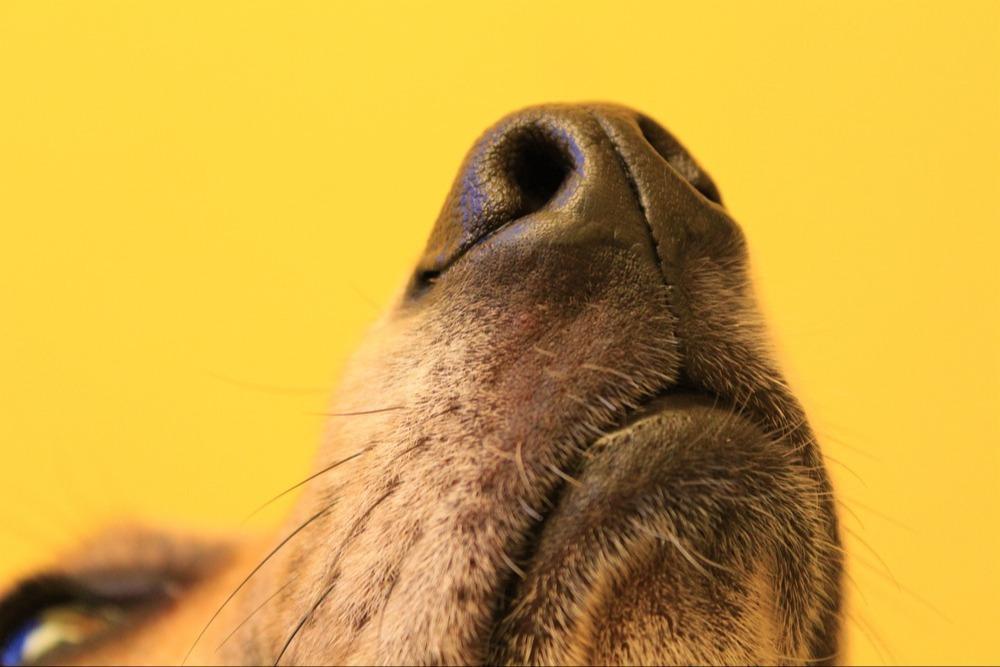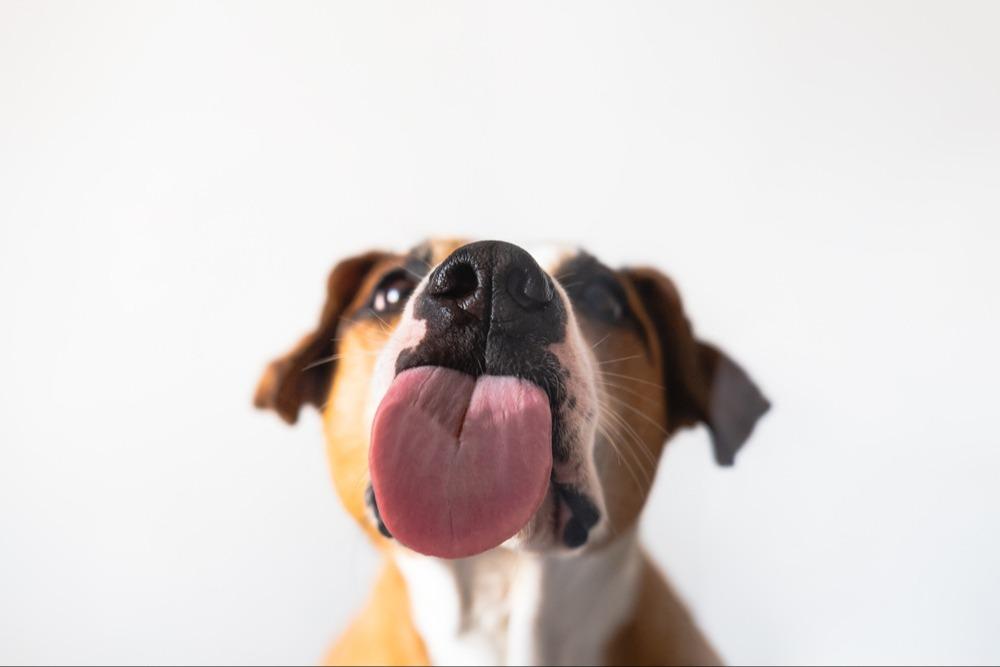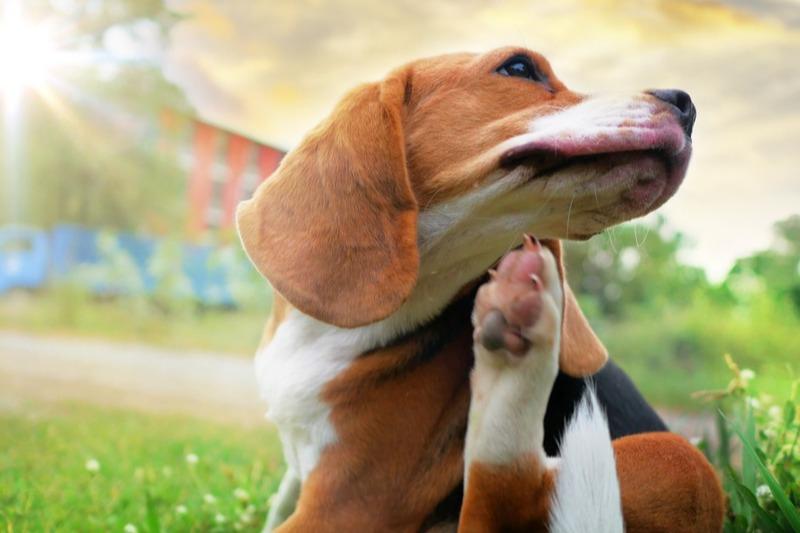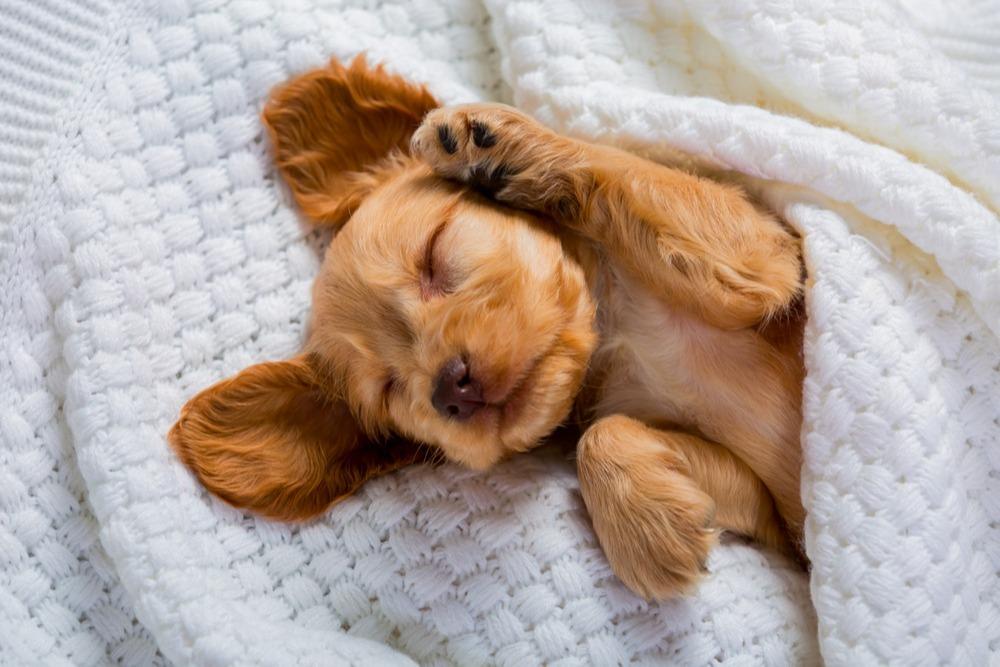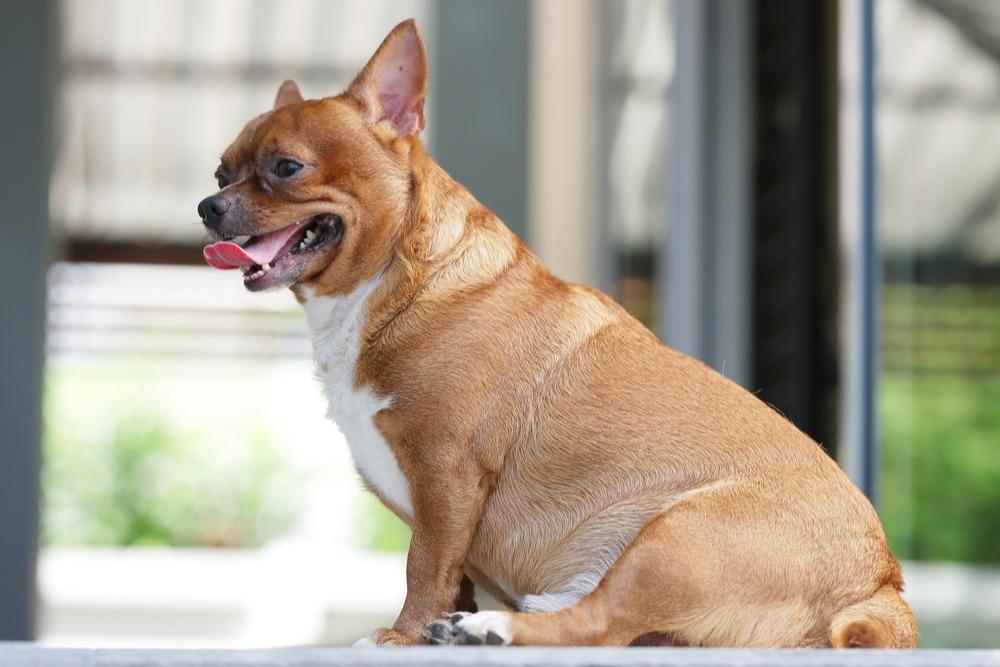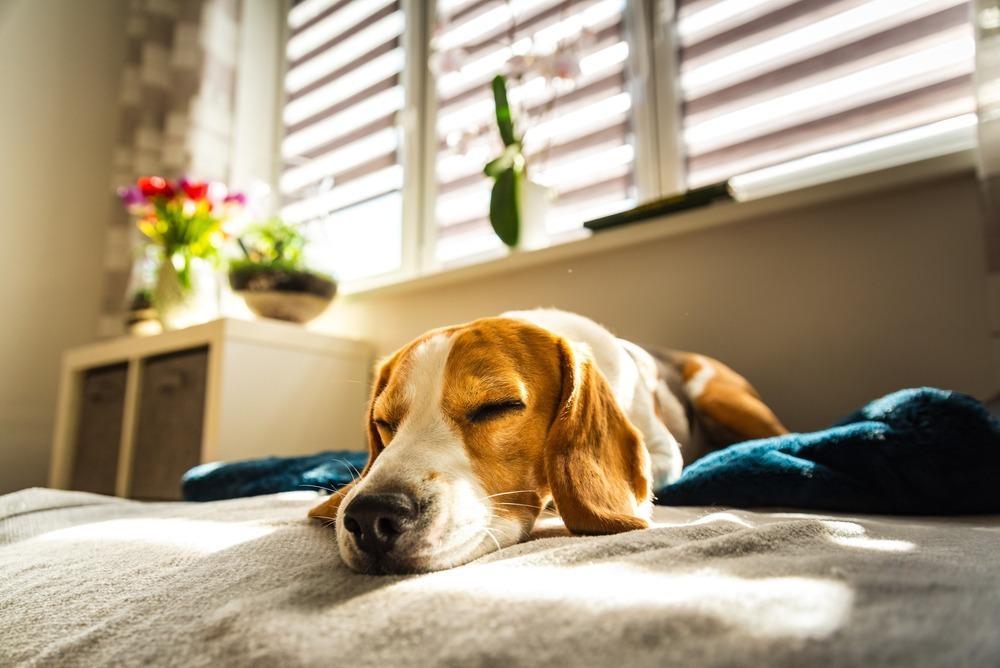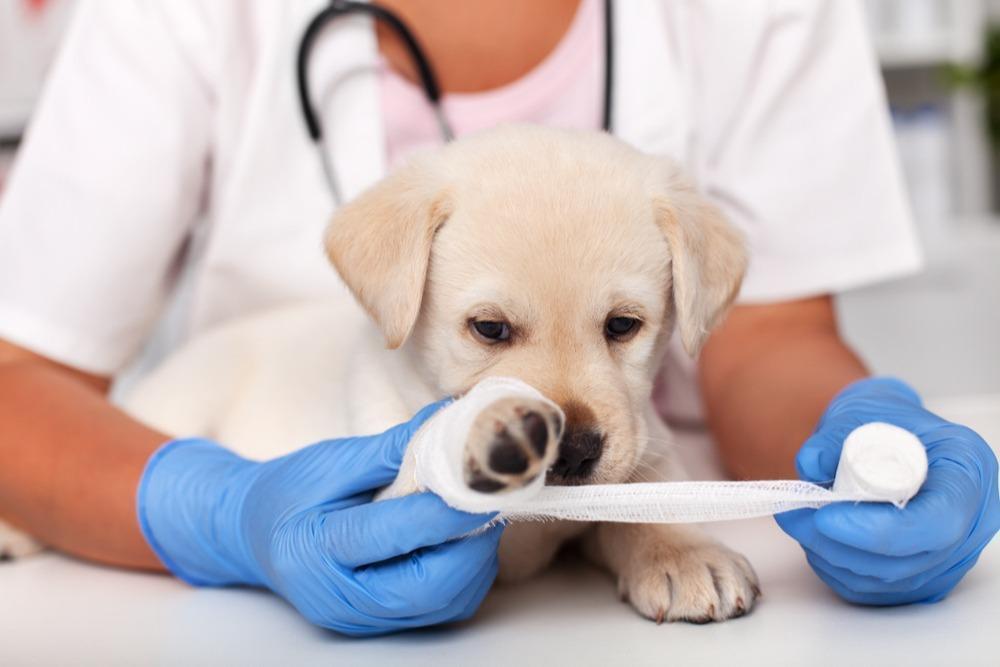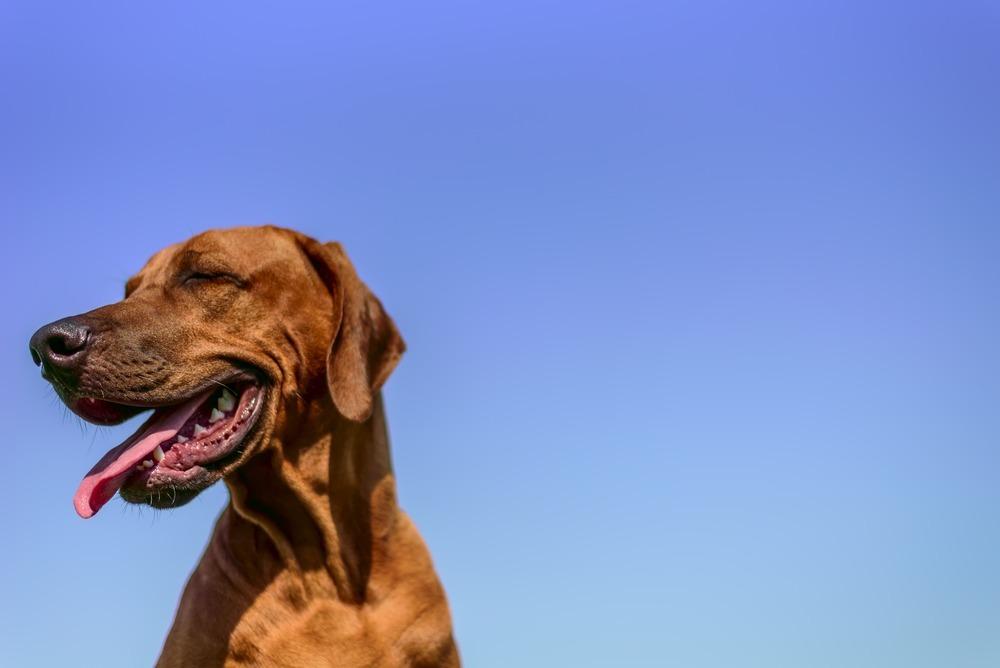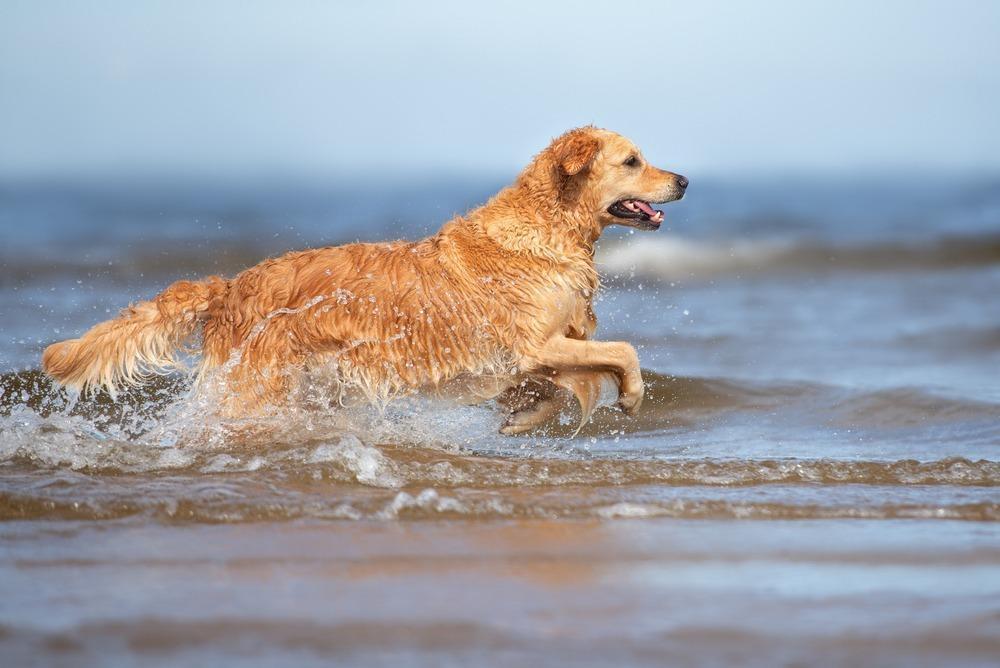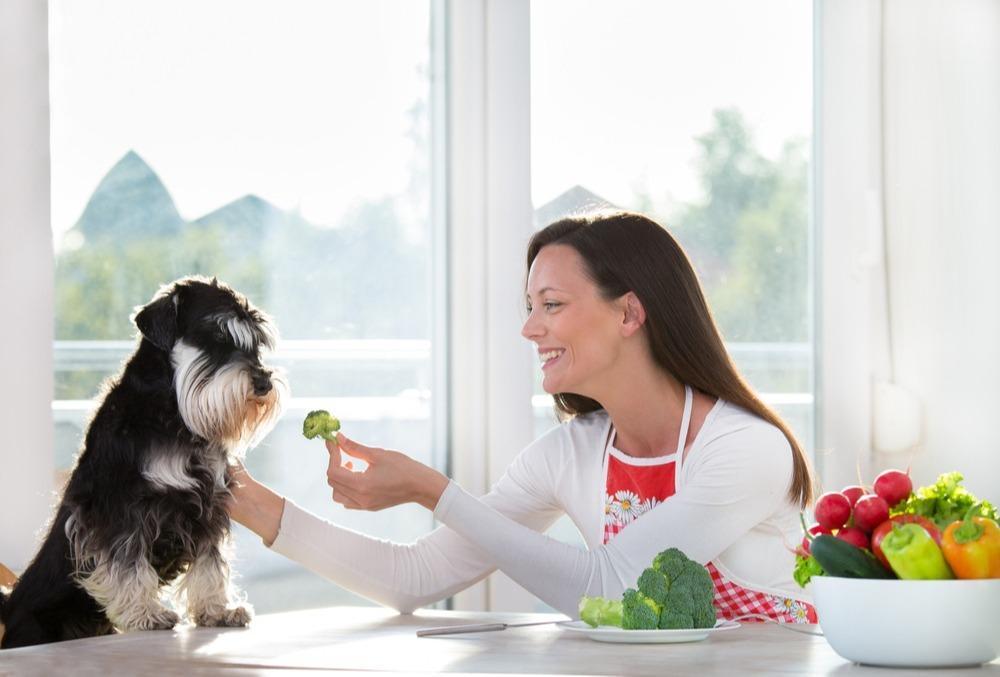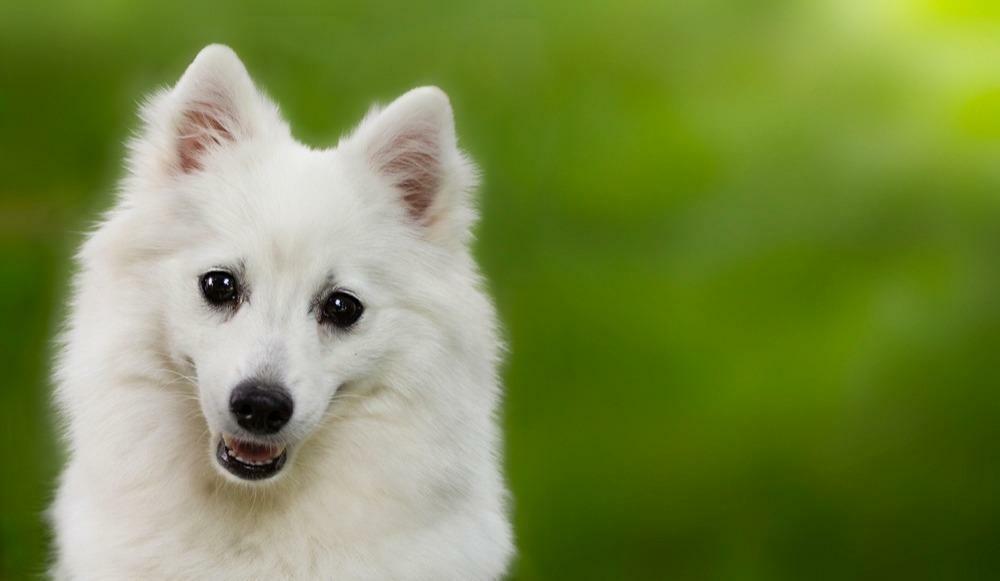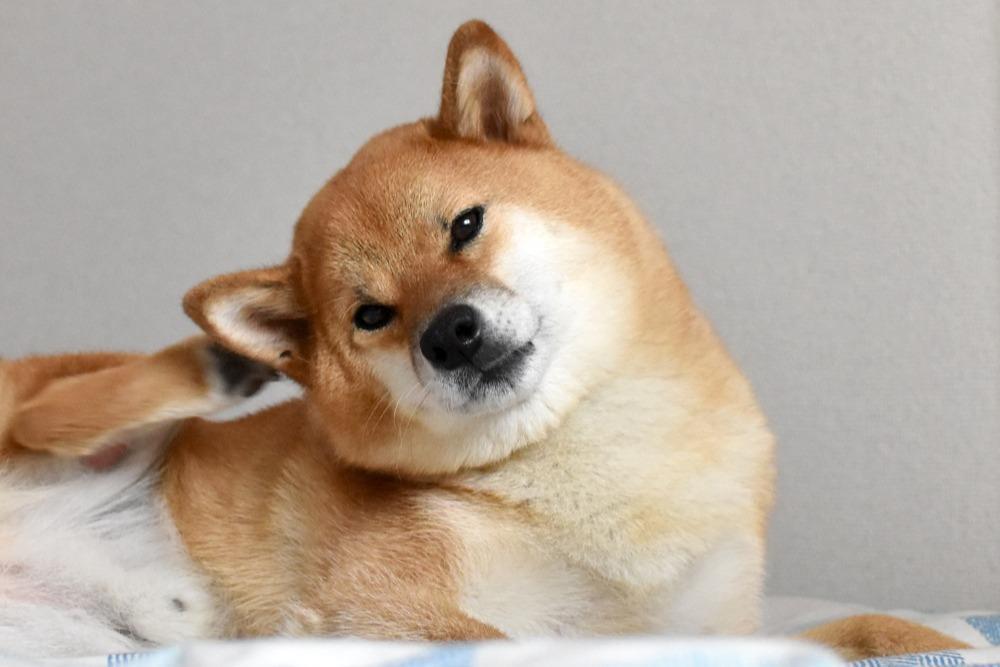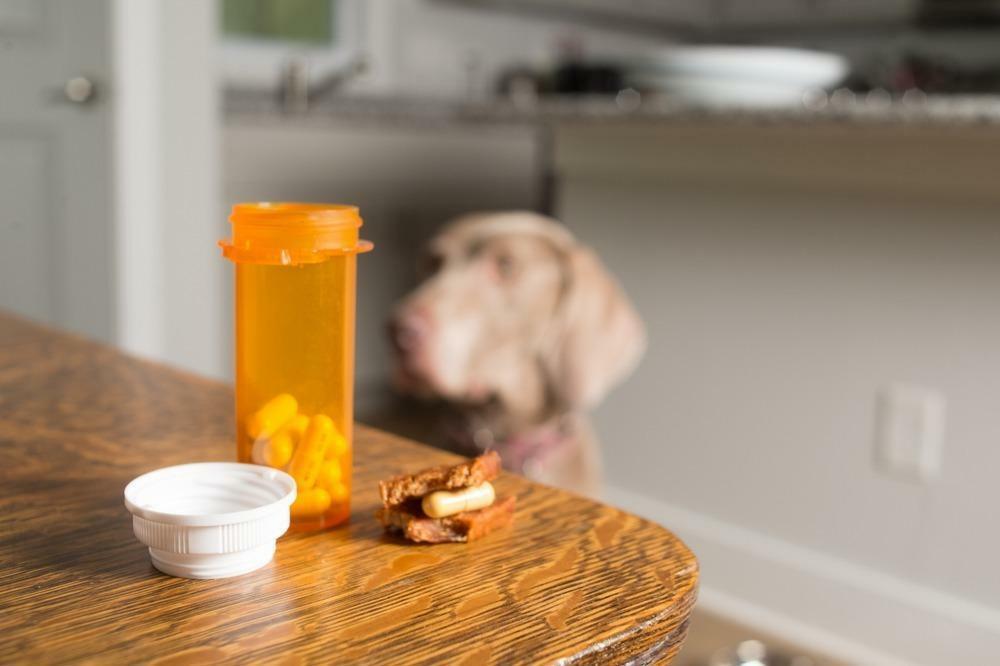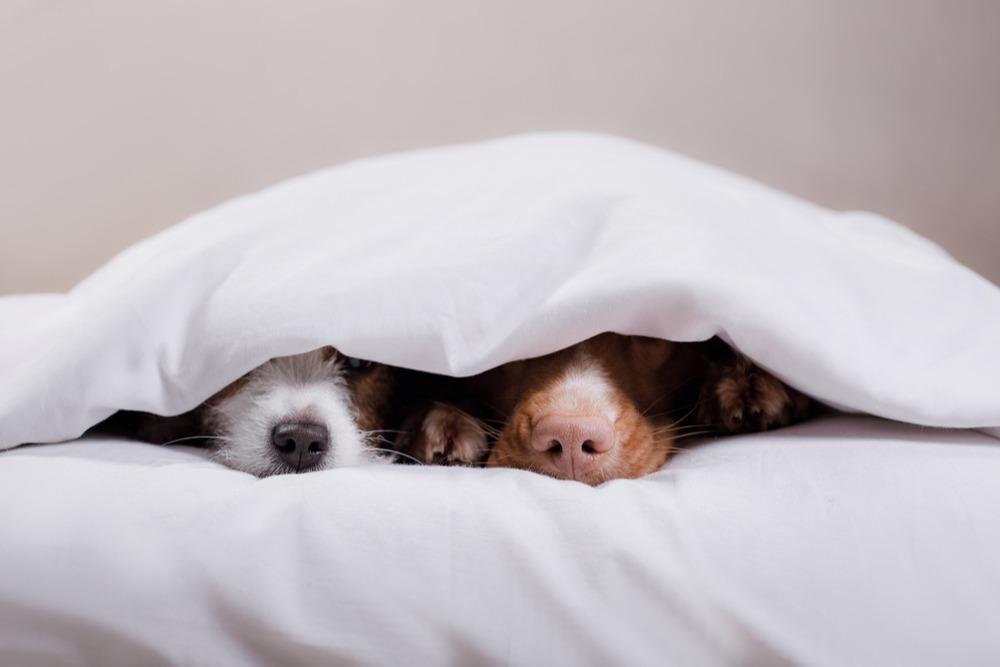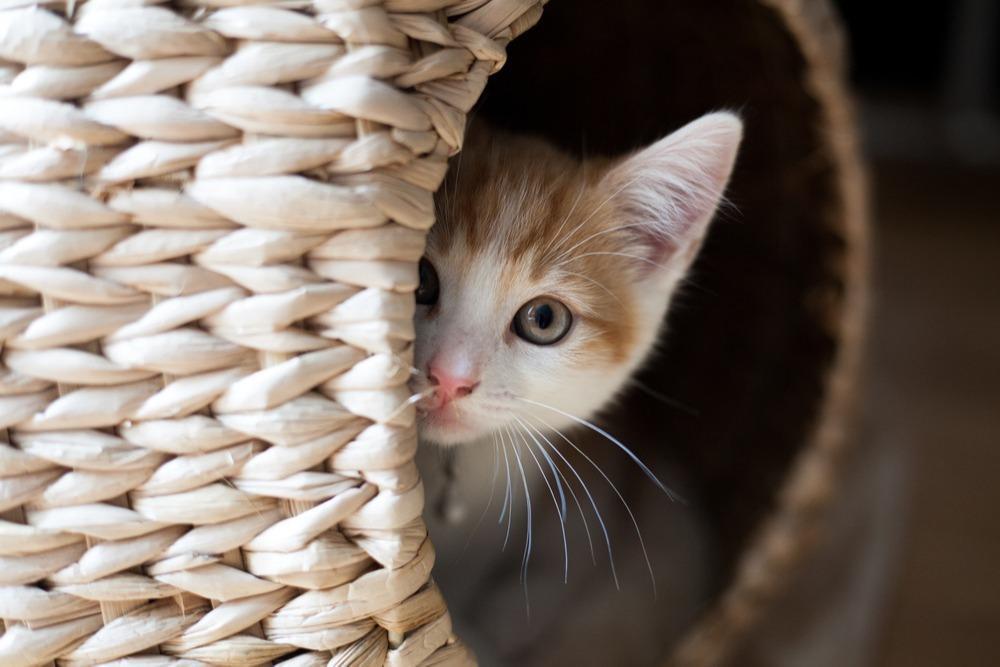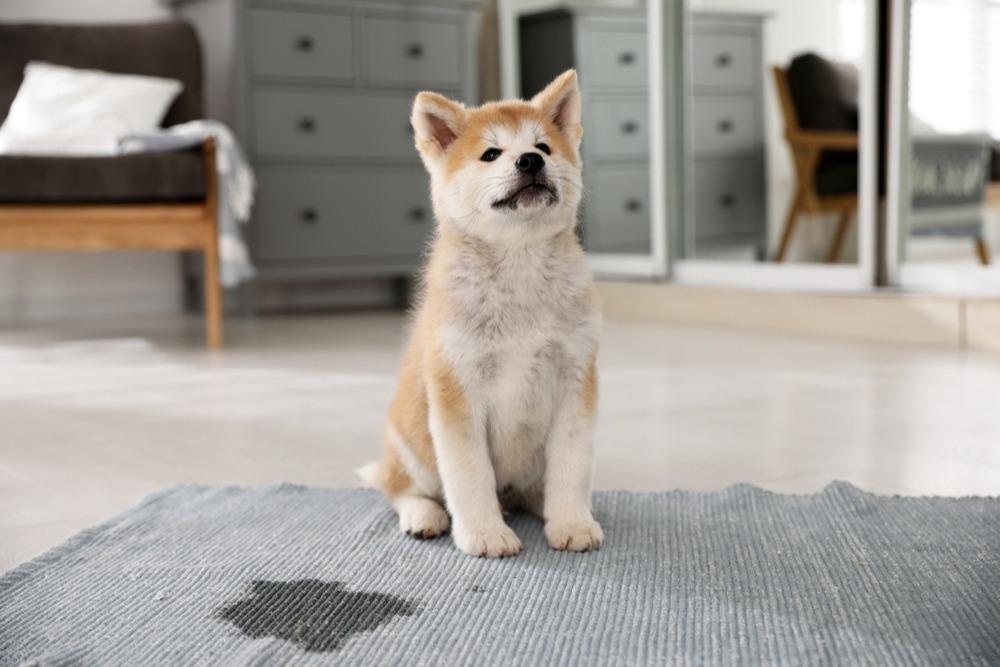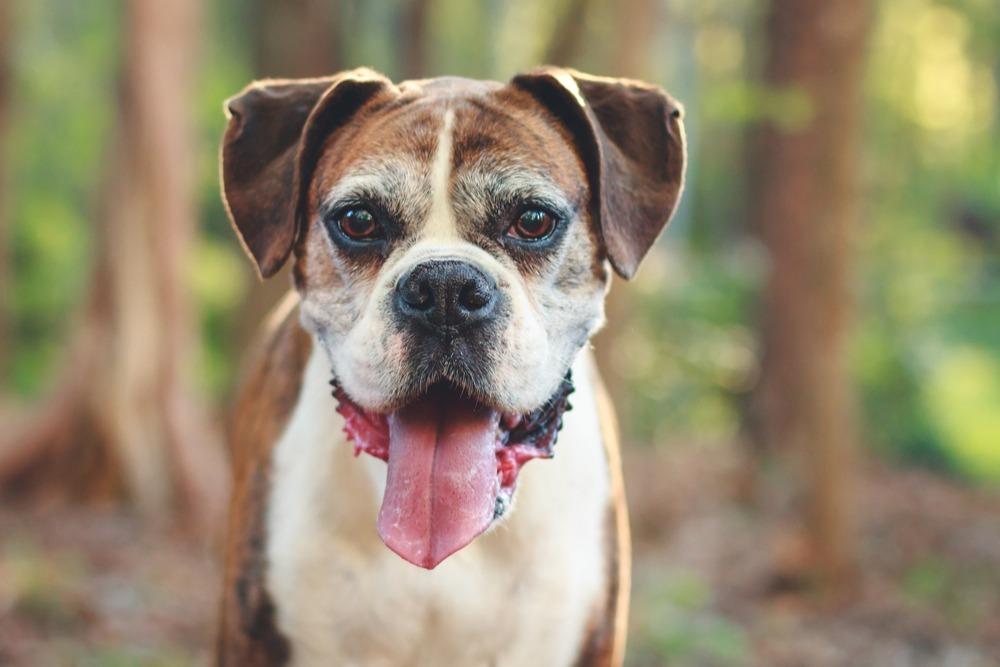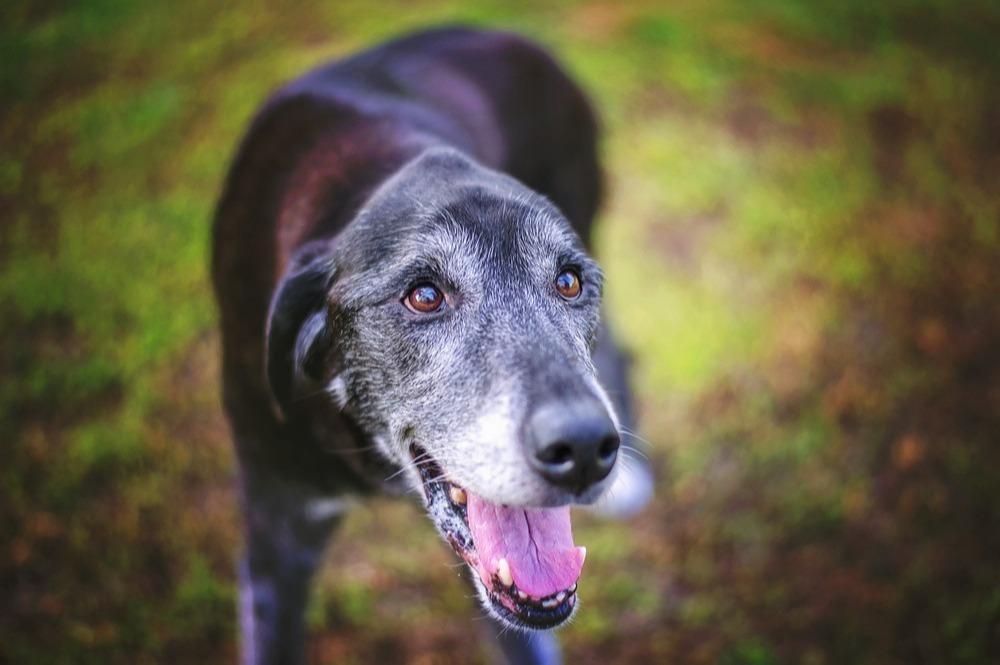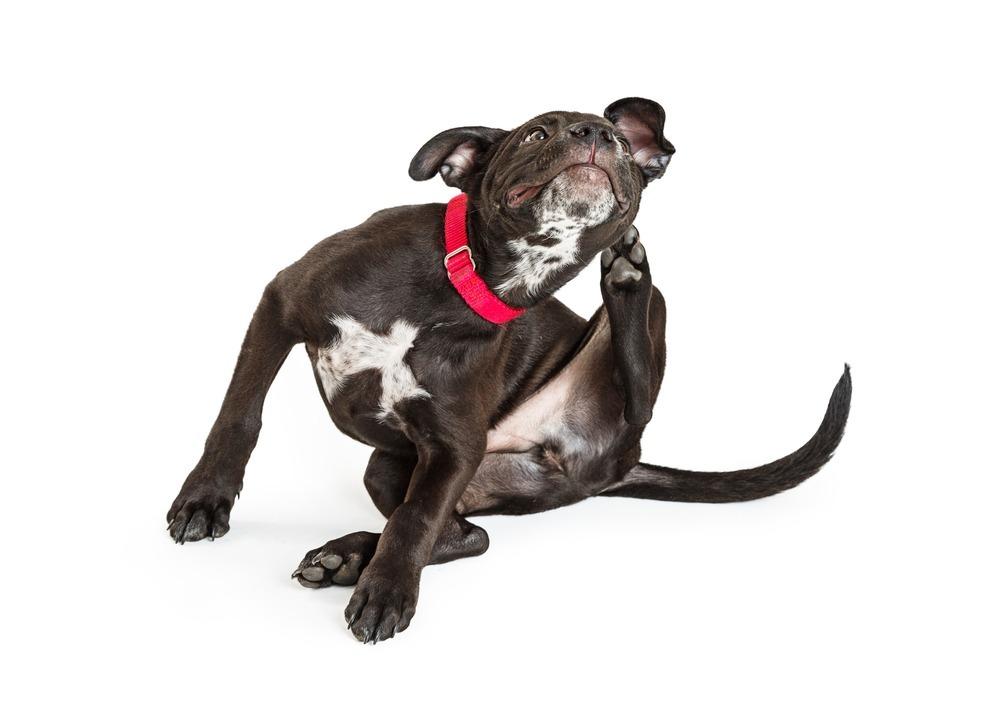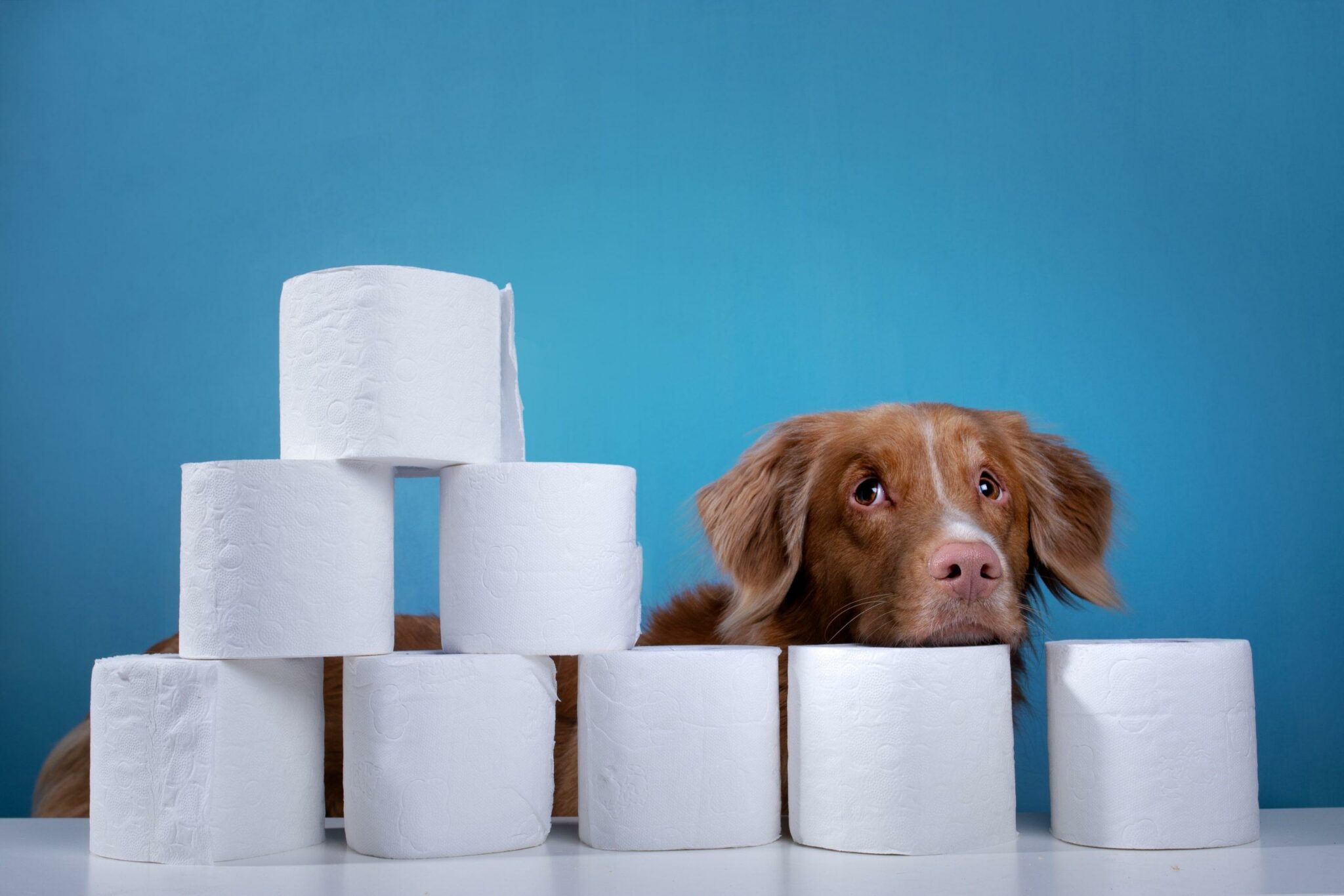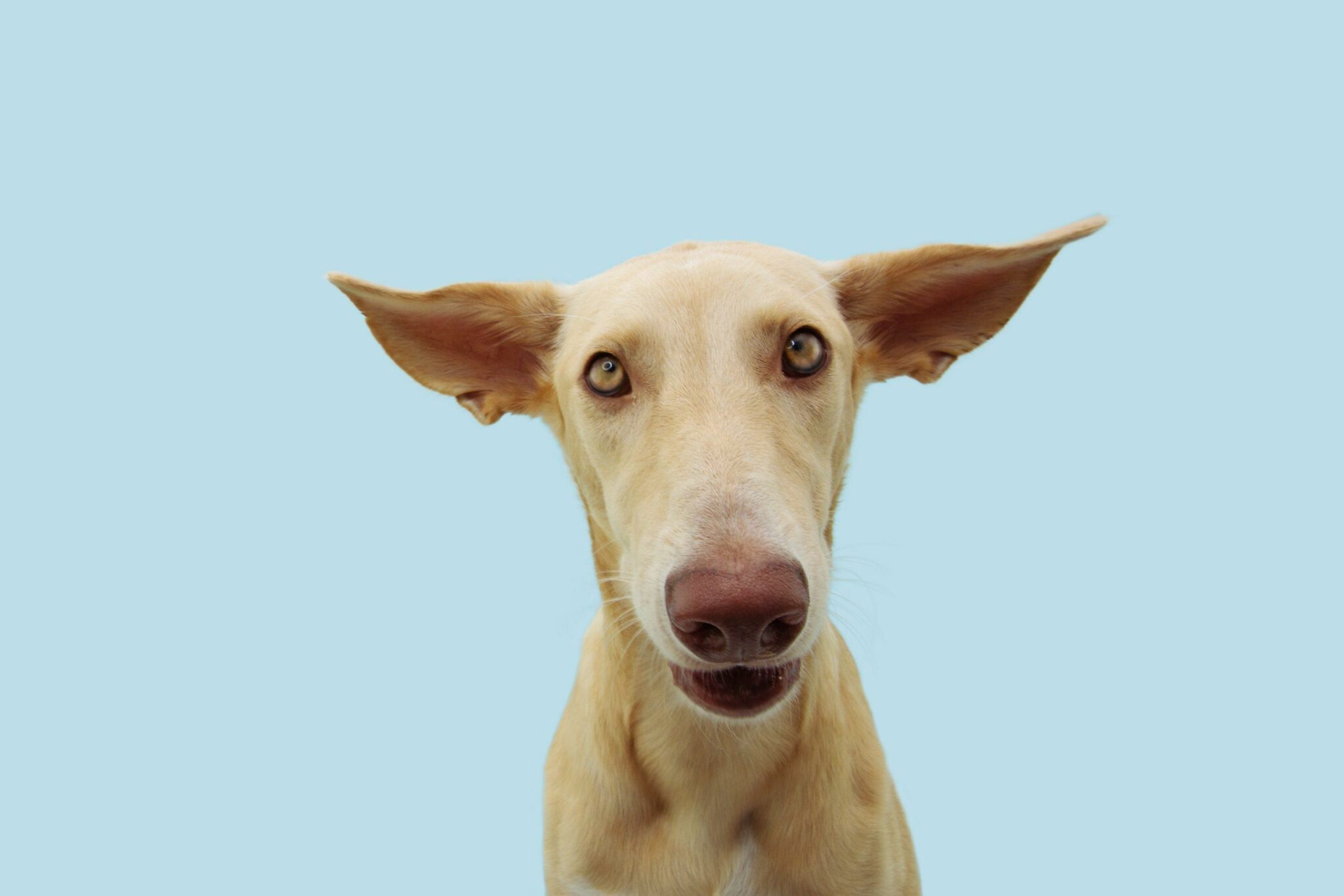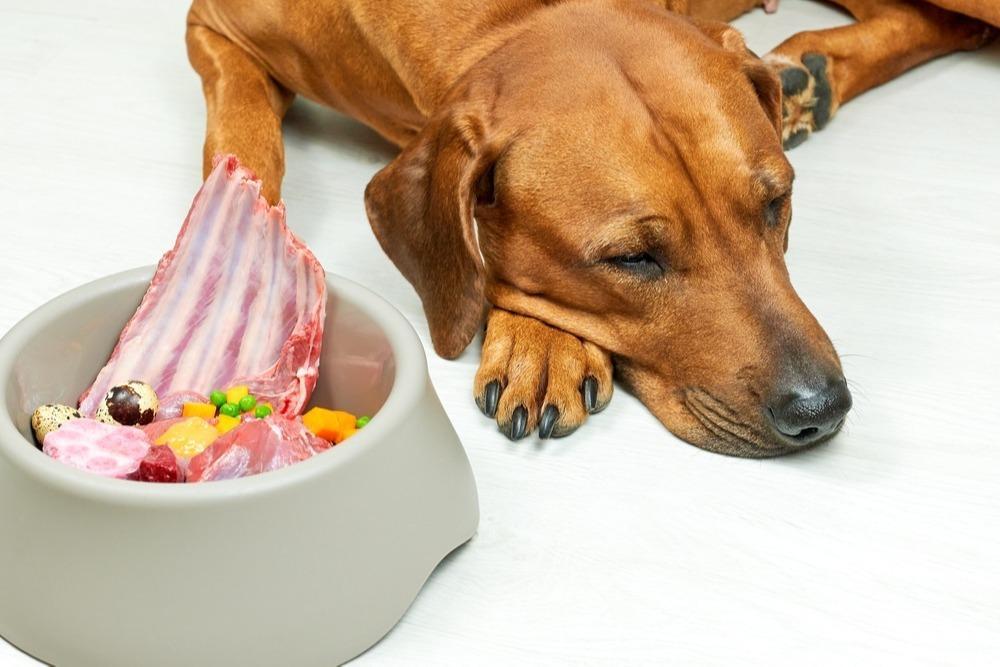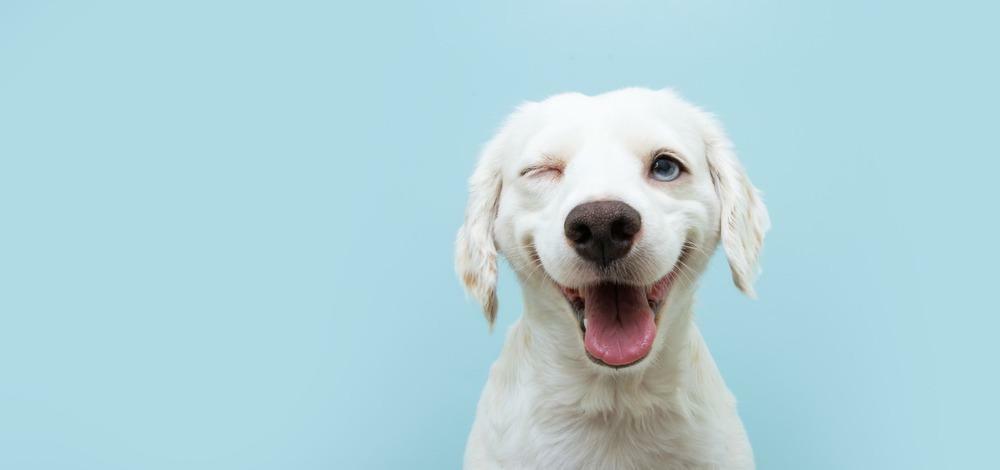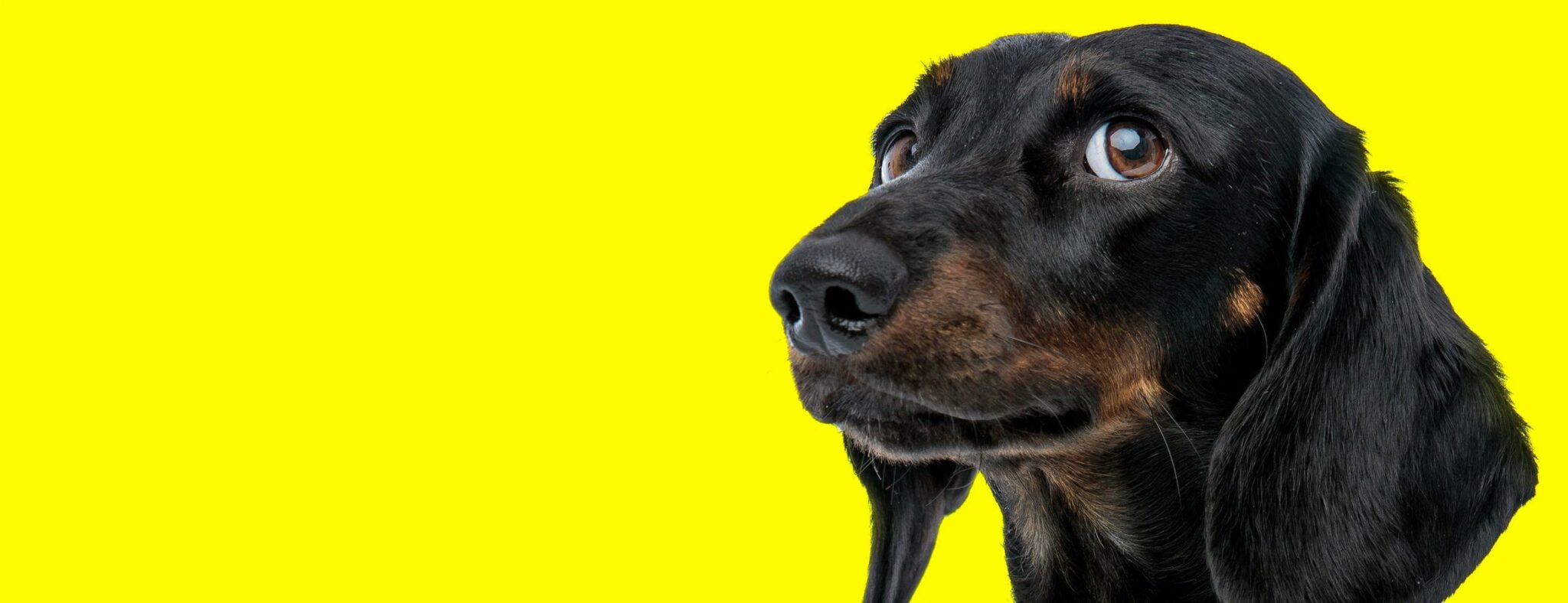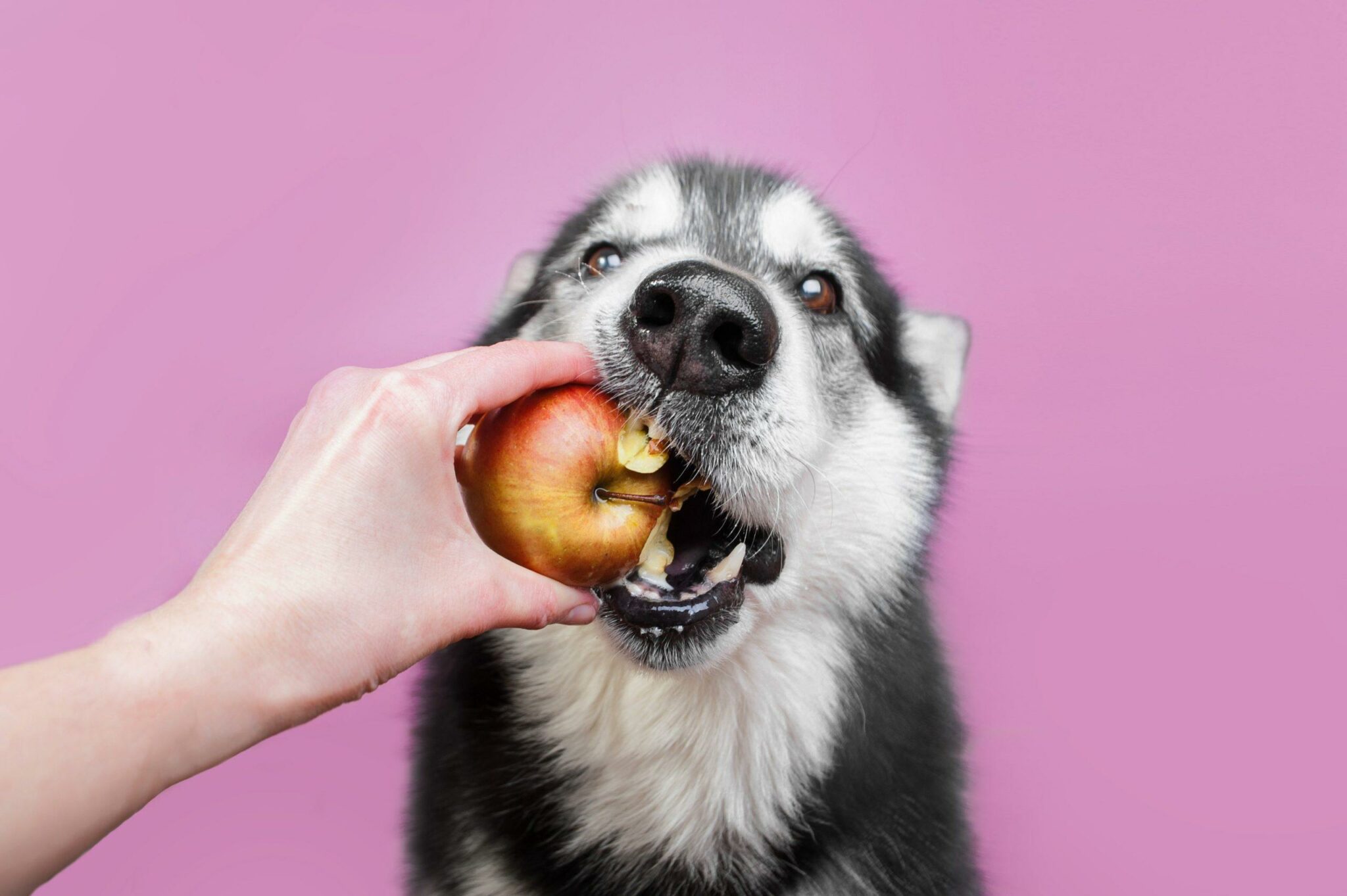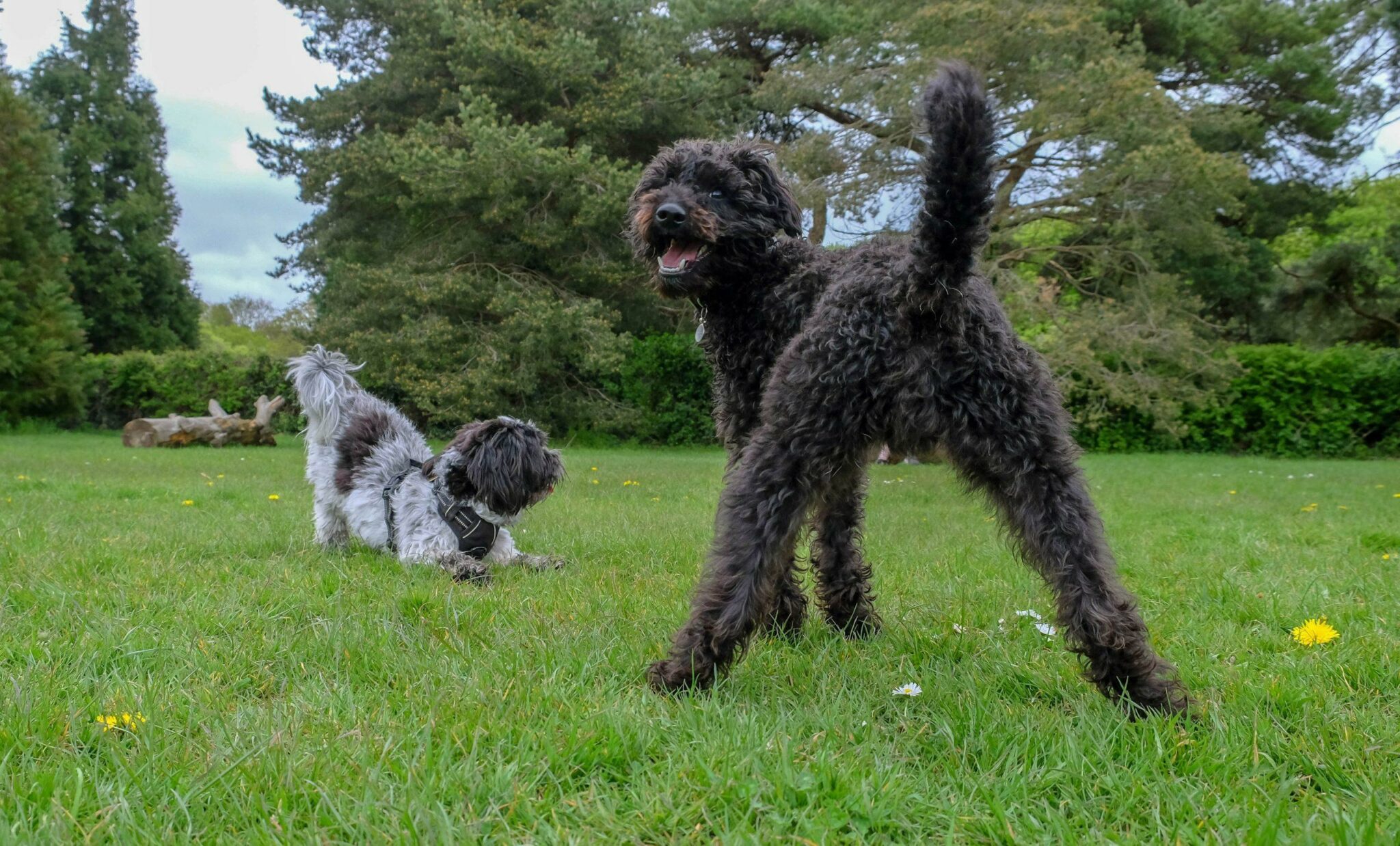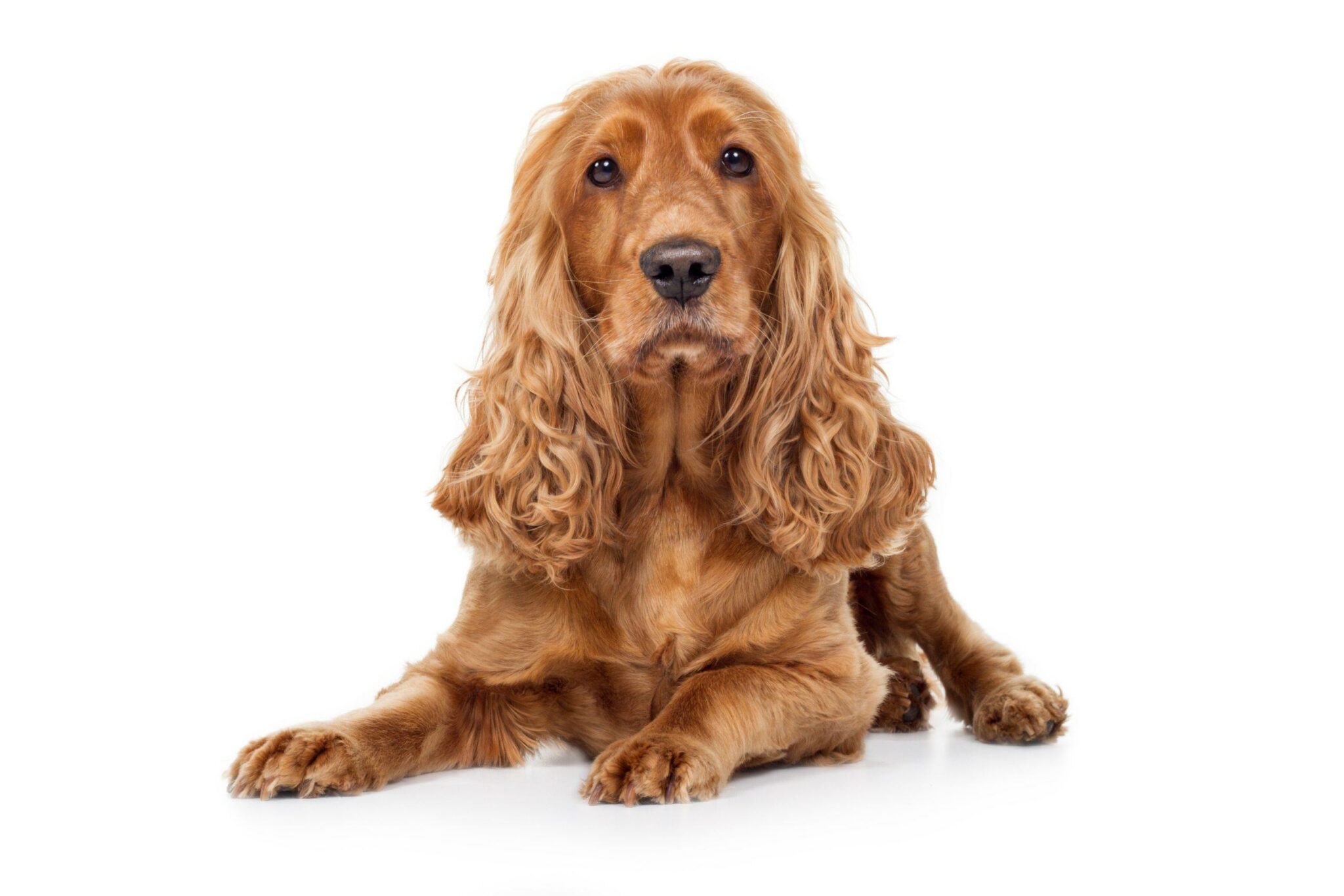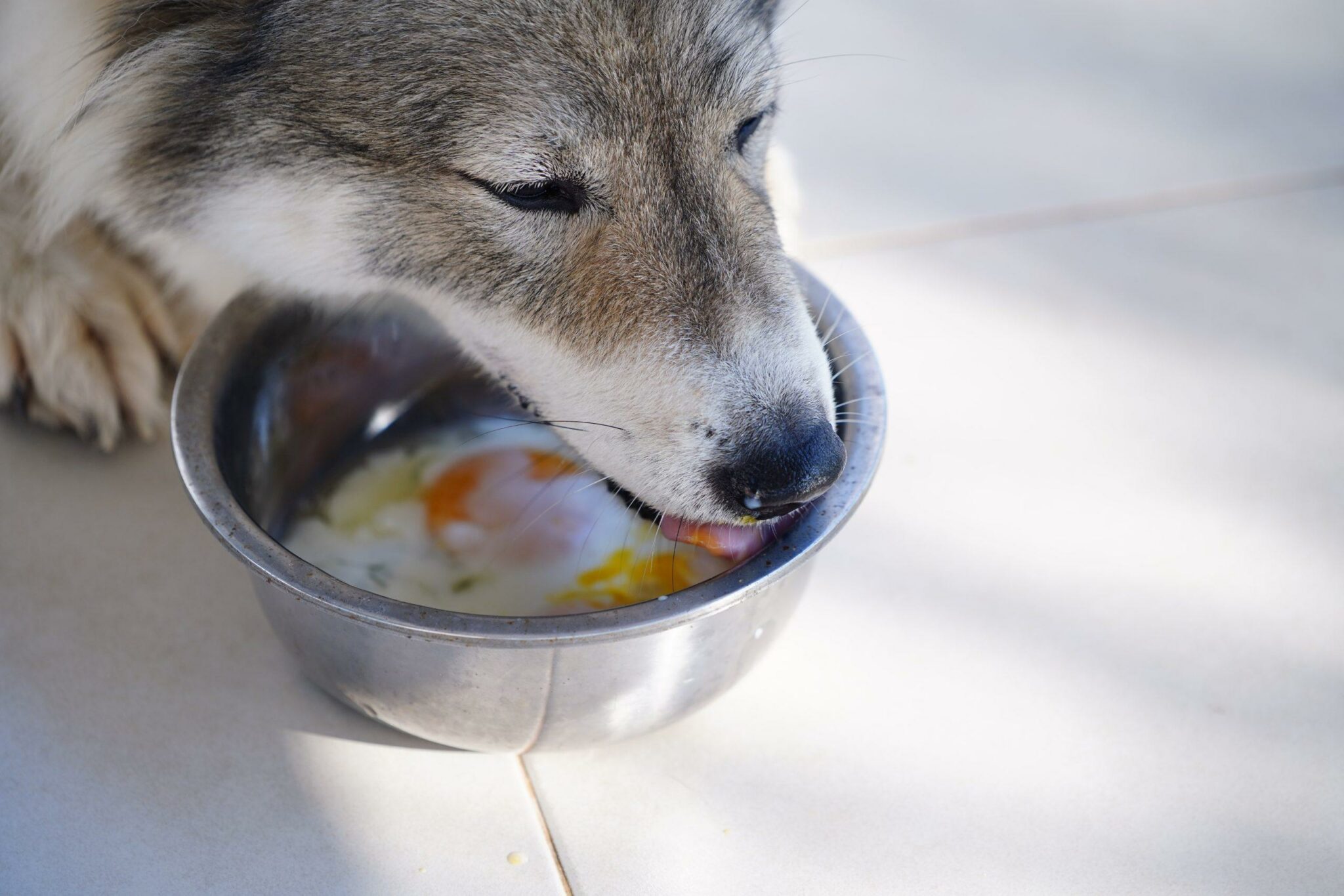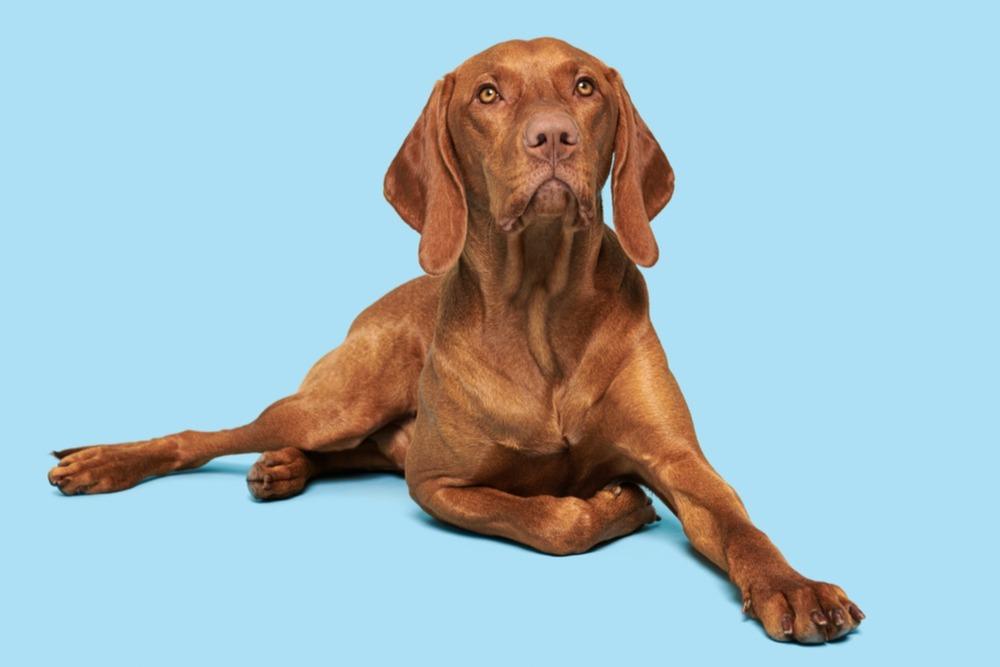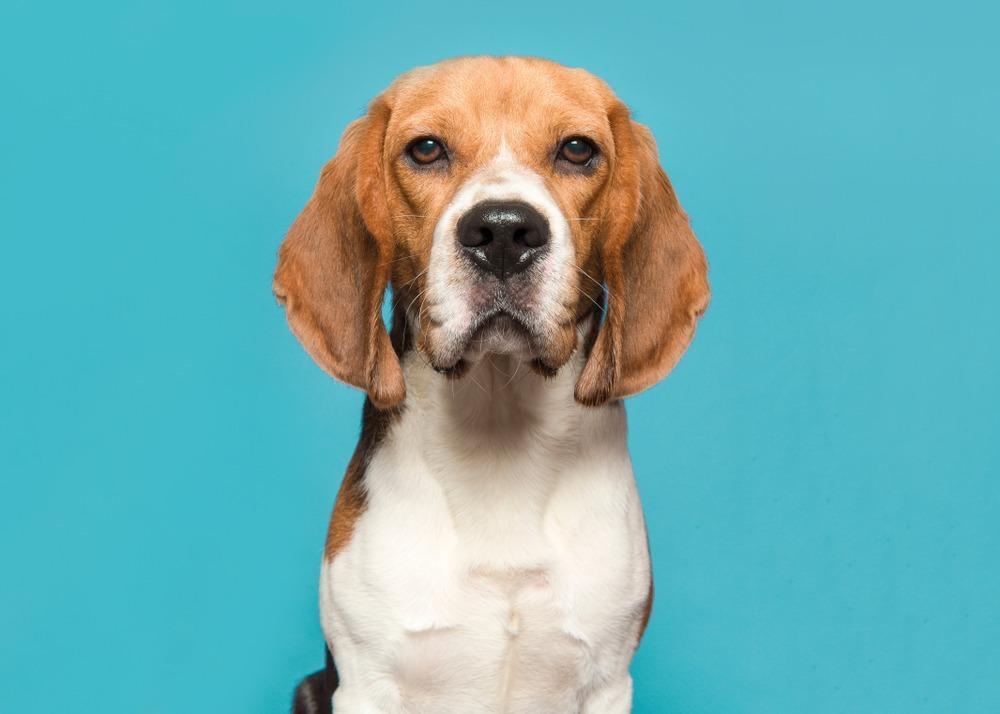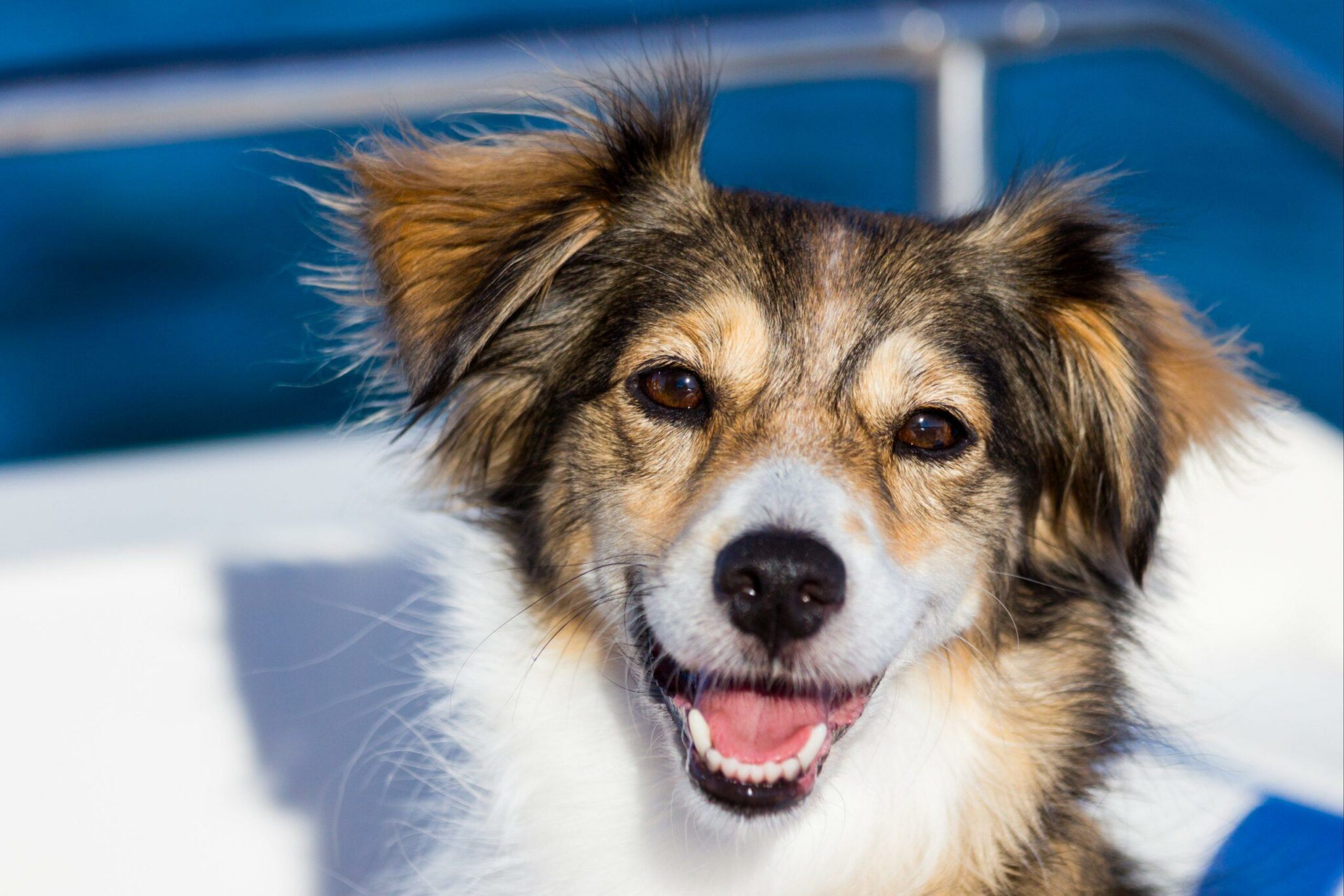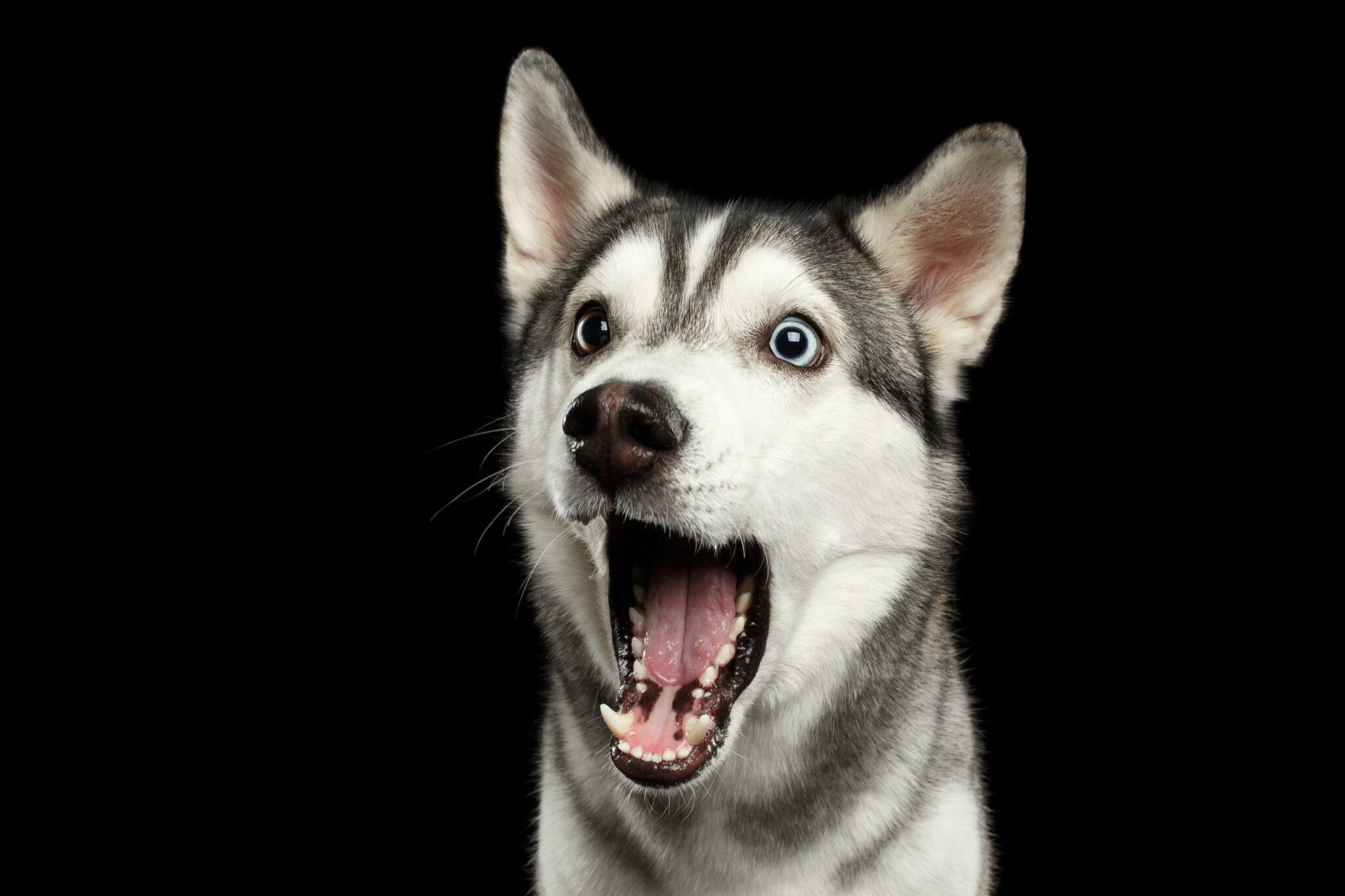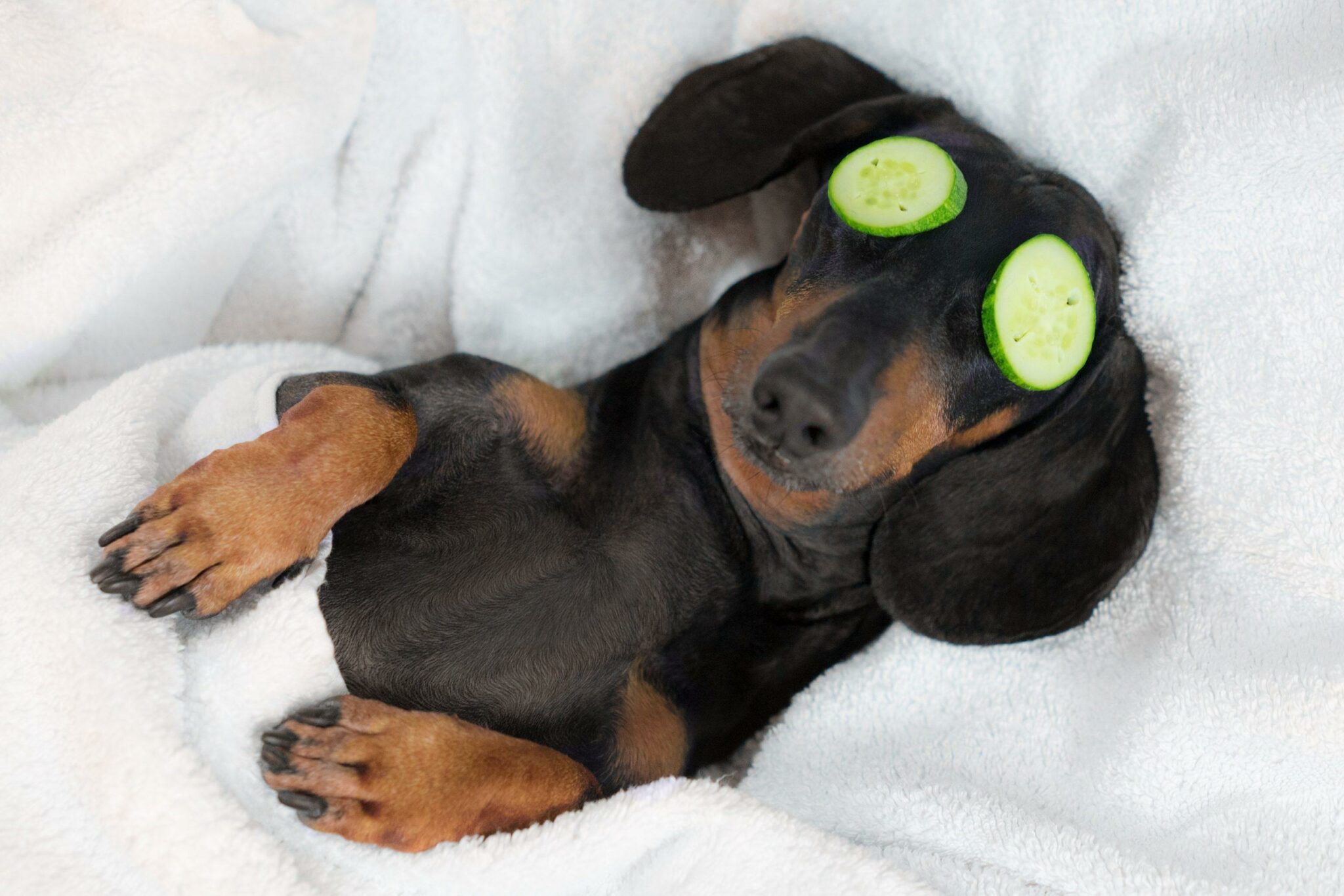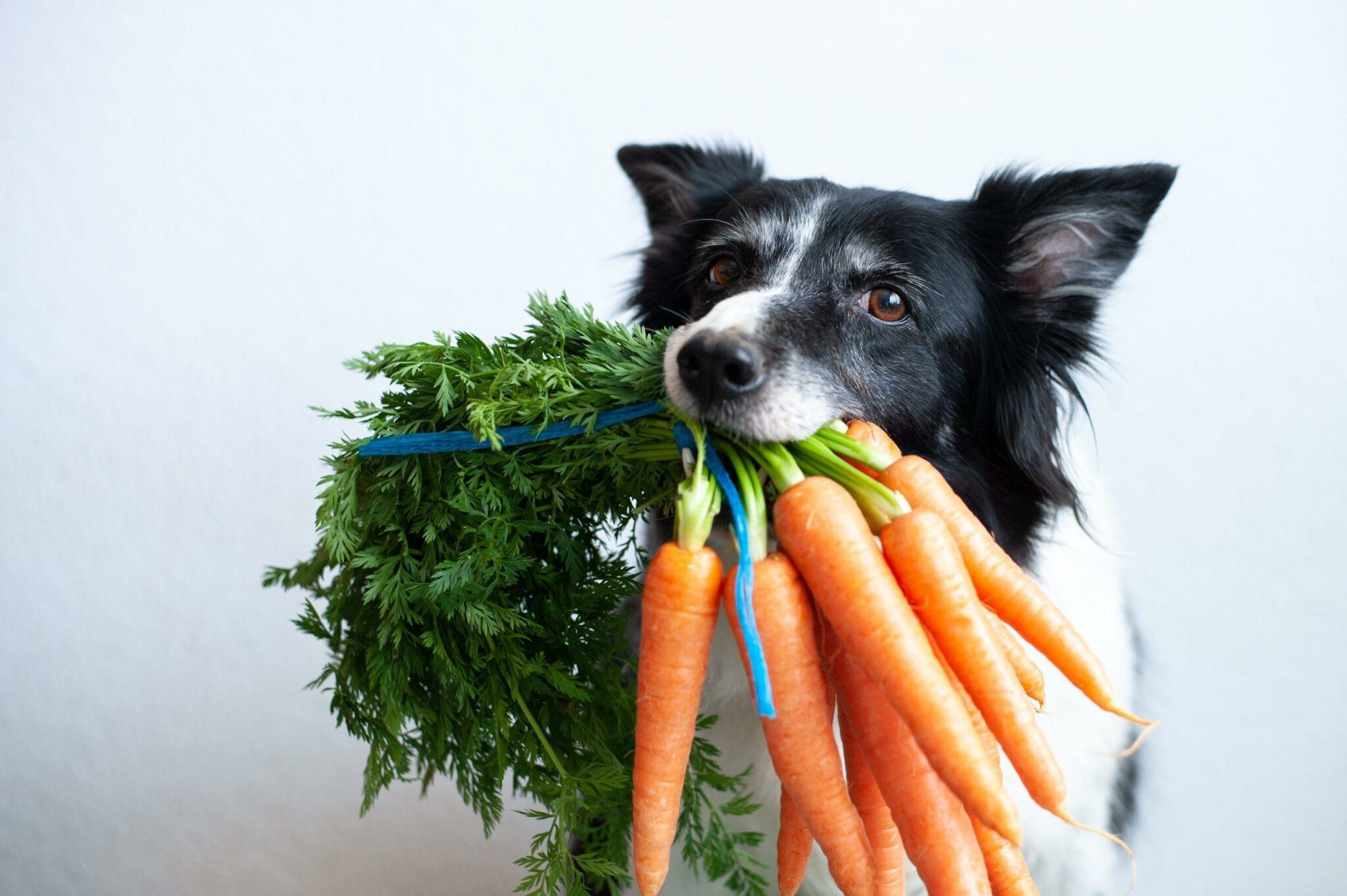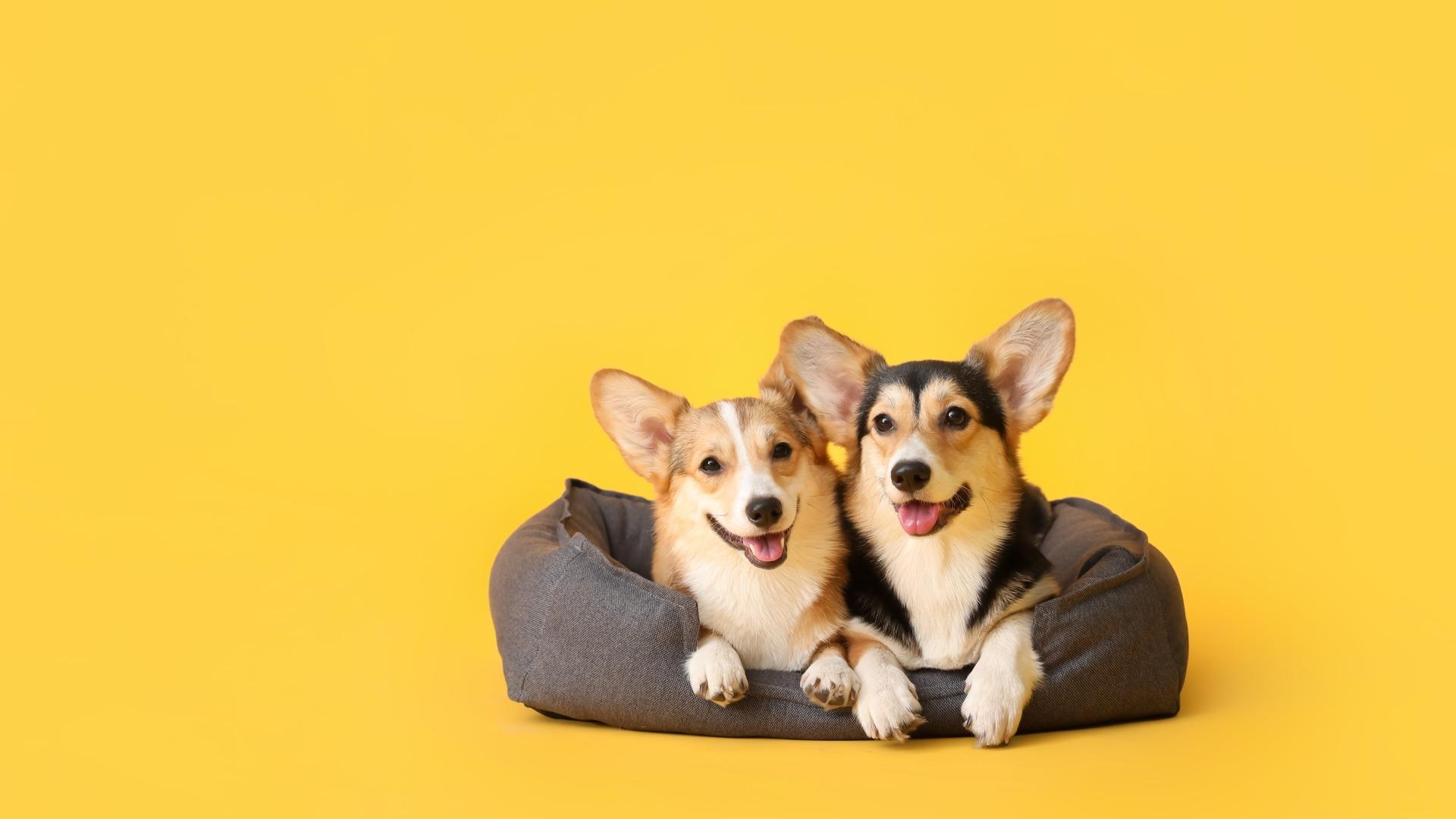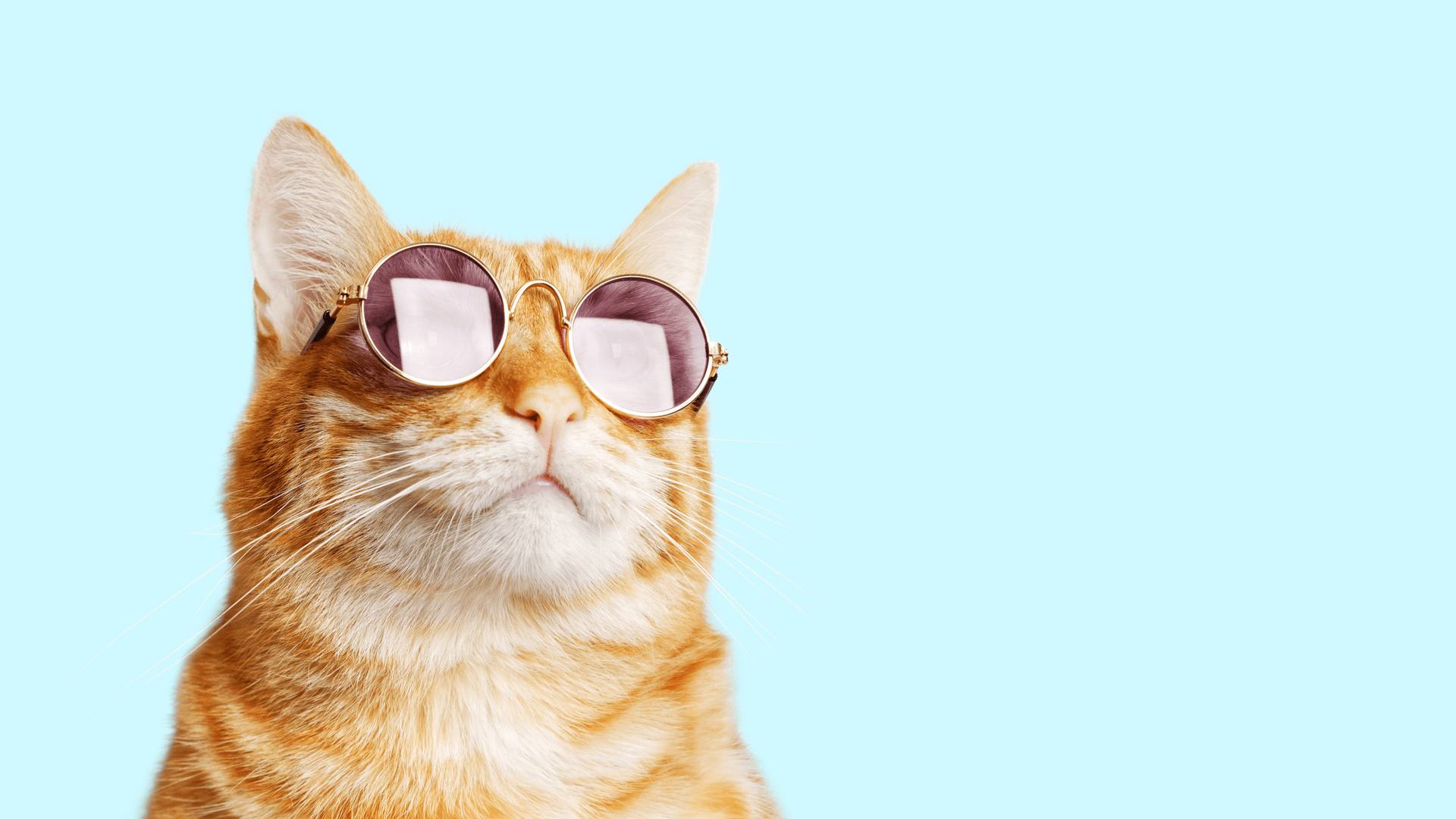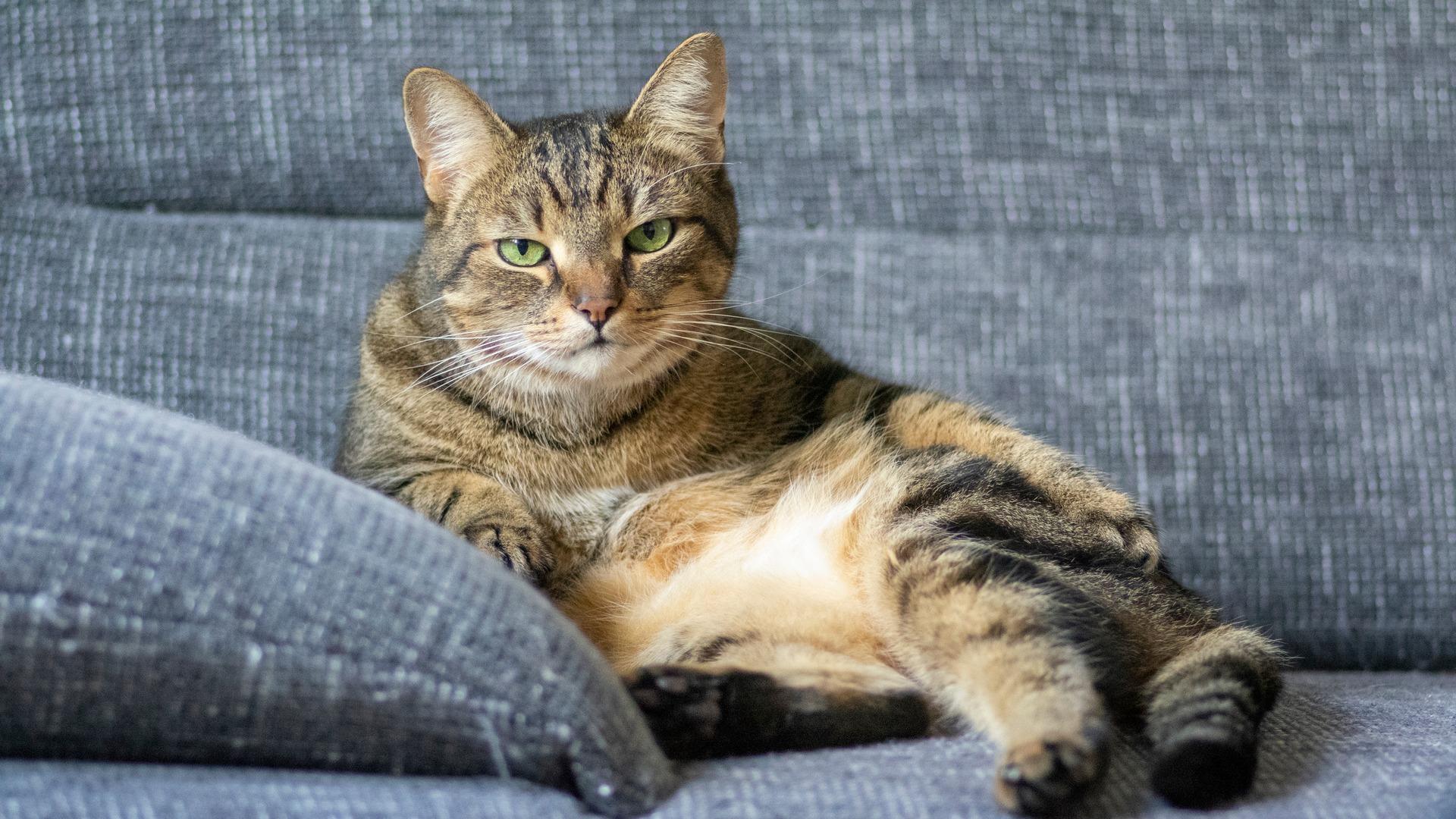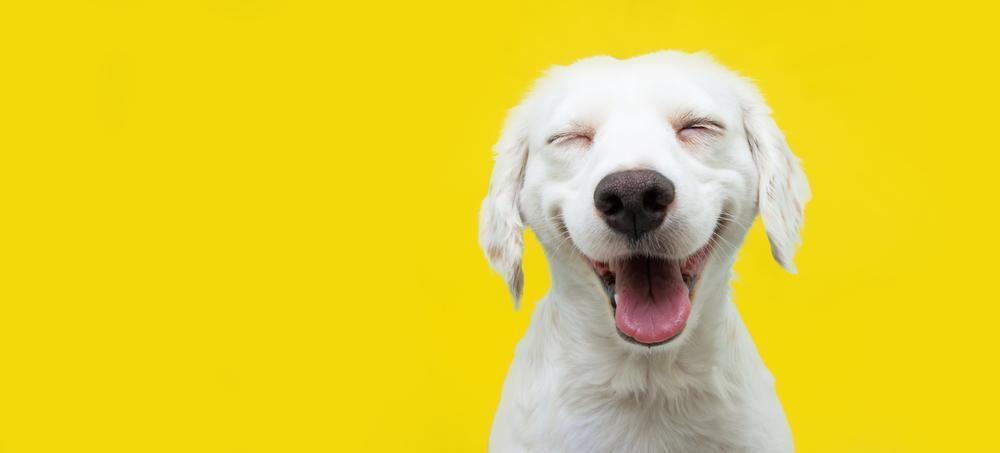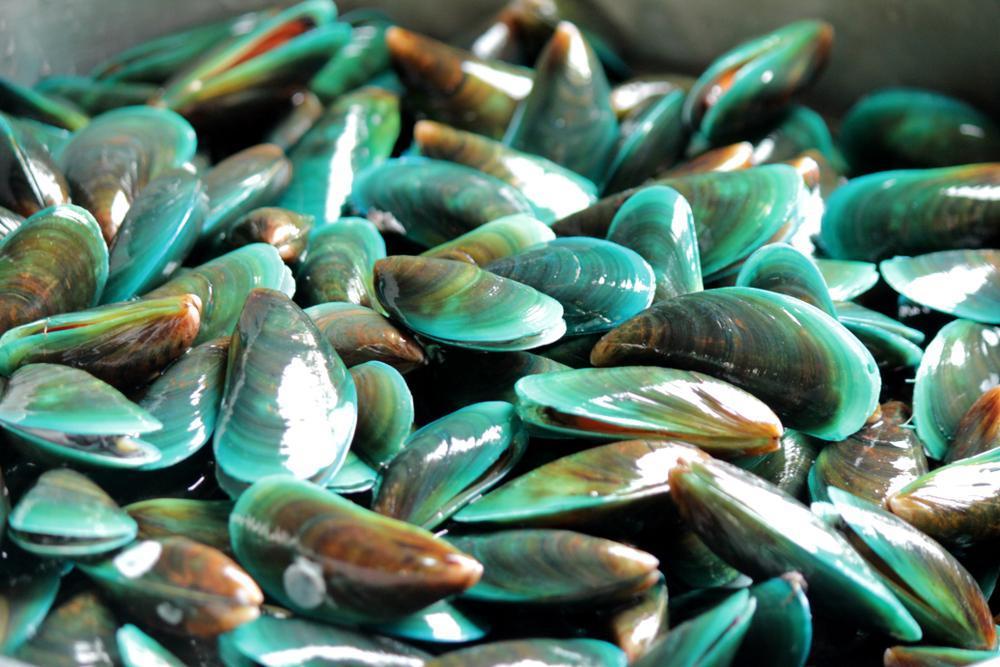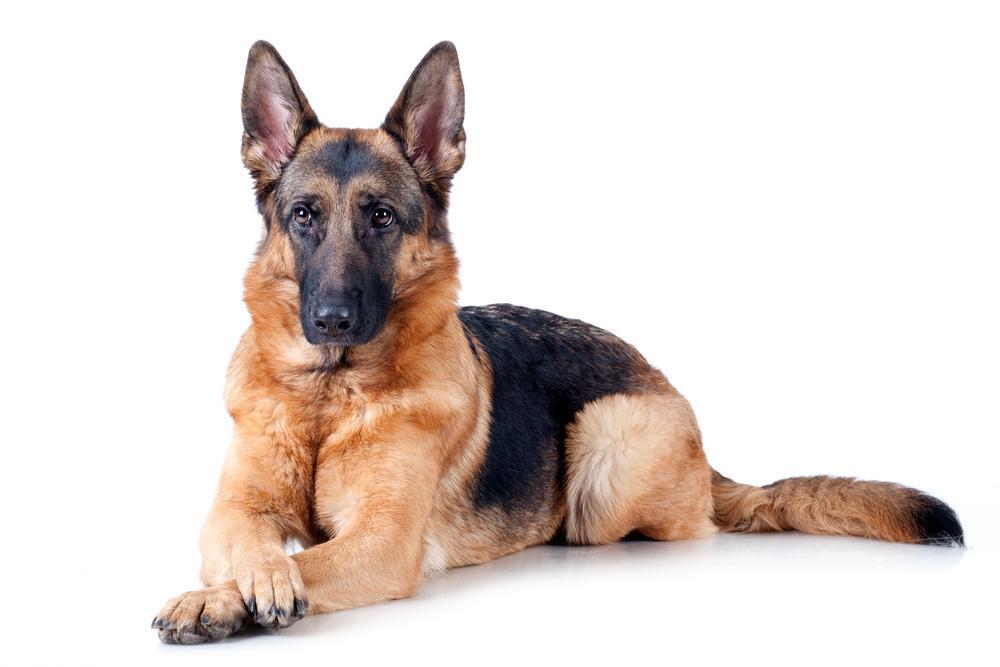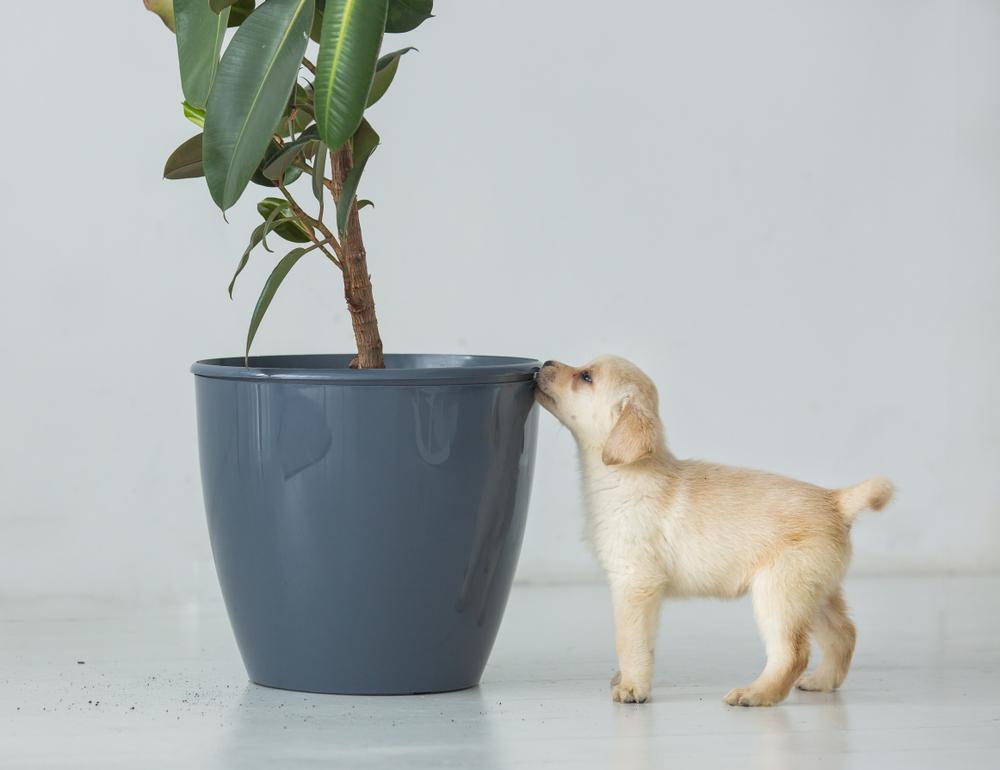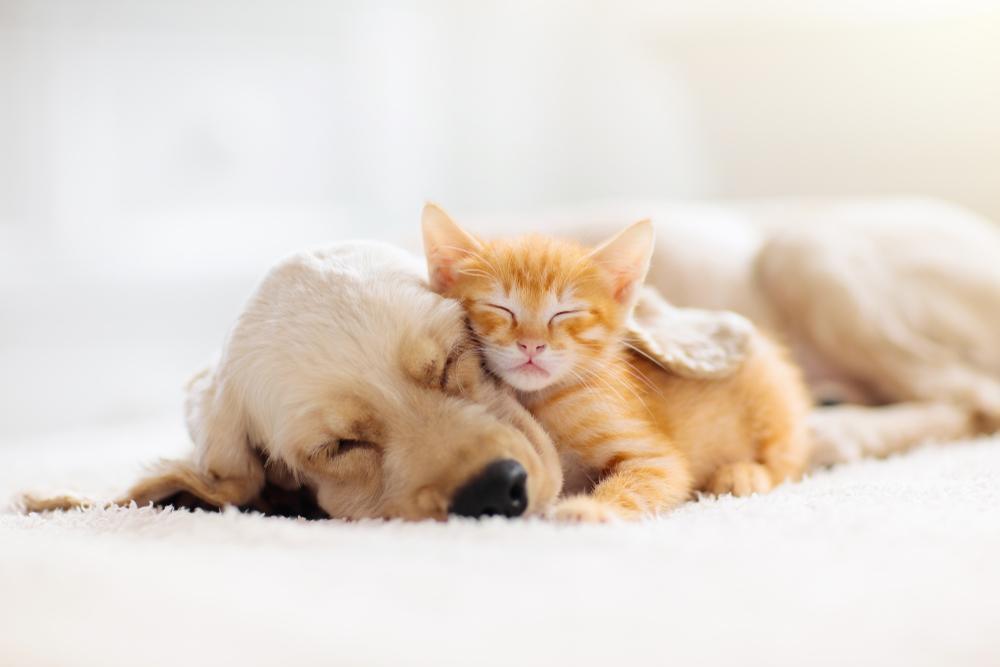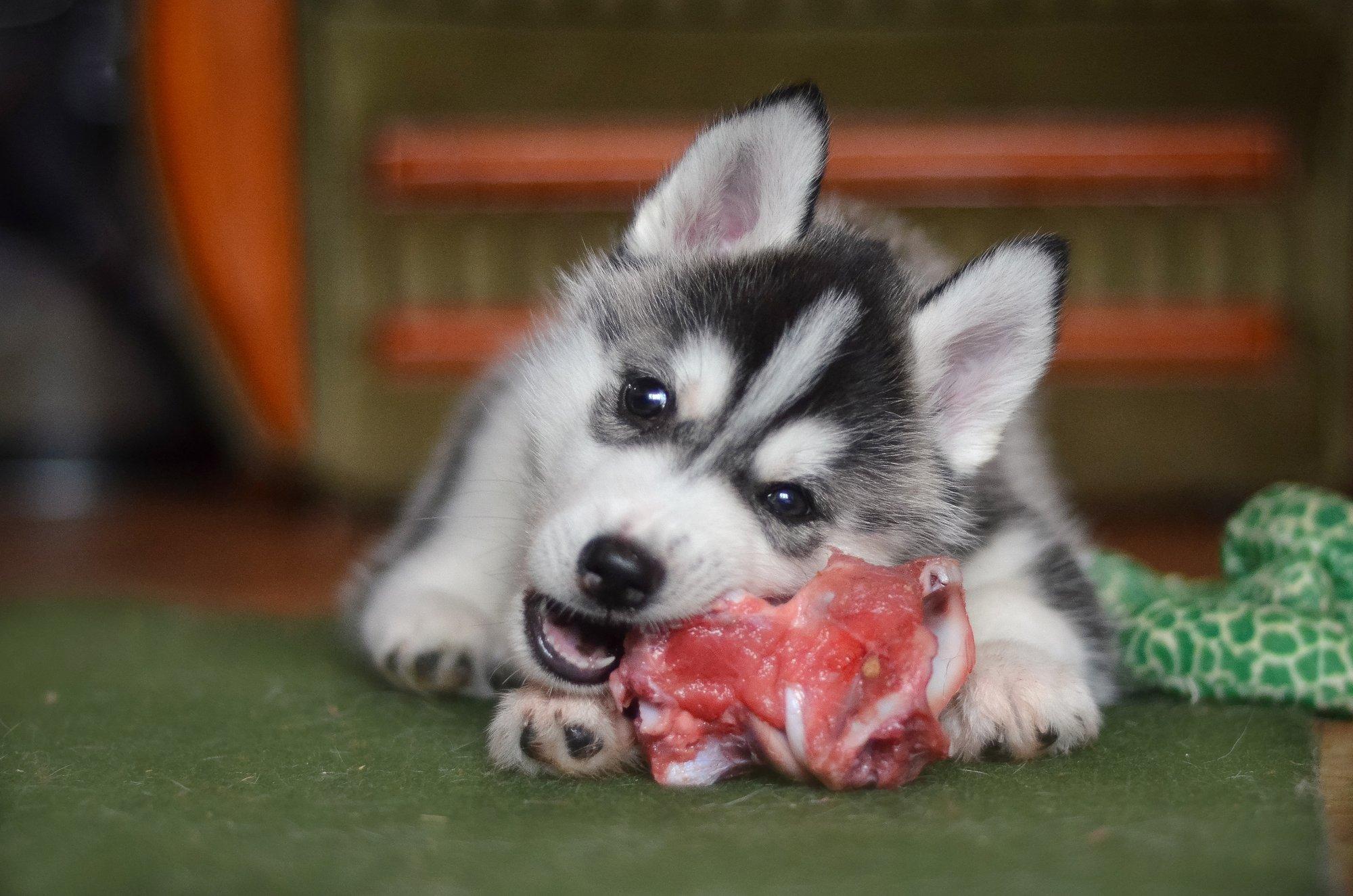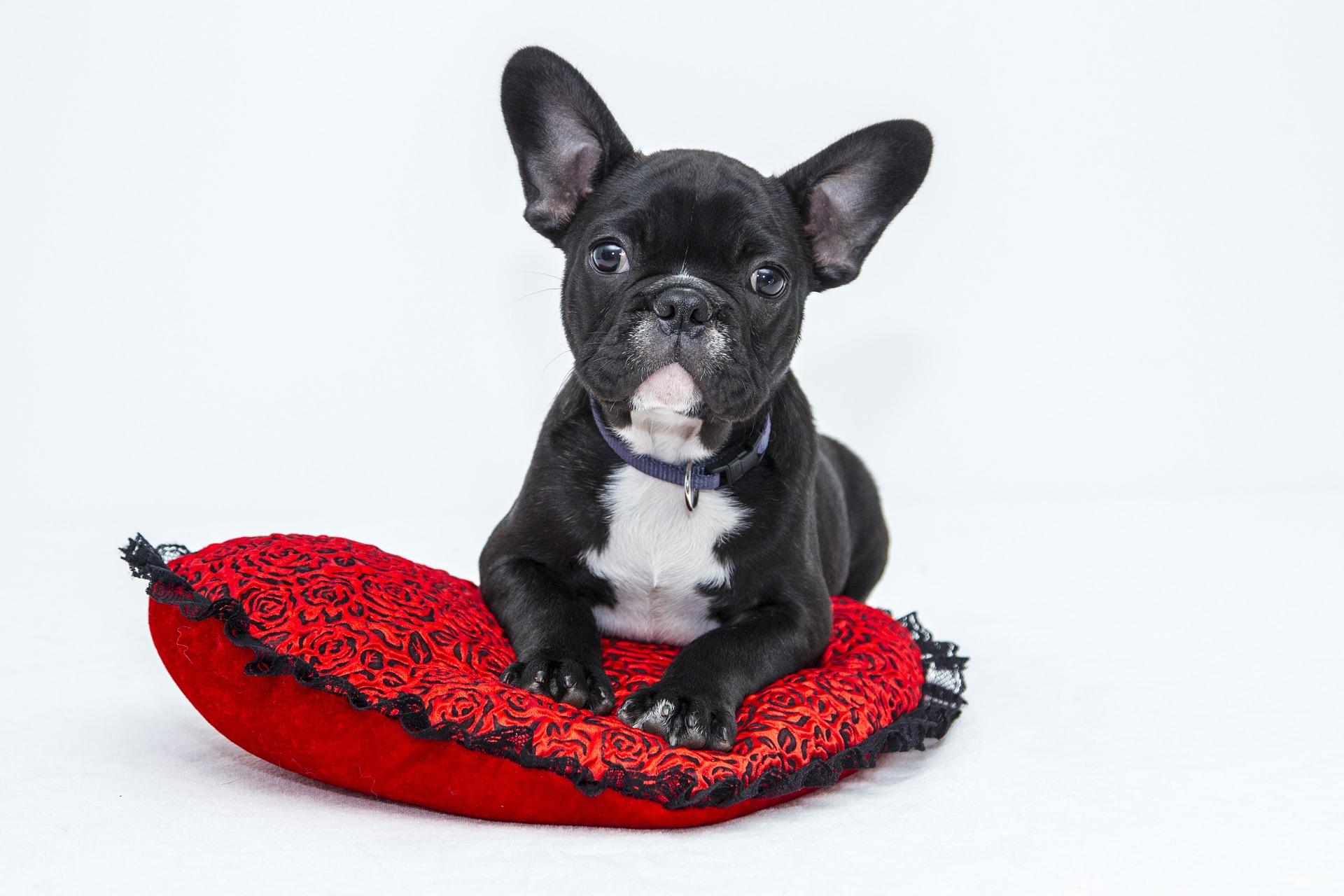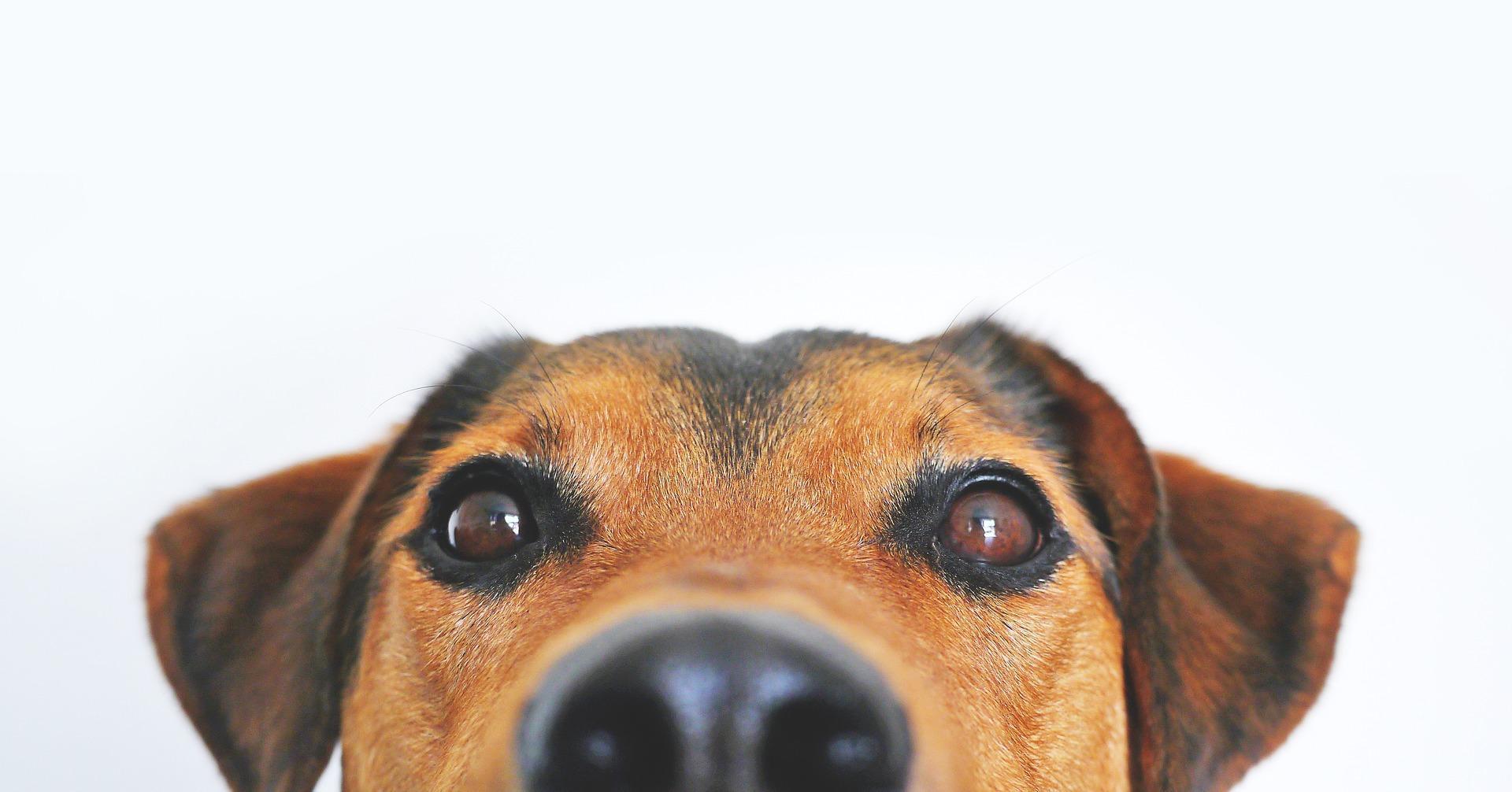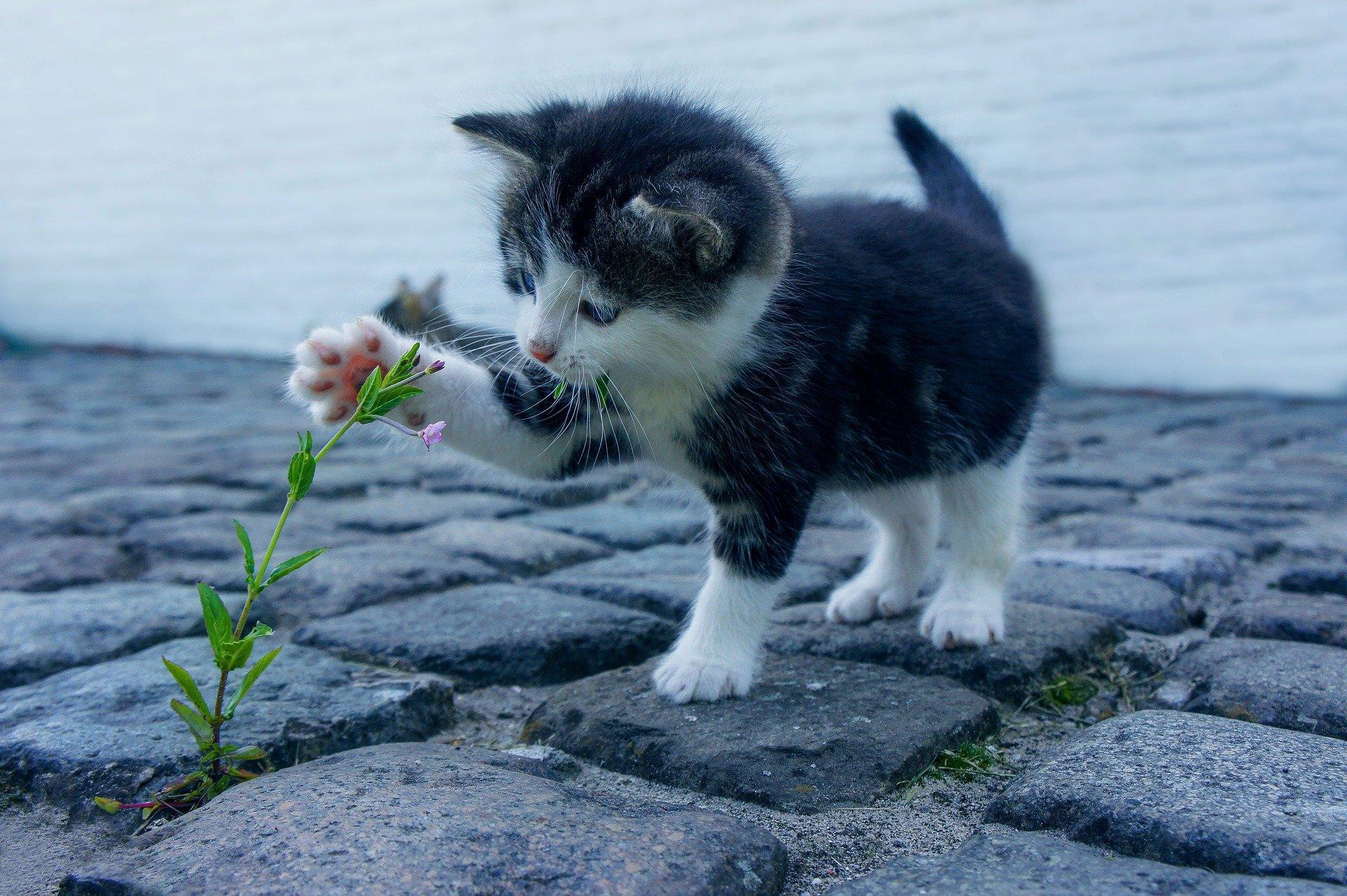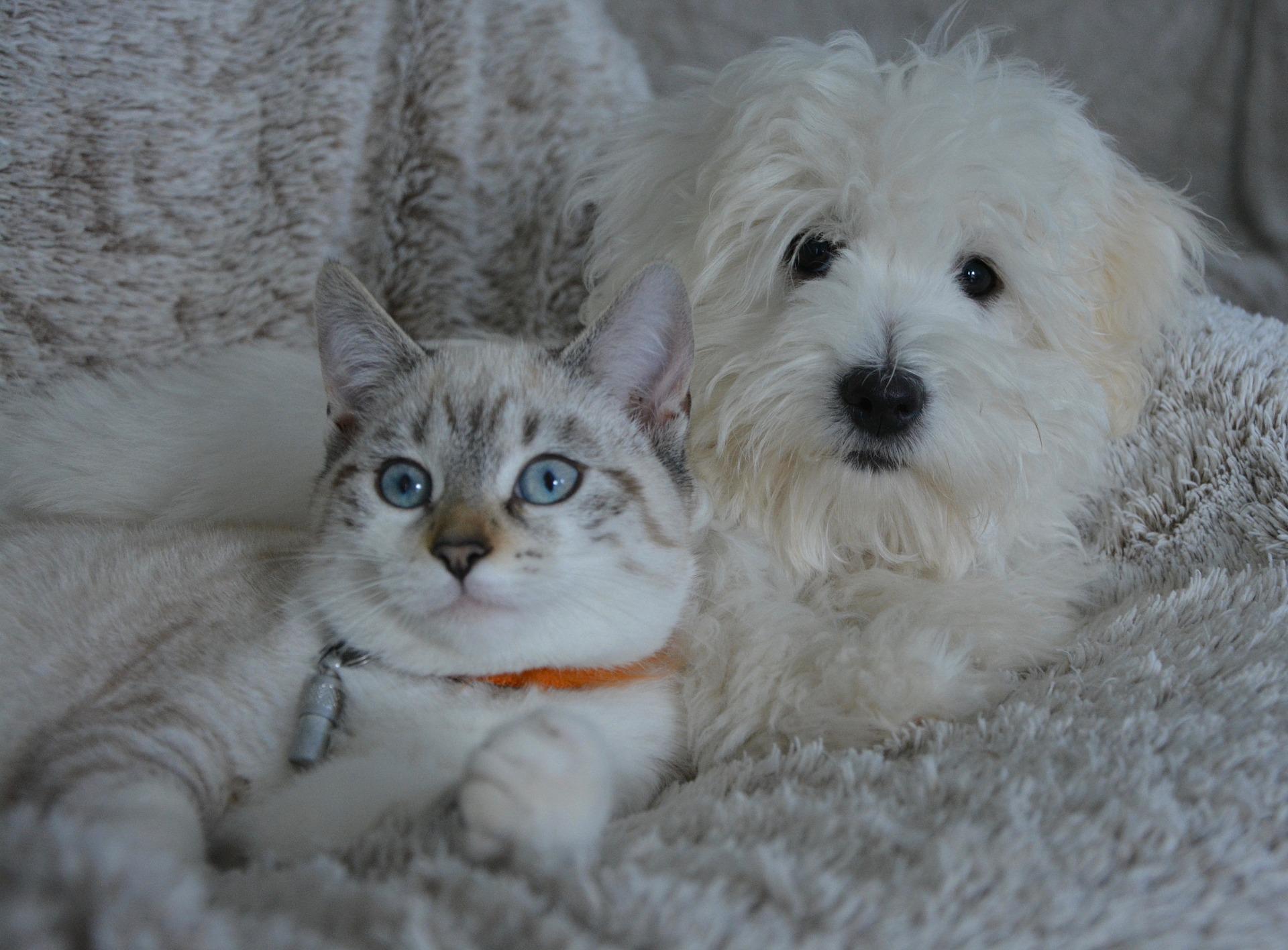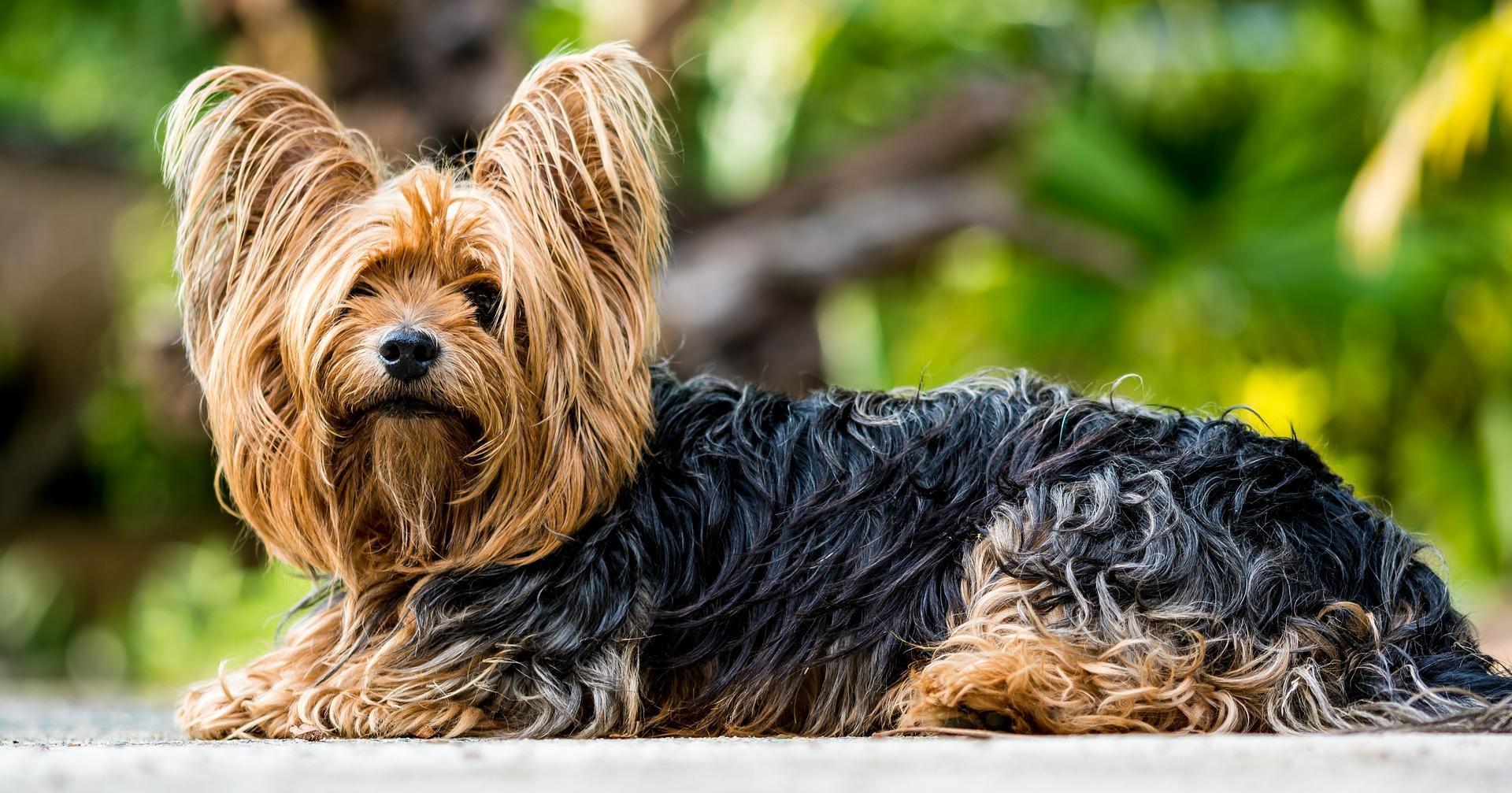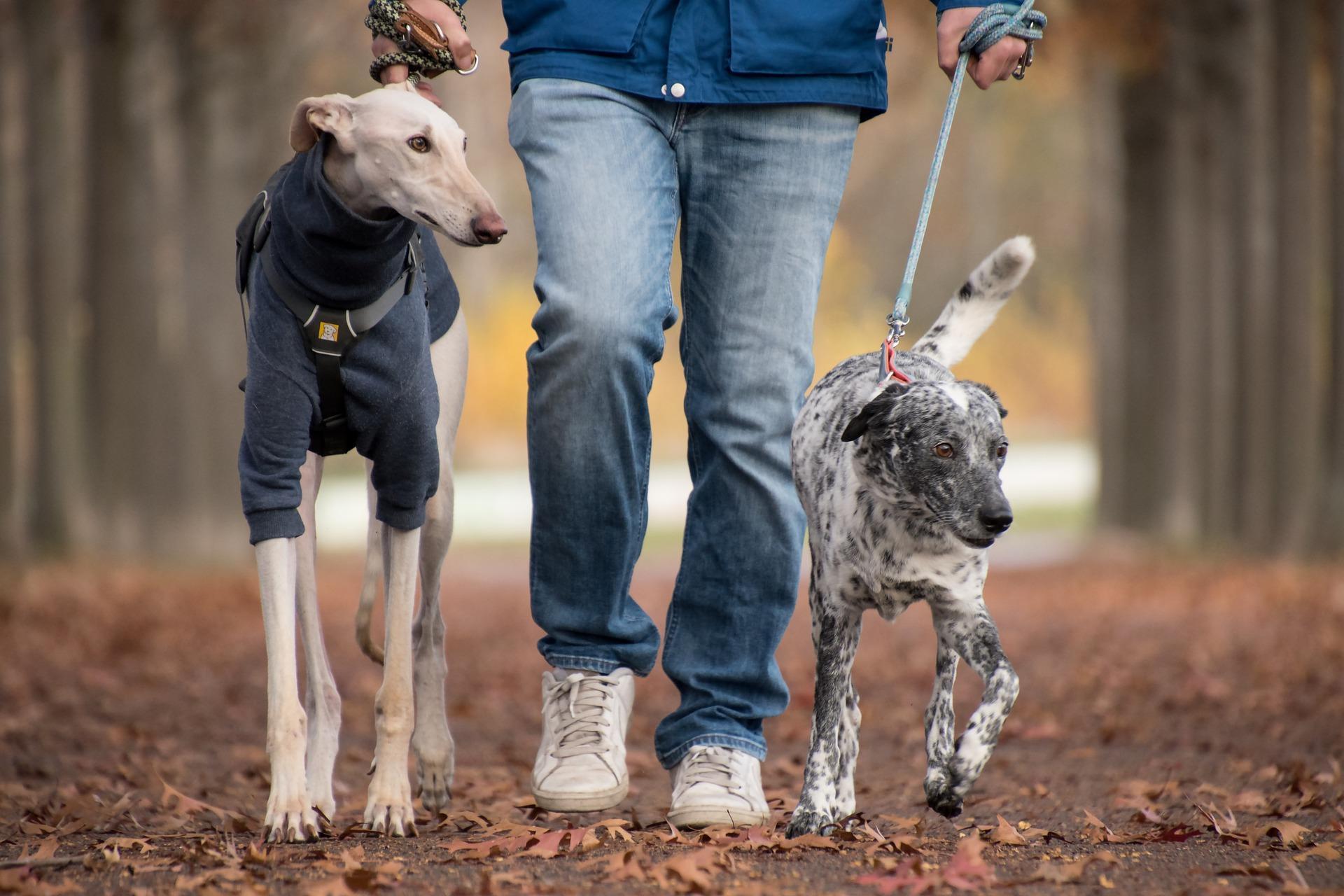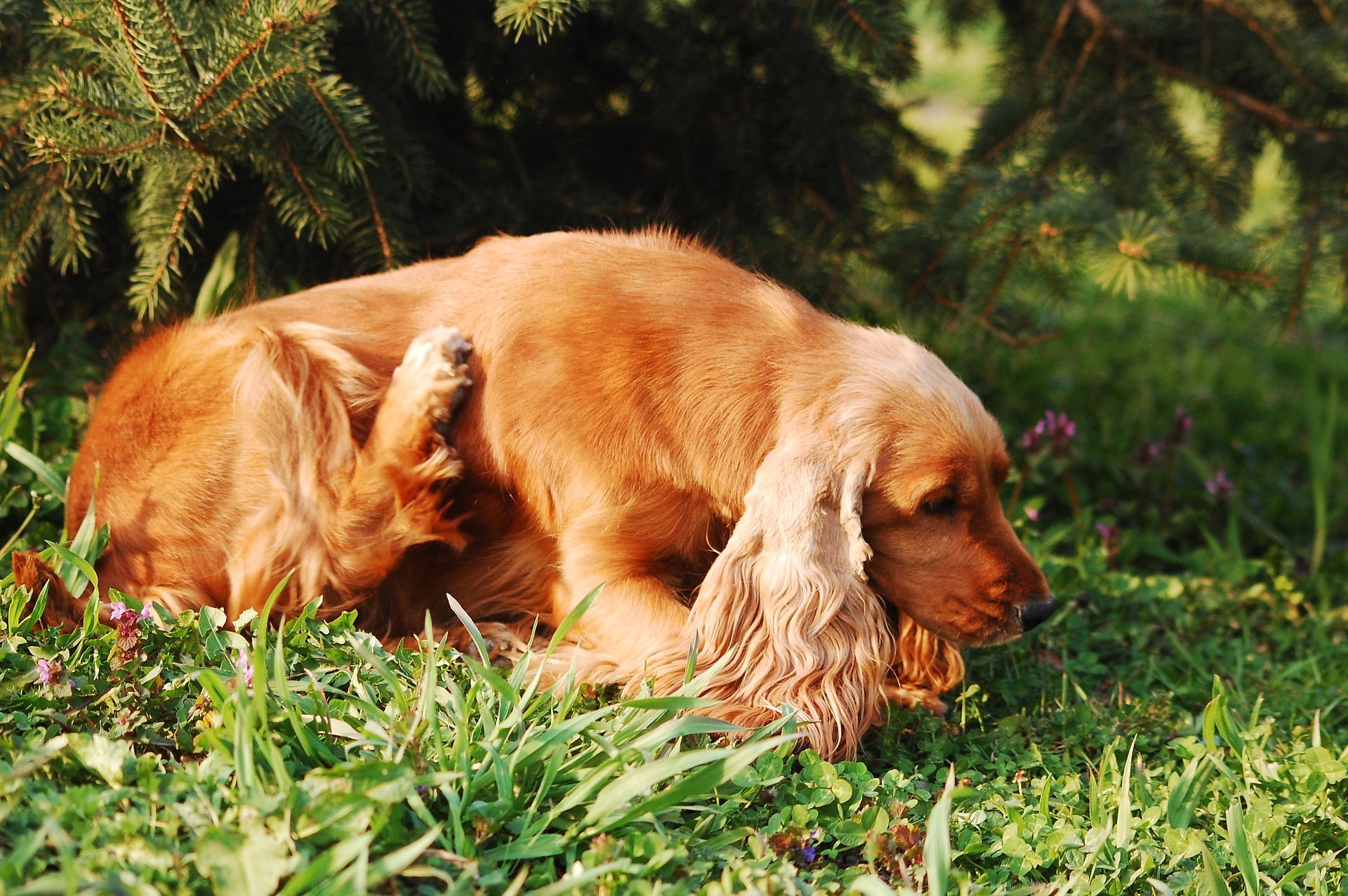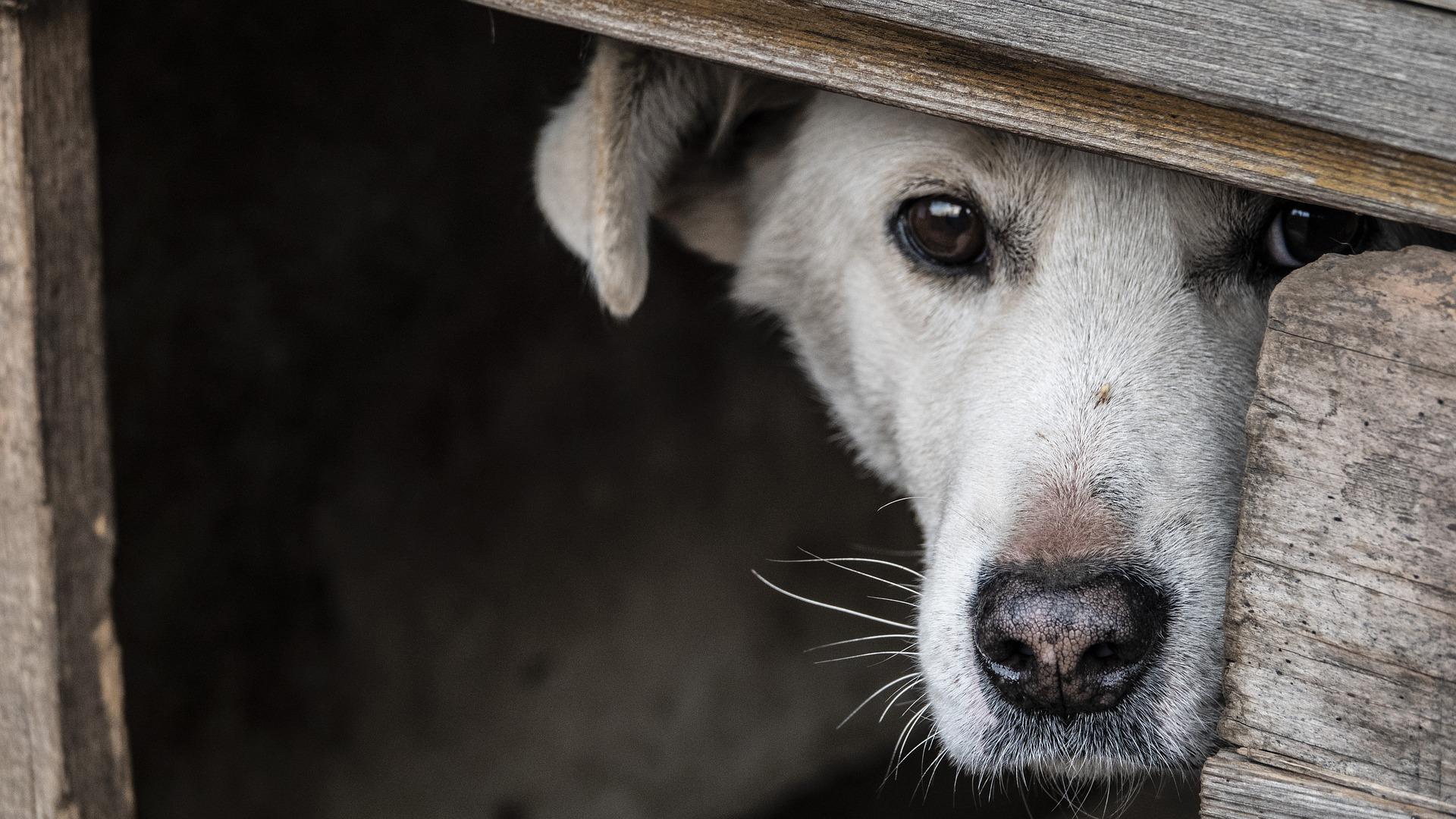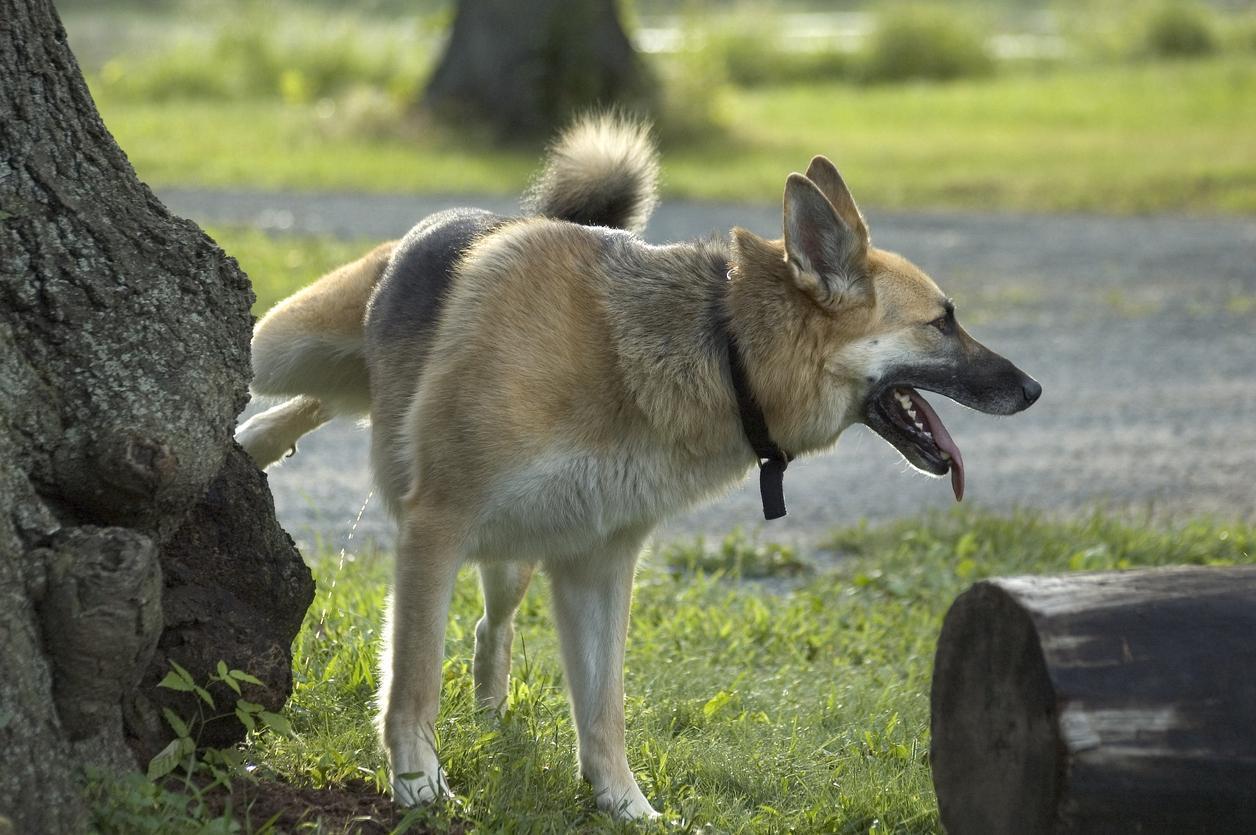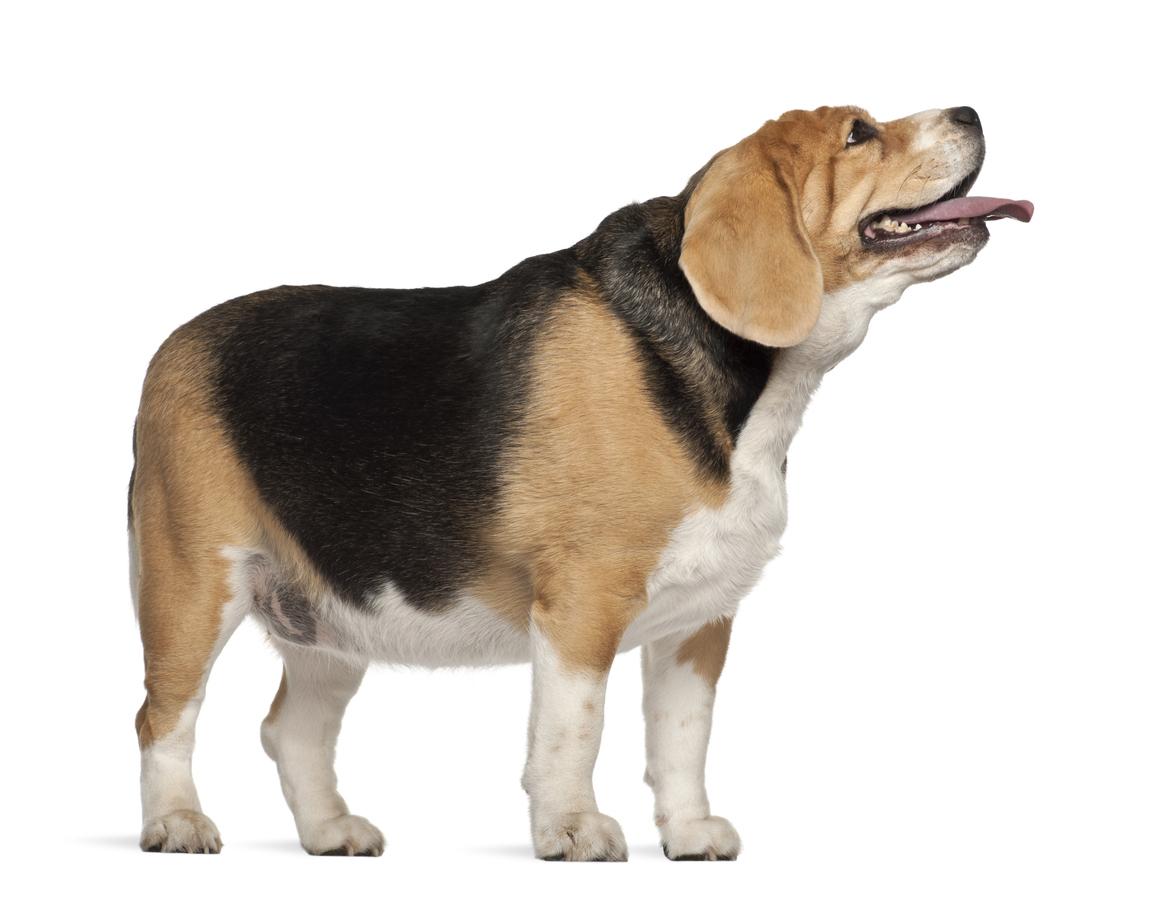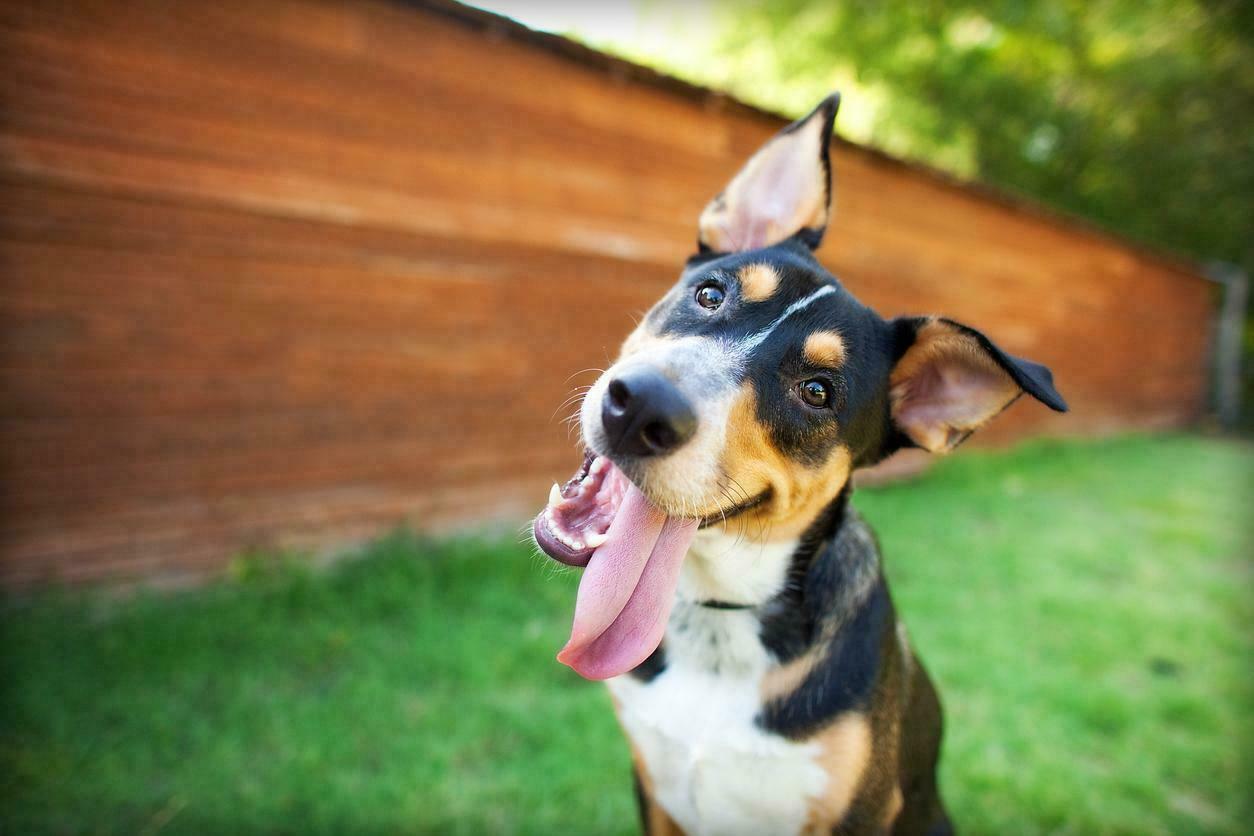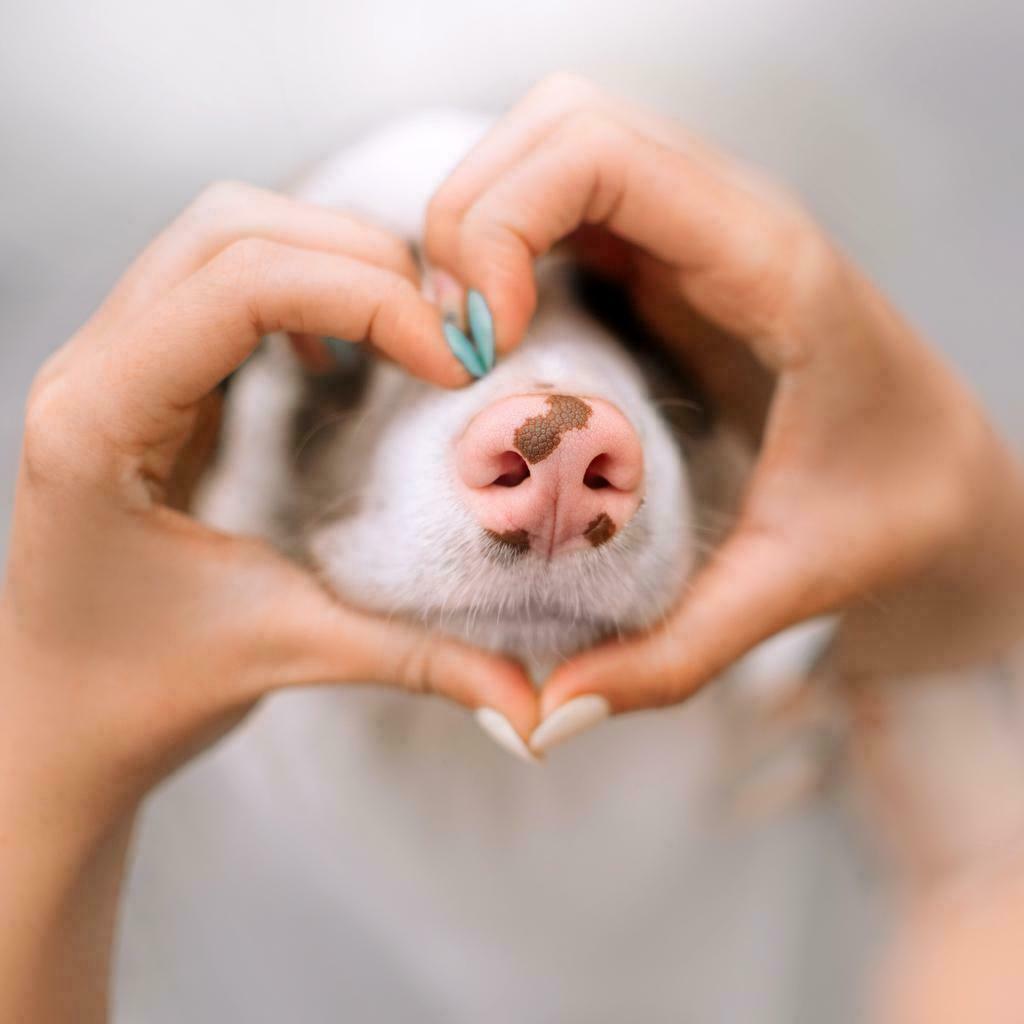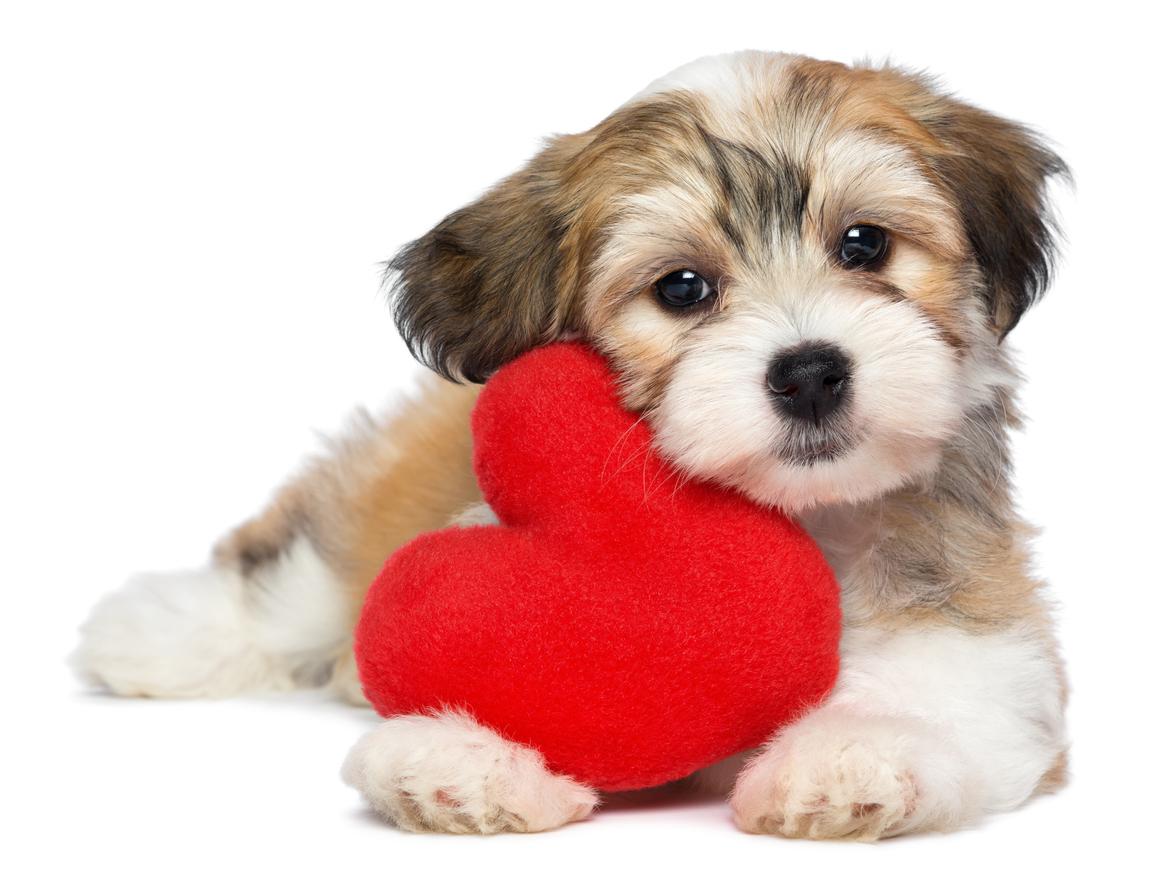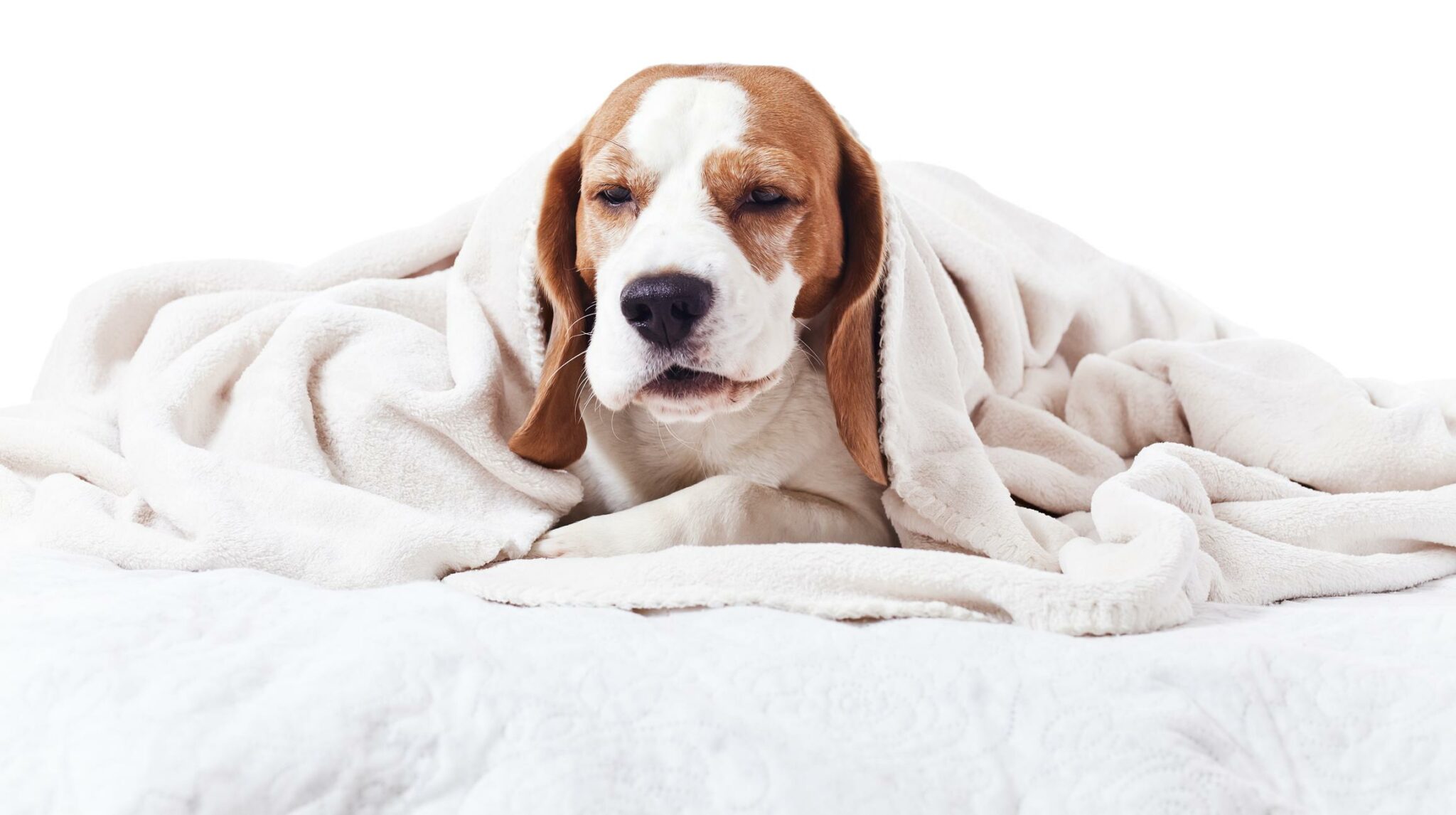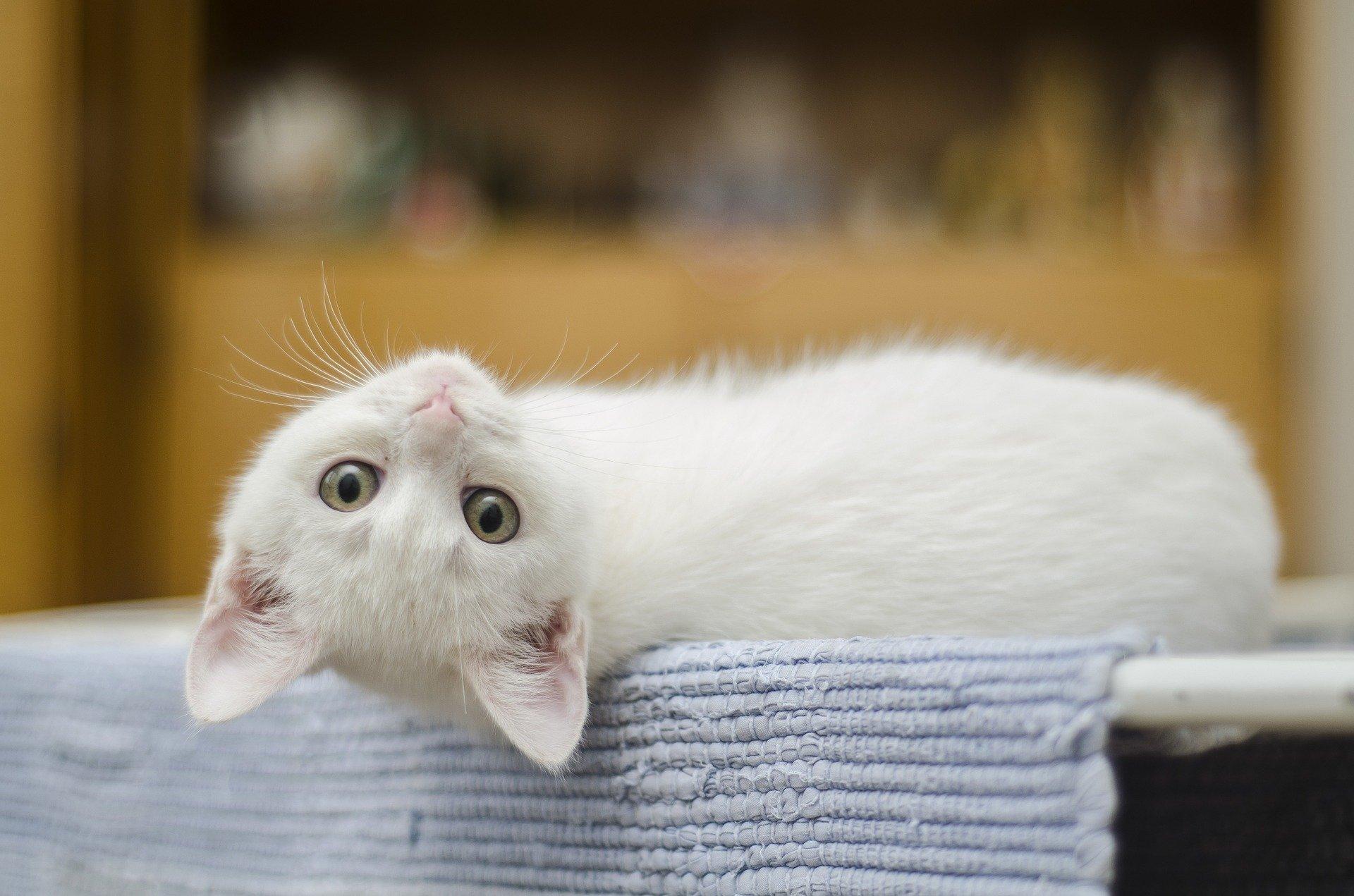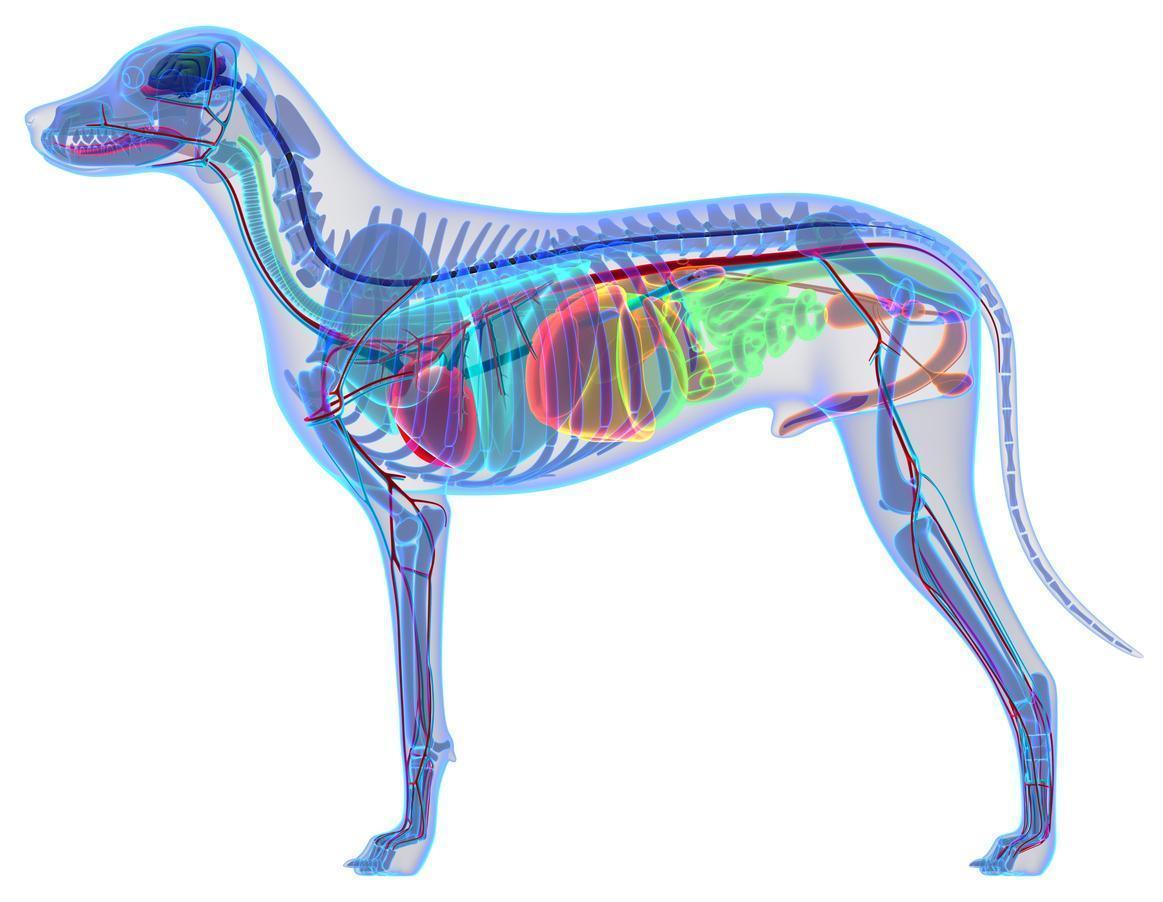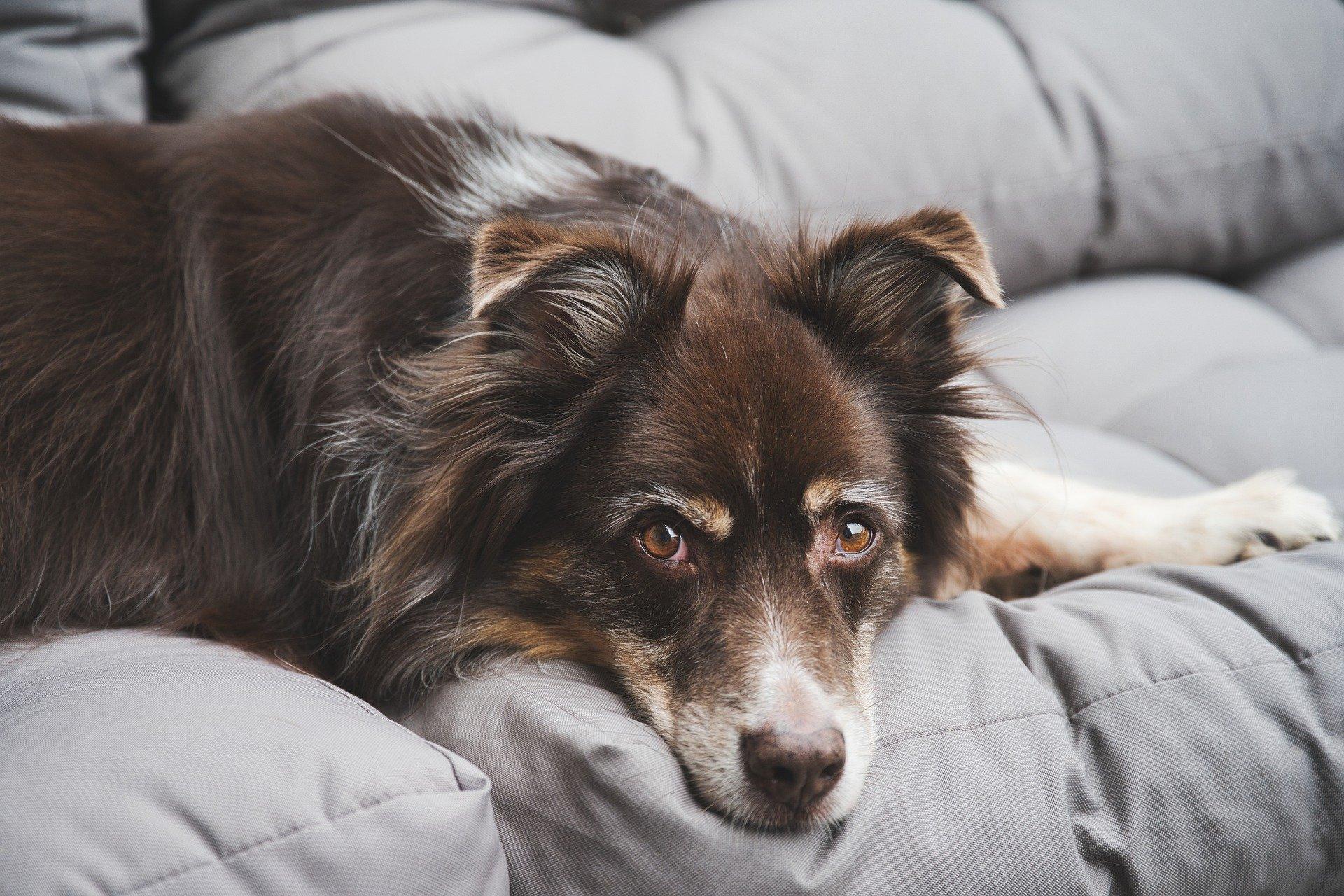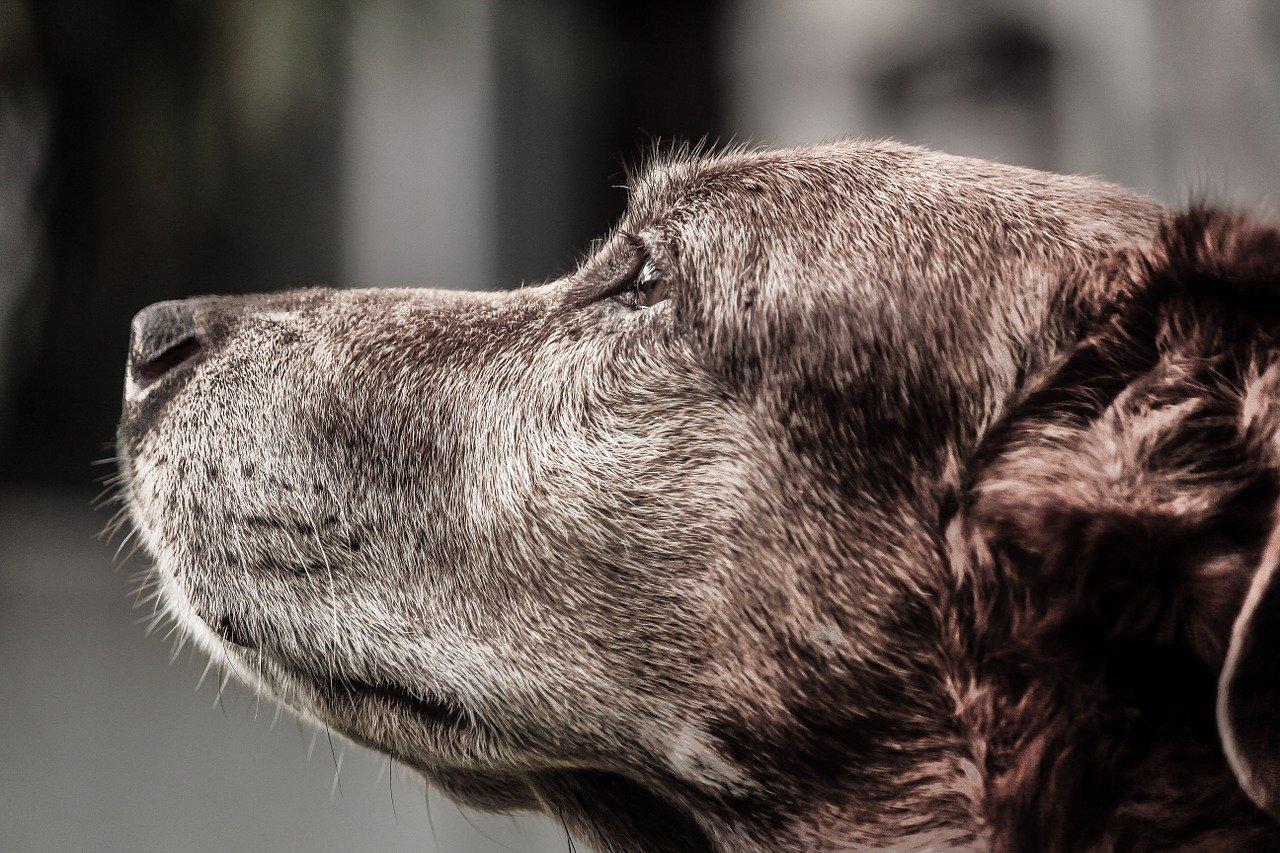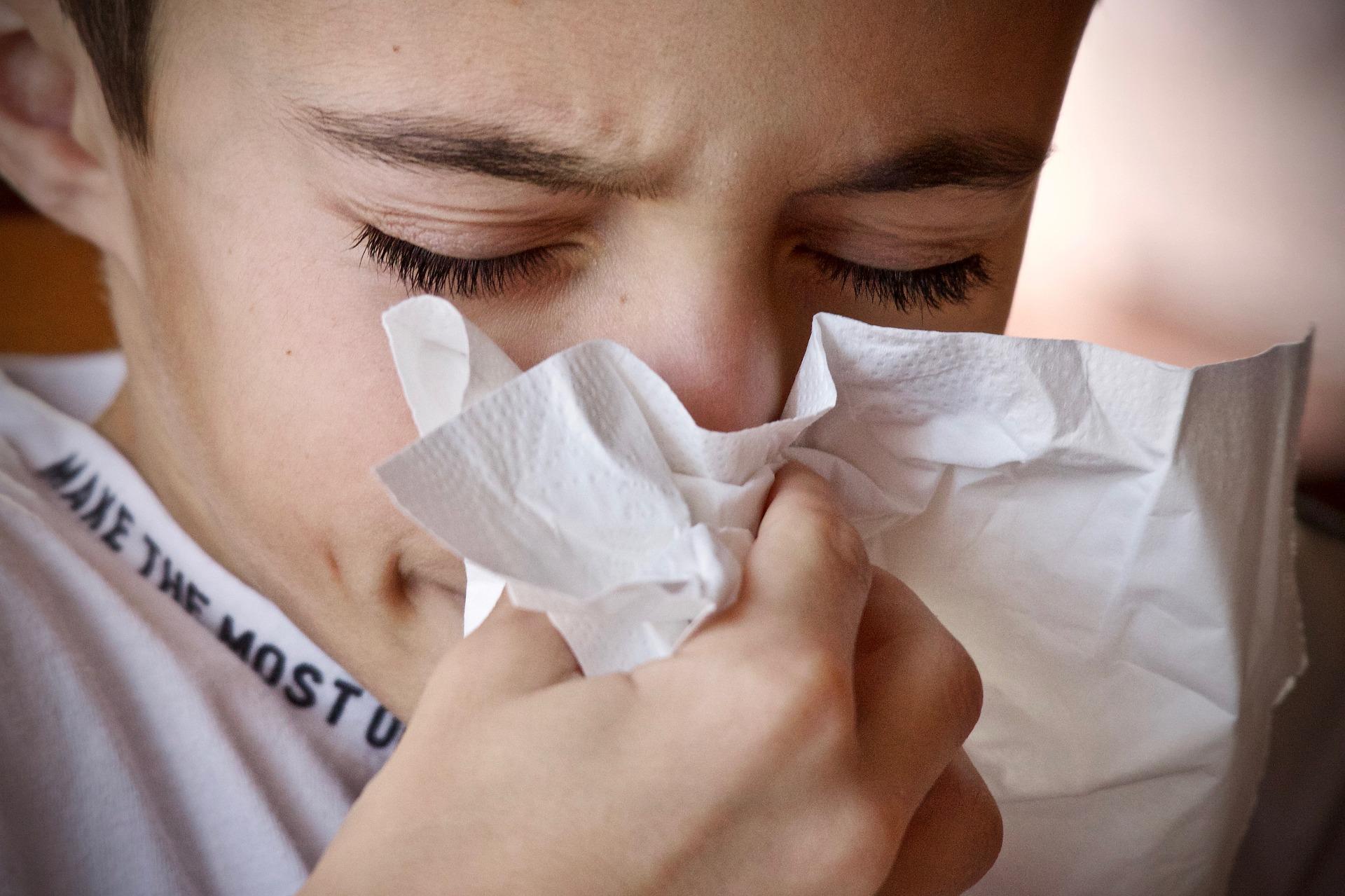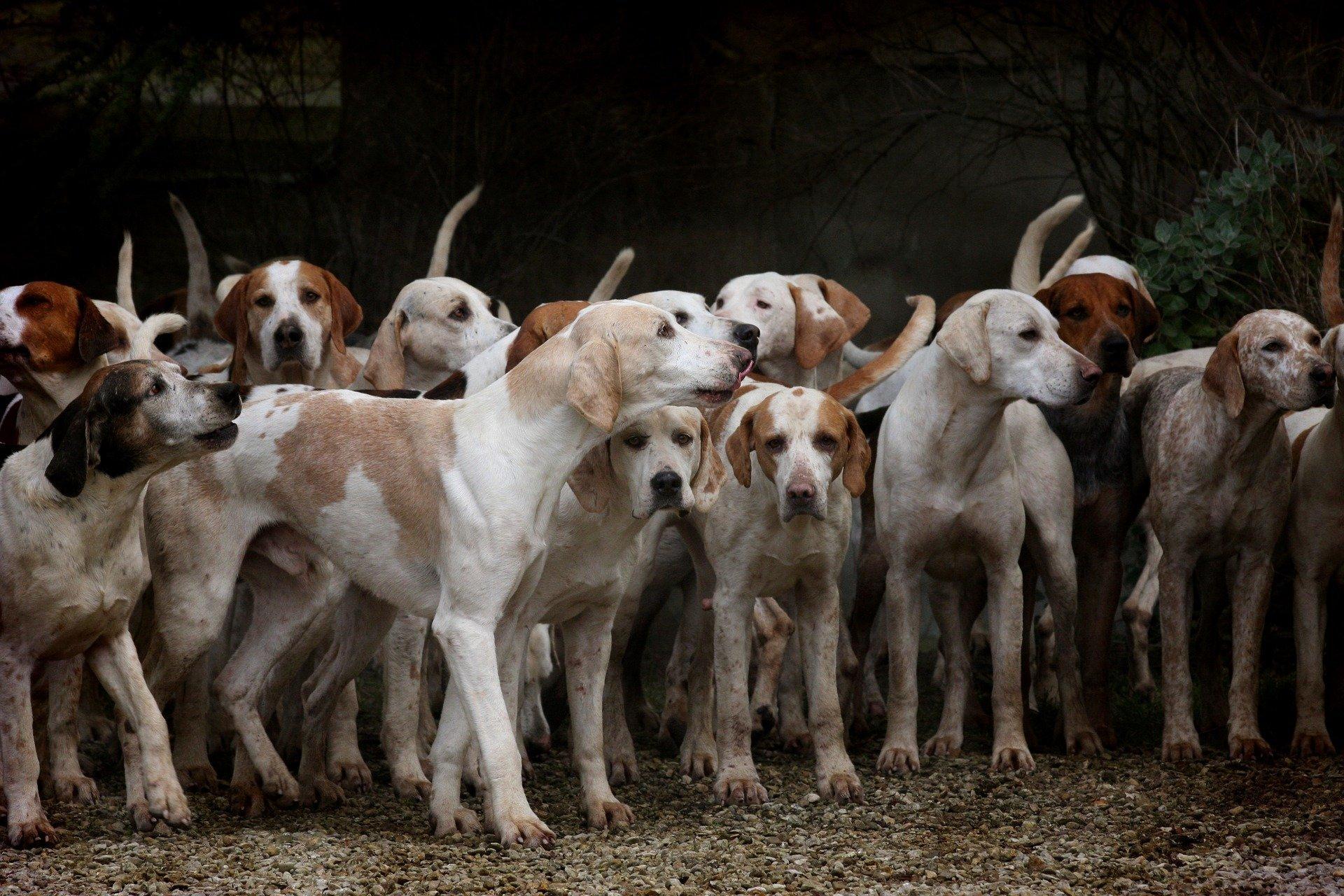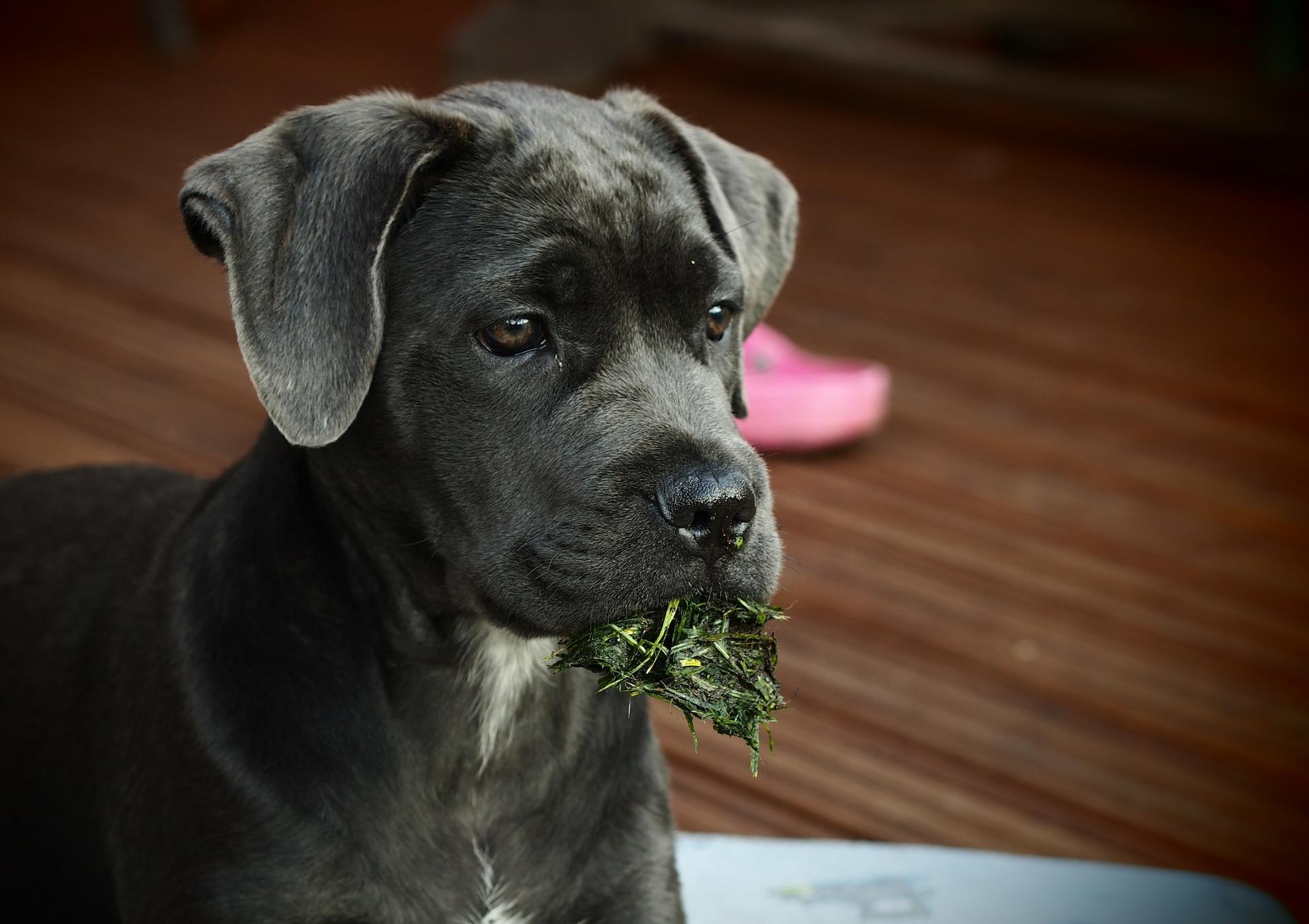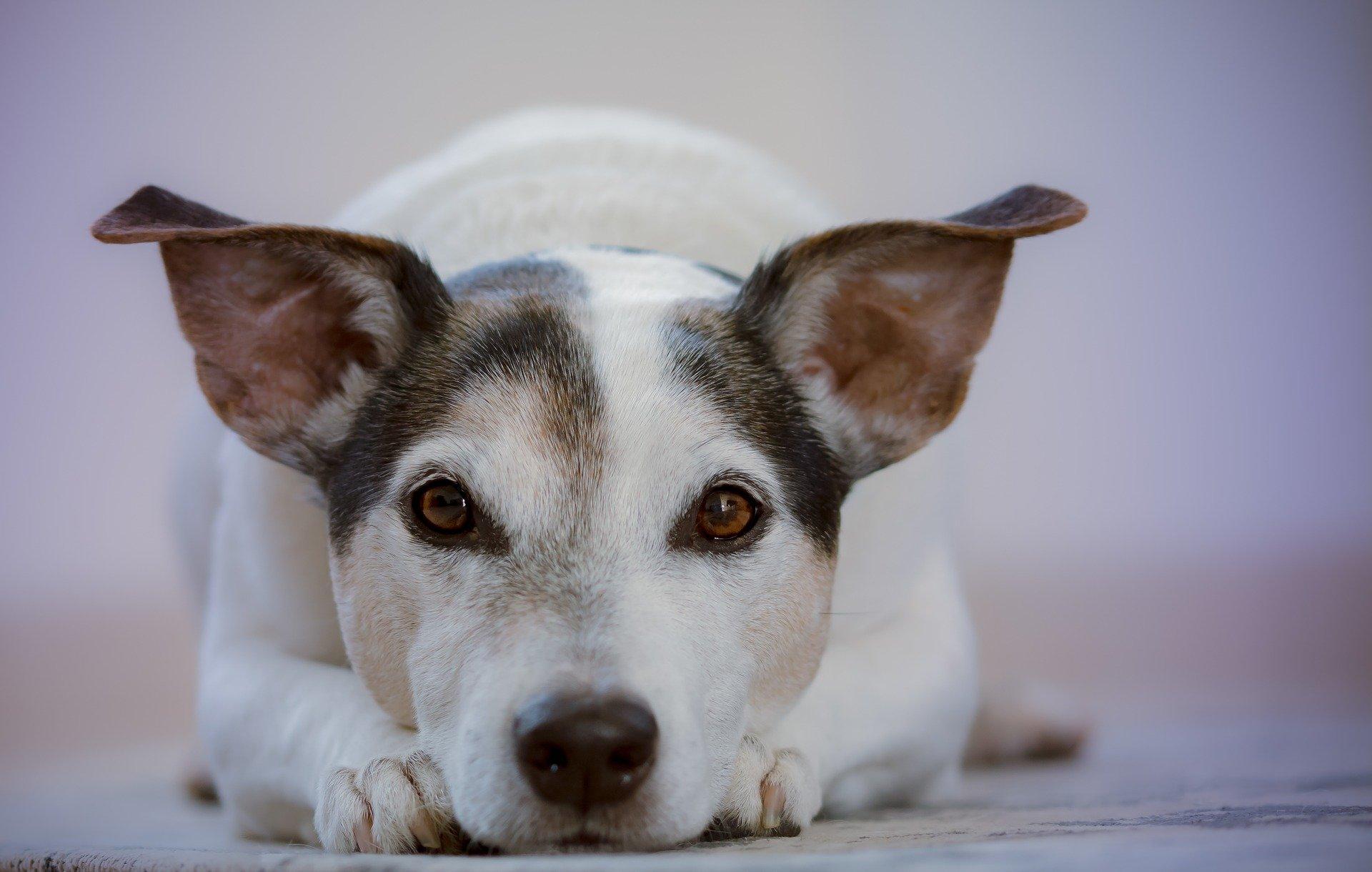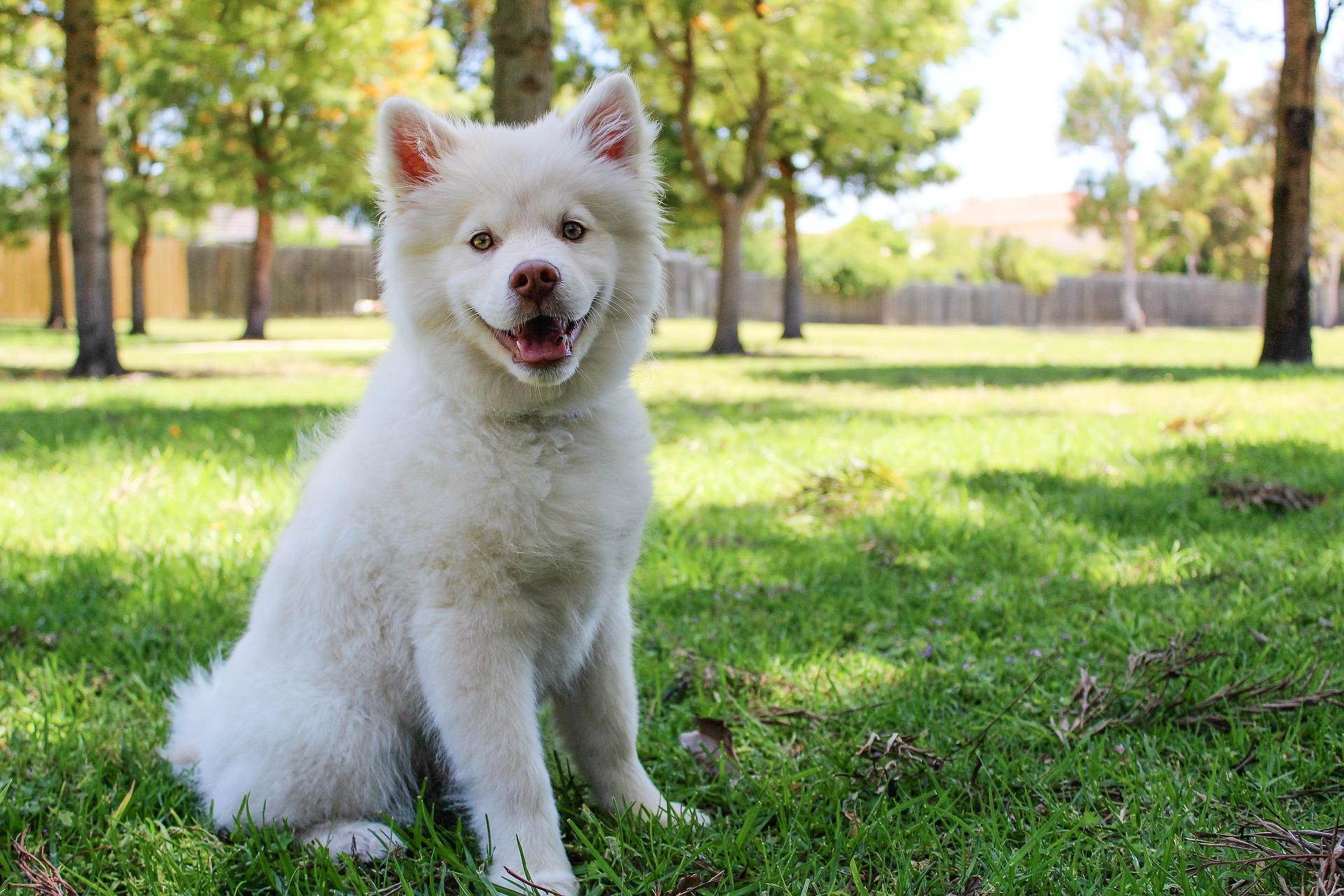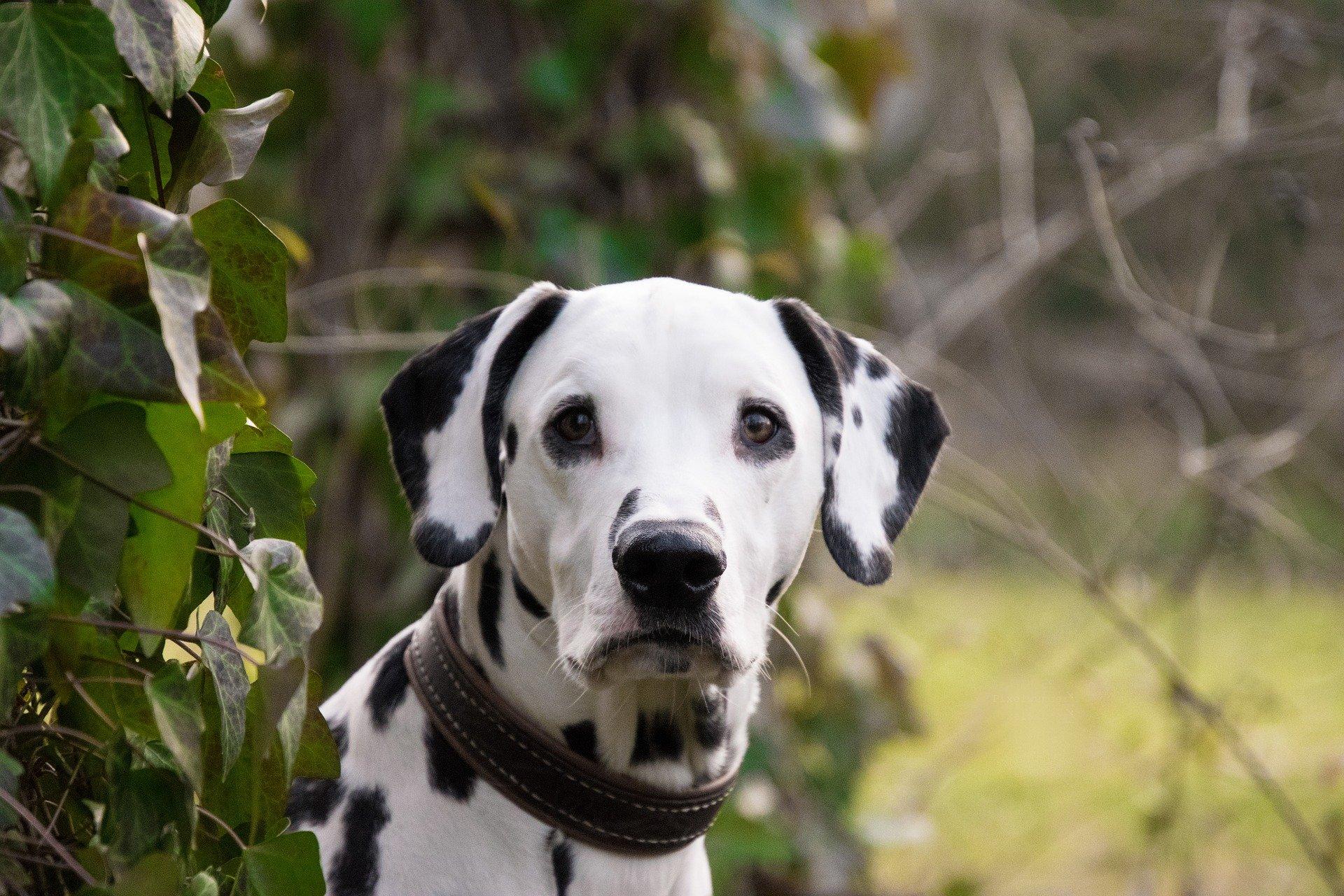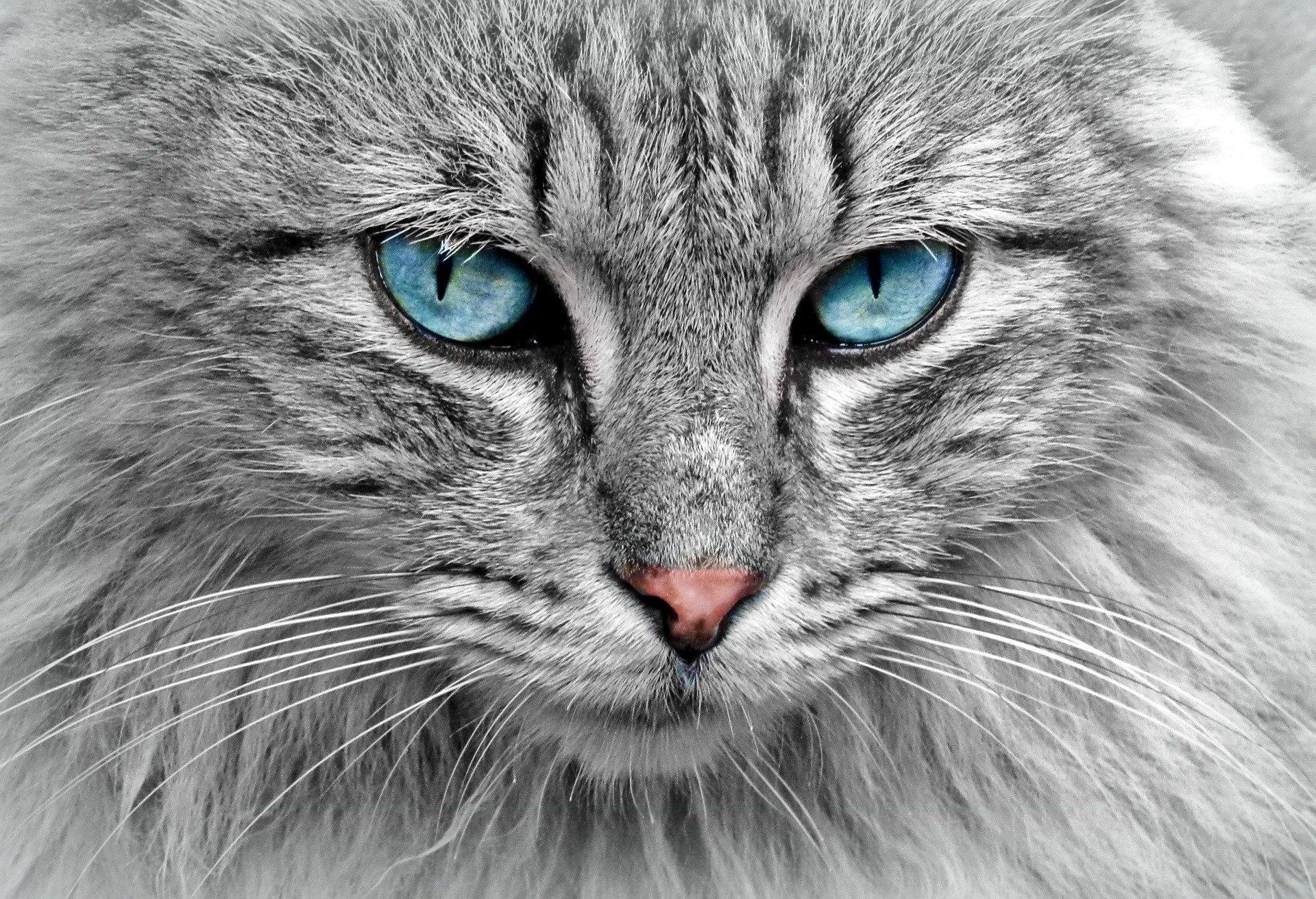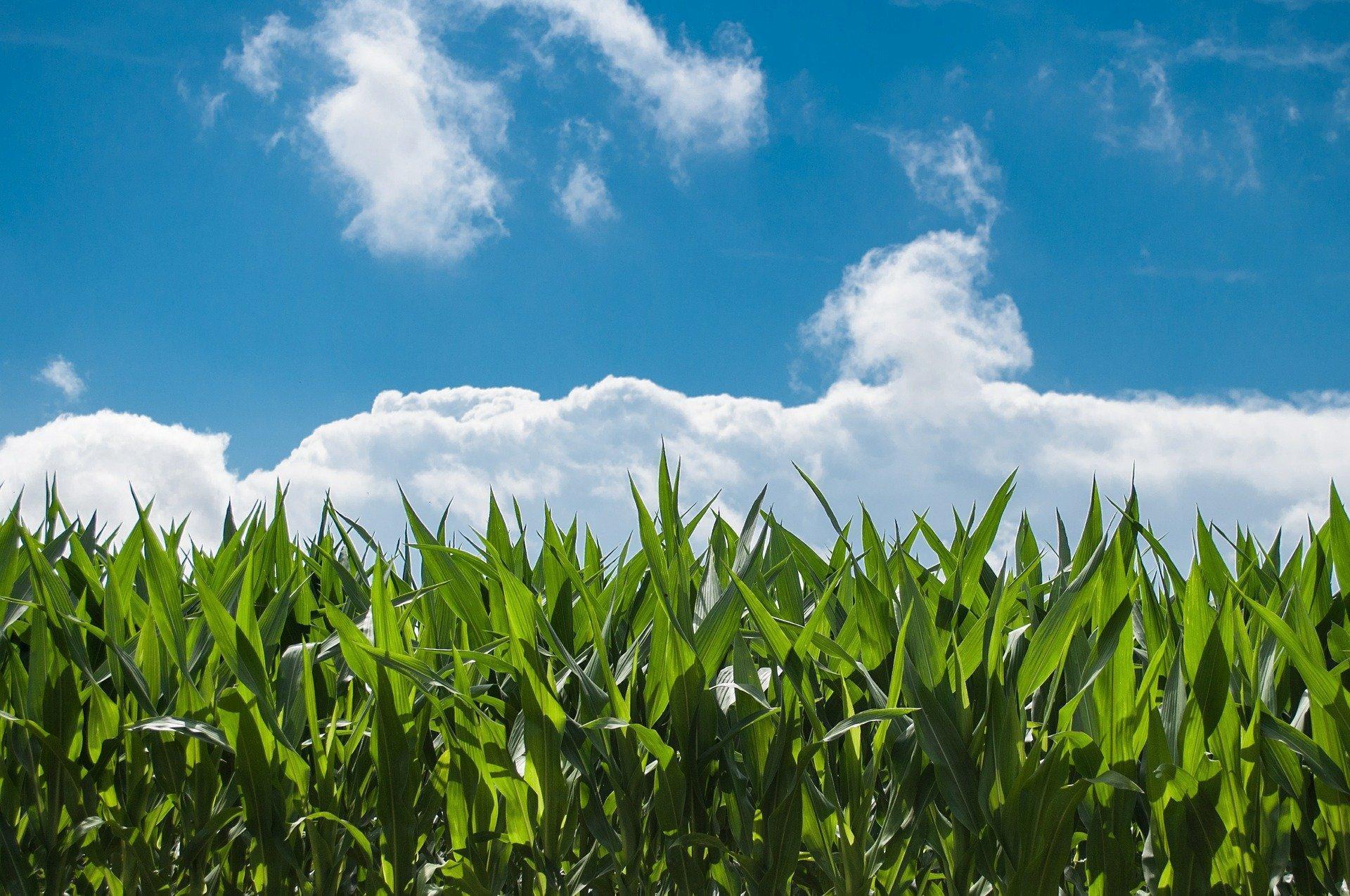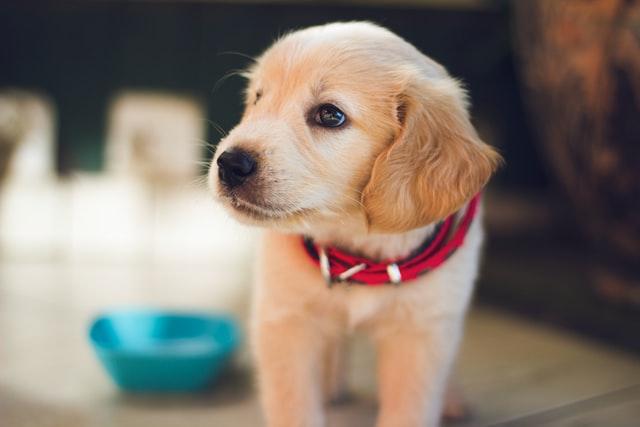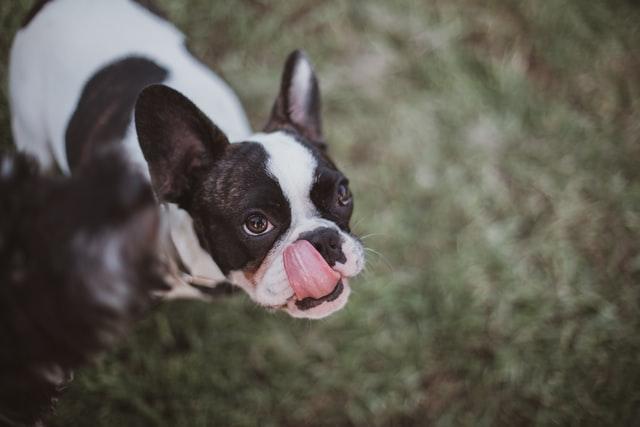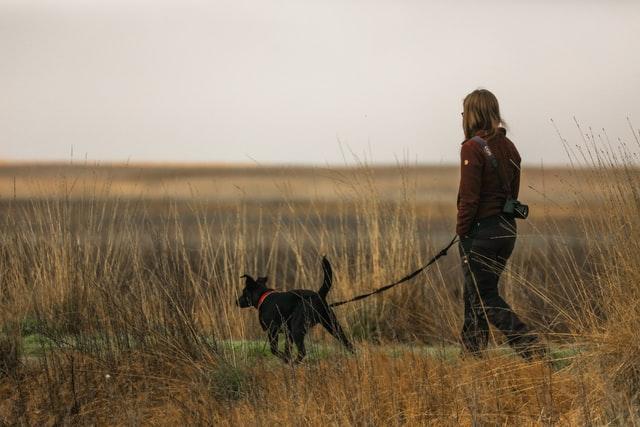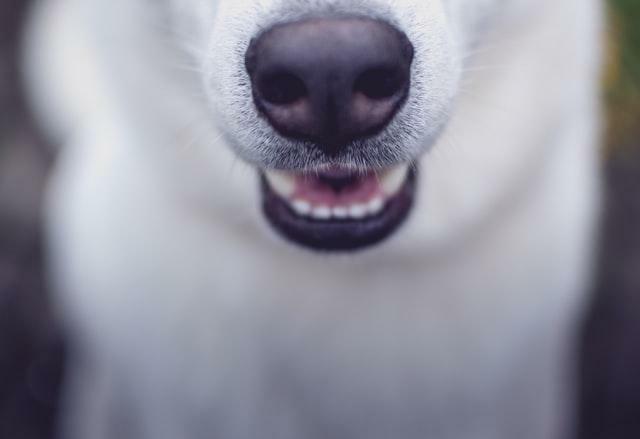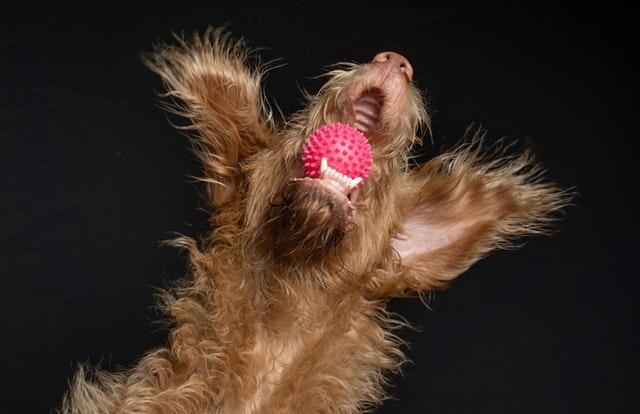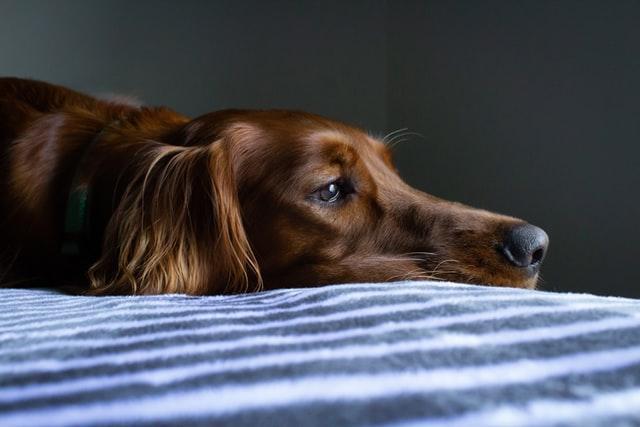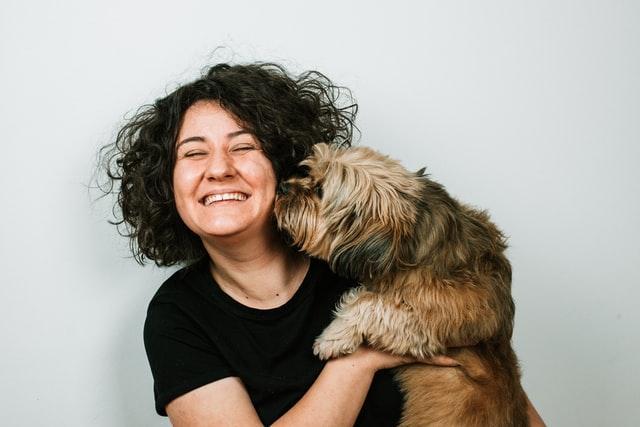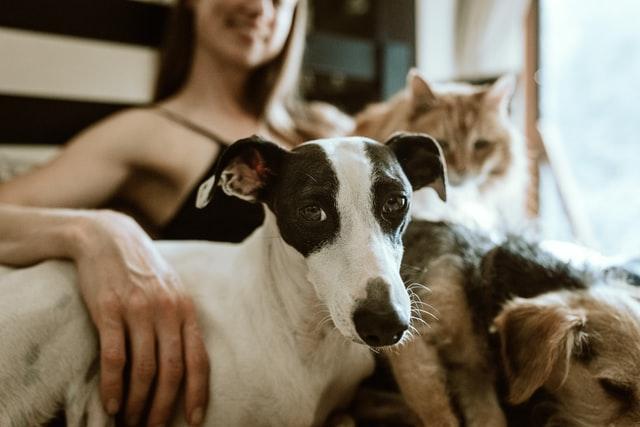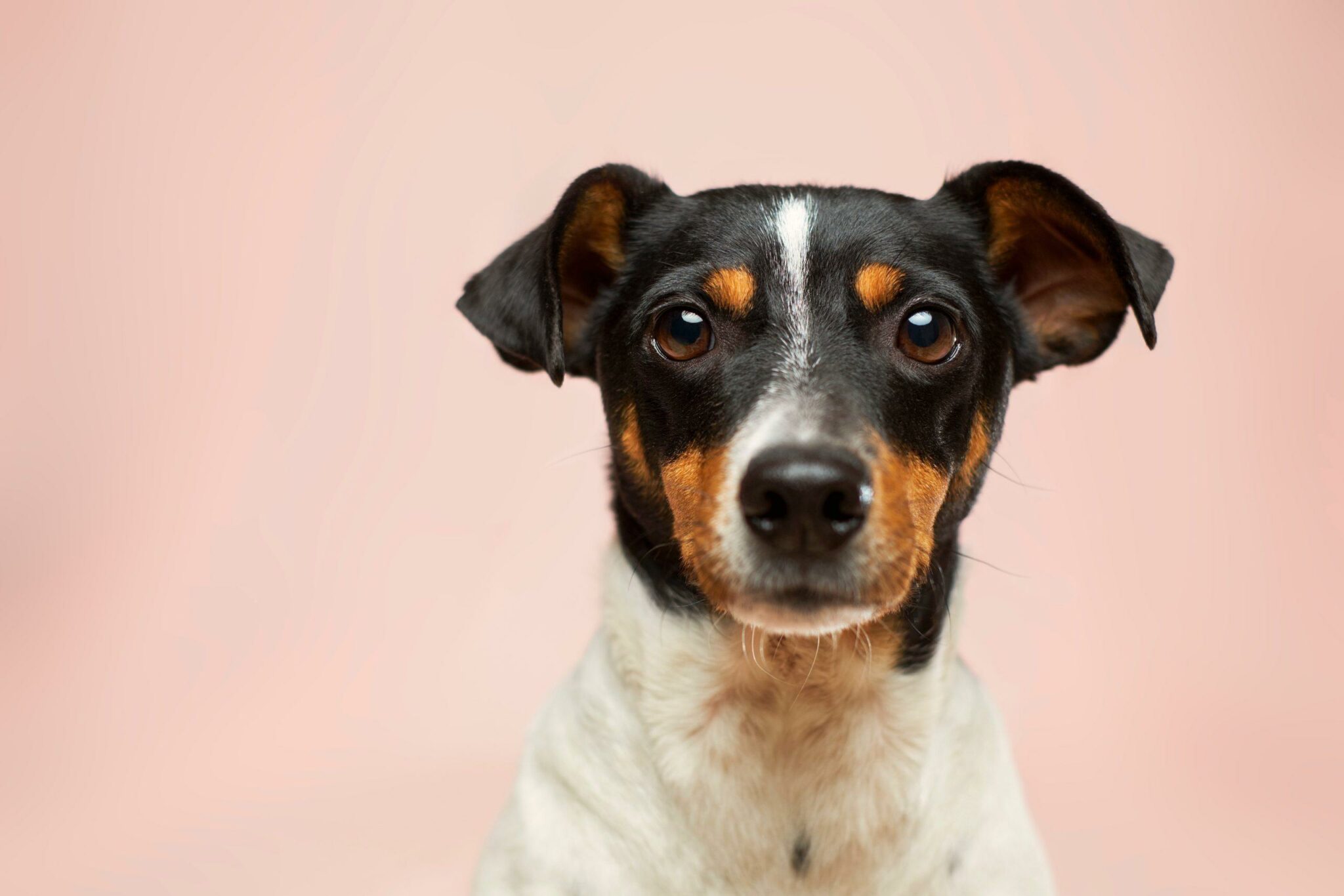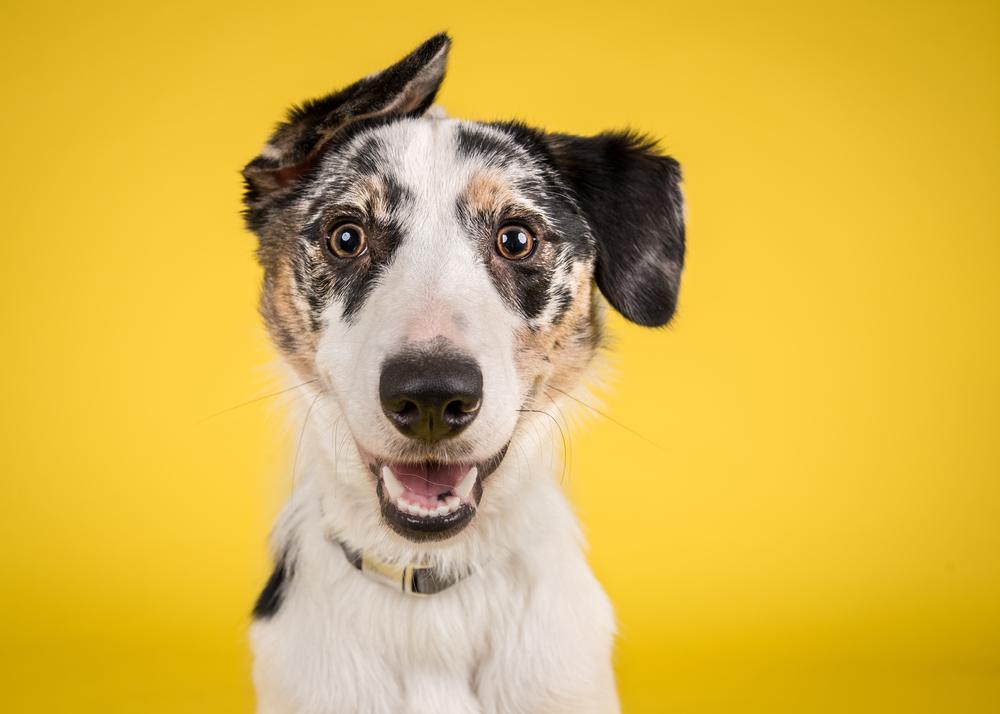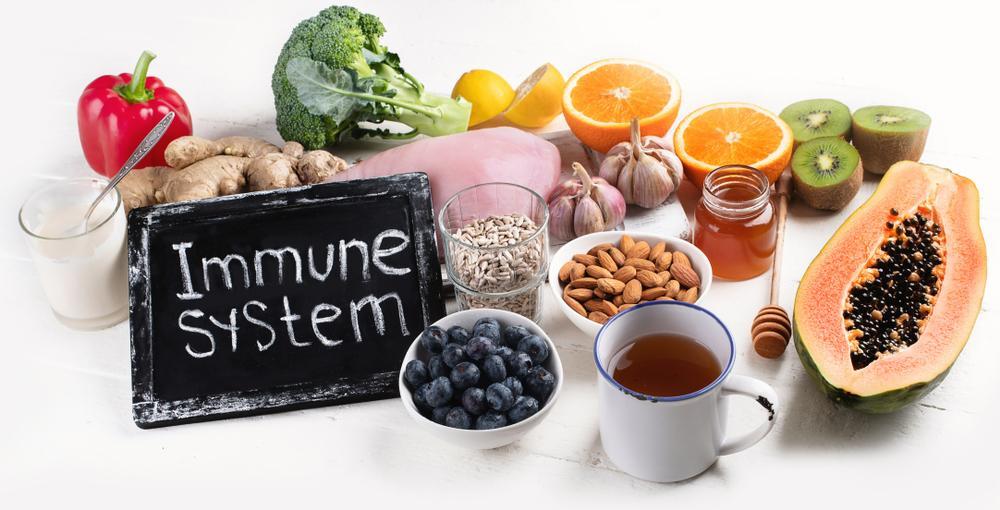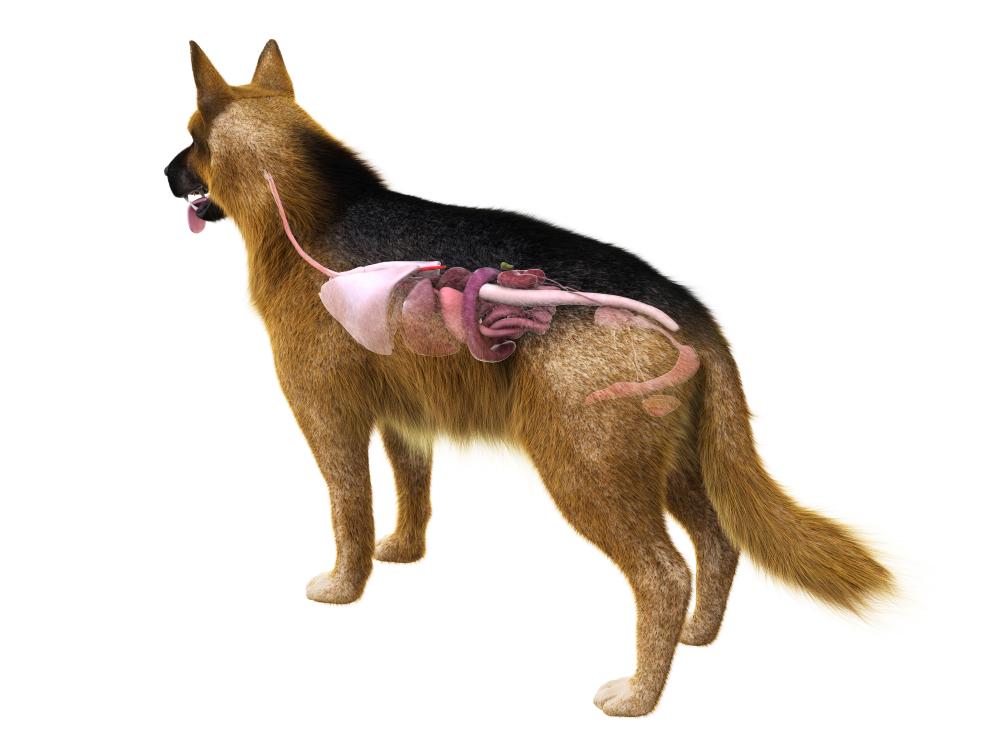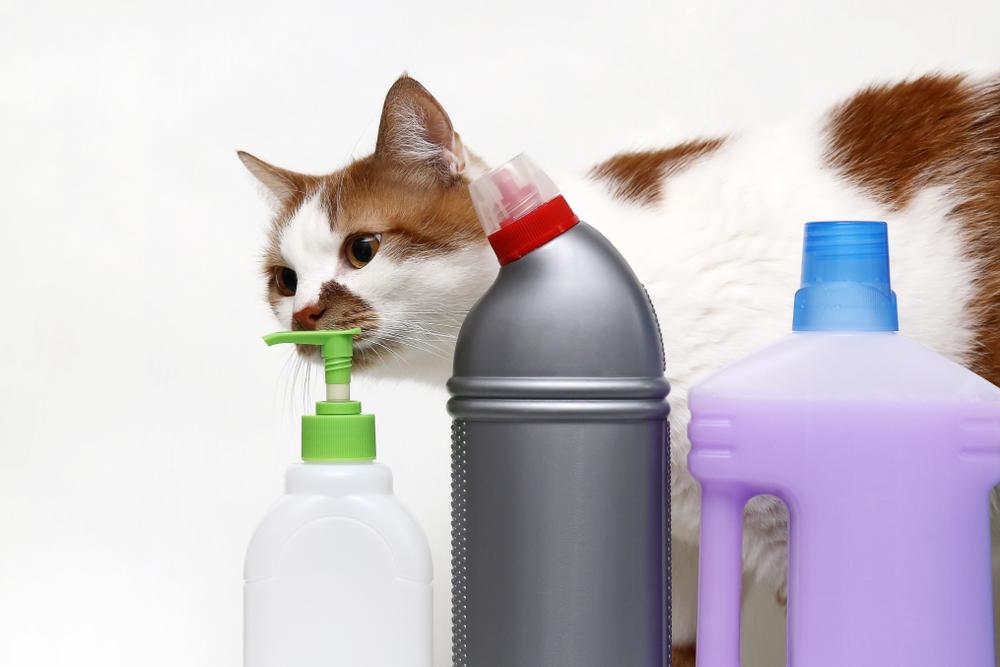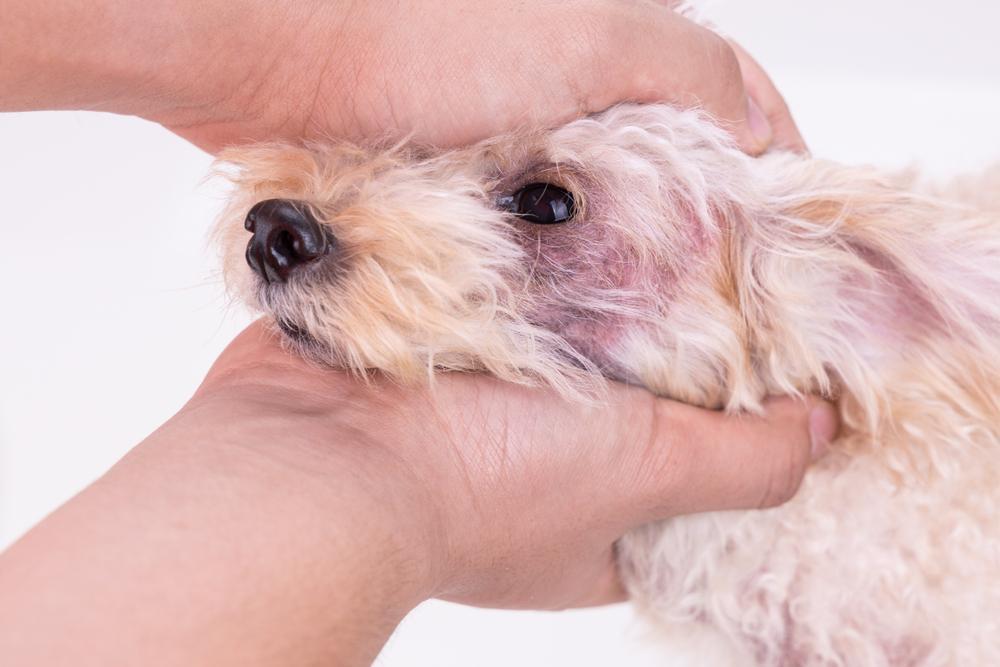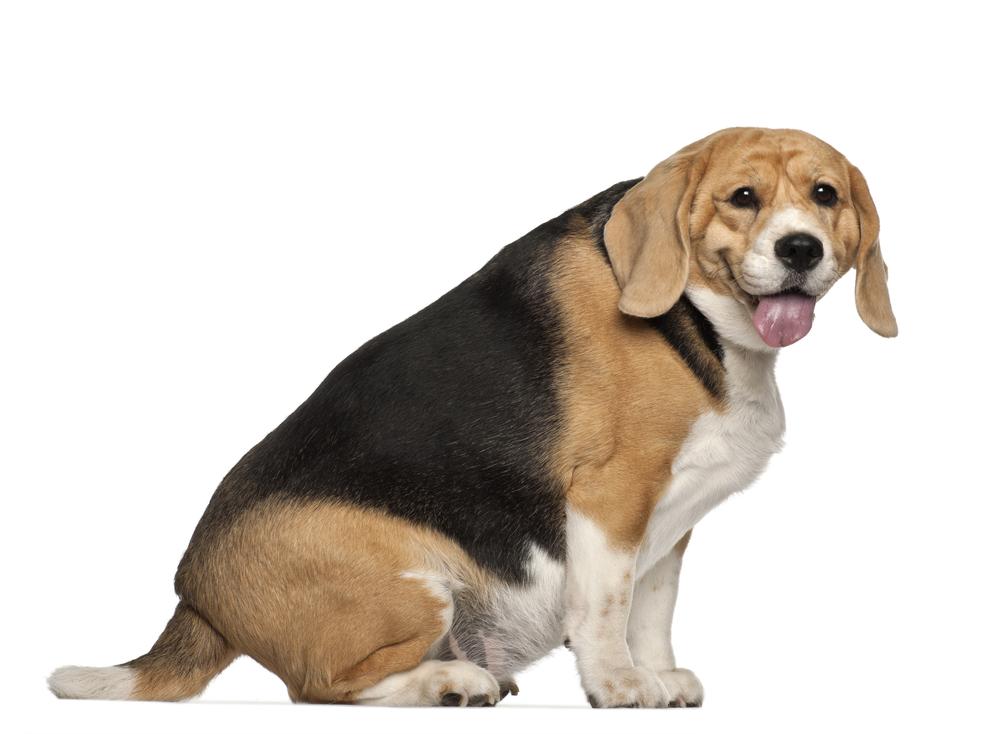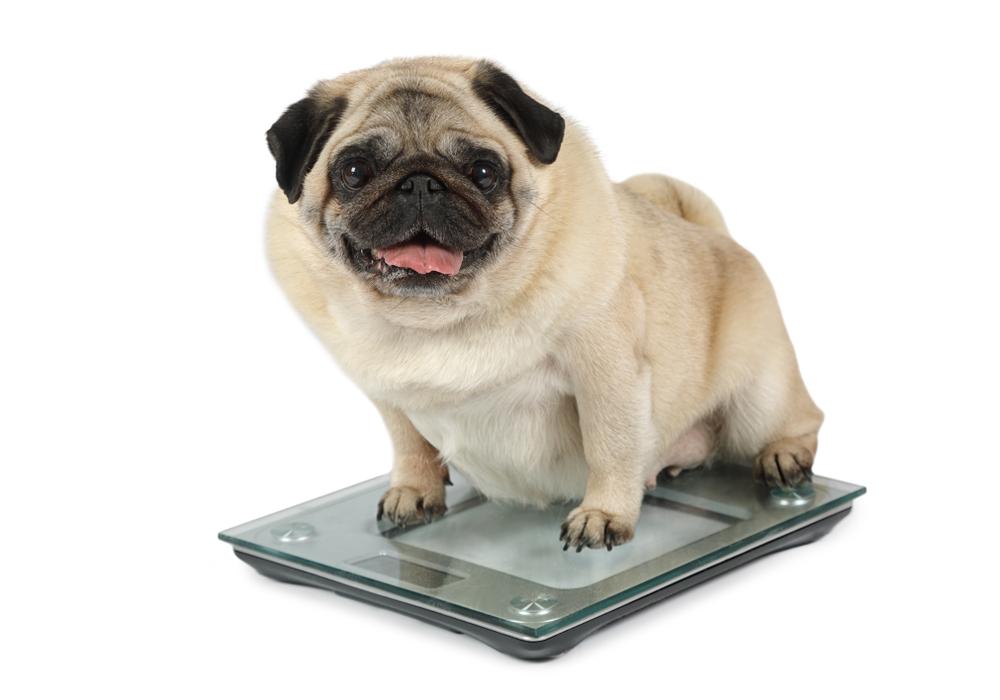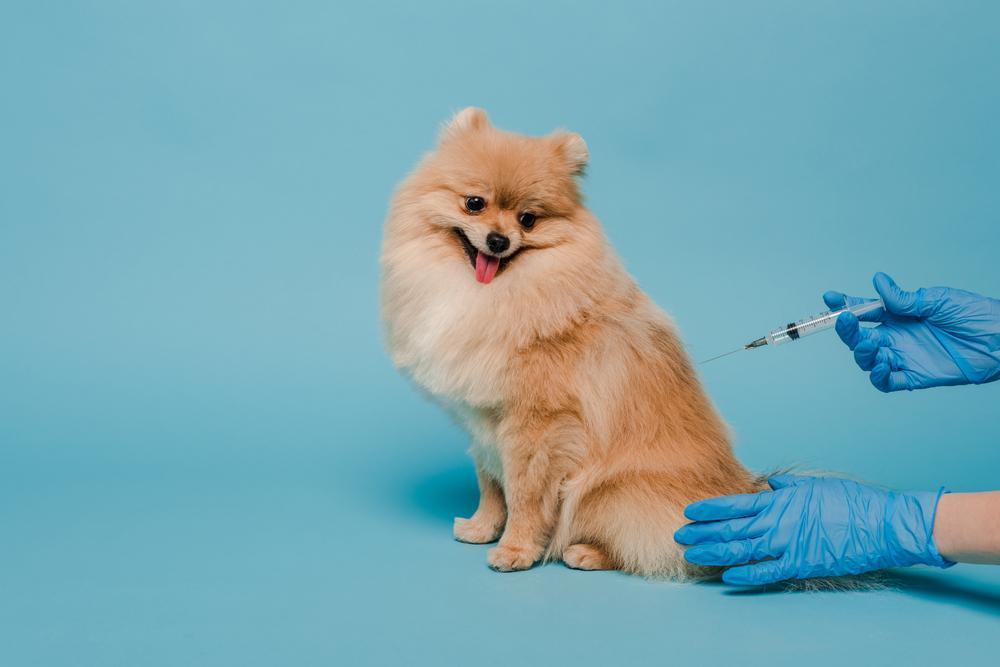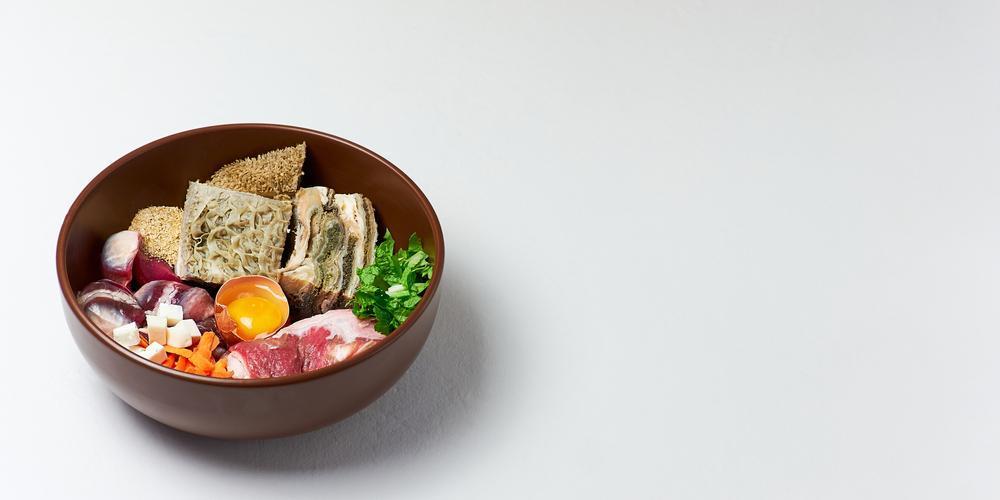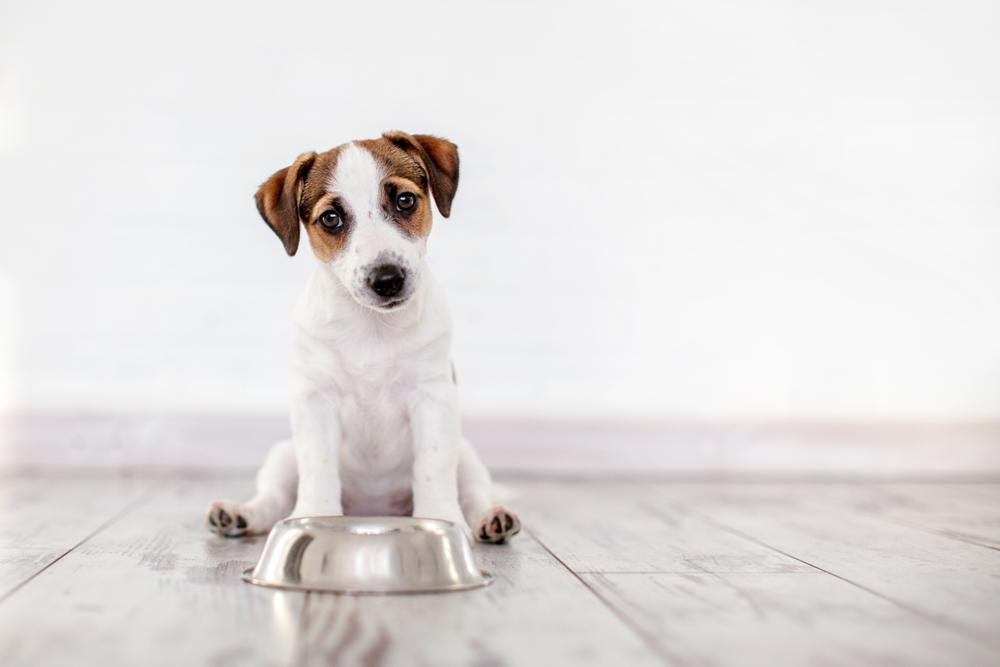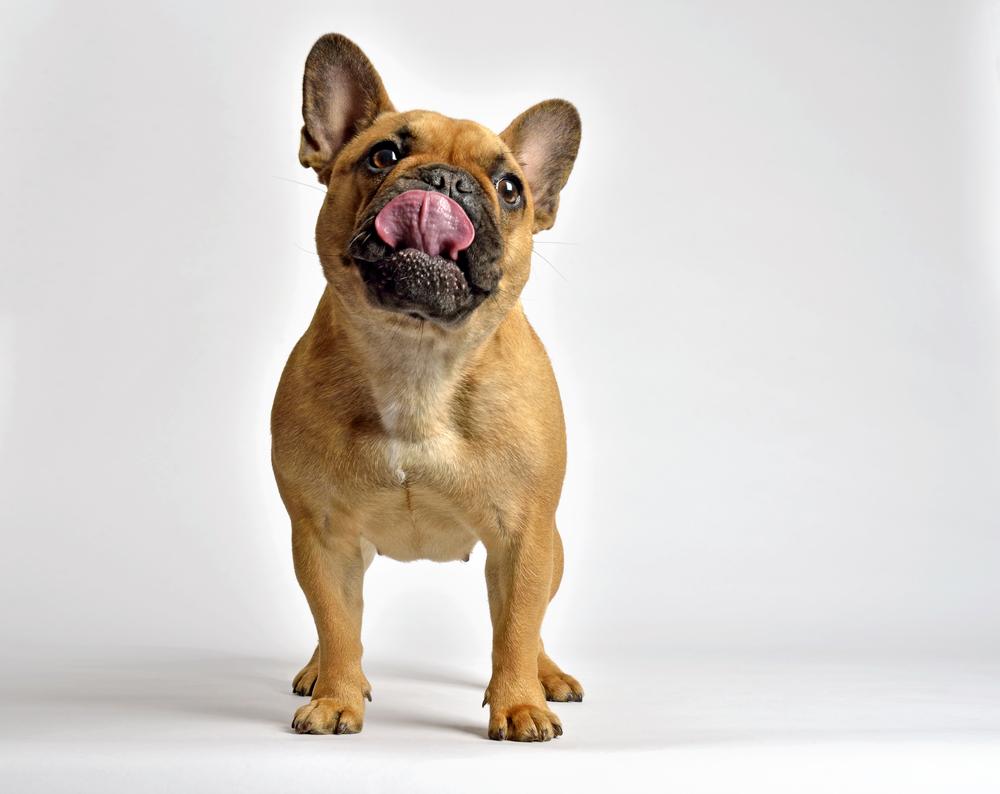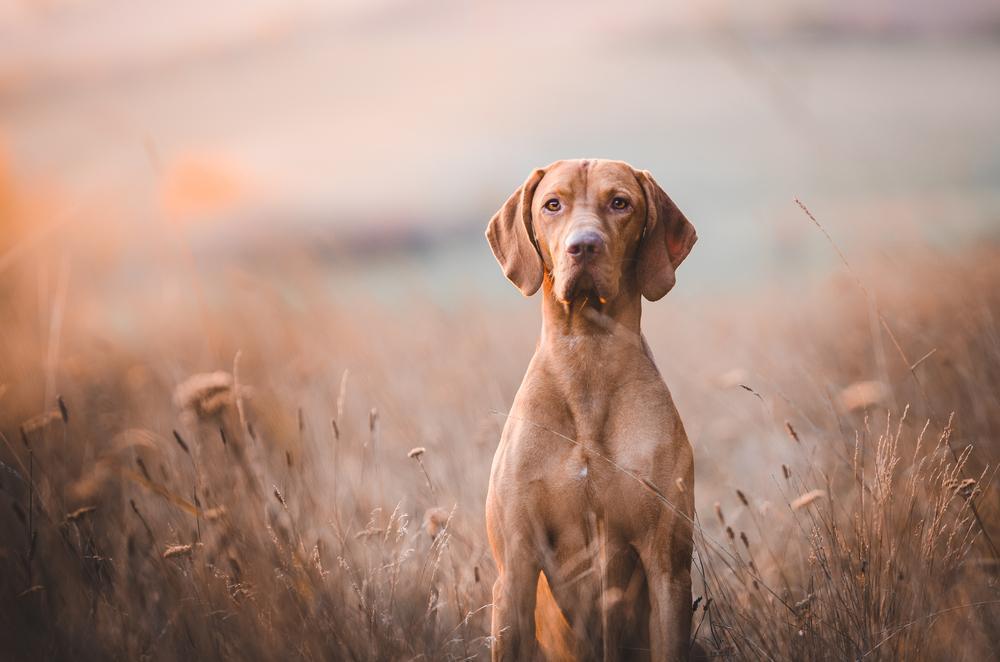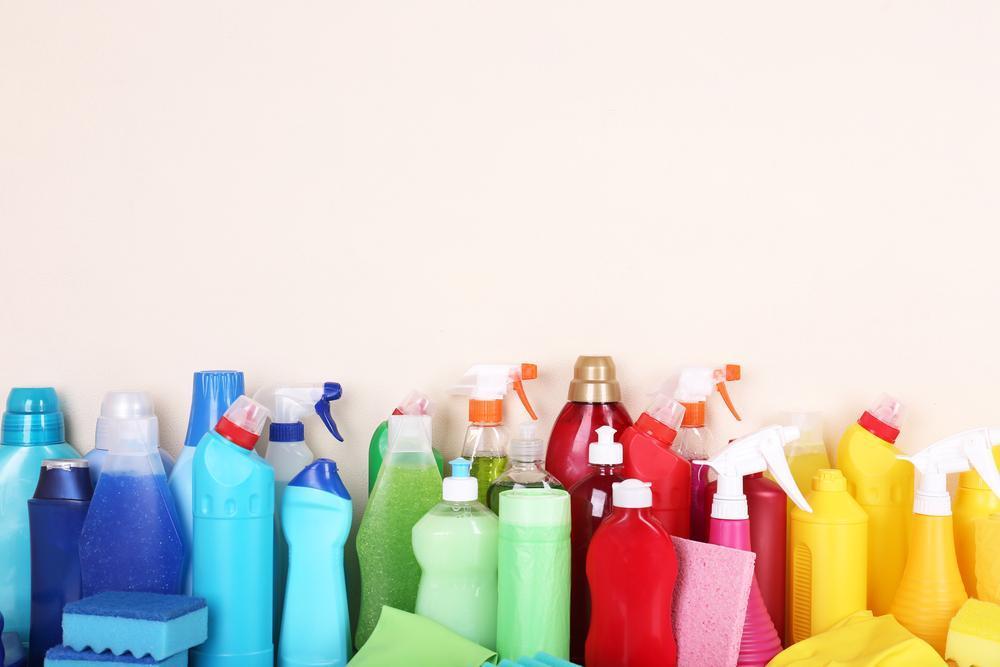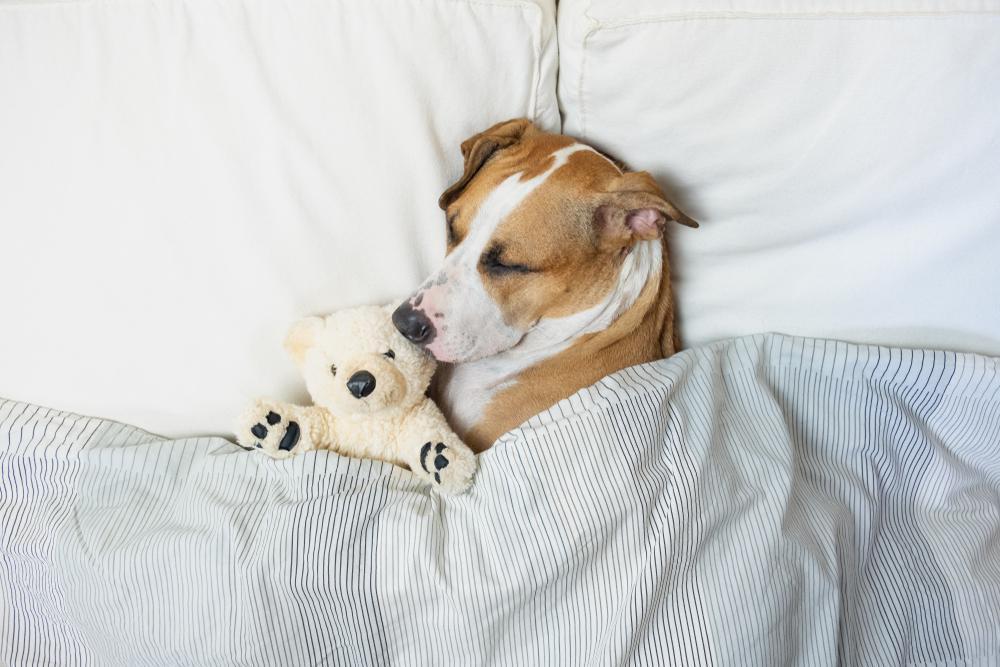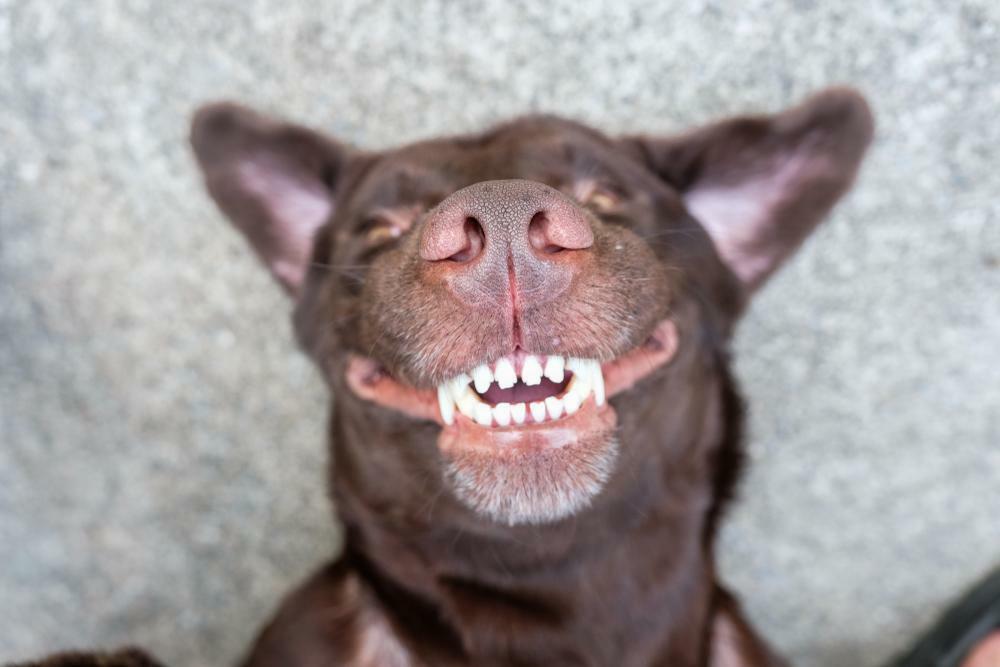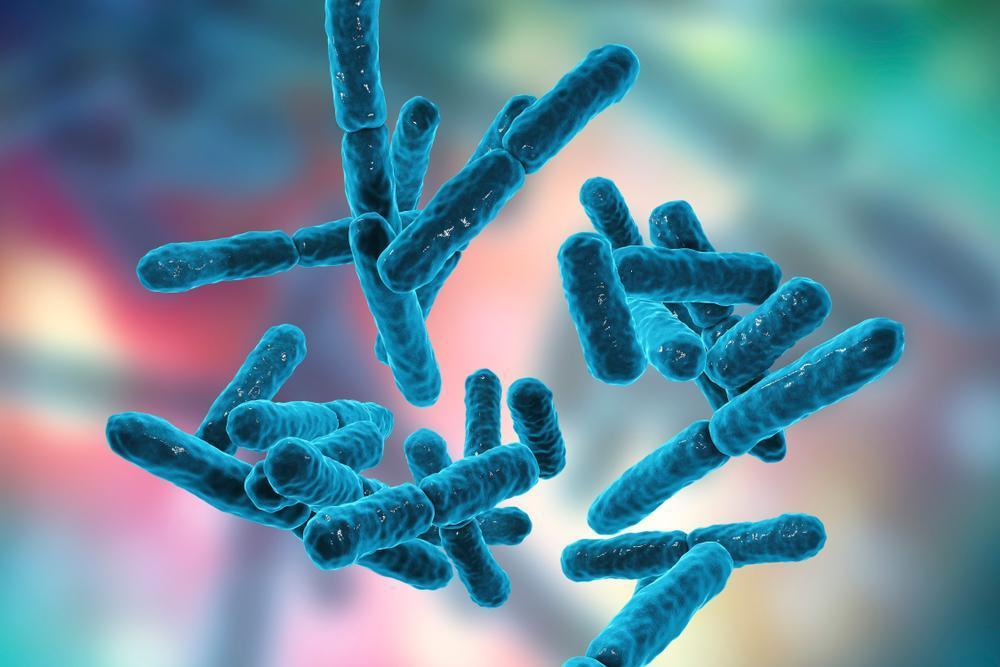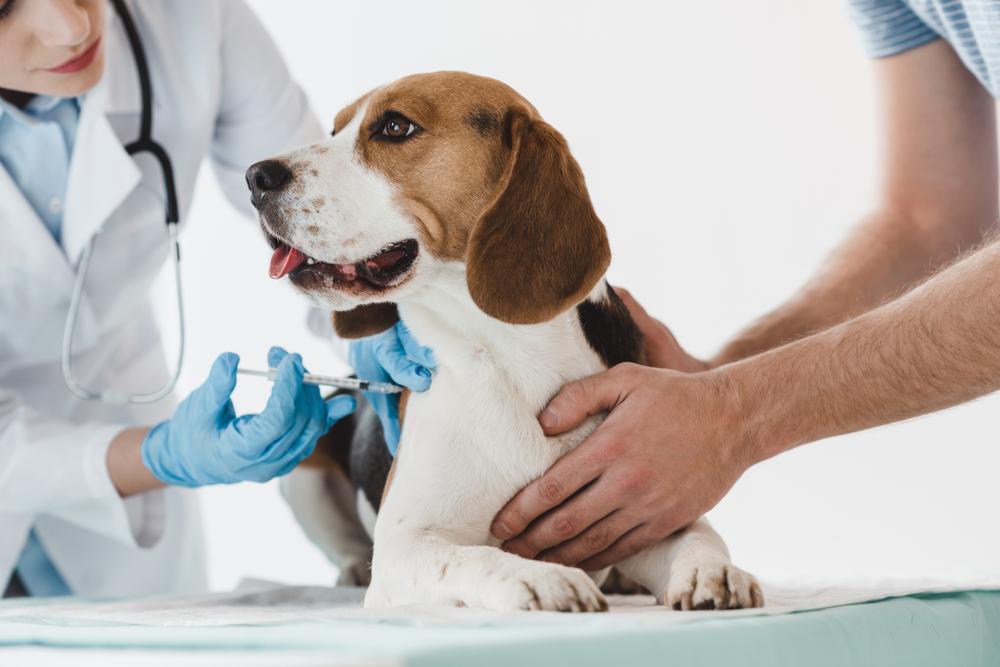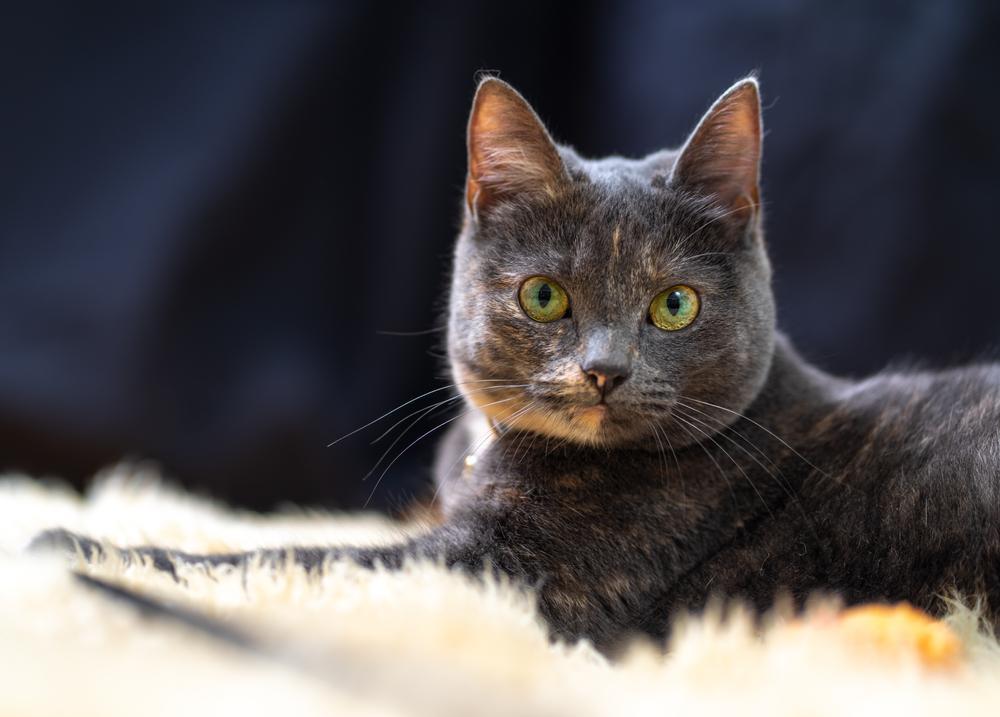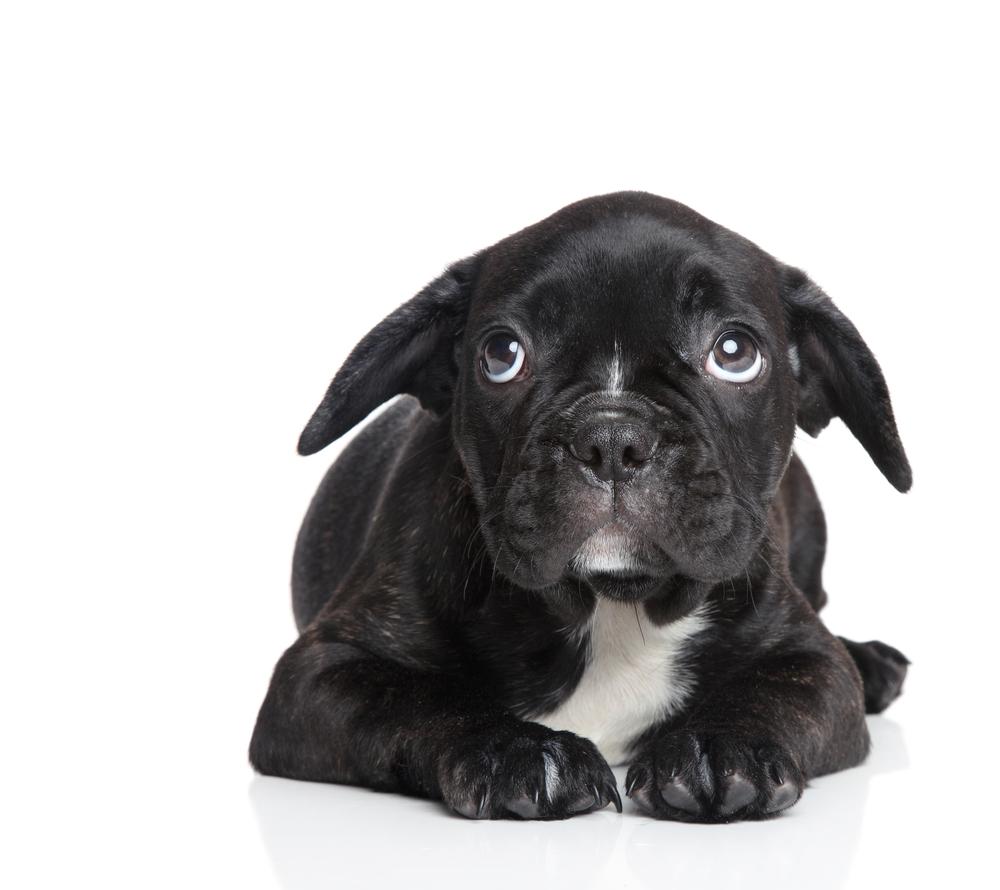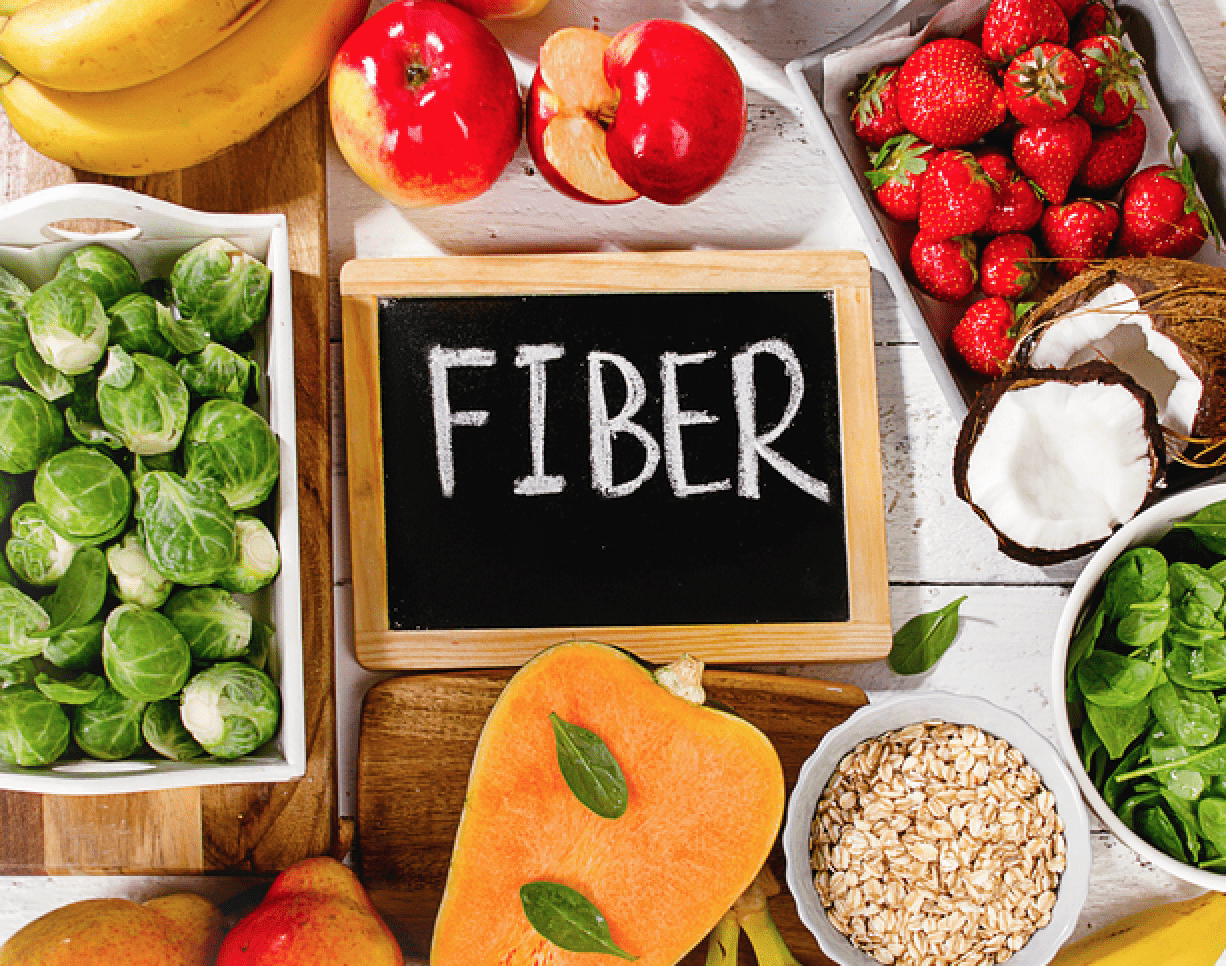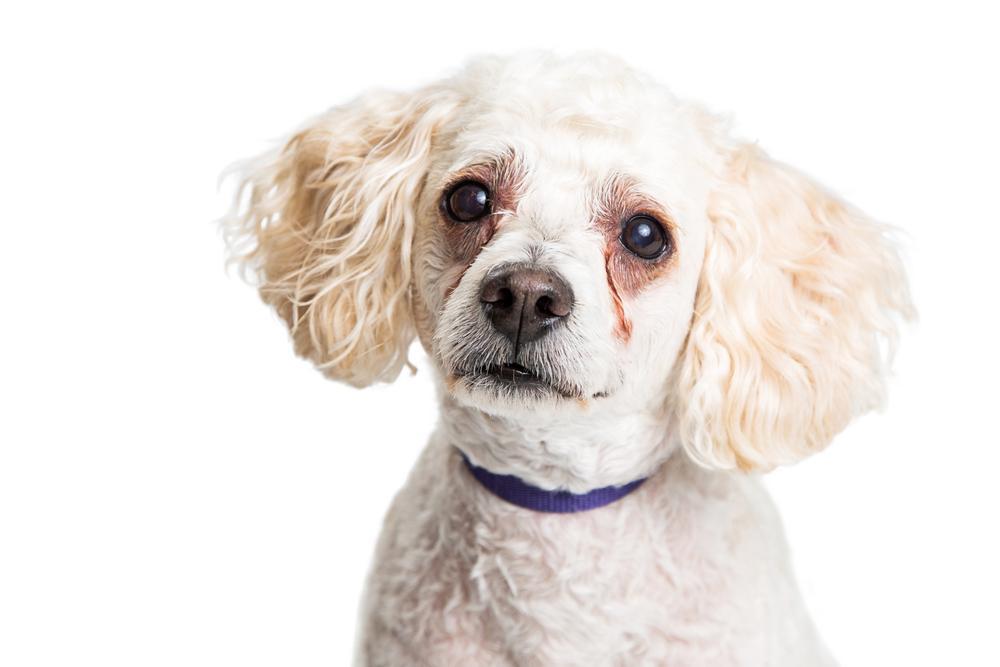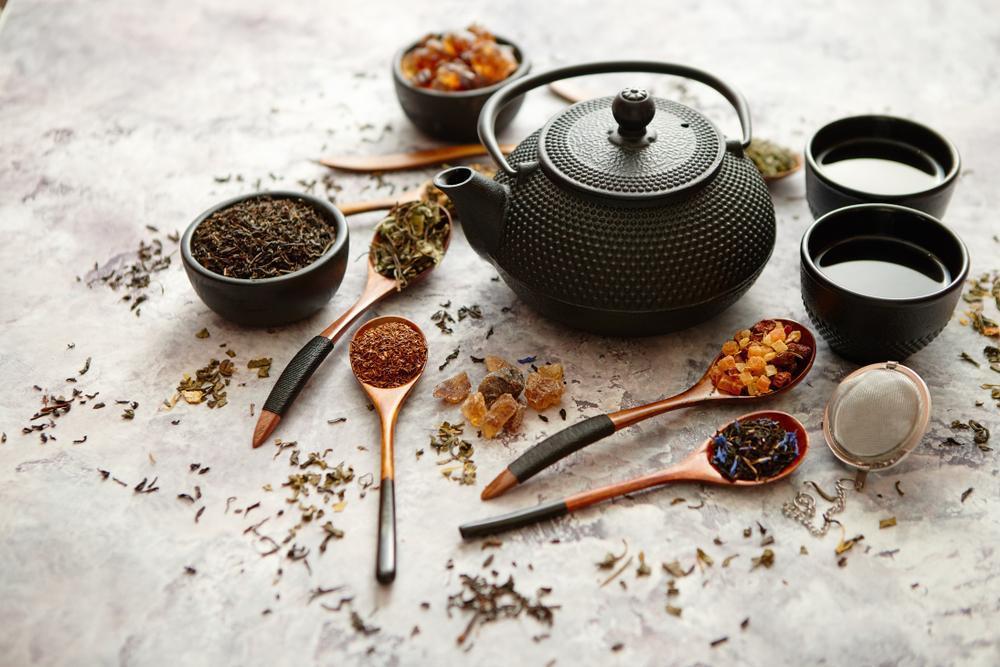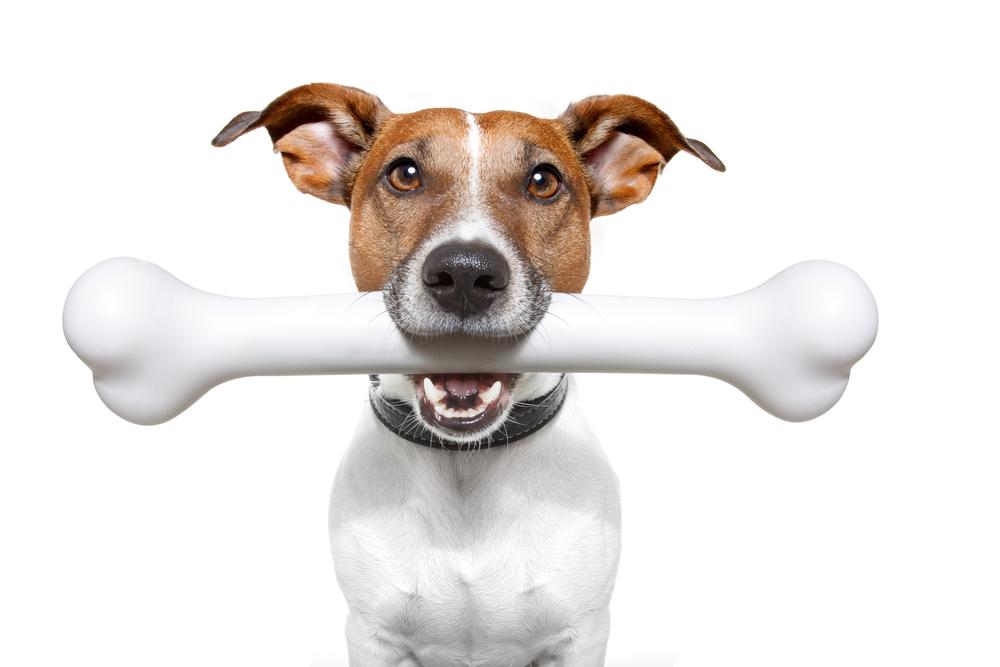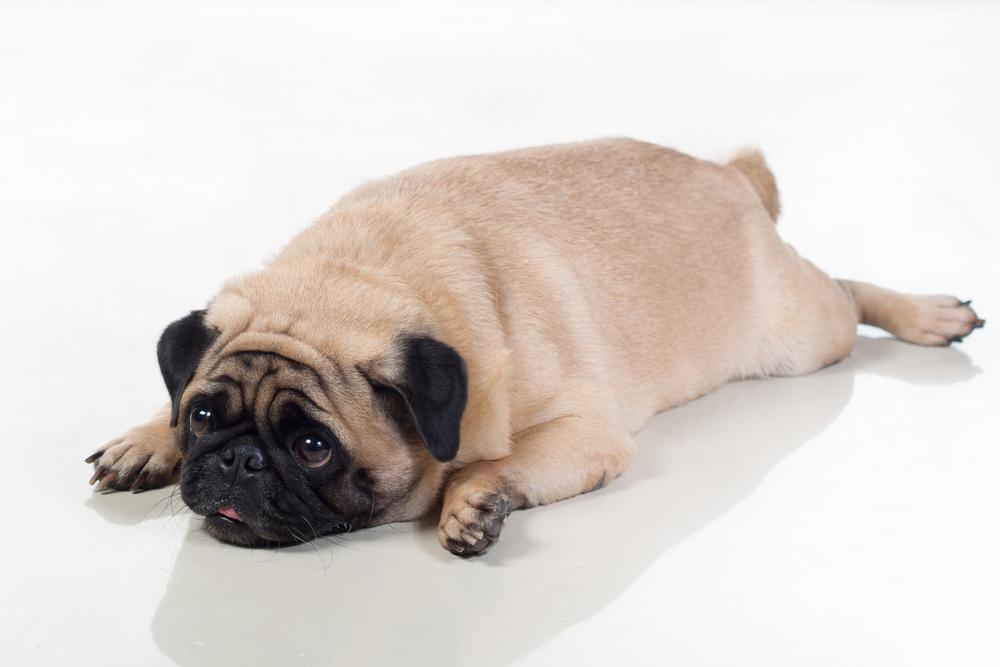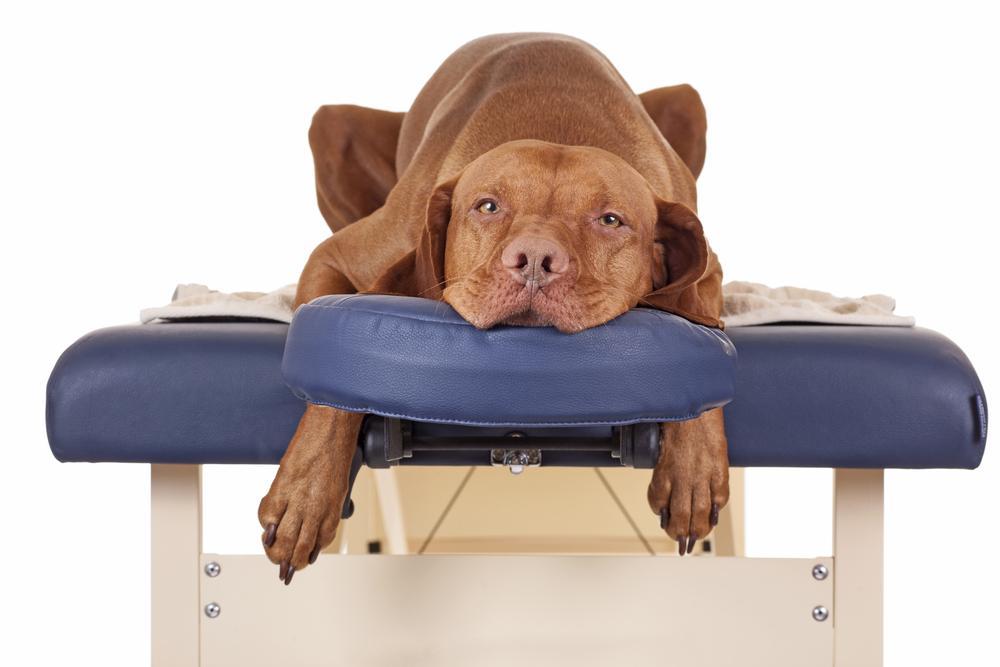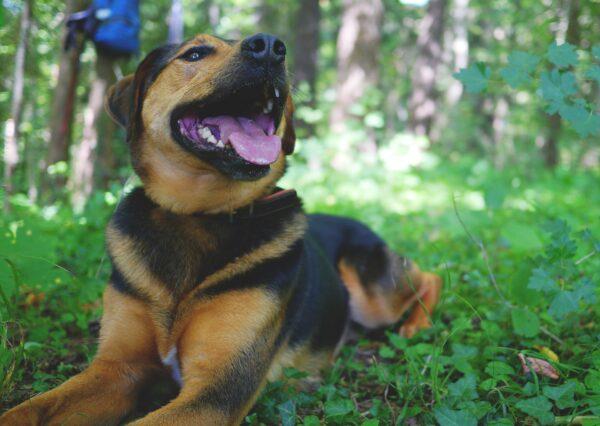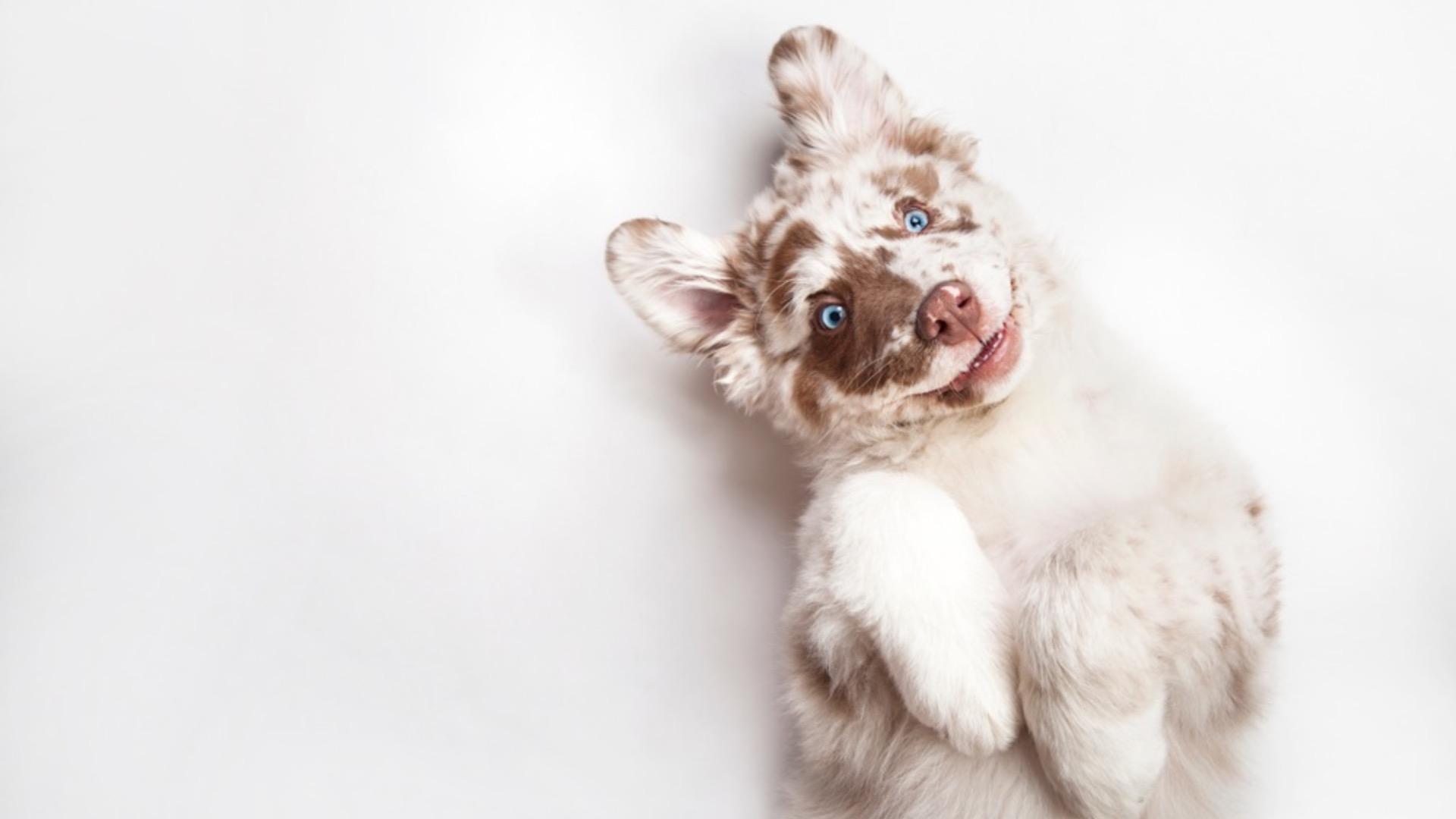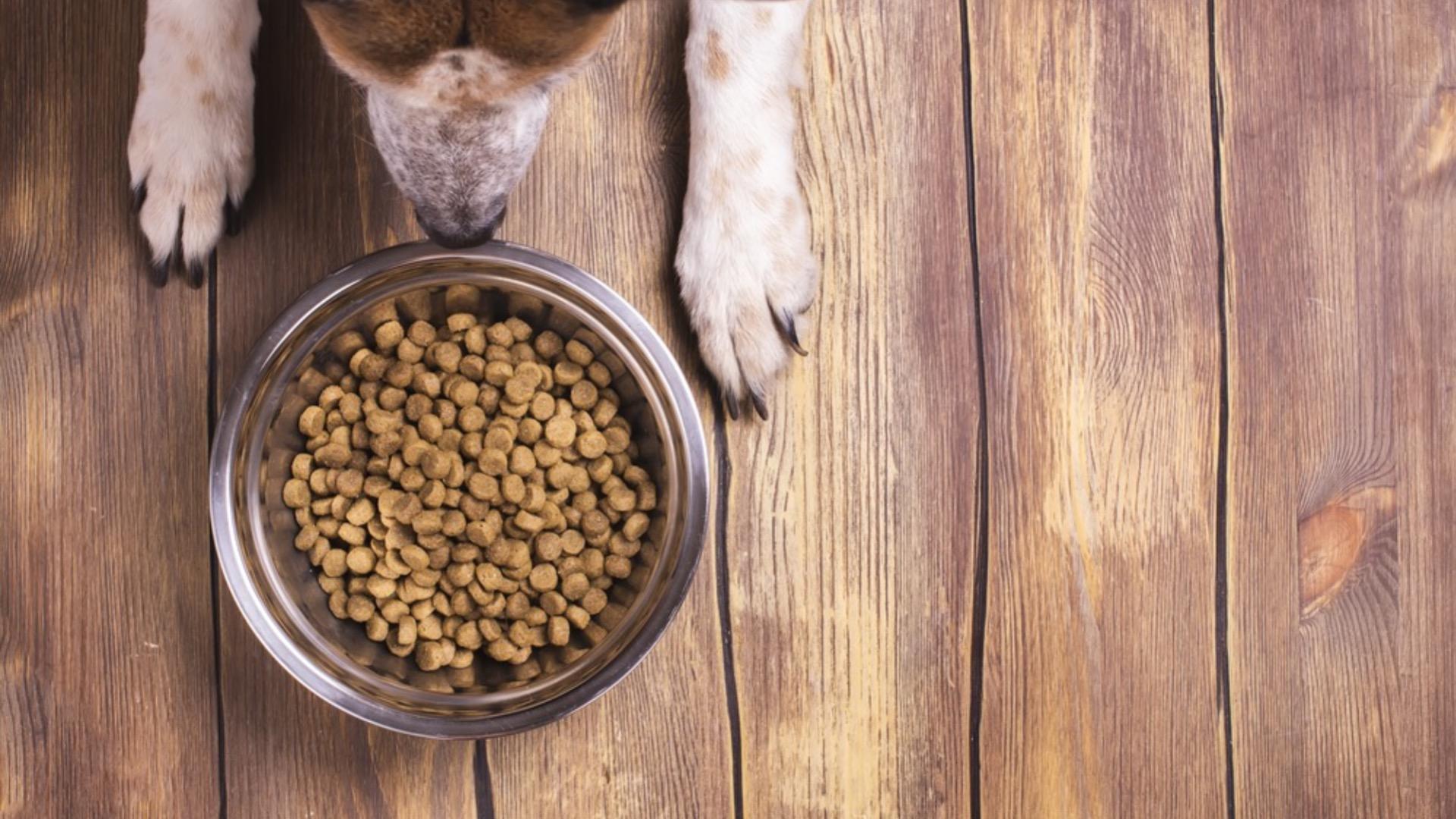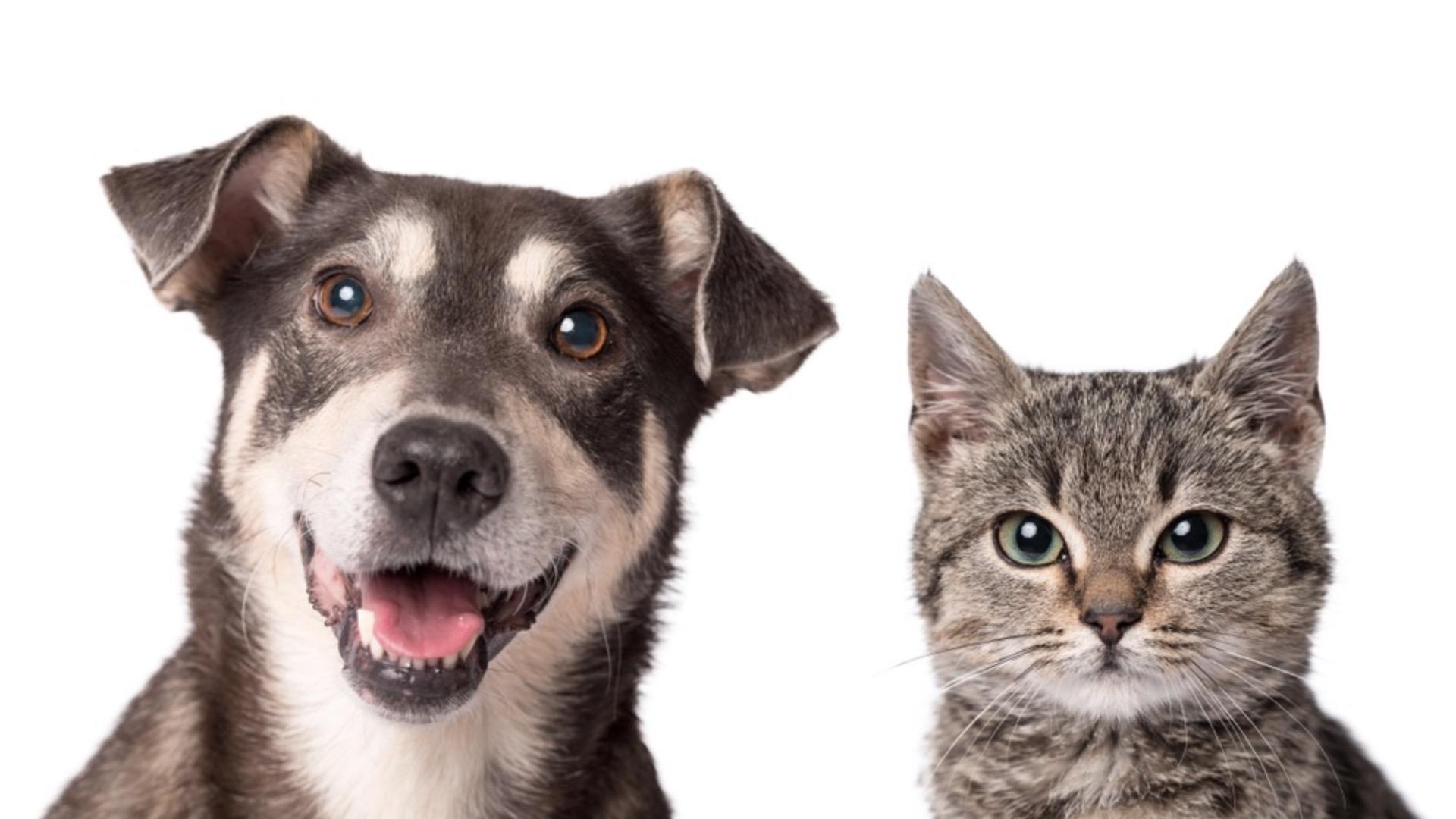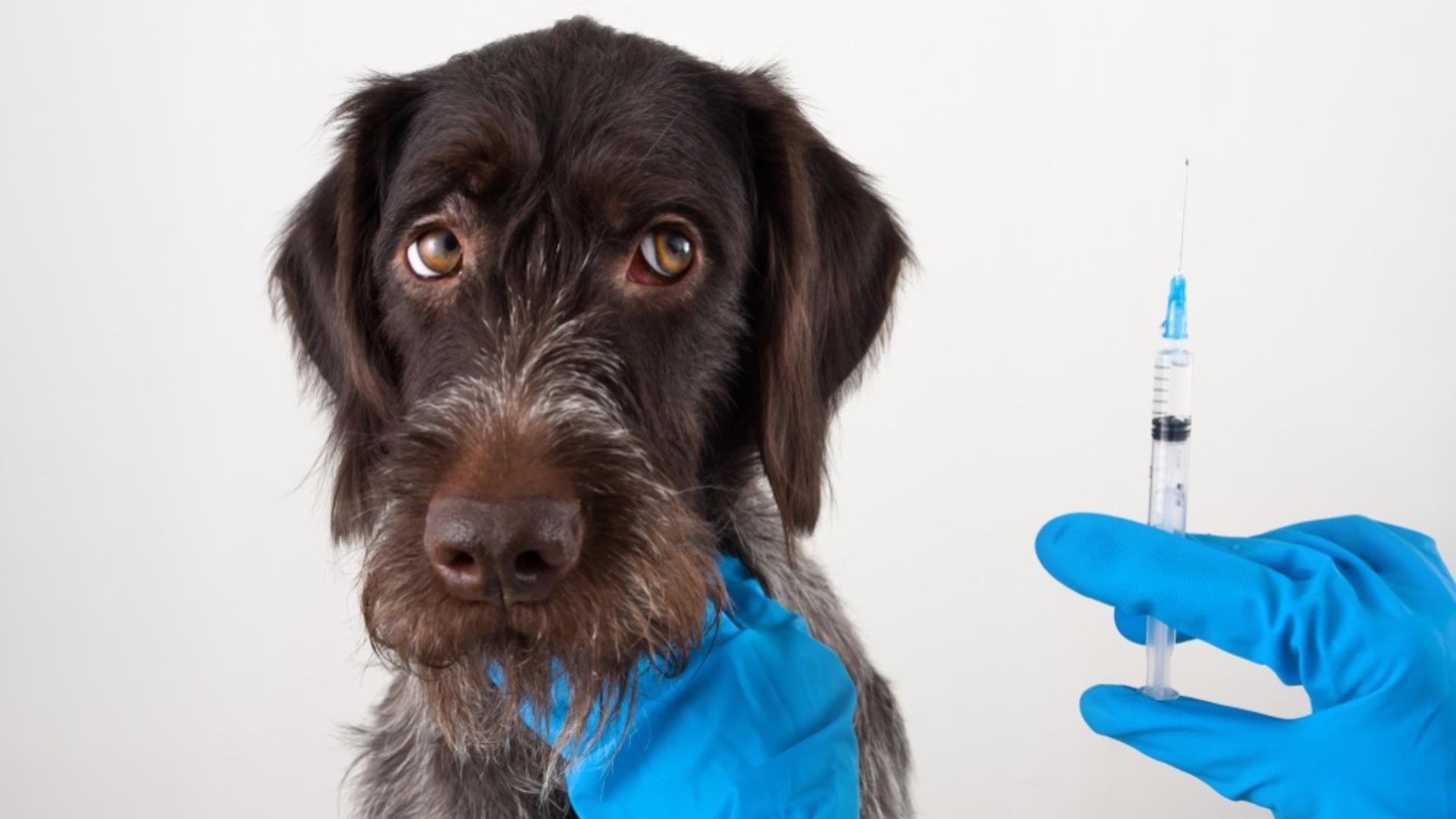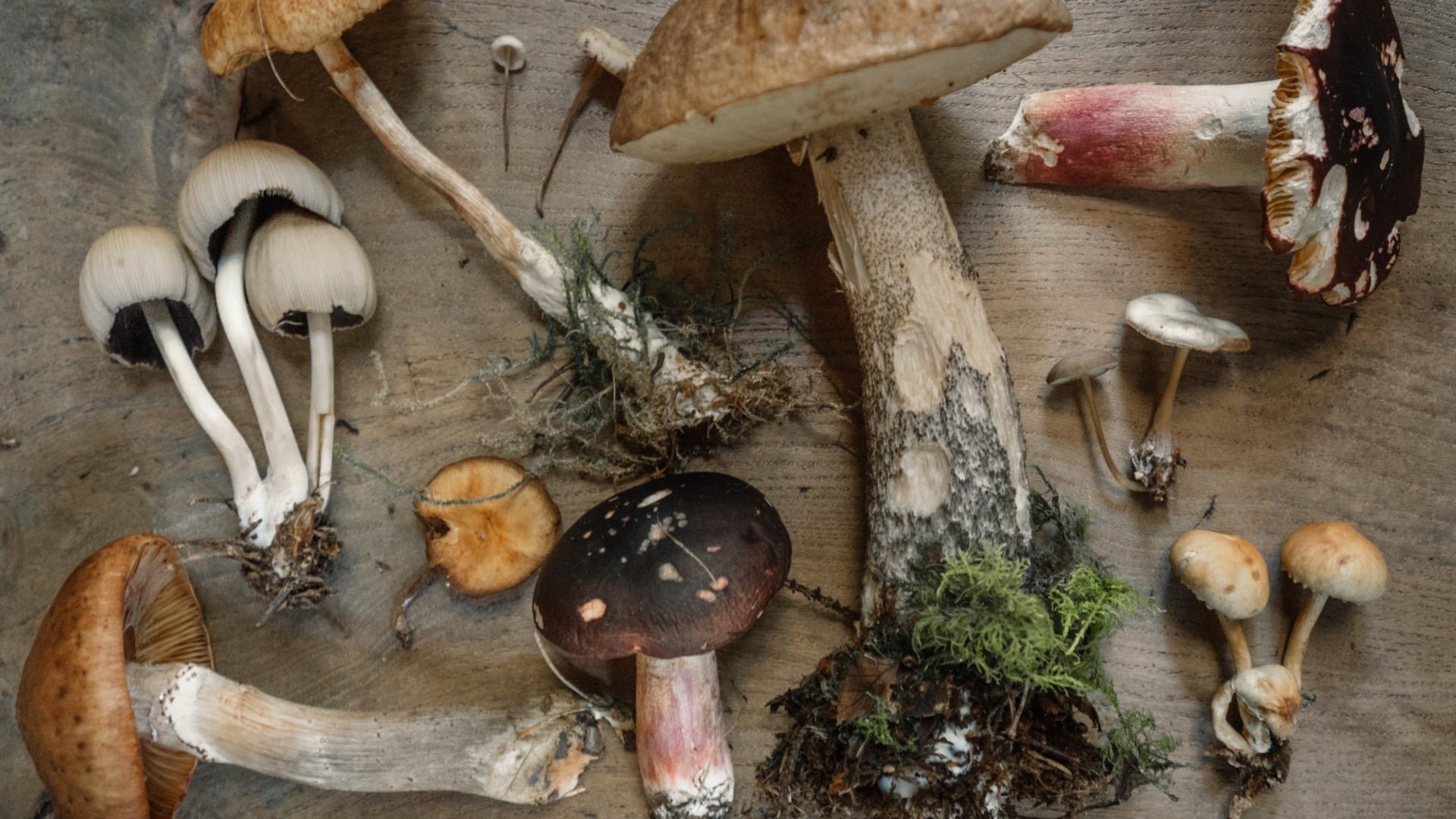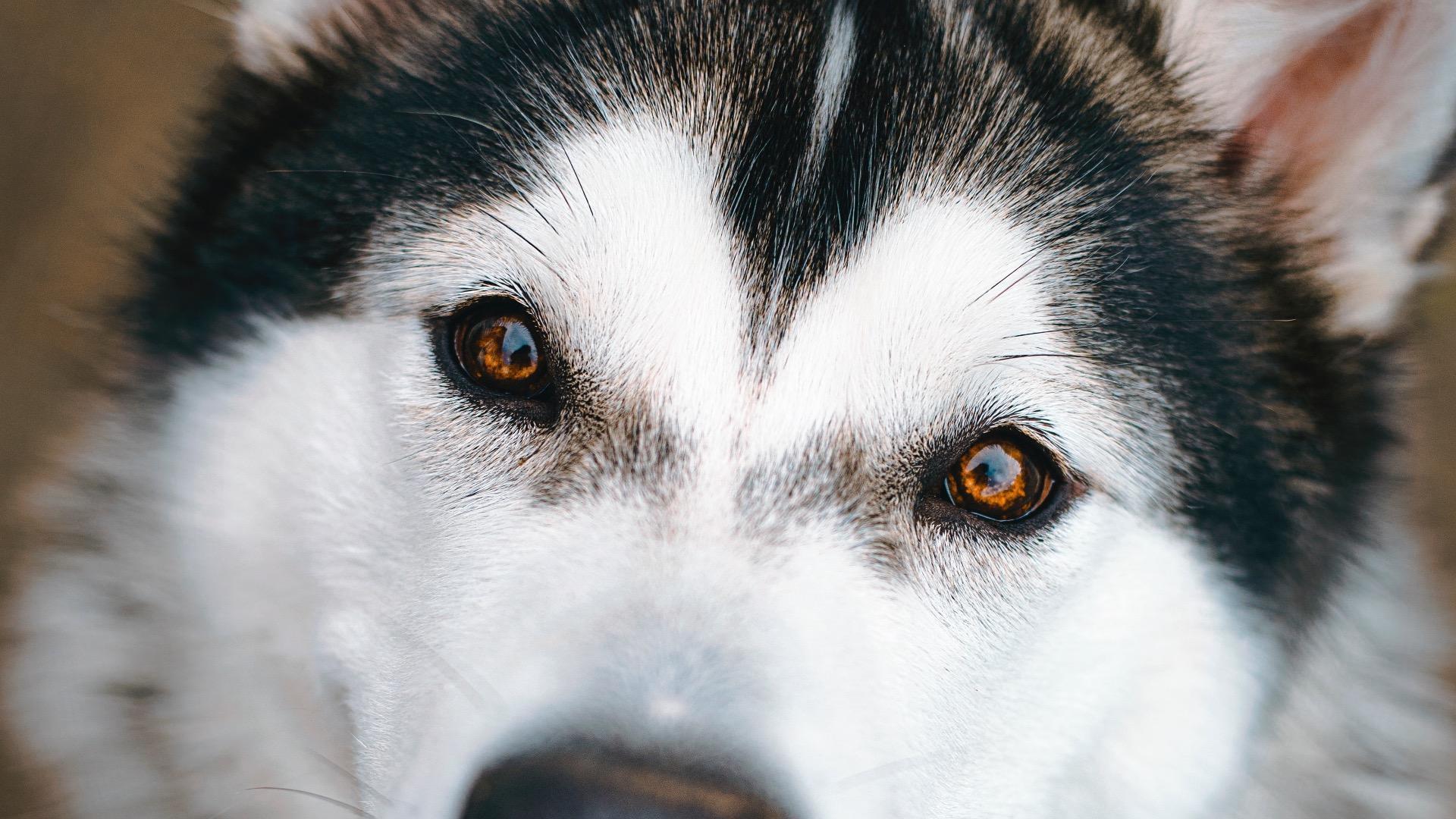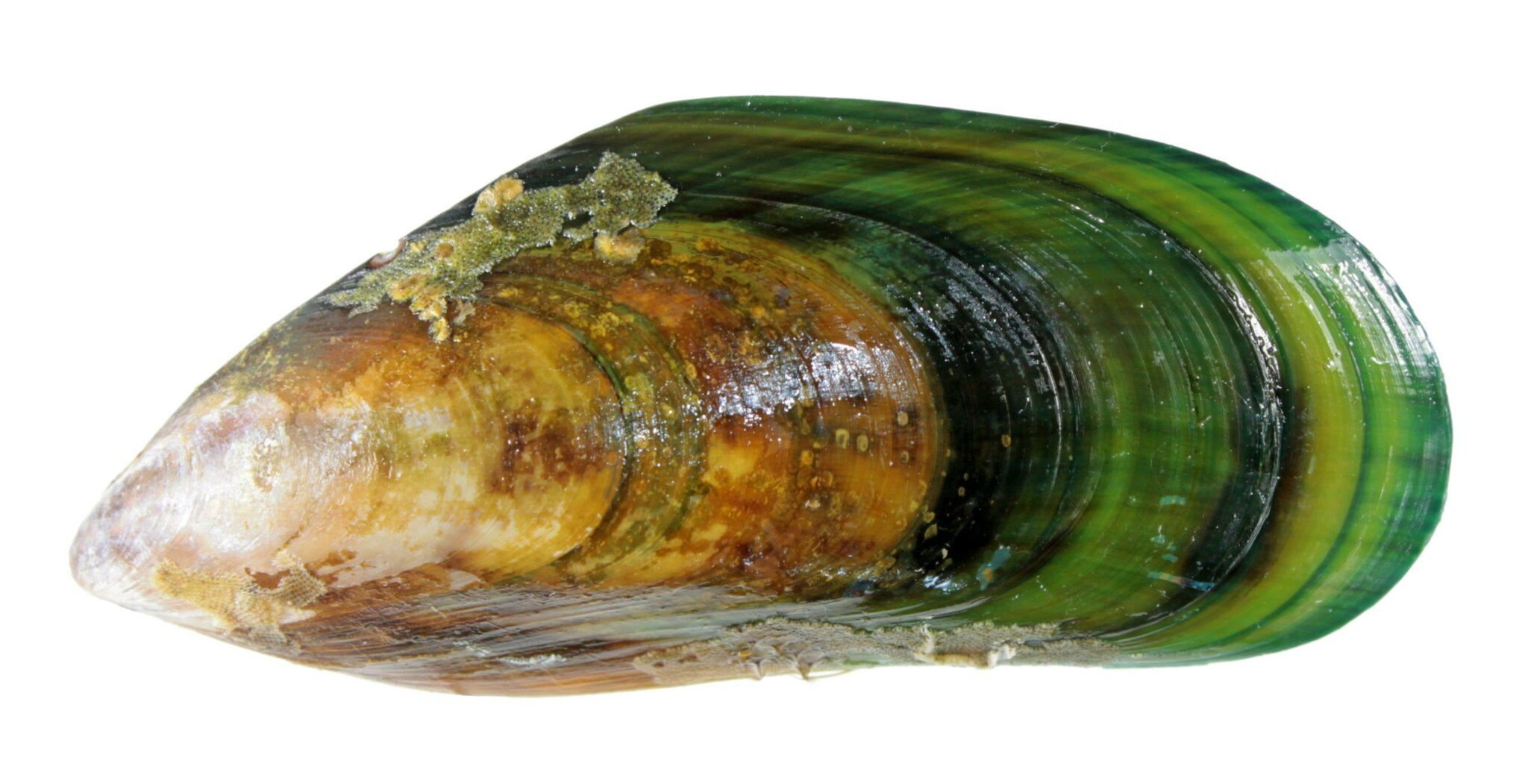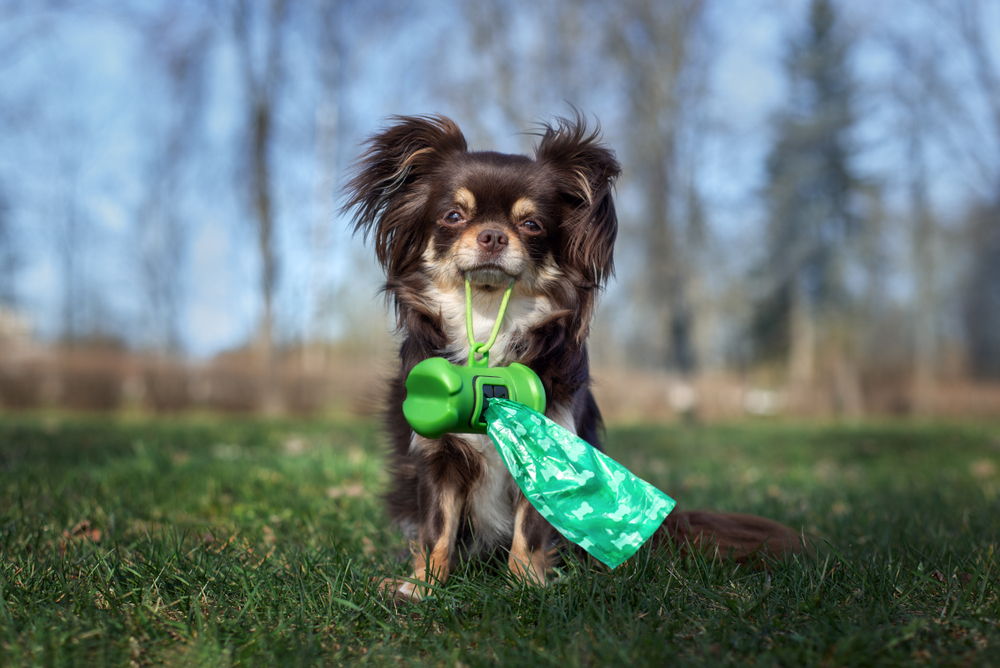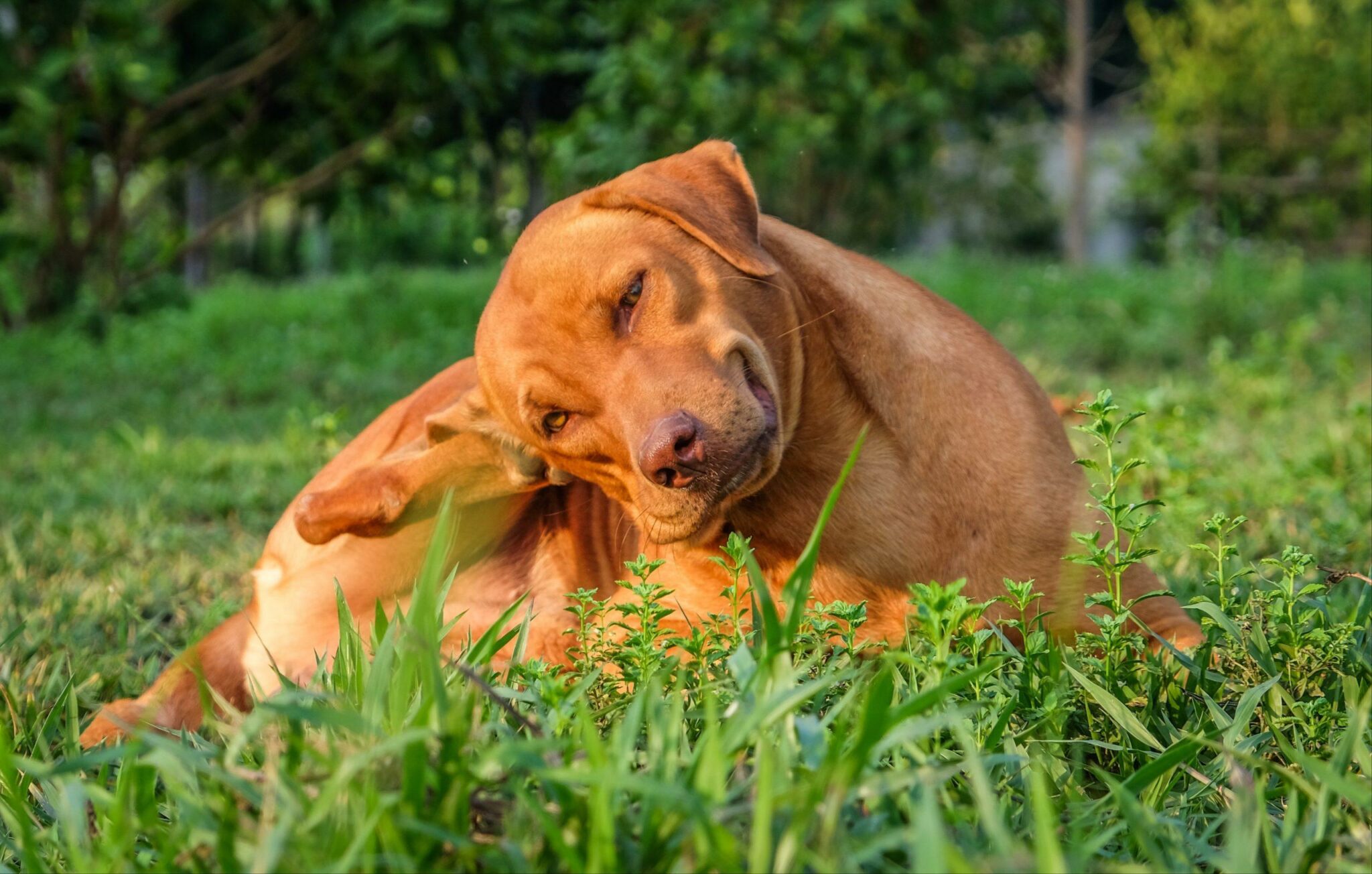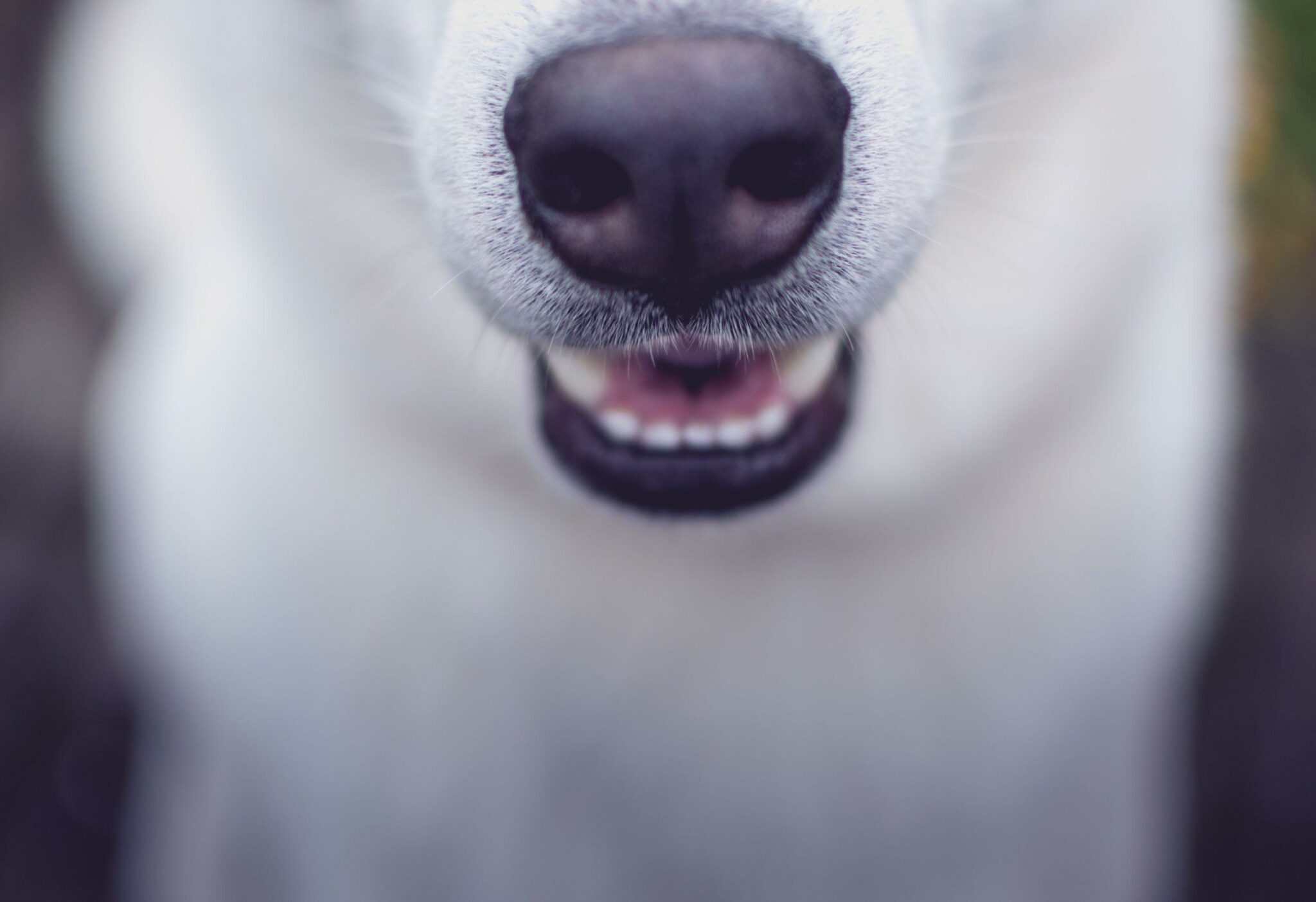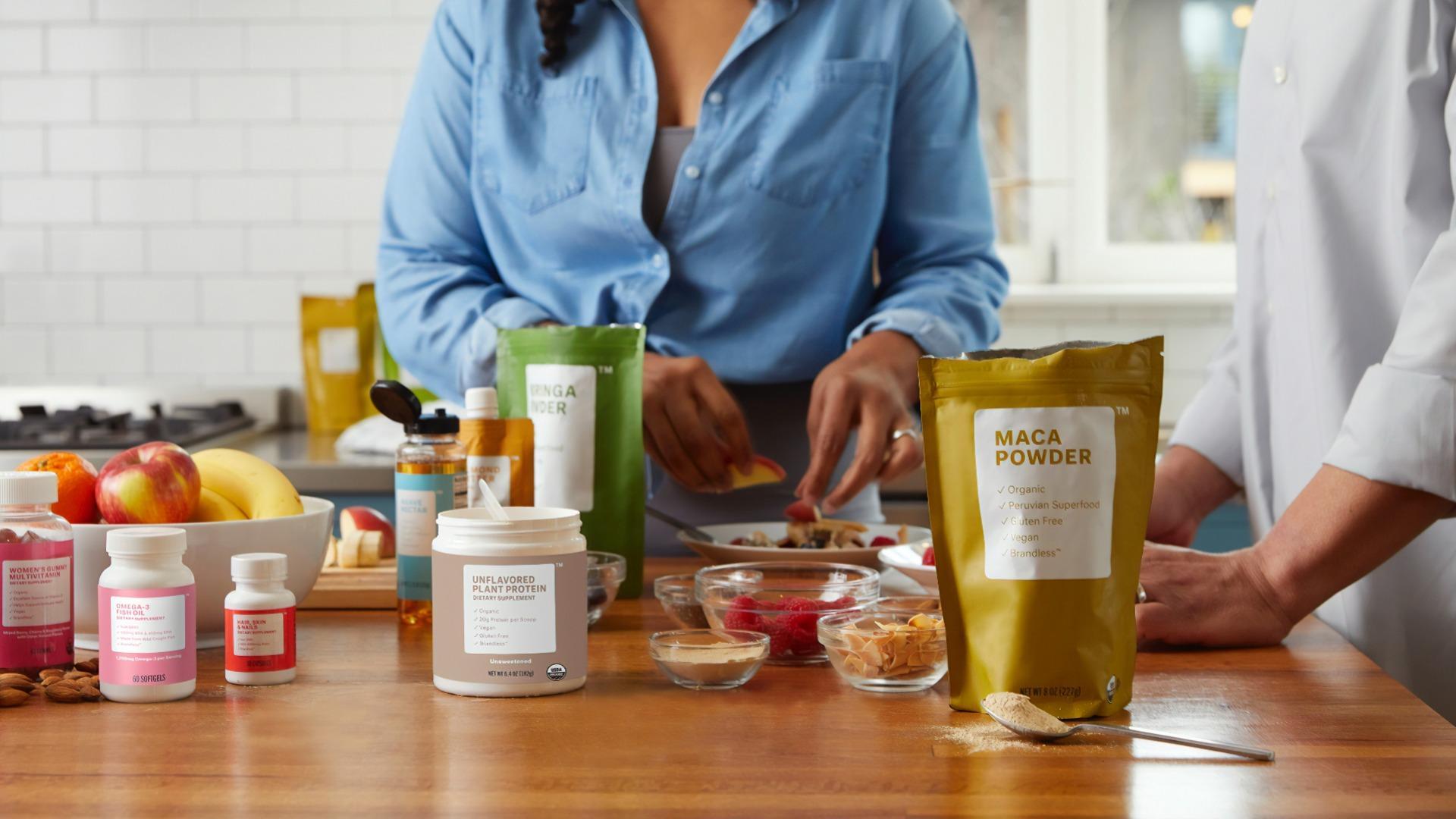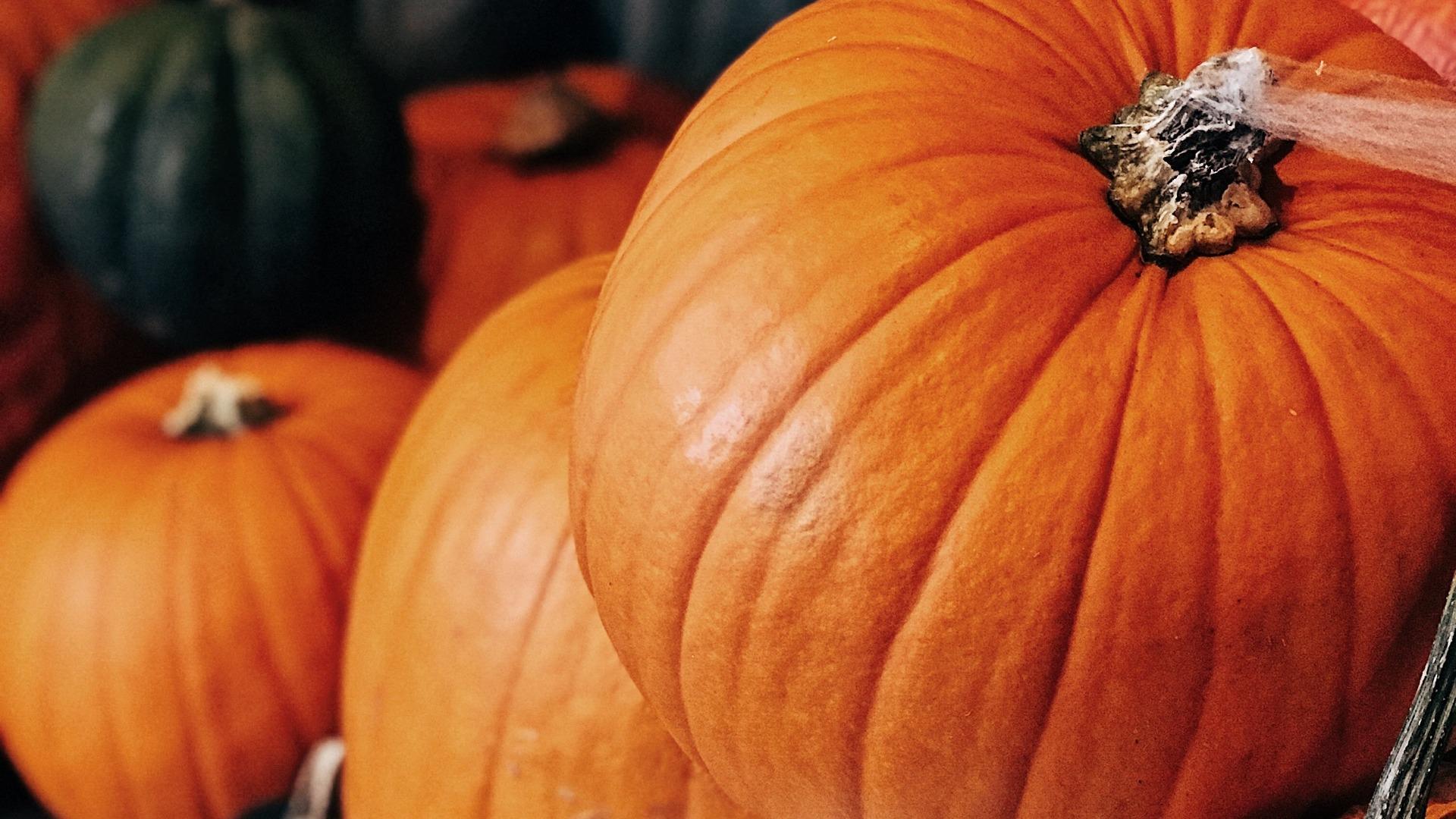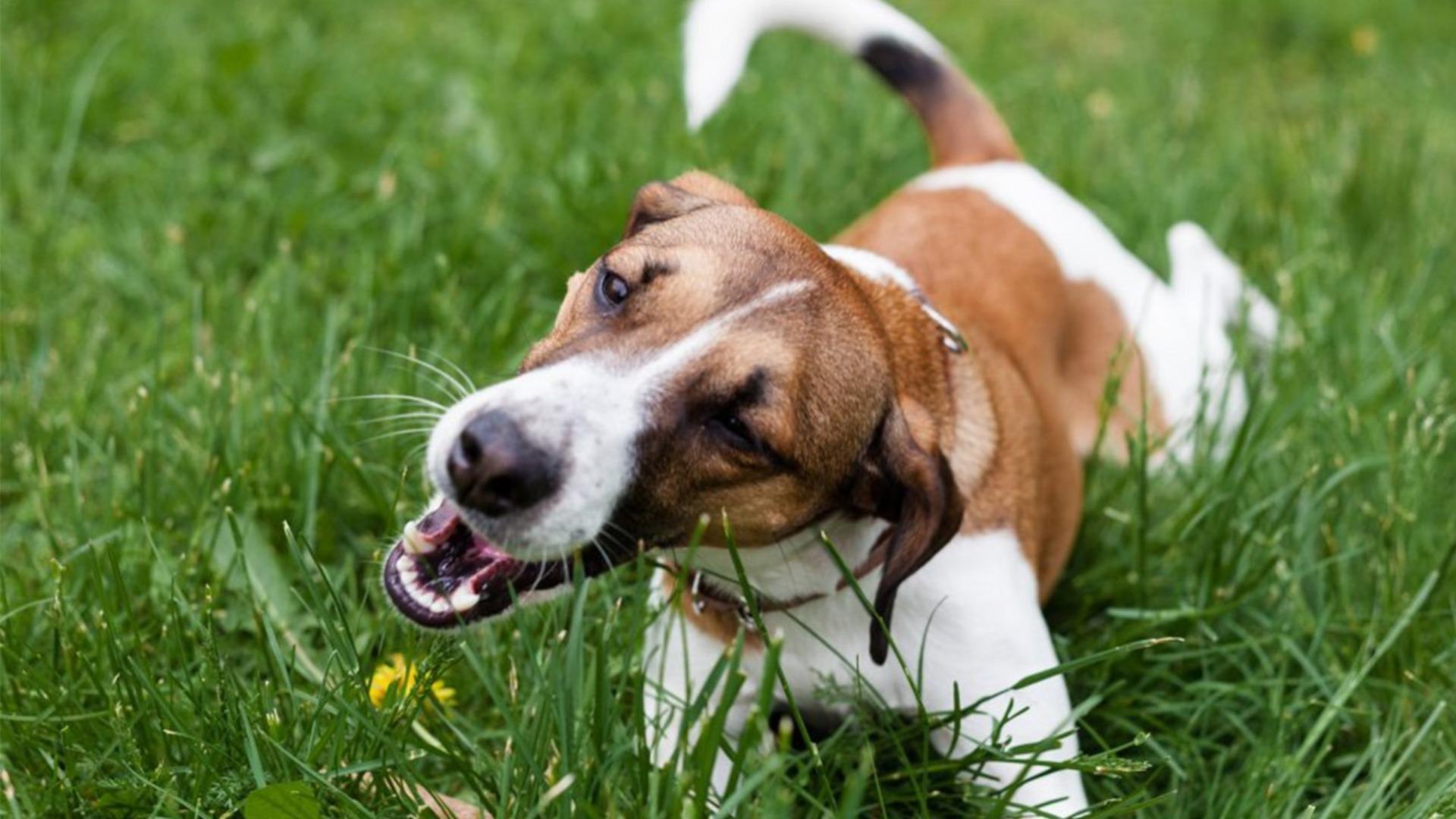
The Ultimate Dog Poop Guide
- February 13, 2020
- 4 min read
Yeah That’s right baby…. The ultimate guide to dog sh!***%t!
It’s all we ever seem to talk about morning, noon and night. My Pet Nutritionist get random pictures of dog pooh on our phones at all hours of the day from some people who have never contacted us before. Does this look right, it’s sloppy, a weird colour, there’s undigested stuff in it? It goes on and on and to be honest we love it, yeah you heard us, we love it. So the topic is a little different when you consider my last blog on genetic methylation and DAO production but it’s needed and perhaps handy to know.
It’s going to be short and sweet…smelling we hope!
Healthy pooh in colour and consistency can vary dependent on the kind of food you feed and any other issues or circumstances your dog can find itself in.
Stress and anxiety can cause an intense effect on the bowels, as can overeating, under eating, eating poor foods, reactive foods or other environmentals, dog’s with IBS (often linked to the point before), EPI (exocrine pancreatic insufficiency), bowel disorders and what I deem liver insufficiency. Around 70% of the immune system lies within the gut and our immune system is called upon all day every day so there’s a lot that comes into play when we talk about faeces. We release, as do our dogs, a huge amount of hormones, some very inflammatory to digest food. However, in general terms there are certain things to look out for and particular looking poohs, especially if consistent, that can tell us a lot about possible health and may need to be checked out by the vet.
Normal Dog Pooh
As I say, it varies dependent on what you feed and although I advocate general fresh feeding, I always see the best poohs on a raw food diet. It can vary from dog to dog and breed to breed. In general, colour should be medium brown, dry and almost chalky looking. Dog’s should extract a lot of moisture through the bowel rendering the pooh rather dry but not too hard. Boom a perfect pooh!
Red/Bloody Dog Pooh
This can indicate bleeding in the GI tract but usually from the intestines and anus. Streaks of blood may indicate rectal bleeding from straining, it could indicate inflammation such as colitis. In this instance there is usually mucus that streaks through the pooh also although this can be intermittent. It could also mean an anal gland infection or something more serious such as a tumour (please don’t worry this is far more rare). It’s always good for your vet to check for parasites also. Blood means inflammation which could have a number of causes. Always check with your vet if this is consistent.
Black/Dark Dog Pooh
Black stool in dogs may have a “tarry” type consistency and could be a sign of gastrointestinal bleeding from an abrasion, stomach ulcer or intestinal ulcer. It is usually from the stomach bleed as the fresher and brighter the blood the lower down the small intestinal tract it tends to be. Always check with your vet if this is consistent.
Pinky Purplish Dog Pooh
Please do remember that if you feed beetroot or poorly digested strawberry,raspberries etc, this can affect the colour of your dog’s pooh making it look pink/purplish. Anything that looks pink and jelly like could be something serious that could indicate hemorrhagic gastroenteritis (HGE). The latter isn’t meant to be ignored as dogs can die from this if left unattended.
Green Dog Pooh
Dog green pooh can be common if your dog eats large amounts of grass or a lot of undigested plant matter from their food. Grass is often eaten to cleanse, add additional chlorophyll, vits and mins in the diet and of course is just yummy to chew. However green pooh can also be a parasite or certain poisoning. If your dog has consistent green poop for a few days, you must see your vet.
Grey Dog Pooh
These soft,voluminous, often grey and sometimes greasy looking stools can indicate Exocrine Pancreatic Insufficiency (EPI,) also referred to as maldigestion. This is far more common than you can imagine and owners seem to get used to it as if it’s the norm. EPI is a disease in which the pancreas does not produce the necessary enzymes to digest fat/closely correlated with liver function. If your dog has consistent grey poop, you must see your vet.
Orange Dog Pooh
Orange pooh can indicate a liver issue, gallbladder or biliary disease. Bile is what changes pooh to the usual brown colour. If transit of pooh is too fast, it can be rather undigested and fat metabolism is not completed. In this case psyllium can be wonderful. If your dog has consistent orange pooh, you must see your vet.
If you are concerned and have had a diagnosis already, My Pet Nutritionist can help. To book a consultation go to:
www.dev.fixed-staging.co.uk/consultation
MPN Team x
It’s all we ever seem to talk about morning, noon and night. My Pet Nutritionist get random pictures of dog pooh on our phones at all hours of the day from some people who have never contacted us before. Does this look right, it’s sloppy, a weird colour, there’s undigested stuff in it? It goes on and on and to be honest we love it, yeah you heard us, we love it. So the topic is a little different when you consider my last blog on genetic methylation and DAO production but it’s needed and perhaps handy to know.
It’s going to be short and sweet…smelling we hope!
Healthy pooh in colour and consistency can vary dependent on the kind of food you feed and any other issues or circumstances your dog can find itself in.
Stress and anxiety can cause an intense effect on the bowels, as can overeating, under eating, eating poor foods, reactive foods or other environmentals, dog’s with IBS (often linked to the point before), EPI (exocrine pancreatic insufficiency), bowel disorders and what I deem liver insufficiency. Around 70% of the immune system lies within the gut and our immune system is called upon all day every day so there’s a lot that comes into play when we talk about faeces. We release, as do our dogs, a huge amount of hormones, some very inflammatory to digest food. However, in general terms there are certain things to look out for and particular looking poohs, especially if consistent, that can tell us a lot about possible health and may need to be checked out by the vet.
Normal Dog Pooh
As I say, it varies dependent on what you feed and although I advocate general fresh feeding, I always see the best poohs on a raw food diet. It can vary from dog to dog and breed to breed. In general, colour should be medium brown, dry and almost chalky looking. Dog’s should extract a lot of moisture through the bowel rendering the pooh rather dry but not too hard. Boom a perfect pooh!Red/Bloody Dog Pooh
This can indicate bleeding in the GI tract but usually from the intestines and anus. Streaks of blood may indicate rectal bleeding from straining, it could indicate inflammation such as colitis. In this instance there is usually mucus that streaks through the pooh also although this can be intermittent. It could also mean an anal gland infection or something more serious such as a tumour (please don’t worry this is far more rare). It’s always good for your vet to check for parasites also. Blood means inflammation which could have a number of causes. Always check with your vet if this is consistent.Black/Dark Dog Pooh
Black stool in dogs may have a “tarry” type consistency and could be a sign of gastrointestinal bleeding from an abrasion, stomach ulcer or intestinal ulcer. It is usually from the stomach bleed as the fresher and brighter the blood the lower down the small intestinal tract it tends to be. Always check with your vet if this is consistent.Pinky Purplish Dog Pooh
Please do remember that if you feed beetroot or poorly digested strawberry,raspberries etc, this can affect the colour of your dog’s pooh making it look pink/purplish. Anything that looks pink and jelly like could be something serious that could indicate hemorrhagic gastroenteritis (HGE). The latter isn’t meant to be ignored as dogs can die from this if left unattended.Green Dog Pooh
Dog green pooh can be common if your dog eats large amounts of grass or a lot of undigested plant matter from their food. Grass is often eaten to cleanse, add additional chlorophyll, vits and mins in the diet and of course is just yummy to chew. However green pooh can also be a parasite or certain poisoning. If your dog has consistent green poop for a few days, you must see your vet.Grey Dog Pooh
These soft,voluminous, often grey and sometimes greasy looking stools can indicate Exocrine Pancreatic Insufficiency (EPI,) also referred to as maldigestion. This is far more common than you can imagine and owners seem to get used to it as if it’s the norm. EPI is a disease in which the pancreas does not produce the necessary enzymes to digest fat/closely correlated with liver function. If your dog has consistent grey poop, you must see your vet.Orange Dog Pooh
Orange pooh can indicate a liver issue, gallbladder or biliary disease. Bile is what changes pooh to the usual brown colour. If transit of pooh is too fast, it can be rather undigested and fat metabolism is not completed. In this case psyllium can be wonderful. If your dog has consistent orange pooh, you must see your vet.If you are concerned and have had a diagnosis already, My Pet Nutritionist can help. To book a consultation go to:
www.dev.fixed-staging.co.uk/consultation
MPN Team x
Customer Reviews
Explore related products
Related articles
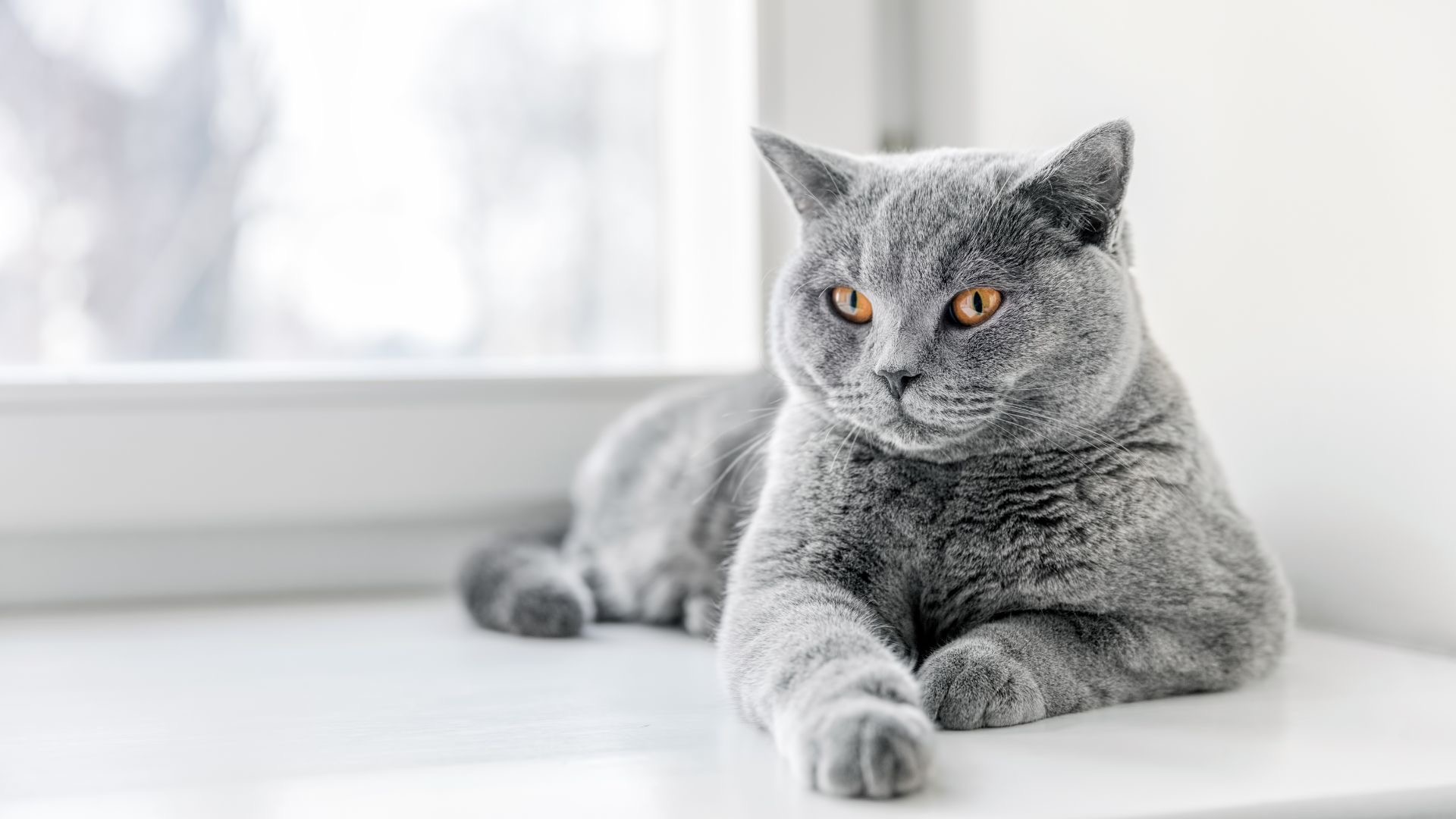
General Health
Do Indoor Cats Have Different Needs to Outdoor Cats?
Jul 05 2024
•
7 mins 50 secs
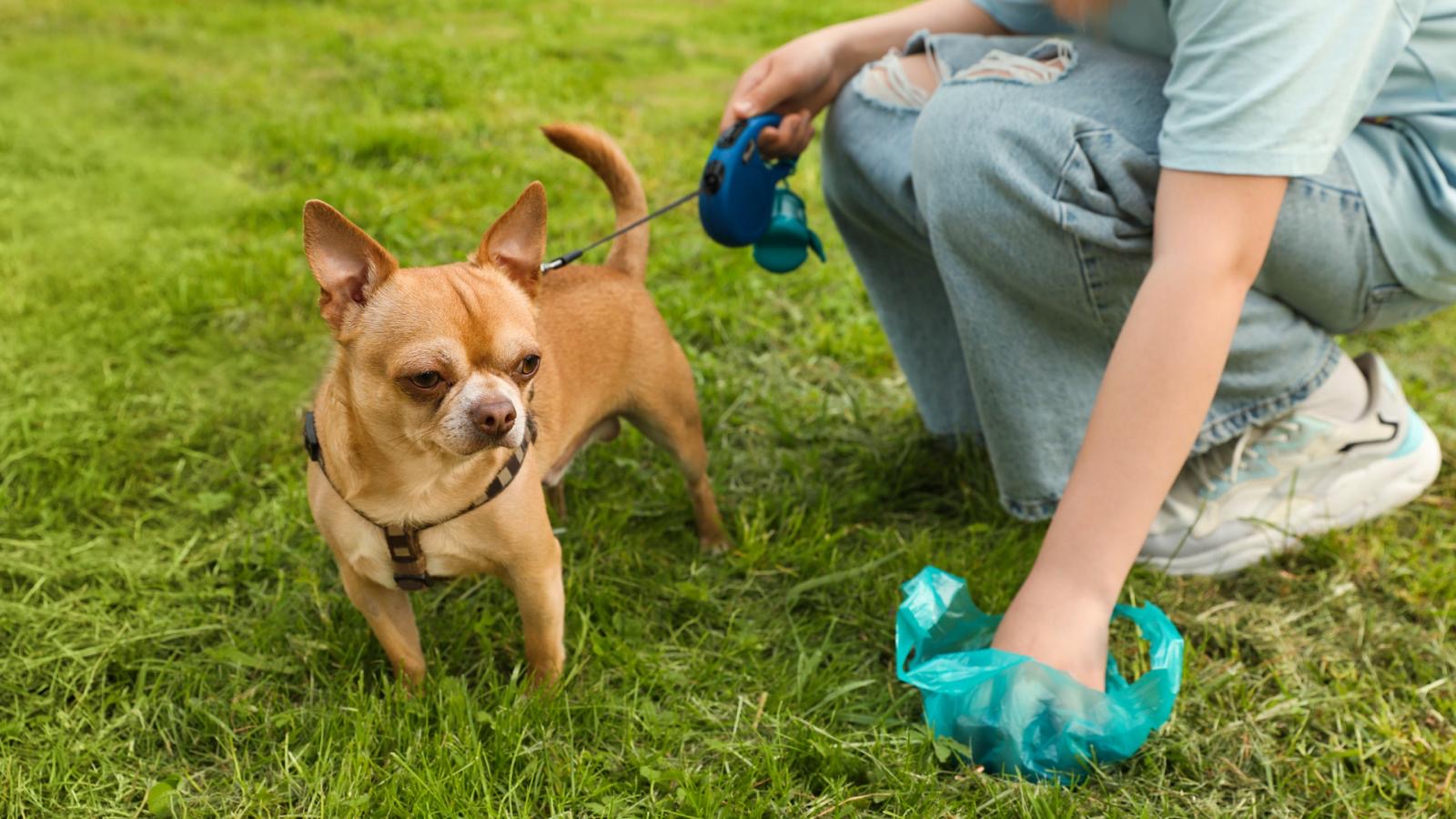
General Health
Pooh Guide for Dogs: What’s Good, and What’s Not
May 16 2024
•
9 mins 15 secs

General Health
How to Avoid Environmental Hazardous Exposure in Pets – Part 2
Apr 25 2024
•
16 mins
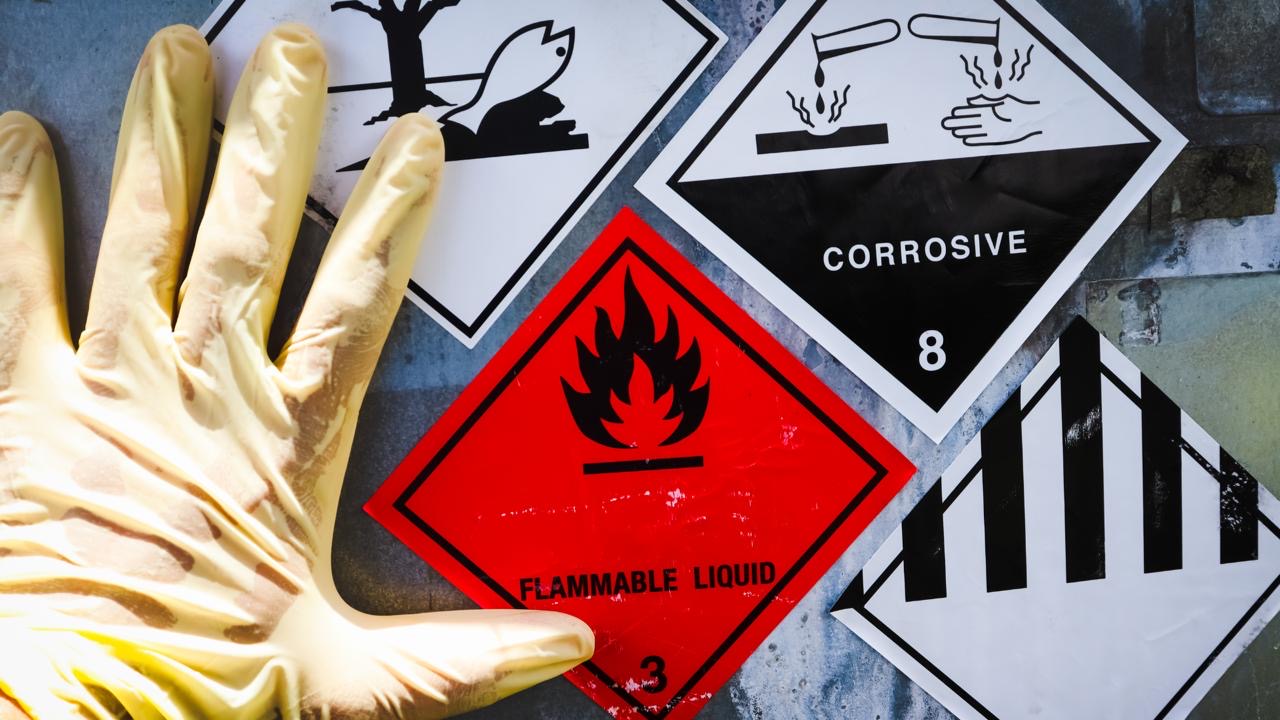
General Health
How To Avoid Environmental Hazardous Exposure in Pets – Part 1
Apr 19 2024
•
9 mins 40 secs

General Health
The Ultimate Guide on Parasites: Part 2 – Internal Parasites
Feb 17 2024
•
16 mins
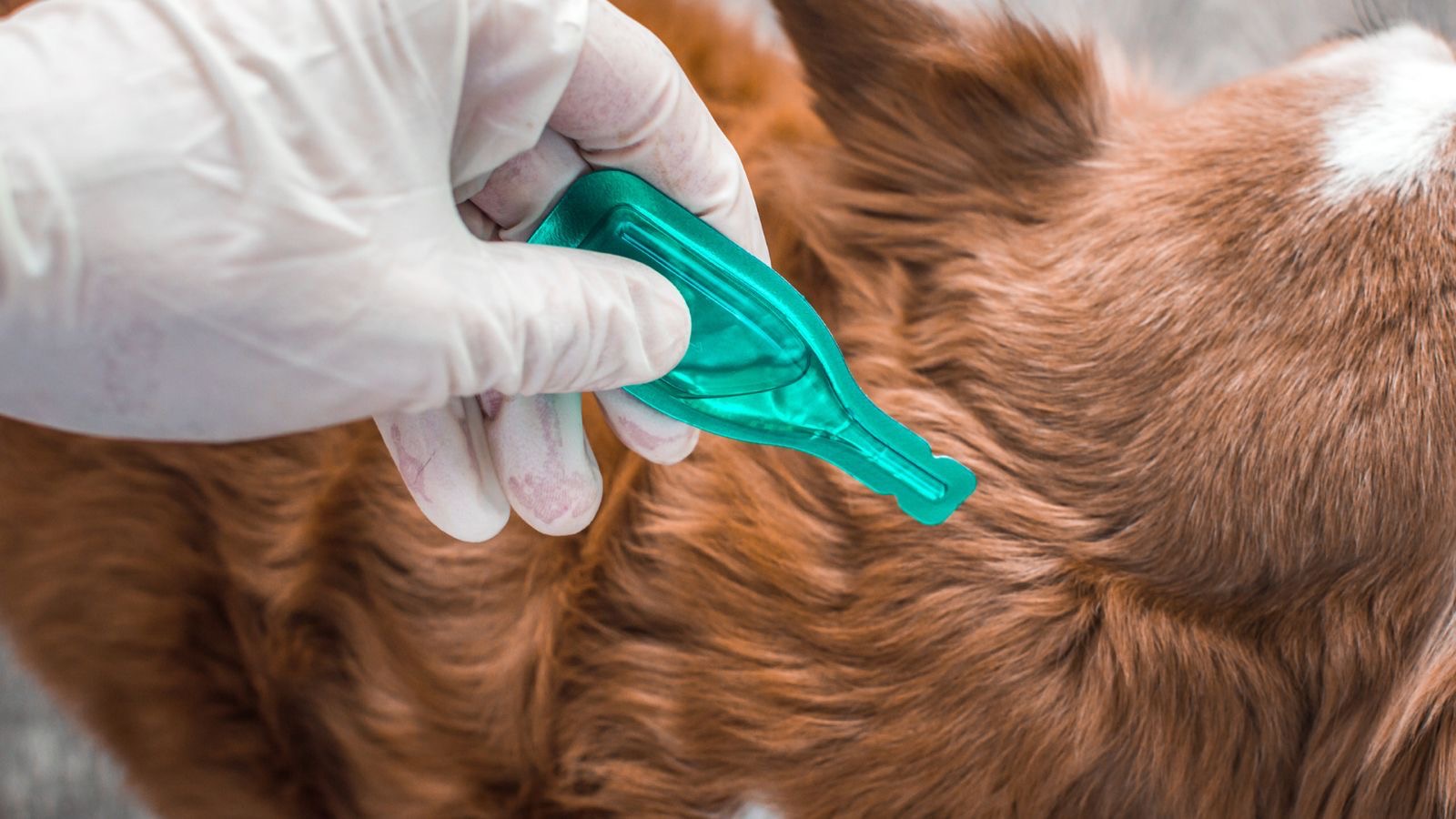
General Health
The Ultimate Guide on Parasites – Part 1: External Parasites
Feb 16 2024
•
11 mins 40 secs
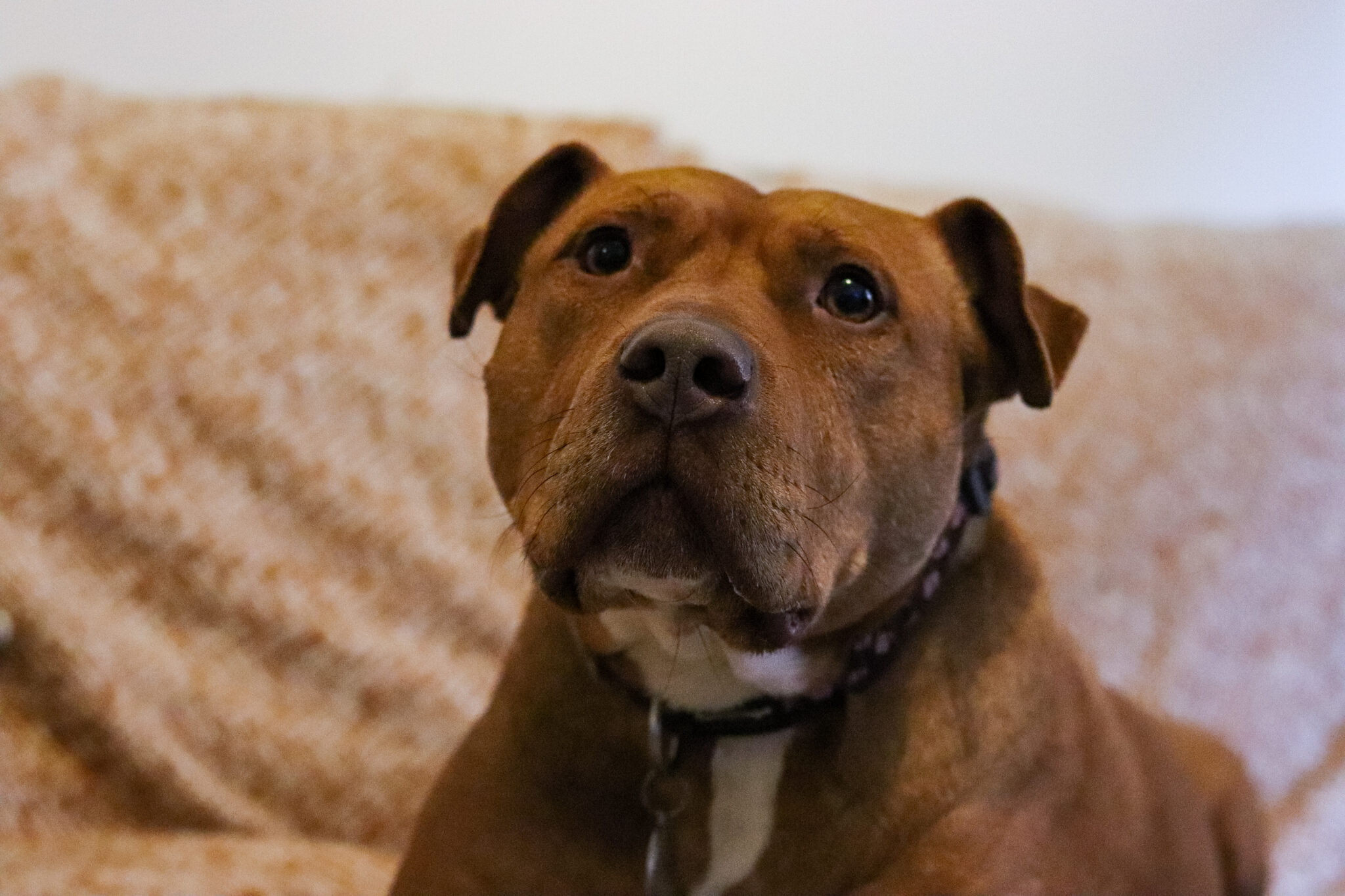
General Health
Everything you Need to Know About Cushing’s Disease
May 12 2023
•
8 mins 40 secs
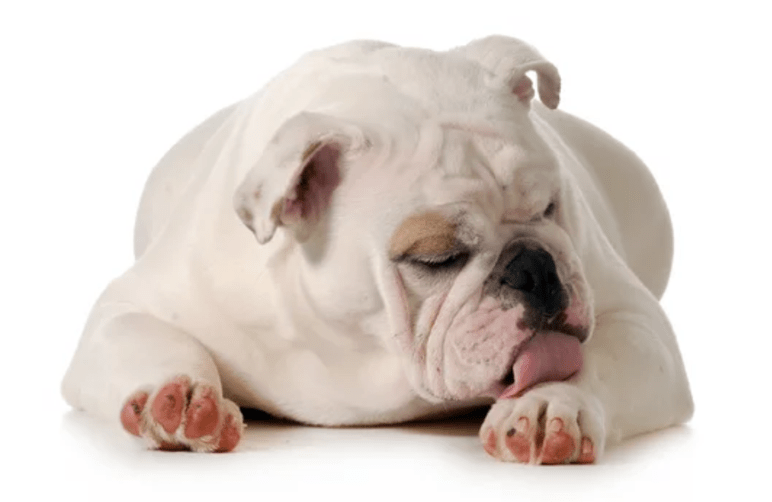
General Health
The Connection Between Leaky Gut and Autoimmunity – Part 1
Jan 18 2023
•
4 mins
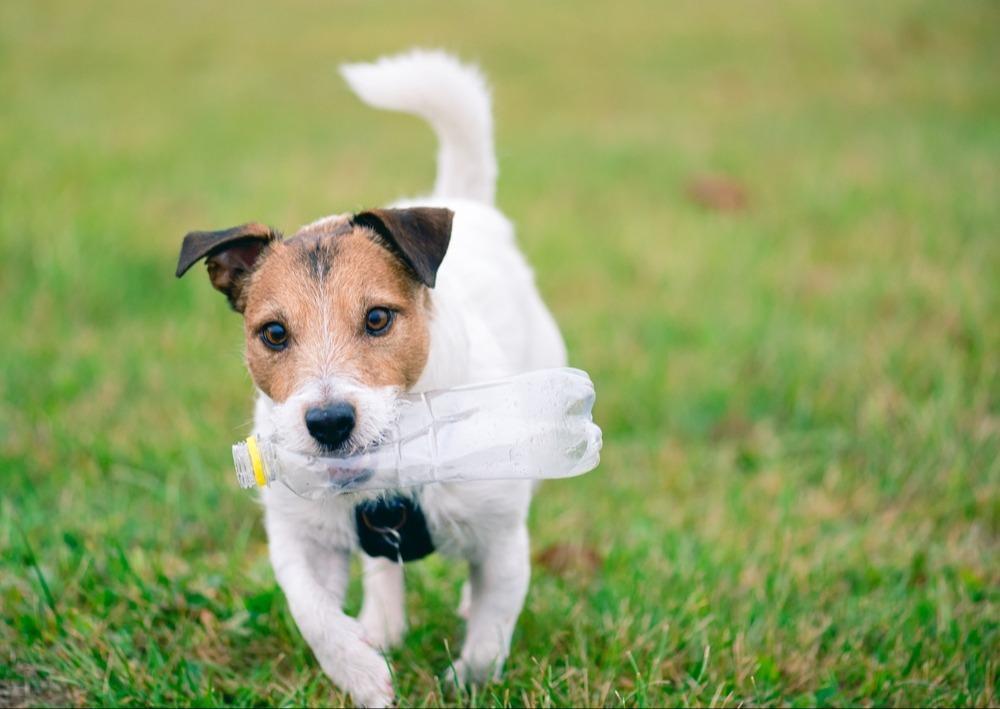
General Health
How To Choose Safe and Sustainable Pet Products
Sep 26 2022
•
3 mins 30 secs
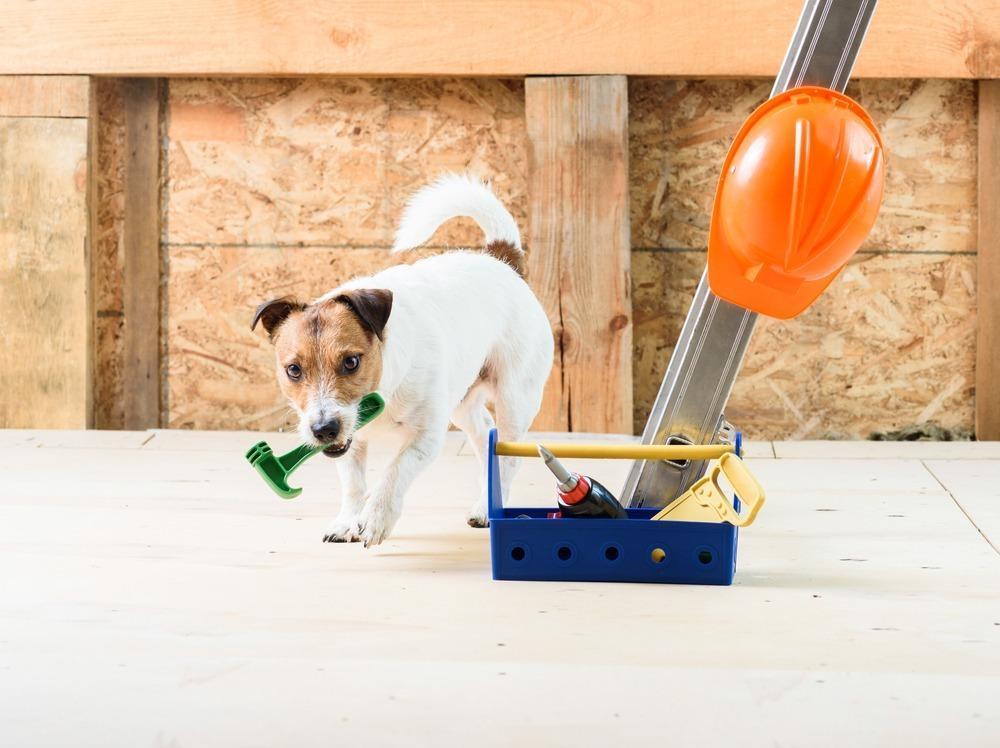
General Health
6 Things All Pet Owners Should Have In Their Cupboards
Sep 12 2022
•
5 mins 40 secs
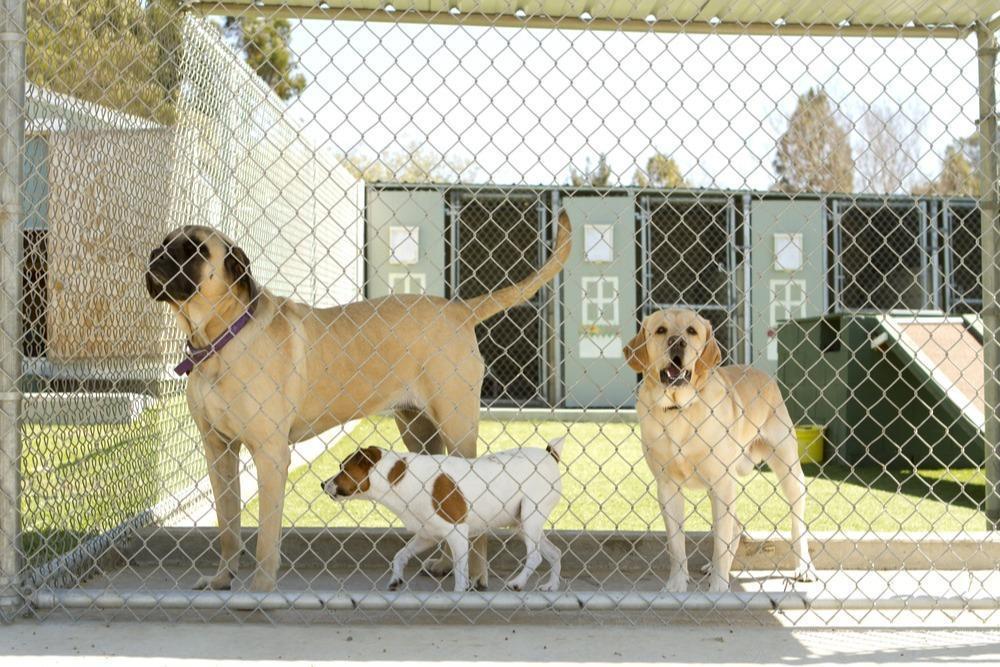
General Health
Should I Vaccinate My Dog Against Kennel Cough?
Jul 11 2022
•
4 mins 59 secs
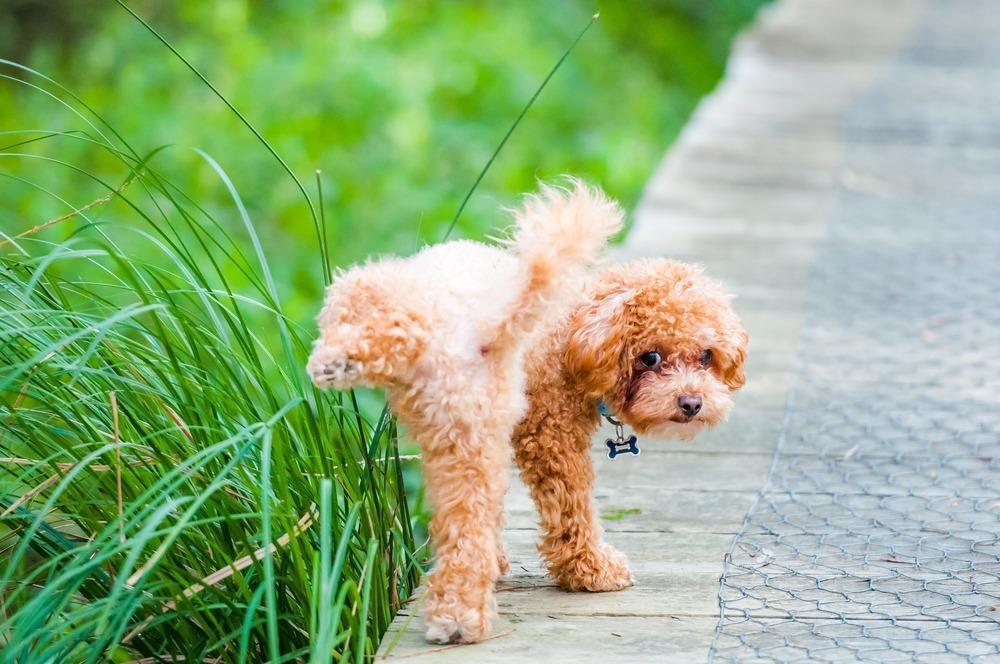
General Health
What Does the Microbiome Have to Do With My Dog’s Bladder Stones?
May 24 2022
•
6 mins 39 secs
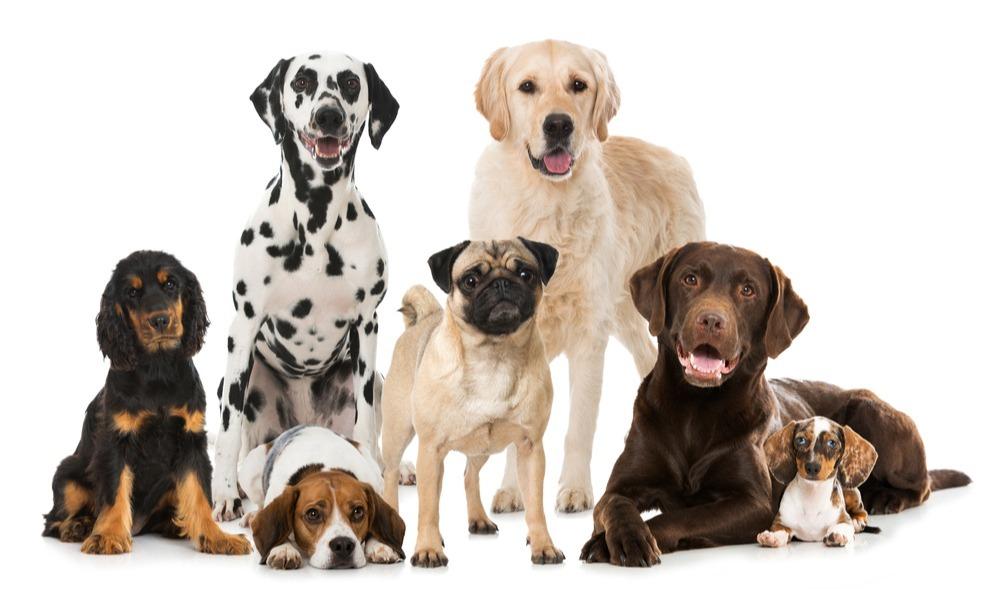
General Health
Does the Breed of My Dog Influence their Test Results?
May 19 2022
•
2 mins 56 secs
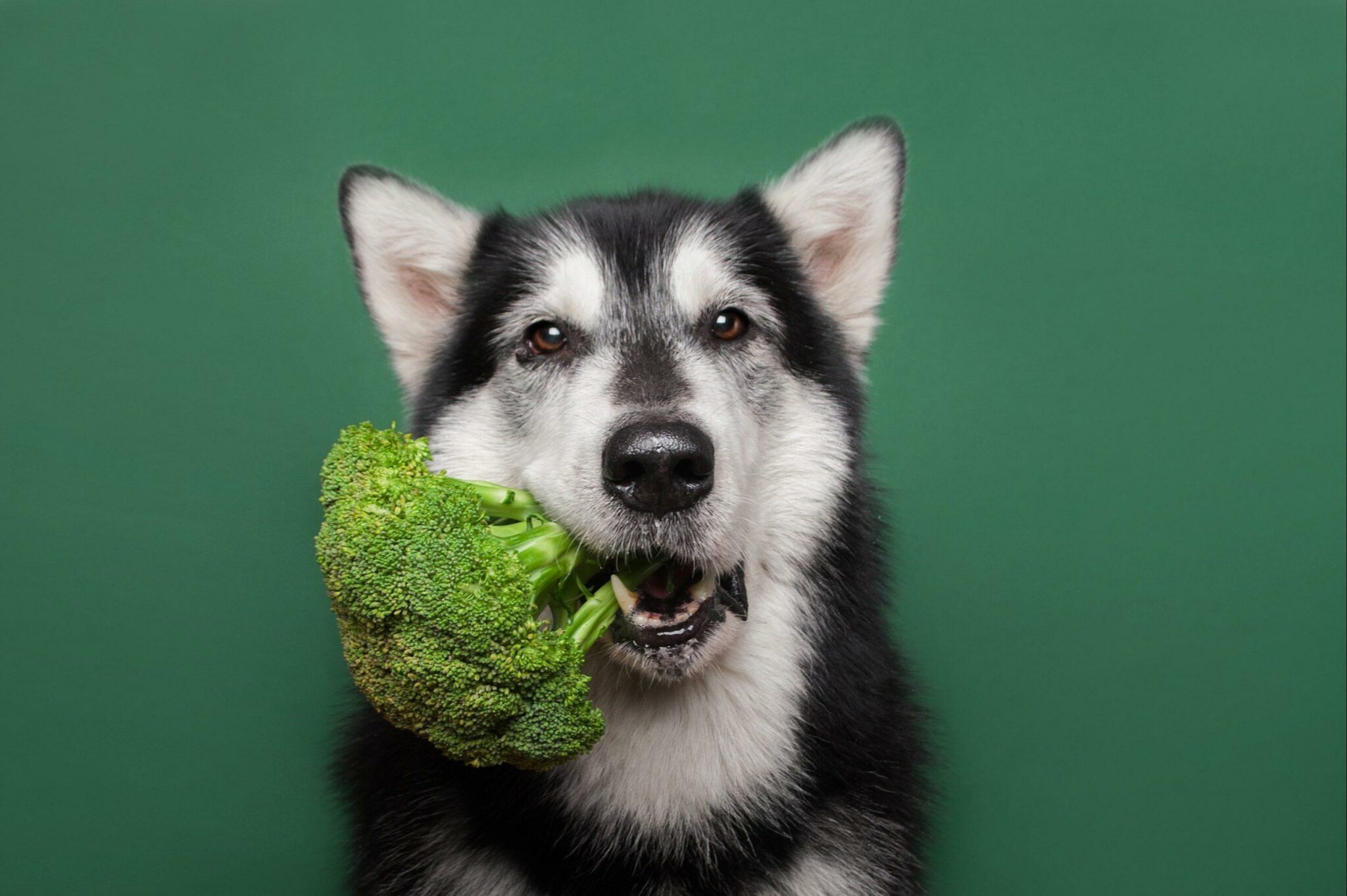
General Health
What Are Phytochemicals and Does My Dog Need Them?
Mar 14 2022
•
4 mins 46 secs

General Health
Why Does My Dog Need Vitamins? Part Two – The Water-Soluble Vitamins
Jan 24 2022
•
6 mins 42 secs
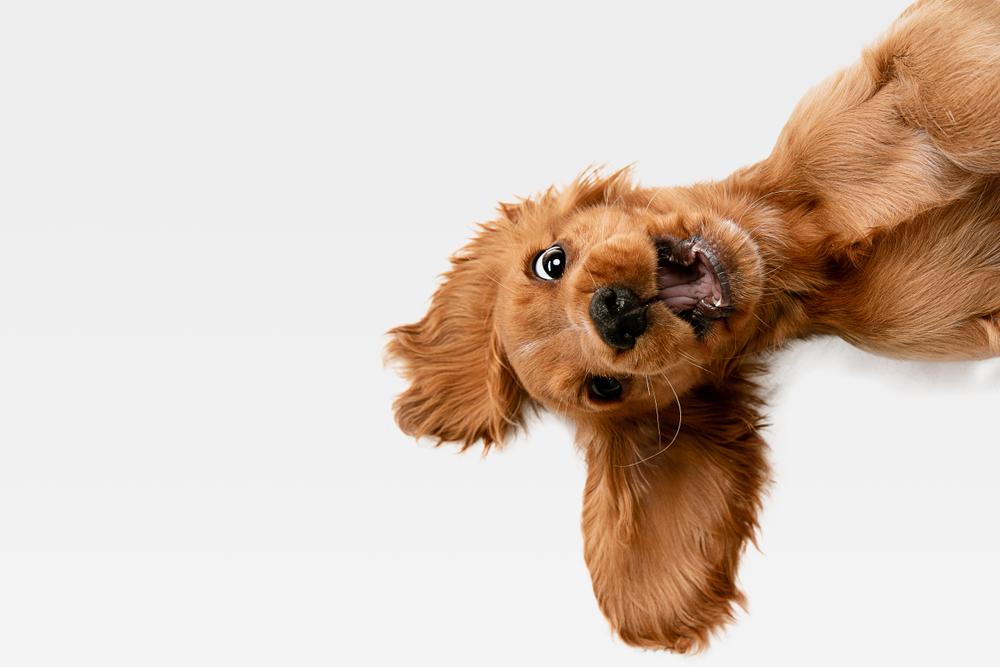
General Health
Why Does My Dog Need Vitamins? Part One – The Fat-Soluble Vitamins
Jan 24 2022
•
5 mins 51 secs

Christmas Calm: Our Top Nutritional Tips to Support Your Canine
Dec 22 2021
•
2 mins 43 secs
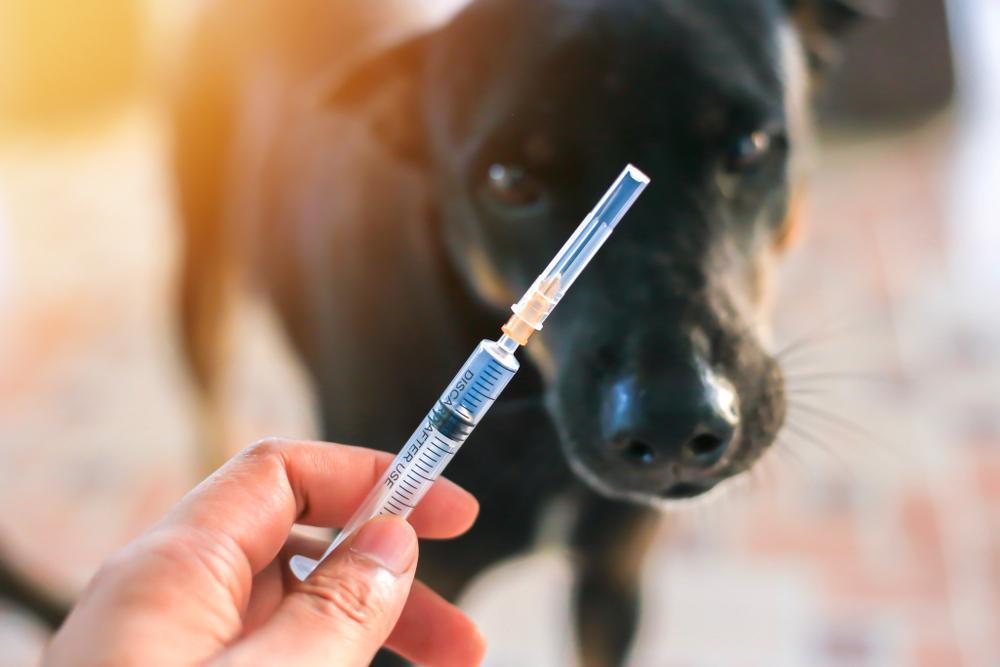
General Health
Vaccinosis: Damage Vaccinations Can Cause Your Pet
Nov 10 2020
•
13 min read
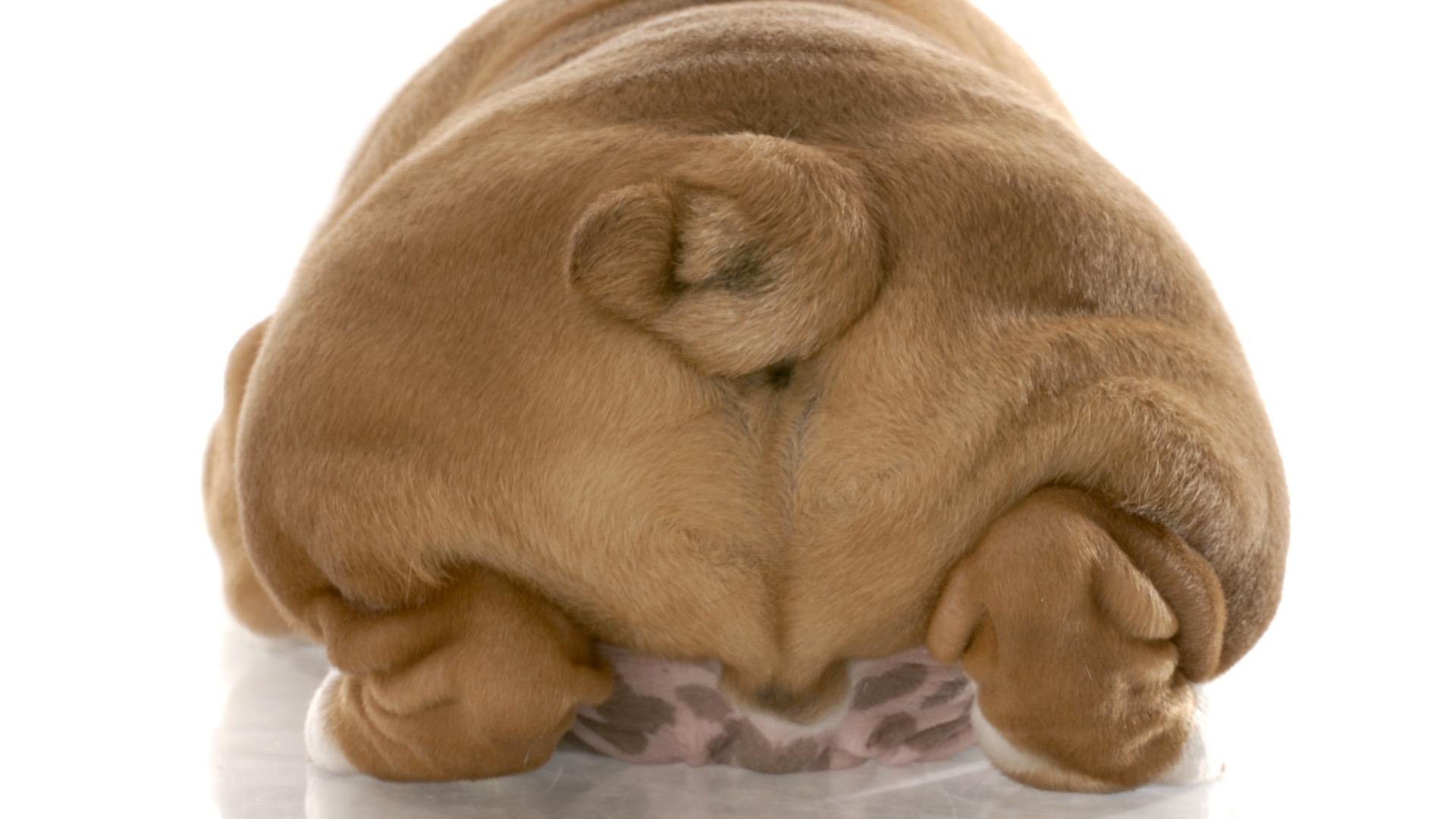
General Health
The 4 Corner Stones for Healthy Anal Glands, Naturally
Mar 27 2020
•
10 min read
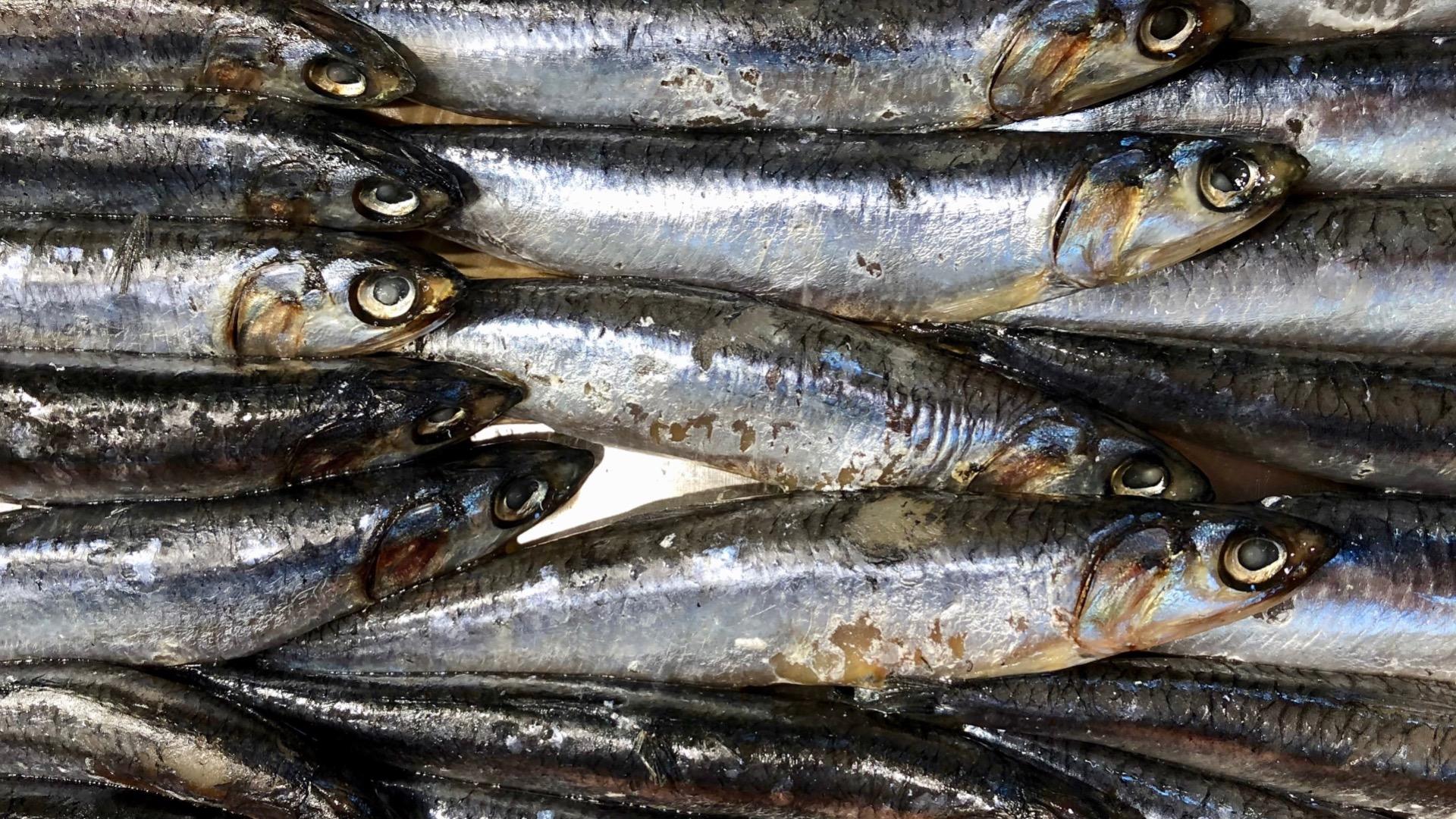
General Health
Essential Fats for my Dog’s Diet: The Ultimate Guide
Mar 24 2020
•
10 min read

General Health
7 Top Reasons to use Clay in your Dog’s Diet Regime
Feb 20 2020
•
5 min read
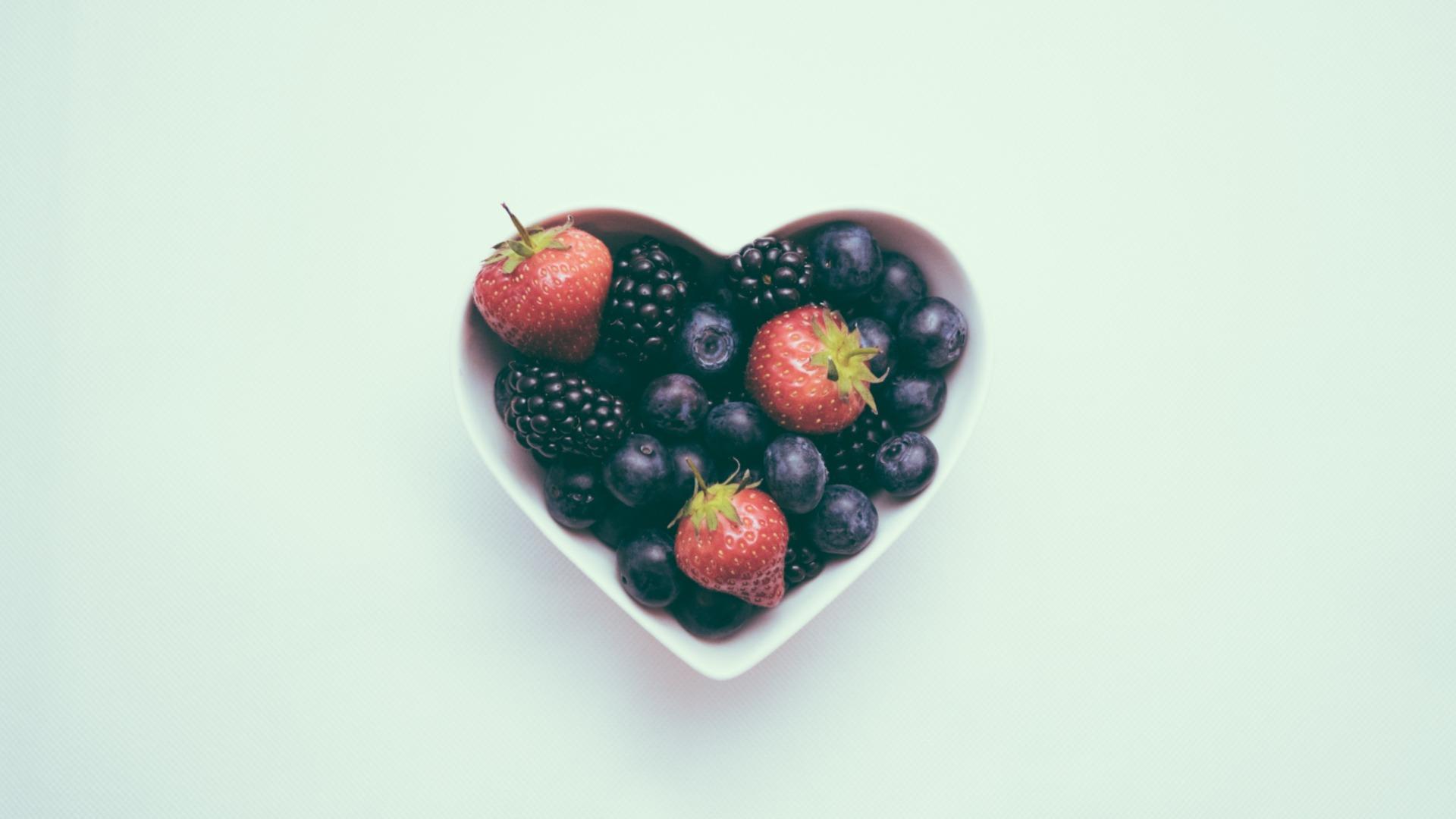
General Health
Raw meat-based diets and The Royal Society Publishing
Oct 16 2019
•
6 min read
✕




